|
The first 5 images are from the 'Rock Garden' in remembrance of Ken Weissman who designed and tended that unique section of our 91st Street Garden. Like many things in modern life, these smaller plants are easy to miss when rushing by or when surrounded by splashy attention-getters. In fact, of course, they are treasures to be savored and enjoyed, as they have been by countless people who have admired the results of Ken's dedicated efforts over his many years of gardening.
Reprinted with permission from the West Side Rag, Sept 9, 2022. All copyrights reserved. Rudbeckia in the Lotus Garden. Photo by Shanna Forlano. By Meg A. Parsont Labor Day may have come and gone, but the green spaces on the Upper West Side continue to flourish. Plot tenders in our local community gardens have commented that the gardens are particularly lush and dense for this time of year thanks to our hot and humid August, and visitors to the gardens marvel at nine-foot-tall purple butterfly bushes, sunflowers, and yellow rudbeckia. Standing sentinel at the entrance to the gate of the 91st Street Garden on the Promenade level of Riverside Park, a ten-foot-tall red canna lily is flanked by stately wild fennel. Other plants that tower over the garden right now include native deep burgundy amaranth and Joe Pye weed, whose tiny mauve flowers grow in round clusters atop their tall stems and are irresistible to pollinators. Also look for a remarkable purple and white dahlia in the Octagon, which is close to six feet tall. Hydrangea and Japanese anemone in the 91st Street Garden. Photo by Meg A. Parsont. Dotted throughout the rectangle and octagon sections of the 91st Street Garden, delicate Japanese anemones in palest lavender, pink, and ivory are the dominant flower right now, blooming among mauve hydrangea blooms, white allium, and fuchsia-colored phlox. Rose in the 91st Street Garden. Photo by Meg A. Parsont. Visitors to the garden are treated to a display of late-summer roses in lovely shades of butter yellow, peach, and hot pink. Caladium in the 91st Street Garden. Photo by Meg A. Parsont. This is also a great time of year to admire the colors and textures of the foliage in our gardens. Showy caladium in its many hues of magenta, pale pink, and white abounds throughout the 91st Street Garden. Ferns in the West Side Community Garden. Photo by Meg A. Parsont. In the West Side Community Garden, between 89-90th Streets, caladium and ferns nestled along the walkways and by the 89th Street entrance create a sylvan feeling in the garden. Coleus in the West Side Community Garden. Photo by Meg A. Parsont. Different varieties of velvety coleus are sprinkled throughout the garden in delectable shades of burgundy, hot pink, and acid green. Elephant ear plant in the 91st Street Garden. Photo by Meg A. Parsont. You can’t miss the massive elephant ear plants in both the 91st Street Garden and the West Side Community Garden. When they catch the light, their texture is breathtaking. Zinnias in the West Side Community Garden. Photo by Meg A. Parsont. Brightly colored zinnias in shades of pink, orange, and red are still thriving in the West Side Community Garden and the Lotus Garden, which is perched over a parking garage on West 97th Street. They will continue to go strong for a while, especially in the Lotus Garden, which, because it’s a bit more shaded than the other two gardens, often has a slightly delayed growing period. Dahlia in the Lotus Garden. Photo by Shanna Forlano. Visitors to the Lotus Garden will also see bountiful yellow rudbeckia in a number of the plots, as well as several stunning end-of-season dahlias, which have created quite a splash this season. Quince tree in the Lotus Garden. Photo by Shanna Forlano. While there are signs that autumn is almost upon us—like the fruit-bearing quince tree in the Lotus Garden—it’s still summer in our community gardens. Stop by to admire the late-summer blooms! Plan a visit:
The West Side Community Garden (89-90th Streets, between Amsterdam and Columbus Avenues) Open 7 days/week from dawn to dusk Note: The West Side Community Garden conducts a compost collection on Sunday mornings from 11 am-noon outside its 90th street entrance, between Amsterdam and Columbus Avenues. Please read their guidelines before dropping off compost. The Lotus Garden (97th Street between West End Avenue and Broadway) Open to the public on Sunday afternoons between 1-4 pm, from April 10-mid-November The 91st Street Garden on the Promenade level of Riverside Park Open 7 days/week from dawn to dusk Reprinted with permission from the West Side Rag, 8-19-2022. All copyrights reserved. Lacecap hydrangeas in the 91st Street Garden. Photograph by Meg A. Parsont. By Meg A. Parsont As hot and humid as this summer has been, I’m not ready for fall. Yet, there are certain undeniable signs in our community gardens that their end-of-summer glory is approaching: the blooms of the hydrangea bushes are mellowing into dusty mauve from their earlier blue and pink flamboyance; the purple butterfly bushes have attained their peak height of nine-plus feet and are aflutter with migrating orange-and-black monarch and yellow-and-black swallowtail butterflies; and a host of colorful dahlias are making their garden debut. Rudbeckia hirta, black-eyed Susan in the Lotus Garden. Photograph by Shanna Forlano. In the Lotus Garden, perched over a parking garage on West 97th Street, this week’s theme is the color yellow and various varieties of the native rudbeckia plant. Whether it’s the familiar black-eyed Susan or the spiky version, rudbeckia are the predominant flowers at this this time of year in the garden, and they are scattered throughout various plots, some growing an impressive seven-plus feet tall. You also can’t miss an enormous golden sunflower towards the center of the garden. Sunflowers typically grow to be very tall and this one towers over the center of the garden at nine feet tall. Rudbeckia subtomentosa ‘Henry Eilers,’ Quilled Sweet Coneflower in the Lotus Garden. Photograph by Shanna Forlano. Sunflower in the Lotus Garden. Photograph by Shanna Forlano. Fun Floral fact: Origin of the Name “rudebeckia” In the early 18th century, natural scientist Olof Rudbeck mentored a young student named Carl Linnaeus, who had come to study at Upsala University in Sweden. Years later, when Linneaus developed his system for classifying flora and fauna, he named a wildflower from America “rudbeckia” in honor of his mentor. Japanese Anemone in the West Side Community Garden. Photograph by Meg A. Parsont. Another sign of late summer in our gardens is the proliferation of Japanese anemones, and these ethereal beauties can be found now in the 91st Street Garden in Riverside Park and in the West Side Community Garden on 89th Street between Amsterdam and Columbus Avenues. (They’ll also bloom in the Lotus Garden, although they tend to make their appearance there a bit later in the season.) These delicate pink or lavender blooms are informally known as windflowers because of the way they sway on their long stalks when a breeze blows or under the weight of a bee. Zinnia in the 91st Street Garden. Photograph by Meg A. Parsont. The 91st Street Garden is exploding with color right now: brilliant orange zinnias, amethyst-colored butterfly bushes, yellow and orange lantana, hot pink phlox, and pink and white dianthus (a perennial relative of the carnation), among many others. You can’t miss the yellow nine-foot-tall rudbeckia on the western edge of the rectangle, or the bright red late-blooming roses in the octagon portion of the garden. Lantana in the 91st Street Garden. Photograph by Meg A. Parsont. Dianthus in the 91st Street Garden. Photograph by Meg A. Parsont. Hydrangeas in the 91st Street Garden. Photograph by Meg A. Parsont. Dahlia in the 91st Street Garden. Photograph by Meg A. Parsont. Dahlias add a vibrant, multi-hued splash to the late-summer canvas. Look for a particularly whimsical-looking dahlia in the plot just south of the gate to the rectangle portion of the garden. With its purple petals, white inner ring, and bright yellow center, it’s not surprising to learn that it came from a mix called “Carnival Mix!” Cleome in the West Side Community Garden. Photograph by Judy Robinson. In both the 91st Street Garden and the West Side Community Garden, which spans 89th-90th Streets between Amsterdam and Columbus Avenues, look for showy pink cleome (pronounced clee-OH-mee), commonly known as spider flowers because of its clusters of spidery-looking flower heads atop tall stalks. Cleome is an annual, but because it self-seeds prolifically, it can be found in a number of beds throughout both gardens. Another stunner is the crepe myrtle, with pinky-purple flowers that have wrinkled petals that resemble crepe paper. A small subtropical tree, crepe myrtle is now able to flourish in NYC due to the warming climate. Elephant ear in the West Side Community Garden. Photograph by Meg A. Parsont. Near the 89th Street entrance to the West Side Community Garden, the prodigious leaves of the aptly-named elephant ear plant are almost four feet tall. Creeping zinnia and marigolds in the West Side Community Garden. Photograph by Meg A. Parsont. Other harbingers of late summer in the garden are beds of yellow creeping zinnia, stunning displays of black-eyed Susans, and vivid fuchsia zinnias. Zinnia in the West Side Community Garden. Photograph by Meg A. Parsont. Come visit the gardens now, while they are in their late-summer finery! Plan a visit:
The West Side Community Garden (89-90th Streets, between Amsterdam and Columbus Avenues) Open 7 days/week from dawn to dusk Note: The West Side Community Garden conducts a compost collection on Sunday mornings from 11 am-noon outside its 90th street entrance, between Amsterdam and Columbus Avenues. Please read their guidelines before dropping off compost. The Lotus Garden (97th Street between West End Avenue and Broadway) Open to the public on Sunday afternoons between 1-4 pm, from April 10-mid-November The 91st Street Garden on the Promenade level of Riverside Park Open 7 days/week from dawn to dusk Reprinted with permission from the West Side Rag, Aug 5, 2022. All copyrights reserved. Monarch butterfly on tropical milkweed. All photographs taken by Meg A. Parsont in the 91st Street Garden. By Meg A. Parsont With a string of humid, 90+ degree days, our community gardens are at their peak lushness! In the 91st Street Garden on the Promenade level of Riverside Park, look for 9-foot tall roses and sunflowers, dinner-plate-sized white and pink hibiscus, swaths of black-eyed Susans and hot-pink phlox, puffy hydrangeas in pink, purple, and white, and much, much more. Many perennials are in full bloom and the pollinators have a wealth of enticing choices, including the orange and yellow tropical milkweed, which has just started to bloom. The 91st Street Garden. The aptly-named dinner plate hibiscus. White caladium. Balloon flowers. Cardinal flower and purple coneflowers (echinacea). Hibiscus Luna Rose. Japanese anemone. Phlox. Pink caladium.
Reprinted with permission from the West Side Rag July 16, 2022. All copyrights reserved. The 91st Street Garden, photo by Bonnie J. Steves By Meg A. Parsont Apologies for the ear worm, but with temperatures over 90 degrees this week and last, the lyrics to the Lovin’ Spoonful classic seem fitting. At times when there “doesn’t seem to be a shadow in the city” our green spaces provide much-needed relief from the relentless heat. The community gardens on the Upper West Side are approaching their peak summer lushness and offer shady seating either in the gardens themselves or on benches around the perimeter. As one ascends the steps to the Lotus Garden which is perched over a parking garage on West 97th Street, it feels like the temperature drops by several degrees. While sunlight dapples the garden, there are plenty of shaded areas among the plots, and breezes blow even on the most oppressive days. Phlox in the Lotus Garden, photo by Shanna Forlano. Pink and blue hydrangeas continue to flourish here, along with hostas and the pollinator-loving echinacea. Red echinacea in the Lotus Garden, photo by Shanna Forlano. In addition to the familiar pink flowers, look for a stunning crimson-colored echinacea plant towards the middle of the garden. Stargazer lily in the Lotus Garden, photo by Shanna Forlano. This week, show-stopping Stargazer lilies (Lilium orientalis ‘Stargazer’) have sprung up all around the garden. With their generous pink and white blooms and heady fragrance, these five-foot-tall lilies can’t be missed. Many lilies tend to face downwards, but the Stargazer is much less self-effacing, having been developed in the late 1970s as a cross between Lilium auratum and L. speciosum to intentionally create an upward-facing flower. Another splashy arrival this week is the six-foot-tall, bright yellow rudbeckia (aka black-eyed Susan) in the plot at the top of the stairs. The tender of this plot is one of several original gardeners who joined the Lotus Garden in 1983, and she’s cultivated these rudbeckia for nearly 20 years! Zinnia with bee in the Lotus Garden, photo by Shanna Forlano. Diagonally across the way is a sea of colorful zinnias: brilliant orange, yellow, pink, and fuchsia annuals that are great pollinators. Zinnia in the Lotus Garden, photo by Shanna Forlano. Some zinnias and dahlias resemble each other, but while they are both members of the aster family, zinnias are annuals grown from seed while dahlias are commonly grown from tubers that can be replanted each year. In the language of flowers, Zinnia symbolizes friendship. Rose in the 91st Street Garden, photo by Meg A. Parsont. Gardeners in the 91st Street Garden in Riverside Park and passers-by alike have commented that everything in the garden seems to be taller and lusher this year, perhaps due to the hot and humid weather we’ve been having. Look for a regal red rose at the southern end of the garden that is at least eight feet tall. Butterfly bush in the 91st Street Garden, photo by Meg A. Parsont. The purple butterfly bushes (Buddleia davidii) scattered throughout the garden are well over seven feet tall. While their spiky clusters of blooms resemble those of lilacs, these plants aren’t related. Also keep an eye on the eight-foot- tall rudbeckia in the southwest quadrant of the rectangle that’s about to burst into boom. Phlox (foreground) and hydrangea (background) in the 91st Street Garden, photo by Meg A. Parsont. This is a time of abundance in the 91st Street Garden, when the long-blooming hydrangeas, pink and red bee balm, and russet, yellow, and orange lilies mingle with new arrivals including the perennial amethyst-colored lobelia, magenta phlox, and hosts of daisies. Coleus and caladium in the 91st Street Garden, photo by Meg A. Parsont. Beds of coleus and caladium are filling out and their ornamental leaves in shades of pinks and burgundies are as beautiful as any flower in the garden. Trumpet vine in the West Side Community Garden, photo by Meg A. Parsont. The West Side Community Garden is brimming with color as well. Trailing down from the trellis on the path leading to the 90th Street entrance, bright orange trumpet vine is starting to bloom. In addition to being beautiful, these blooms attracts hummingbirds. Hydrangeas, marigolds, and petunias, in the West Side Community Garden, photo by Meg A. Parsont. Petunias in the West Side Community Garden, photo by Meg A. Parsont. Deep pink hydrangeas are the perfect backdrop for a bed of annuals including orange marigolds, and petunias in shades of pink, purple, and hot pink and white. Elephant ear with impatiens in the West Side Community Garden, photo by Meg A. Parsont. The garden is home to several exotic-looking plants including coral-colored calla lilies peeking out from their speckled green foliage, and the elephant ear, a tropical perennial with leaves that can reach two feet long. The elephant ear is in a plot near the 89th Street entrance, with magenta impatiens nestled beneath. Oak leaf hydrangeas in the West Side Community Garden, photo by Meg A. Parsont. Along the path leading to the 90th Street entrance, be sure to check out the grove of oak leaf hydrangea. When they first bloomed well over a month ago, these large, conical flowers were creamy white; they are now a lovely peachy-pink color and still going strong. Plan a visit:
The West Side Community Garden (89-90th Streets, between Amsterdam and Columbus Avenues) Open 7 days/week from dawn to dusk Mark your calendar: Stag and Lion Theatre presents Shakespeare’s “Much Ado About Nothing” on July 16, 17, 23, 24 starting at 6 pm. Note: The West Side Community Garden conducts a compost collection on Sunday mornings from 11 am-noon outside its 90th street entrance, between Amsterdam and Columbus Avenues. Please read their guidelines before dropping off compost. The Lotus Garden (97th Street between West End Avenue and Broadway) Open to the public on Sunday afternoons between 1-4 pm, from April 10-mid-November The 91st Street Garden on the Promenade level of Riverside Park Open 7 days/week from dawn to dusk Reprinted with permission from the West Side Rag July 1, 2022, all copyrights reserved. As they transfer pollen from flower to flower, these creatures help our gardens grow Bee on Stokes aster in the 91st Street Garden, photo by Meg A. Parsont. By Meg A. Parsont Last week was Pollinator Week, an annual event supporting the health of bees, butterflies, birds, and bats that are an essential part of our ecosystem. As they transfer pollen from flower to flower, these creatures help our gardens grow and play a key role in our city’s plant biodiversity. At a time when pollinators’ habitats have been jeopardized, our parks and community gardens are planting more native plants that are not only beautiful, but that also have a mutually beneficial relationship with pollinators. Here’s a look at what some of the community gardens on the Upper West Side are doing to support our local pollinators. Monarch on monarda in the 91st Street Garden, photo by Ellen Lannon. In the 91st Street Garden on the Promenade level of Riverside Park, vibrant purple and red bee balm (monarda) are in full bloom and humming with bees. An early monarch butterfly also stopped by to enjoy the bee balm bounty. (Monarch sightings in NYC are more common later in the summer, as they stop over during their annual migration to Mexico.) You’ll see bee balm in plots throughout the garden, including several especially luxuriant swaths of it on the west side of the garden in both the rectangle and octagon. Bee on coneflower in the 91st Street Garden, photo by Allison Winn. Other pollinator-friendly plants in bloom now include echinacea, also known as coneflower (a pink perennial in the daisy family with petals that often turn downward); rue (an herb with blueish green foliage and tiny yellow flowers); and catmint (an aromatic herb with delicate purple flowers), which seems to be as irresistible to bees as it is to felines. A bit later this summer, look for other plants that attract bees and butterflies including the six-foot-tall aptly named butterfly bushes (Buddleia davidii) with their clusters of purple blooms, the spiky liatris Blazing Star—also with deep amethyst flowers and milkweed, which has large and distinctive tear-shaped seed pods. Lilies in the Lotus Garden, photo by Shanna Forlano. The Lotus Garden on West 97th Street is especially lush right now, brimming with lilies in shades of cream, apricot, and blush pink, roses, and bright purple drumstick allium or round head garlic (sphaerocephalon). Hydrangea in the Lotus Garden, photo by Shanna Forlano. Dotted throughout the garden, fluffy hydrangeas are blooming in shades of pink, lavender, and blue, as well as white. The gardener who tends one of the plots near the steps added garden aluminum sulfate to the soil to make it more acidic in the hopes of turning her hydrangea blue. Her variegated blue and white hydrangea is the stunning result of her experiment. Variegated hydrangea in the Lotus Garden, photo by Shanna Forlano. These flowers attract their share of bees and butterflies, but the gardeners also grow echinacea, bee balm, and purple hyssop (an ornamental flowering herb also known as agastache), among other native plants. The herb garden plot is home to pollinator-friendly plants as well, including fennel, thyme, lemon balm, culver’s root, oregano, and chives. Lilies in the West Side Community Garden, photo by Meg A. Parsont. Lilies and hydrangea reign supreme right now in the West Side Community Garden on 89th-90th Streets, with glorious crimson, yellow, orange, and white lilies flourishing in a number of the plots. The path leading to the 90th Street gate is lined with two different varieties of bountiful white hydrangea. Lilies and bee balm in the West Side Community Garden, photo by Meg A. Parsont. In addition to these beauties and some annuals including begonias and impatiens, the West Side Community Garden also cultivates a number of native plants to attract and support pollinators. Several swamp milkweed plants (Asclepium Incarnata) are just beginning to bloom. By mid-summer, the plants will be three or four feet high with showy pink flowers. (“incarnata” means “flushed with pink.”) Blanket flower in the West Side Community Garden, photo by Meg A. Parsont. Some of the flower beds host wild geranium, a groundcover with small pinky-purple flowers that is native to US eastern woodlands. These plants are unrelated to the geraniums that typically grace window boxes and planters, and that originate in Africa. Another wonderful pollinator-friendly plant I discovered on my most recent visit to the garden is blanket flower (‘Arizona Apricot Shades’ gallardia). These cheerful bright-yellow flowers with an apricot eye are especially attractive to butterflies. For the Bees Olivia Cox Matise, a grad student in Columbia’s Ecology Evolution and Environmental Biology program, is conducting a study of bee movement between urban green spaces (parks, gardens, and green roofs). Both the 91st Street Garden and the West Side Community Garden are among the sites in her study. Her research involves netting bees, applying tiny blue markers to their backs, and releasing them to collect re-sighting data at several sites across Manhattan. Bee with blue marker. She says, “Knowledge of how bees are using and moving throughout urban green spaces can be used to inform conservation management plans for these threatened creatures.” Plan a visit:
The West Side Community Garden (89-90th Streets, between Amsterdam and Columbus Avenues) Open 7 days/week from dawn to dusk NOTE: The West Side Community Garden conducts a compost collection on Sunday mornings from 11 a.m.-noon outside its 90th street entrance, between Amsterdam and Columbus Avenues. They incorporate the compost into their flower beds. The public is invited to drop off fresh or frozen organic waste including vegetable and fruit peels, coffee grounds and tea bags, eggshells, shredded newspaper, and brown paper bags. The garden cannot accept meat, fish, bones, dairy, fats, pet waste, or compostable bags. Please read their guidelines before dropping off compost. The Lotus Garden (97th Street between West End Avenue and Broadway) Open to the public on Sunday afternoons between 1-4 pm, from April 10-mid-November The 91st Street Garden on the Promenade level of Riverside Park Open 7 days/week from dawn to dusk Reprinted with permission from the West Side Rag, June 18th, 2022. All copyrights reserved. By Meg A. Parsont Fireflies have made their debut in Central and Riverside Parks, the roses are a riot of color in the Joan of Arc Park and the gardens by the Riverside Park clay tennis courts, and tens of thousands of people gathered on the Great Lawn in Central Park to hear the Philharmonic earlier this week — all happy signs that summer is upon us. June 21 is the Summer Solstice, the longest day of the year, and the community gardens of the Upper West Side are getting into full summer mode. Astilbe in the 91st Street Garden, photo by Meg A. Parsont. In the 91st Street Garden on the Promenade level of Riverside Park, orange, pink, and scarlet (Lilium Night Flyer) lilies are budding and blooming in many of the plots. There are also clusters of golden Stella D’Oro lilies around the perimeter of the Octagon and in several of the plots near the garden gate. Astilbe, a perennial with graceful feathery flowers, has made an appearance throughout the garden in hues of crimson, mauve, and white. Clematis in the 91st Street Garden, photo by Meg A. Parsont In the Octagon, look for the palest purple climbing clematis, and in the Rectangle, you can’t miss its spectacular amethyst-colored cousin. Julia Child rose in the 91st Street Garden, photo by Meg A. Parsont. While you’re there, be sure to take a moment to say hello to the Julia Child rose by the entrance. Julia Child loved butter and it’s only fitting that this rose is a perfect butter yellow! Lacecap hydrangea in 91st Street Garden, photo by Meg A. Parsont. Another welcome sign of summer is hydrangeas. In the north end of the Octagon, look for the pale purple Lacecap (Hydrangea macropylla), with its flat caps and ornate, frilly edges. The center disk is made up of tiny, short flowers surrounded by showier, lacy flowers. The garden is home to several other types of hydrangea including the fluffy, long-lasting white blooms along the western edge of the rectangle. In the right conditions, these can grow remarkably quickly: a tiny cutting that I planted in my plot two summers ago is now over three feet high, and covered with oversized blooms! Lilium ‘Arabian Knight’ Martagon in the Lotus Garden, photo by Shanna Forlano. In the Lotus Garden on 97th Street, everything tends to be behind by a week or so, as it is much shadier there than the 91st Street Garden or the West Side Community Garden. Most of their lilies are just getting started, with the exception of the miniature jewel-like lilies in the easternmost plot, the red with yellow “Lilium Arabian Knight” (Martagon Lily). Campanula Poscharskyana in the Lotus Garden, photo by Shanna Forlano. The pink bell-shaped campanula is still flourishing, including Campanula Posharskyana (Serbian Bellflower) which grows close to the ground, and Campanula rotundifolia ‘Olympica,’ aka the Bells of Scotland. Campanula rotundifolia ‘Olympica’ in the Lotus Garden, photo by Shanna Forlano Bellflowers are a popular perennial, and this particular species is especially loved in Scotland, where many poems and songs affectionately refer to it. Graham Thomas rose in the Lotus Garden, photo by Shanna Forlana. Keep an eye out for lovely pale purple clematis and white clematis, including one that was purchased at Trader Joe’s and has been successfully repurposed from a houseplant to an outdoor garden plant. And more roses continue to bloom daily, including the ivory-yellow Lark Ascending and yellow Graham Thomas. Lilies in the West Side Community Garden, photo by Meg A. Parsont. In the West Side Community Garden, perennials and recently-planted annuals have filled in the beds where tulips used to reign supreme. Lilies are making their first appearance, along with astilbe, hydrangeas, and bright red bee balm (Monarda), a native plant that is a big draw for pollinators. 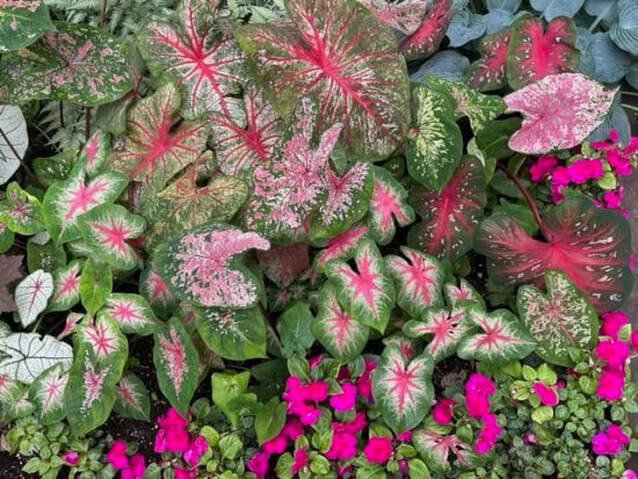 Caladium and impatiens in the West Side Community Garden, photo by Meg A. Parsont. There are also two stunningly curated beds of impatiens and caladium (a gorgeously toned and patterned foliage plant) in shades of hot pink and green near the 89th Street entrance. Hydrangea in the West Side Community Garden, photo by Meg Parsont. The path leading to the 90th Street entrance is flanked by dramatic white oak leaf hydrangeas and fluffy white hydrangeas interspersed among the red roses. And tucked into a niche on the path is a bright red hibiscus which has just come into bloom. I was amazed to see that the understated, off-white hellebore is still blooming in several of the plots. This perennial is one of the first to appear in late February/early March, and wins the prize for longest-blooming flower in the garden. With so many plants on the brink of bursting forth in full bloom, this is a great time to visit the community gardens on the Upper West Side. Happy summer, all! The 91st Street Garden was just featured on New York Live, WNBC-TV. Watch it here. Plan a visit:
The West Side Community Garden (89-90th Streets, between Amsterdam and Columbus Avenues) Open 7 days/week from dawn to dusk Concerts in the Garden – Mark your calendar: June 19 from 6-7 pm: Federico Diáz Argentenian duo, voice/guitar June 26 from 6-7 pm: Scot Munson Jazz Quintet The Lotus Garden (97th Street between West End Avenue and Broadway) Open to the public on Sunday afternoons between 1-4 pm, from April 10-mid-November The 91st Street Garden on the Promenade level of Riverside Park Open 7 days/week from dawn to dusk Reprinted with Permission from the West Side Rag June 3rd, 2020. All Copyrights Reserved. Jeanne Lejoie rose in the Lotus Garden, photo by Shanna Forlano. By Meg A. Parsont “This rose is an extra. Its smell and its color are an embellishment of life, not a condition of it. It is only goodness which gives extras, and so I say again that we have much to hope from the flowers.” – Sir Arthur Conan Doyle I used to think I had to go to the New York Botanical Garden in the Bronx or the Brooklyn Botanic Garden to see roses, but I realize now that roses are everywhere on the Upper West Side! They’re in the islands dividing Broadway, in apartment building planters and brownstone gardens, and in front of restaurants, stores, churches, and synagogues. (The roses in front of Church of the Holy Name of Jesus on Amsterdam Avenue at 96th are particularly beautiful). And they have emerged in full profusion over the past week or so. The Lotus Garden on West 97th Street is home to at least 12 different types of roses. Many of them can be found in the sunnier parts of the garden, but there are also some in the middle section where the light is less consistent. The Eden rose, a pale pinky-coral climbing rose on an espalier near the ivy-covered wall, has just bloomed for the first time after having been planted two years ago. The pink Carolina shrub rose towards the center of the garden is still going strong at 30 years old. 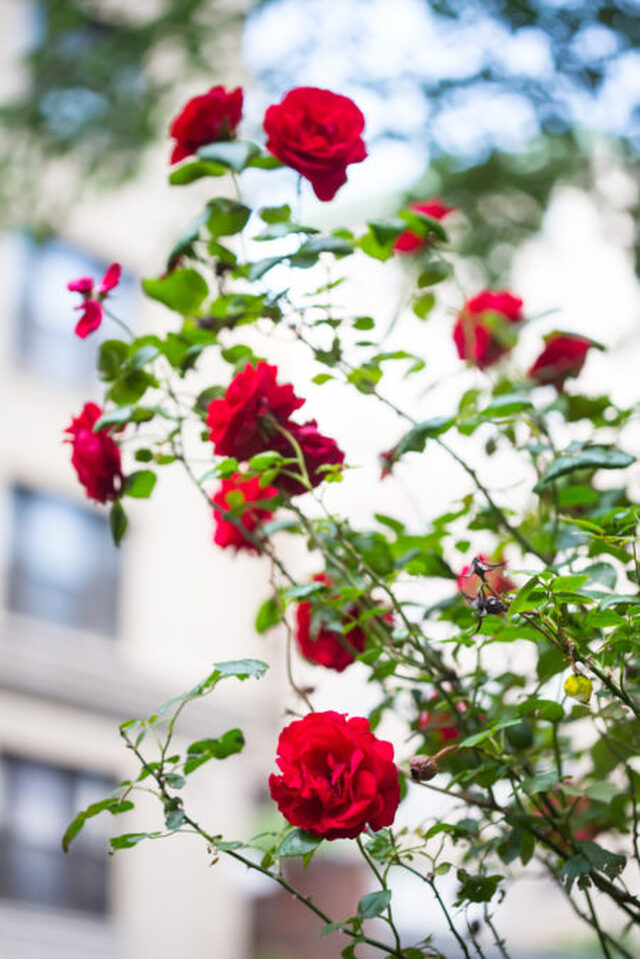 Dublin rose in the Lotus Garden, photo by Shanna Forlano. A tall, deep red climbing rose called Dublin rose can’t be missed In the herb garden section. Munstead Wood rose in the Lotus Garden, photo by Shanna Forlano. And in the plot across from the herb garden the lyrically named Lark Ascending, a pale peach color, contrasts beautifully with the magenta Munstead Wood rose in the same plot. Columbine in the Lotus Garden, photo by Shanna Forlano. Other flowers blooming now in the Lotus Garden include delicate yellow, purple, and white columbine, a dramatic pale purple clematis, and digitalis (foxglove) in both purple and cream. Also look for the feathery white flowers of the astilbe along some of the paths, and the pale mauve tubular bell-shaped flowers of the perennial Campanula punctata ‘Rubrifolia.’ Oak leaf hydrangeas in the West Side Community Garden, photo by Meg A. Parsont. As the West Side Community Garden has cleared out their 12,000 tulips, new plants are starting to fill in the plant beds, including the native perennial Baptisia, also known as “Wild Indigo” or “False Indigo.” These purple blooms are flourishing along the path leading to the 90th Street entrance and in several plots. Another native, the oak leaf hydrangea is also coming into bloom. Very different from the pink or blue globe-shaped hydrangeas many of us know, this tall shrub has oversized leaves and long spikes of small white flowers. Tea rose in the West Side Community Garden, photo by Meg A. Parsont. Roses are plentiful in the West Side Community Garden along the paths and in the individual plots, with many beauties having been there for several decades. Some of these roses pre-date the gardeners, making their origins and their names a mystery! Be sure to stop by the stunning peach with yellow rose at the 90th Street entrance that’s most likely in the “Peace Rose” family of hybrid teas. Visitors to the West Side Community Garden this week may have the unique experience of seeing “snow” flying through the air. The huge cottonwood tree in the vegetable garden releases its seeds at this time of year, each encased in a tiny tuft of cottony fuzz. When the breeze blows, these tufts fly through the air and blanket the ground with what looks like a thin layer of snow. Judy Robinson, president of the West Side Community Garden, notes, “It’s awe-inspiring to think that the tiny seed enclosed in each bit of ‘cotton’ can potentially grow into a 100-foot tall tree.” Peony in the 91st Street Garden, photo by Meg A. Parsont. In the 91st Street Garden in Riverside Park, the last heavy pink and fuchsia blooms of this season’s peonies are now soaking up the sunshine after rainstorms earlier this week. Just as the peonies are heading out, the roses are coming in, and there’s a huge variety: the aptly-named deep reddish-pink Knock-Out rose in the octagon portion of the garden, the fragrant hot pink McCartney (Sir Paul) tea rose in the northern portion of the rectangle, eight-foot-tall red roses at the southernmost end of the rectangle, and many, many more. Clematis in the 91st Street Garden, photo by Meg A. Parsont. Purple abounds in the 91st Street garden. Look for a deep amethyst clematis in the plot with the topiaries, a grove of two-foot-tall allium in the center of the octagon (which is also a memorial garden in progress), and purple salvia in several plots—often covered with happy bees and butterflies. The Onyx and Pearls Beardtongue growing in the octagon is another plant that’s a major draw for pollinators and even hummingbirds. With its dark foliage and pale lavender flowers with white interiors, it was named after two opposite colors of gemstones. The weather forecast for the weekend is warm and sunny—perfect weather to visit a garden or two! Plan a visit:
The West Side Community Garden (89-90th Streets, between Amsterdam and Columbus Avenues) Open 7 days/week from dawn to dusk Mark your calendar: Sweet Plantain classical and Latin music concert in the garden, June 5 starting at 6:00 pm The Lotus Garden (97th Street between West End Avenue and Broadway) Open to the public on Sunday afternoons between 1-4 pm, from April 10-mid-November The 91st Street Garden on the Promenade level of Riverside Park Open 7 days/week from dawn to dusk |
The GardenersThis is a great space for articles and knowledge sharing from our gardens to yours. We'll be answering questions and providing new ideas for your organic gardening needs. Archives
June 2024
Categories
All
|
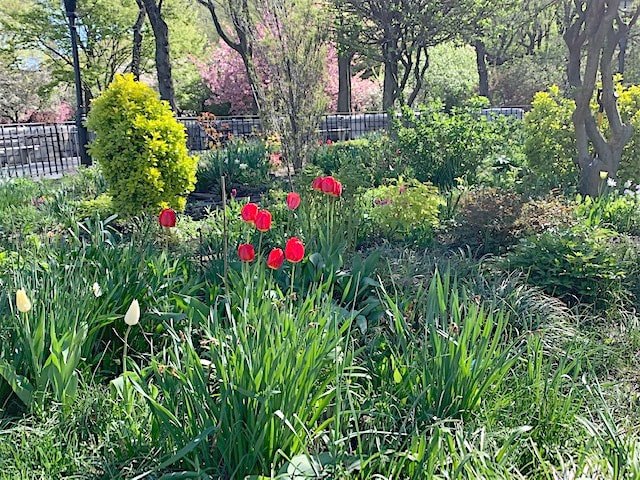
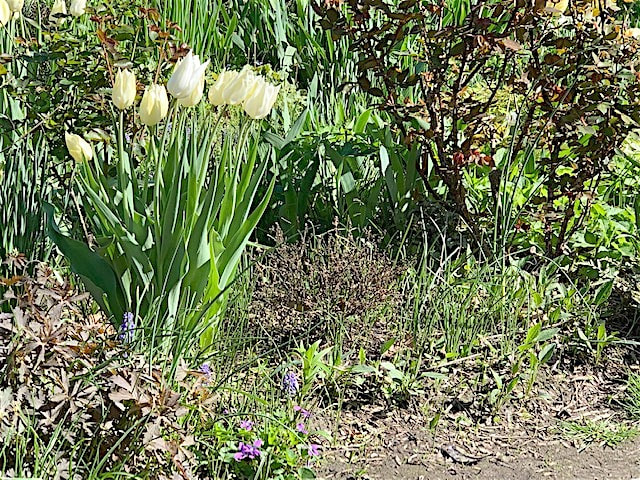
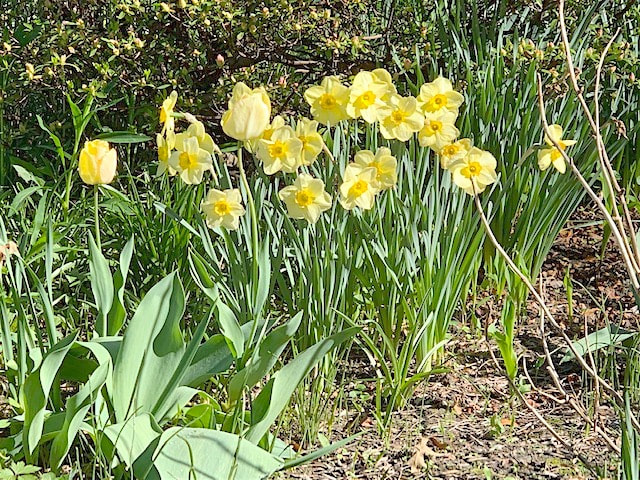
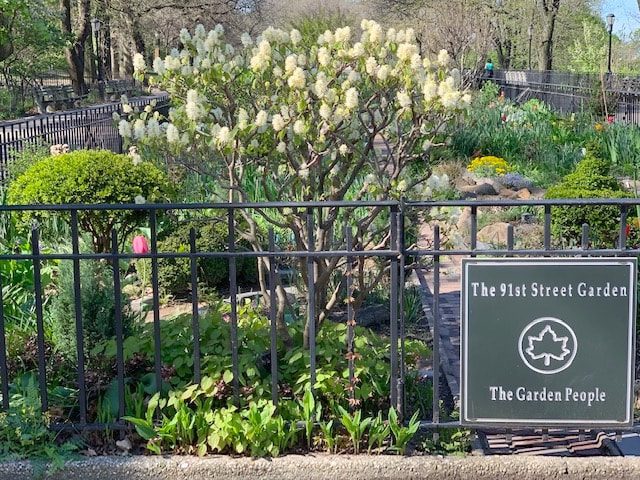
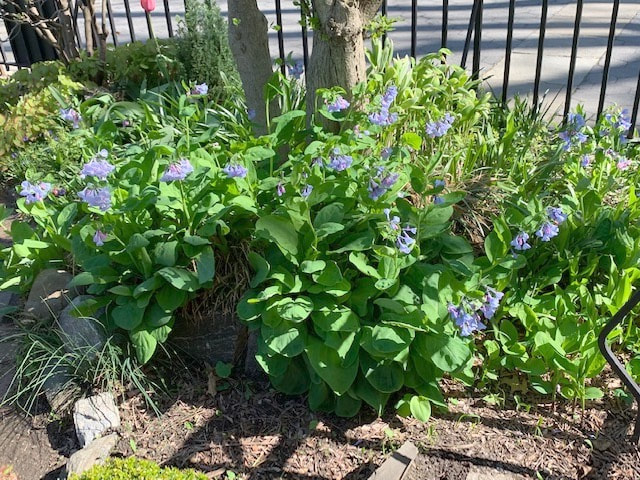





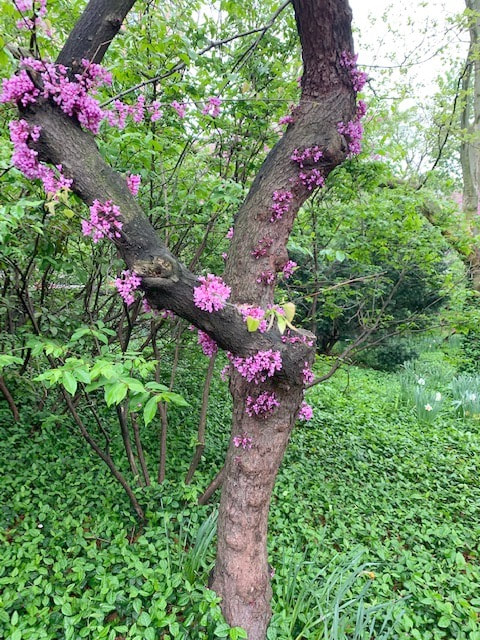
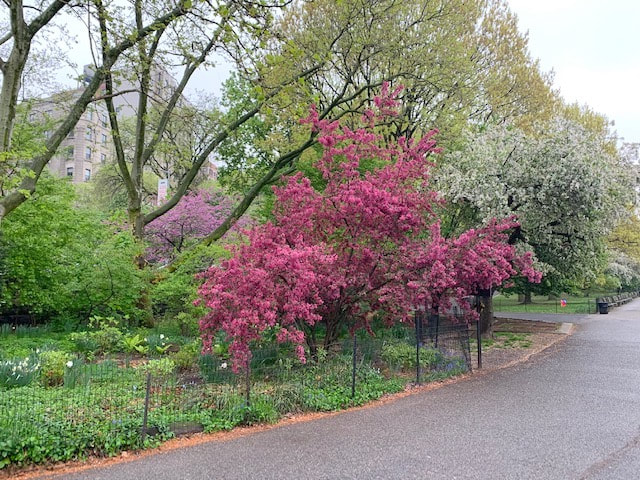
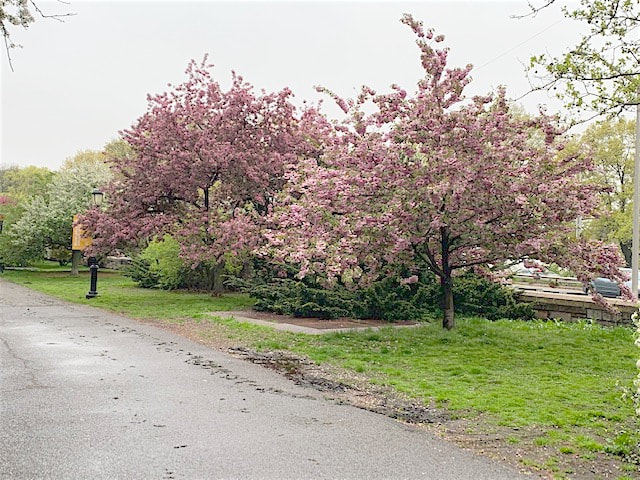
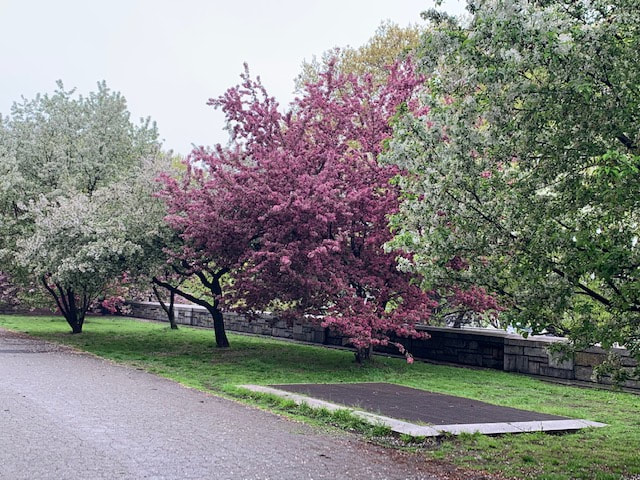


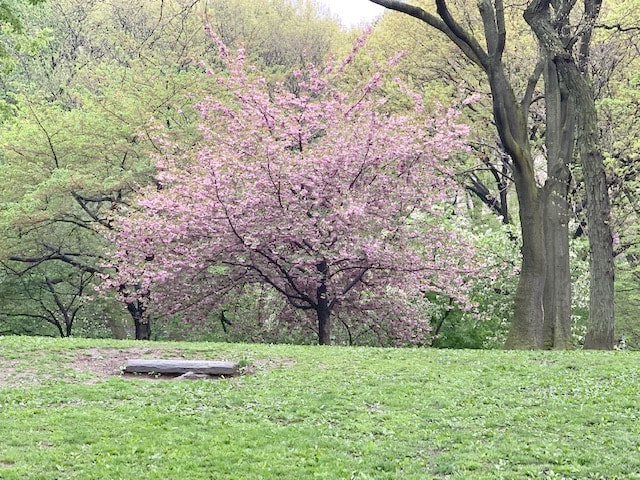

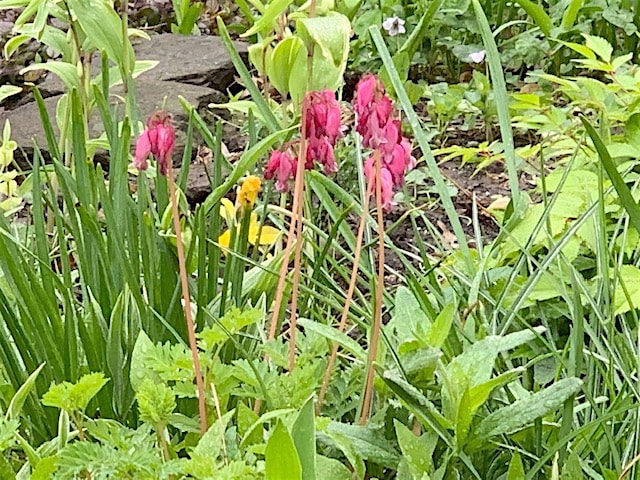
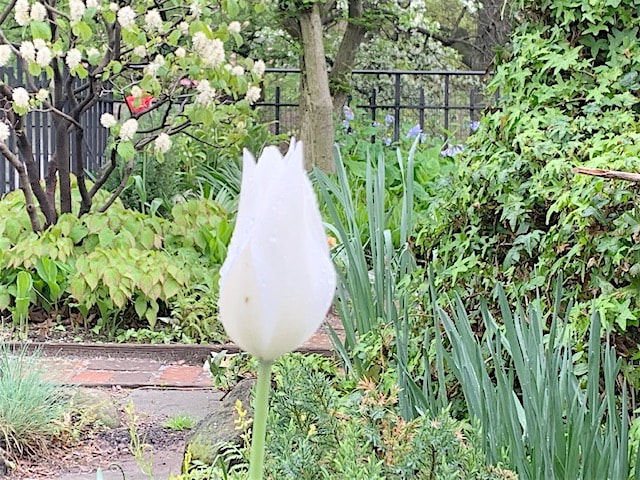




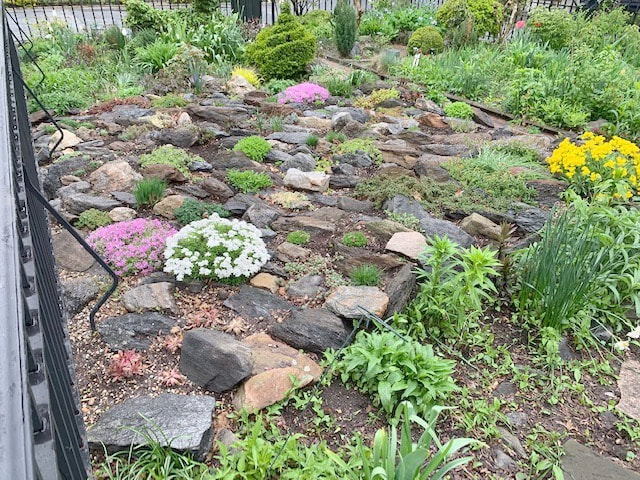
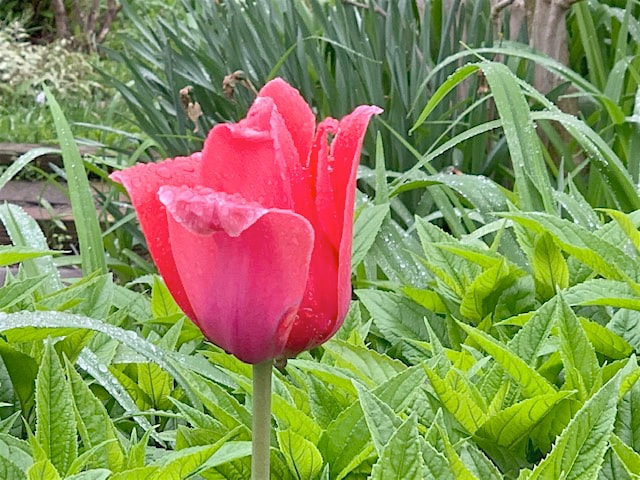
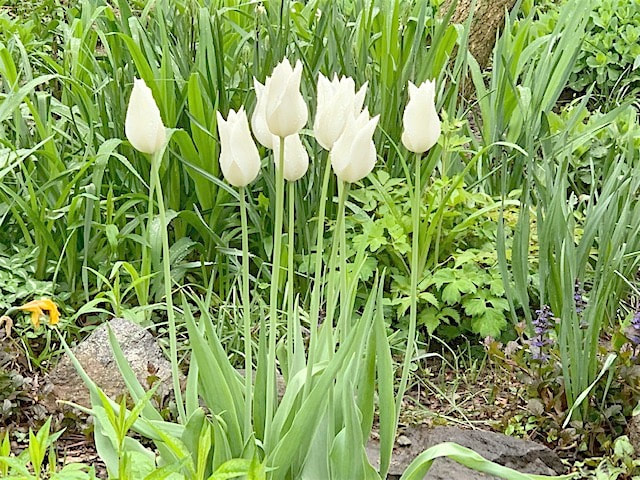
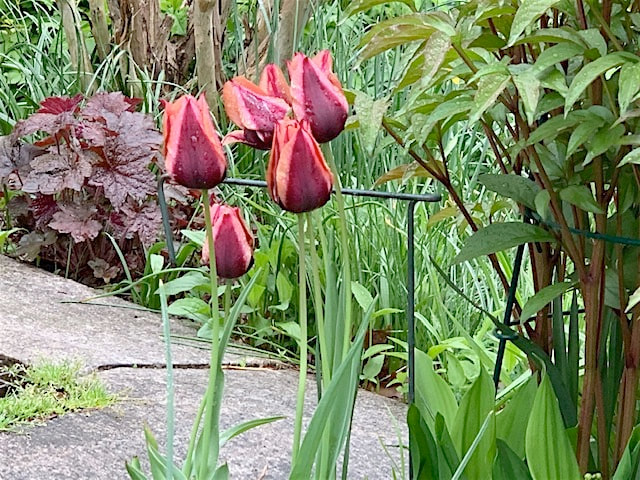

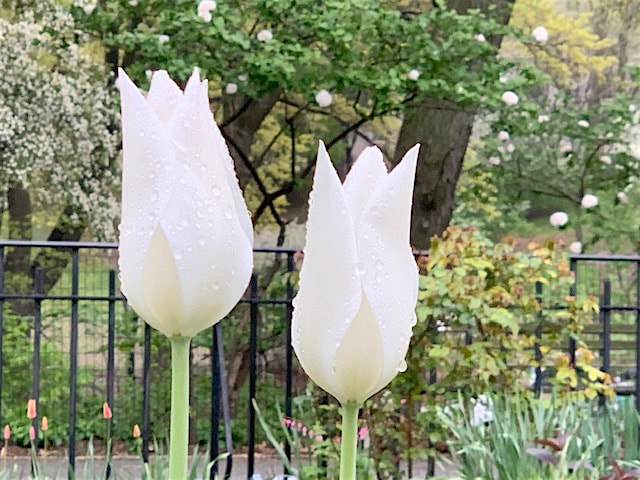

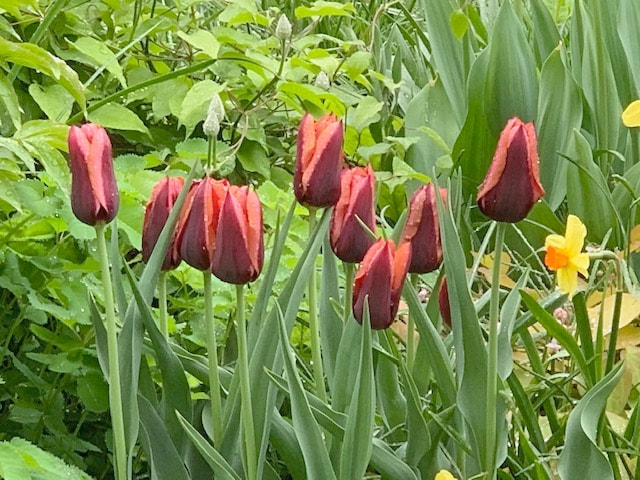
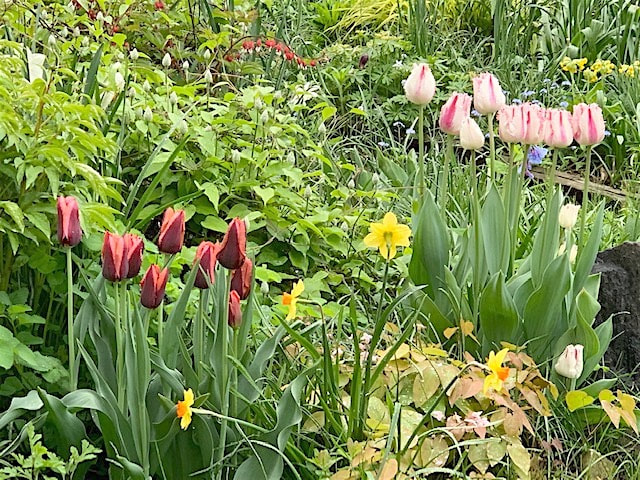
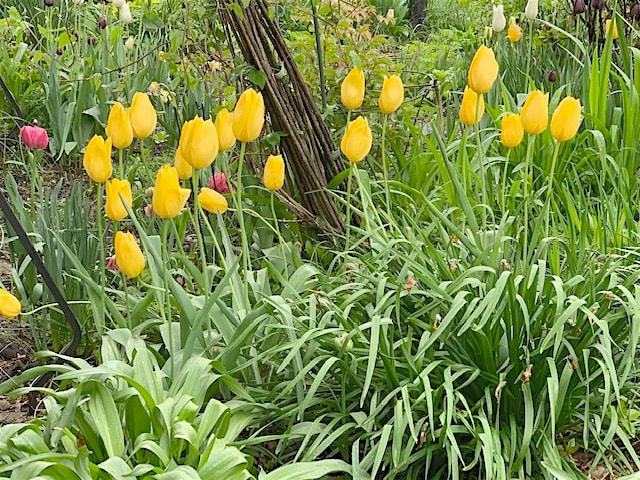
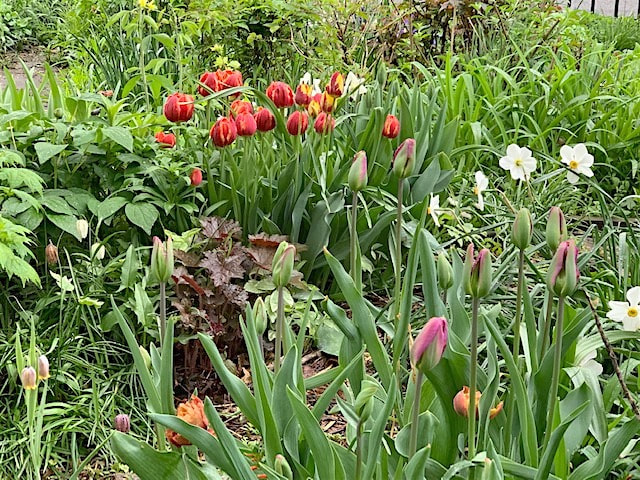
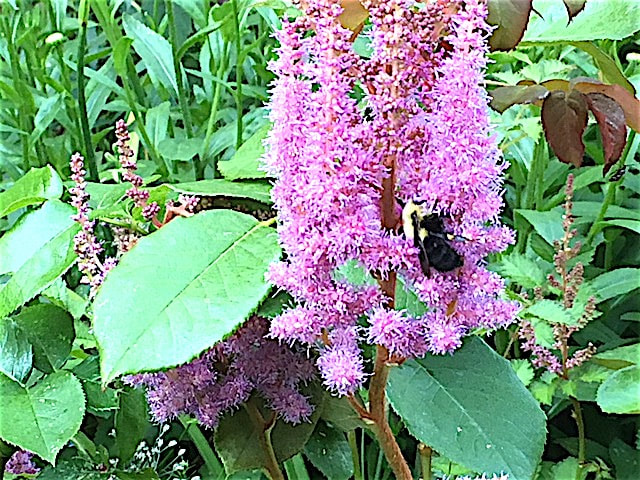

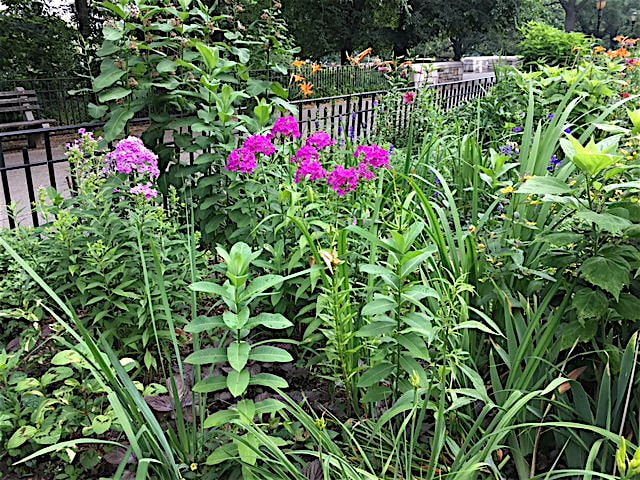
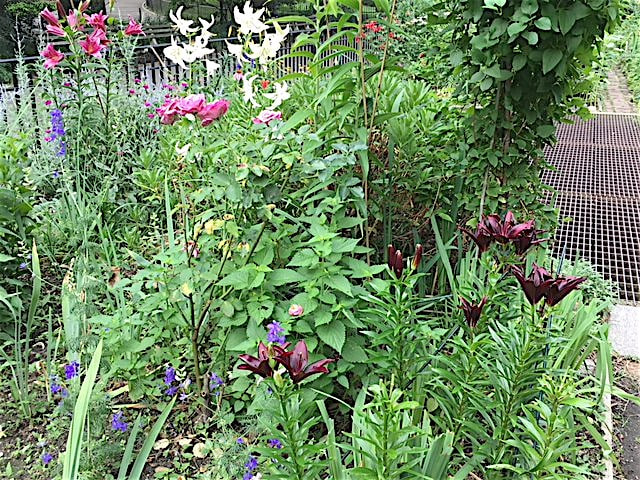
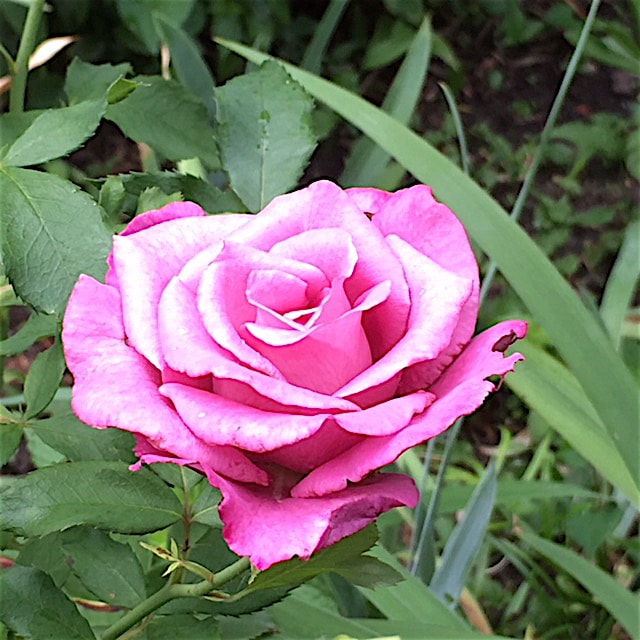
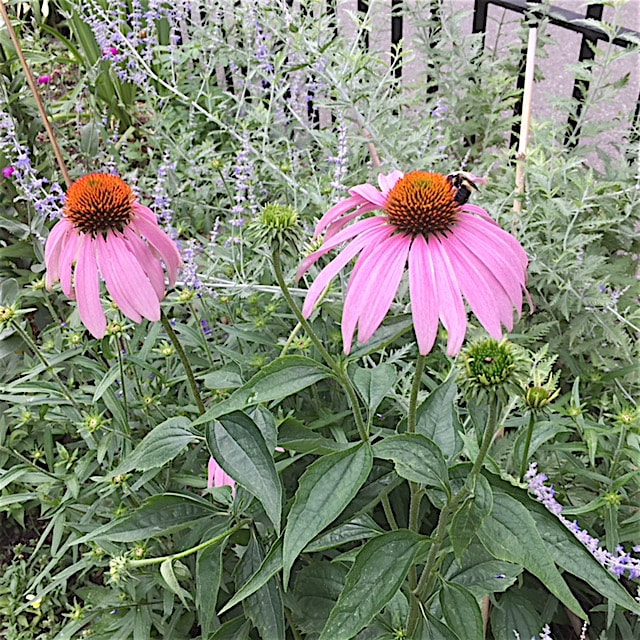
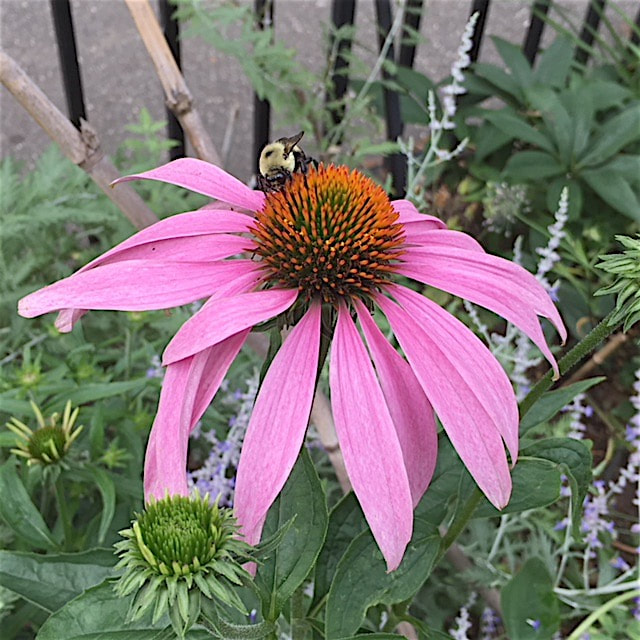

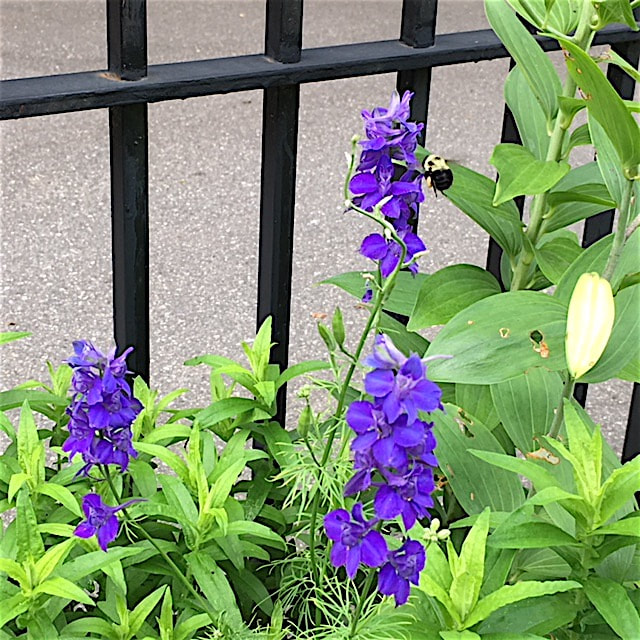
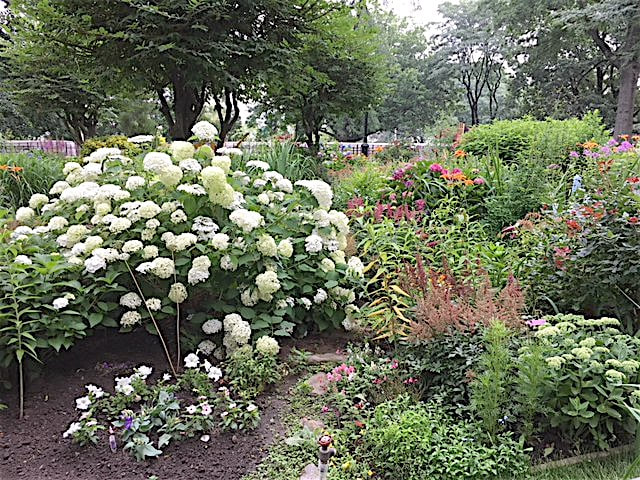










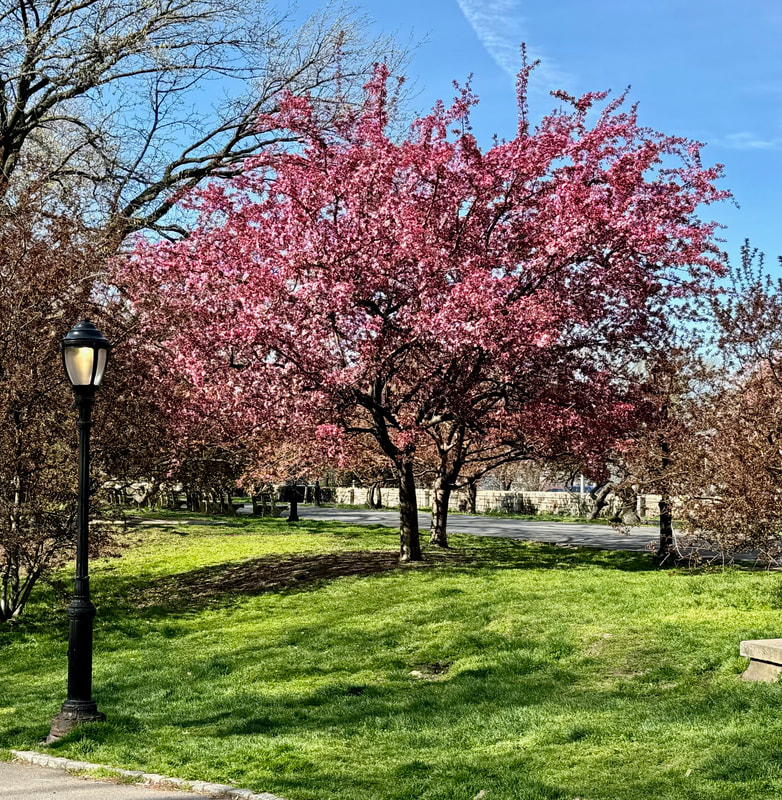
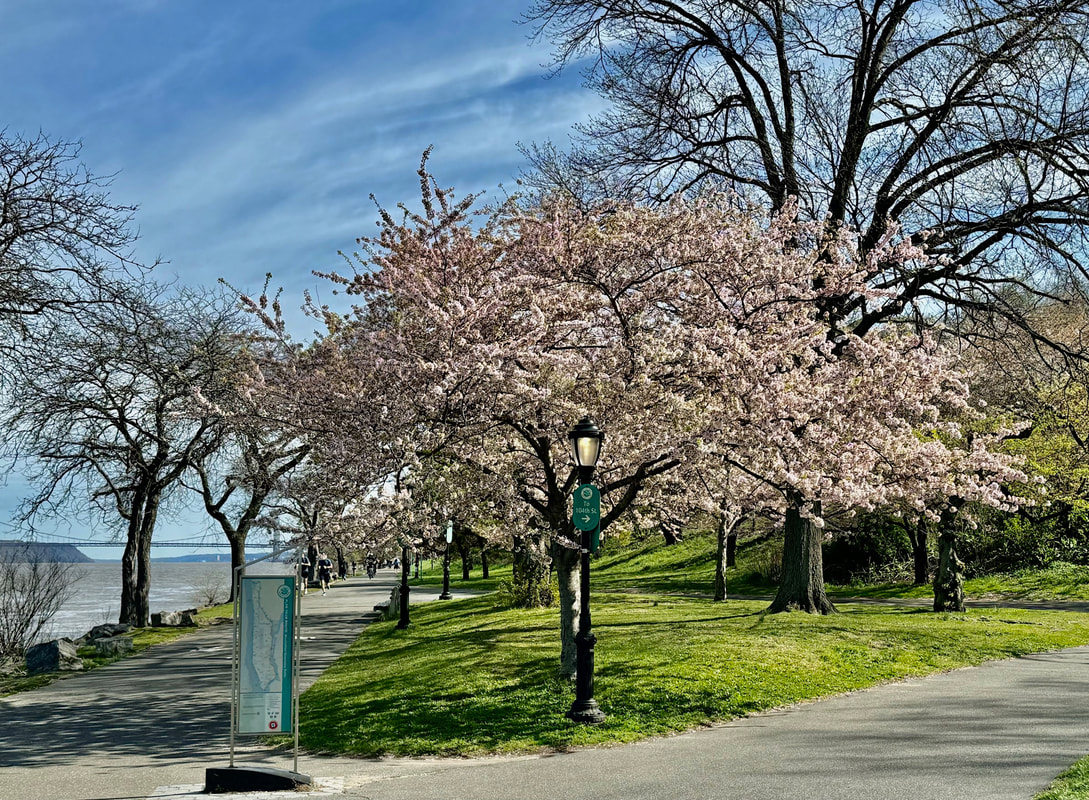
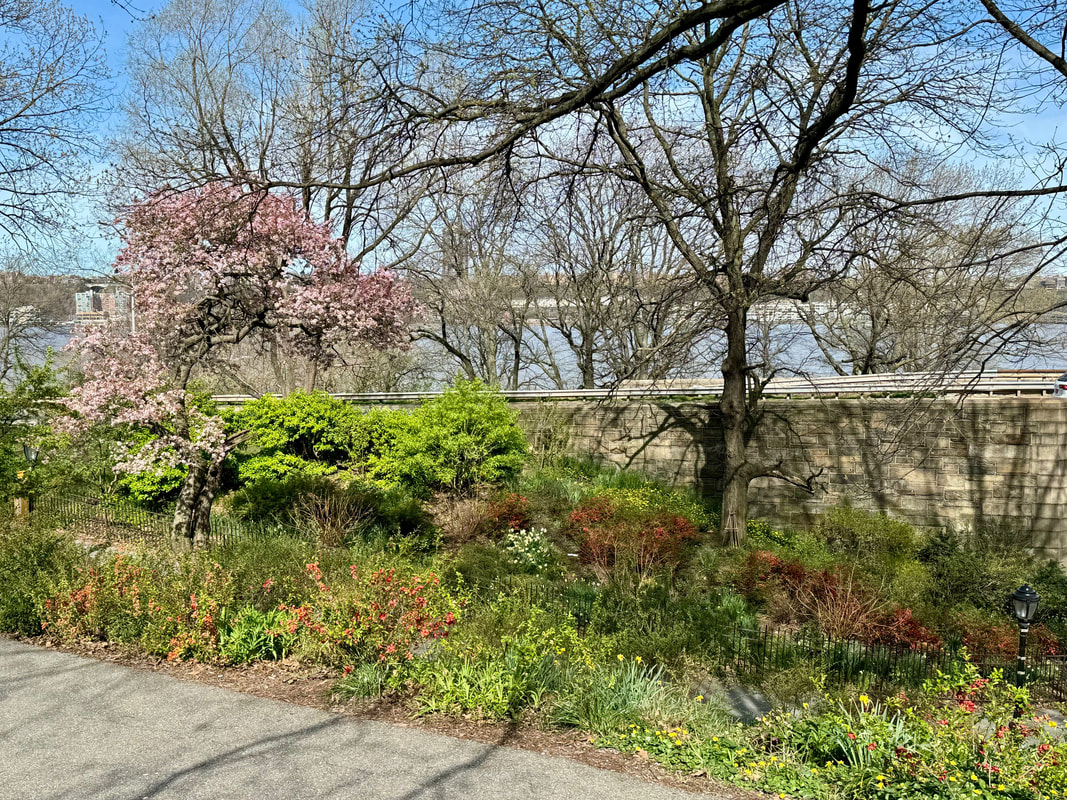
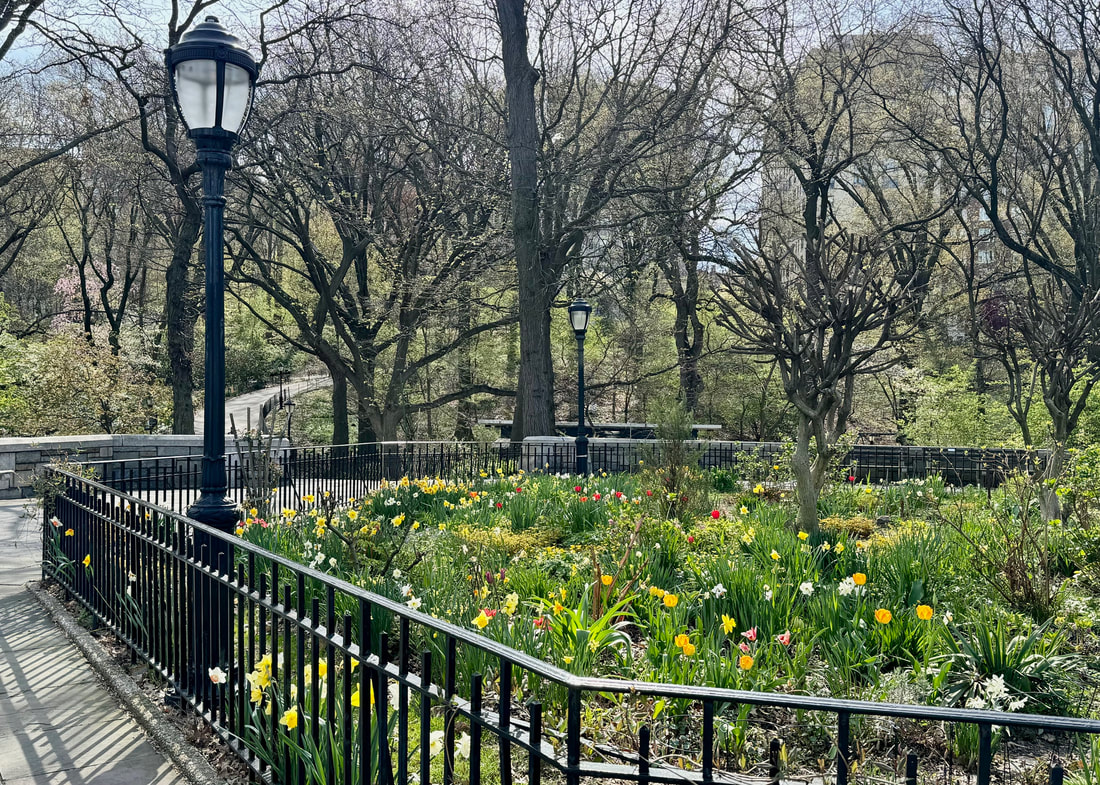
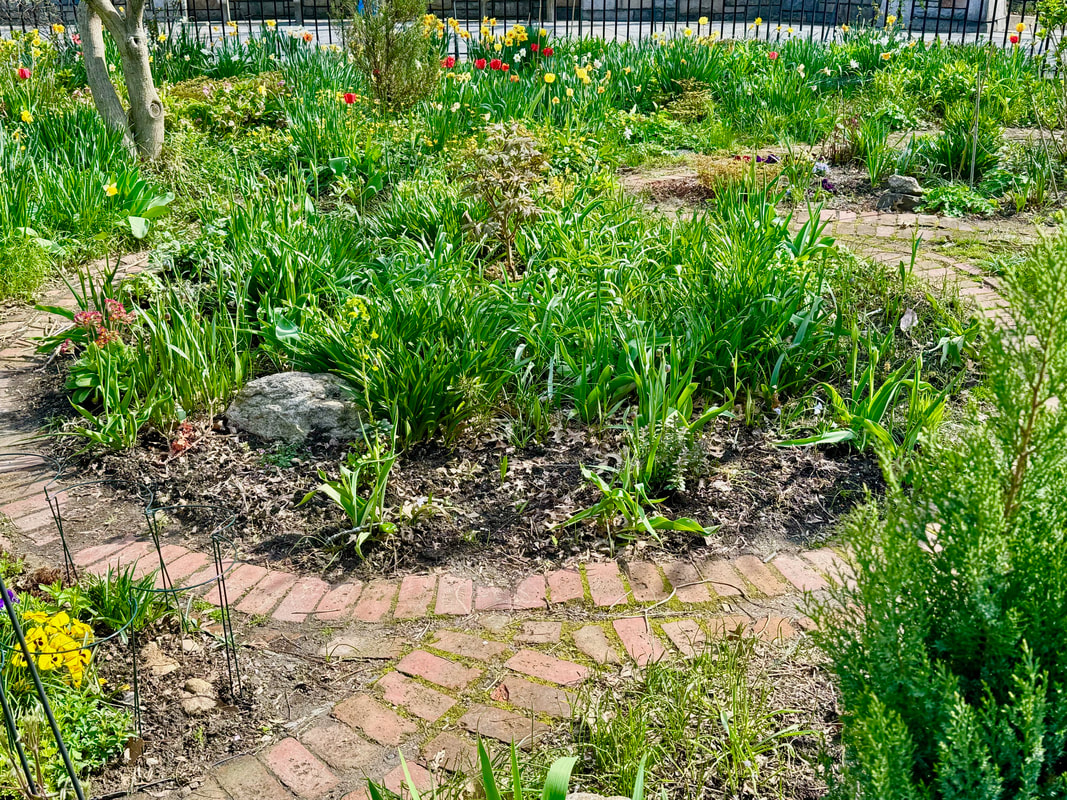
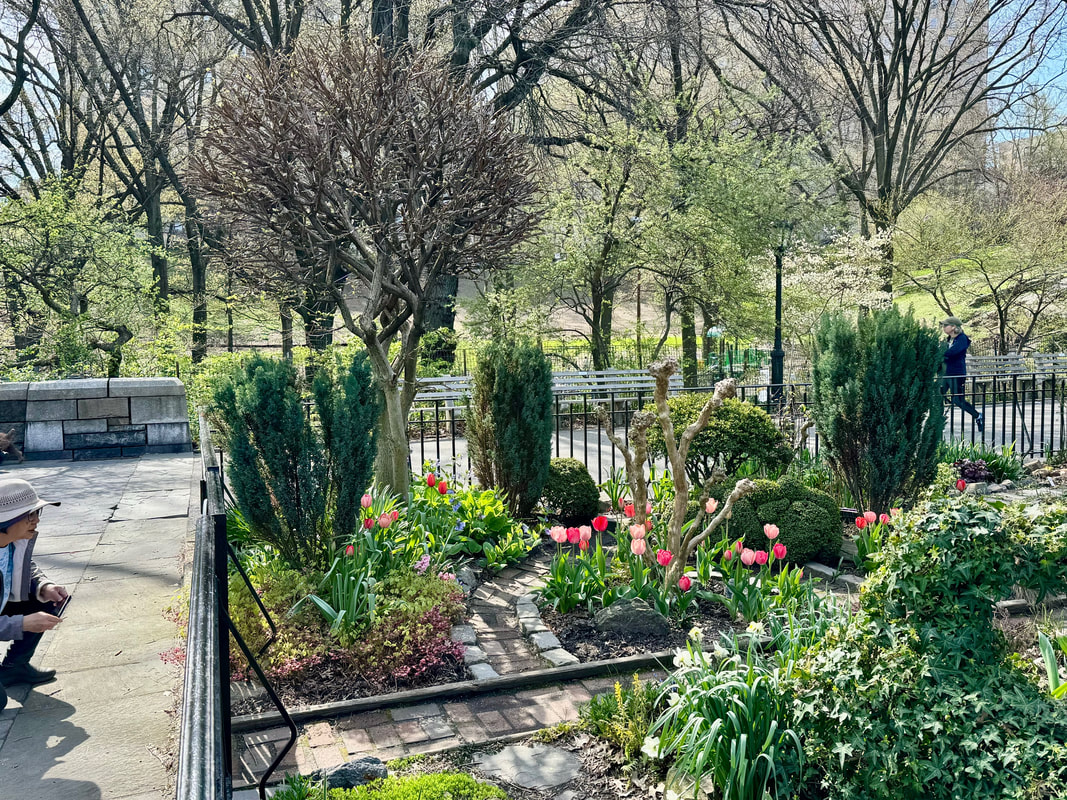
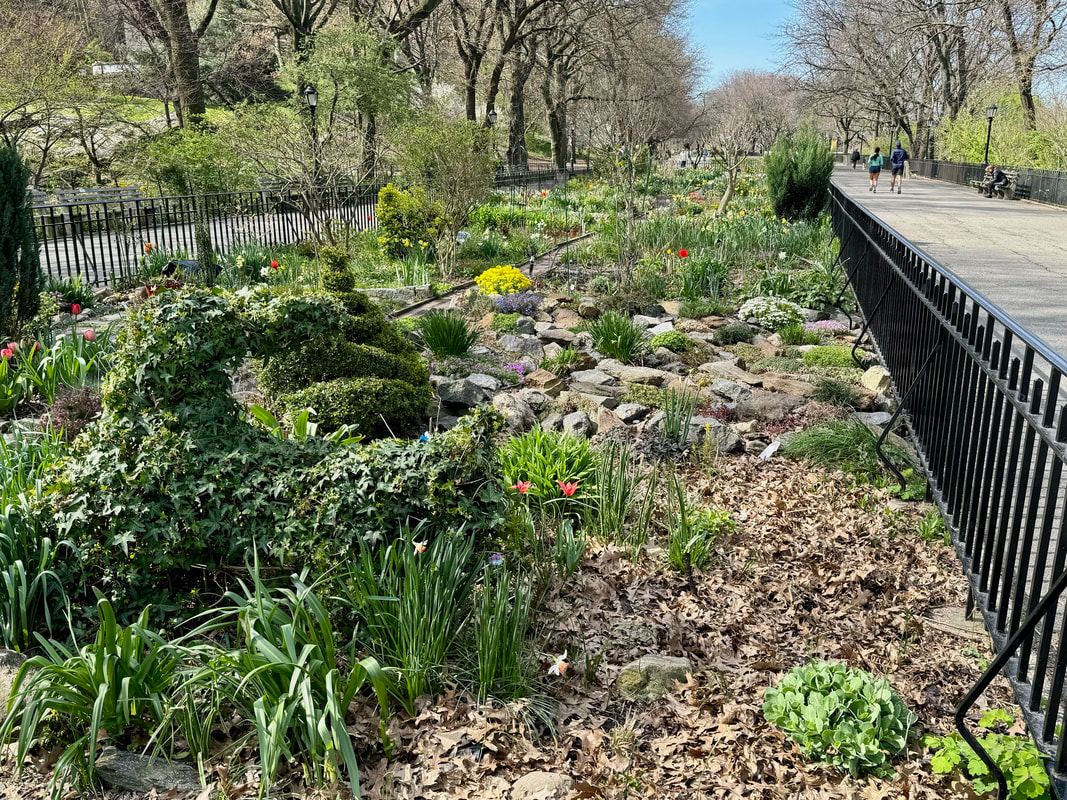
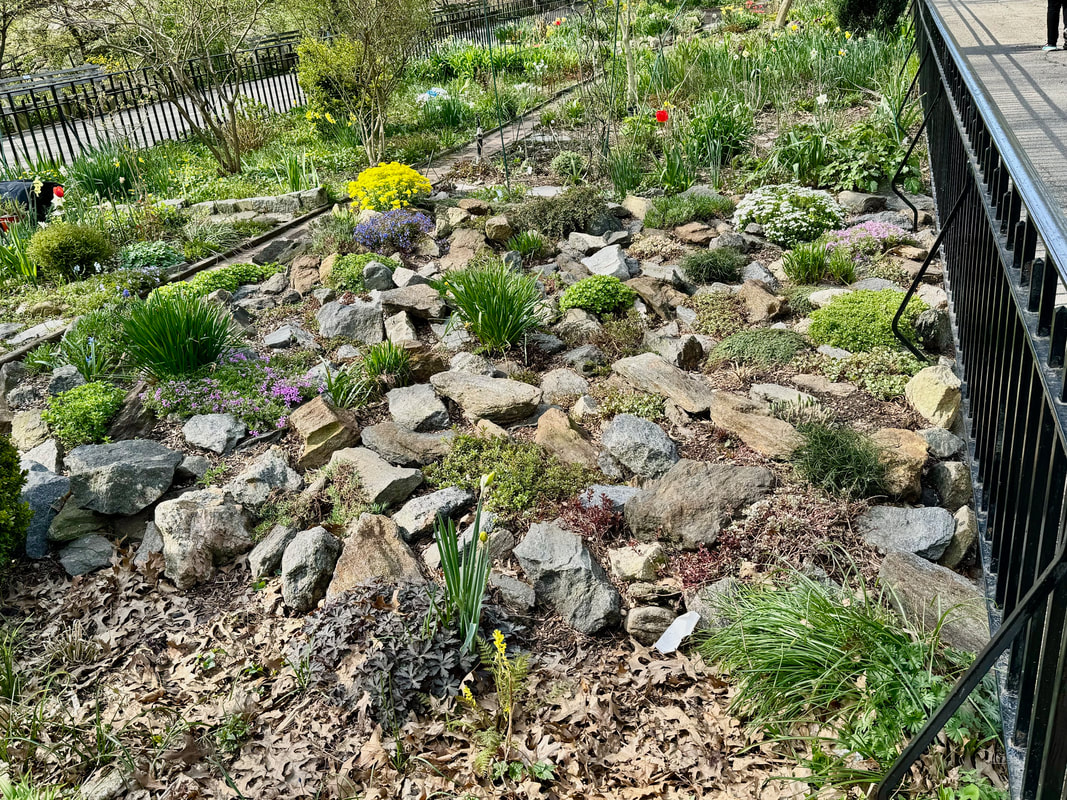
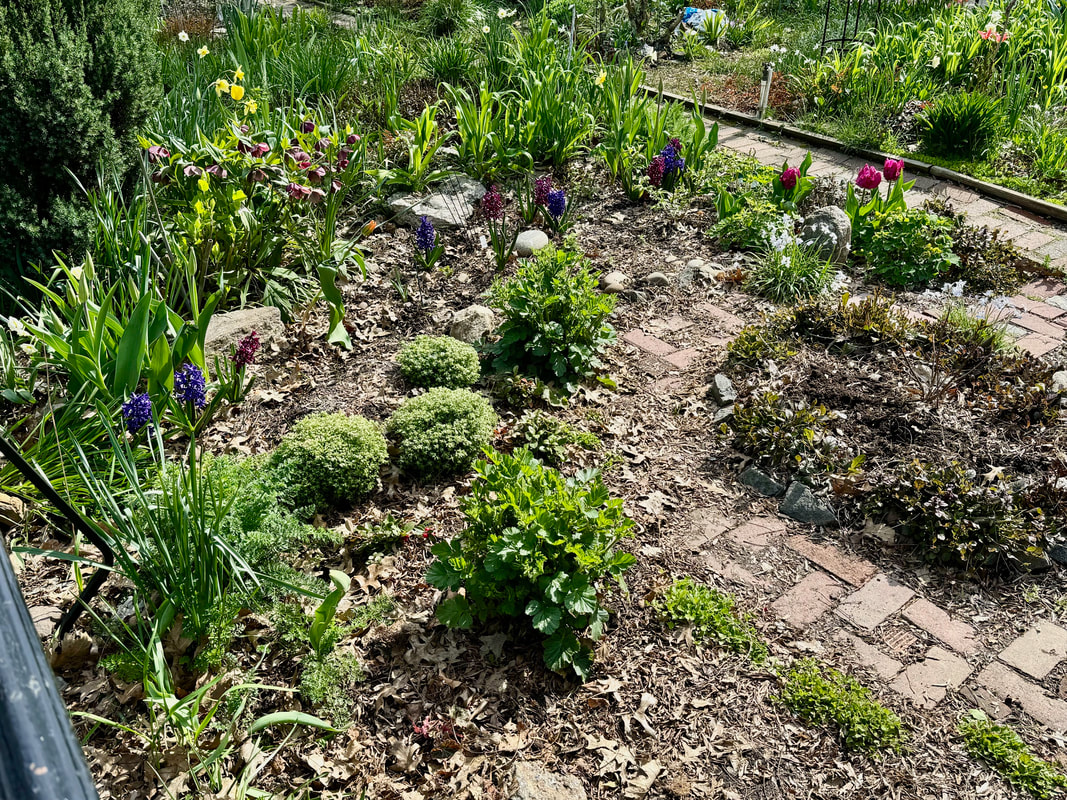
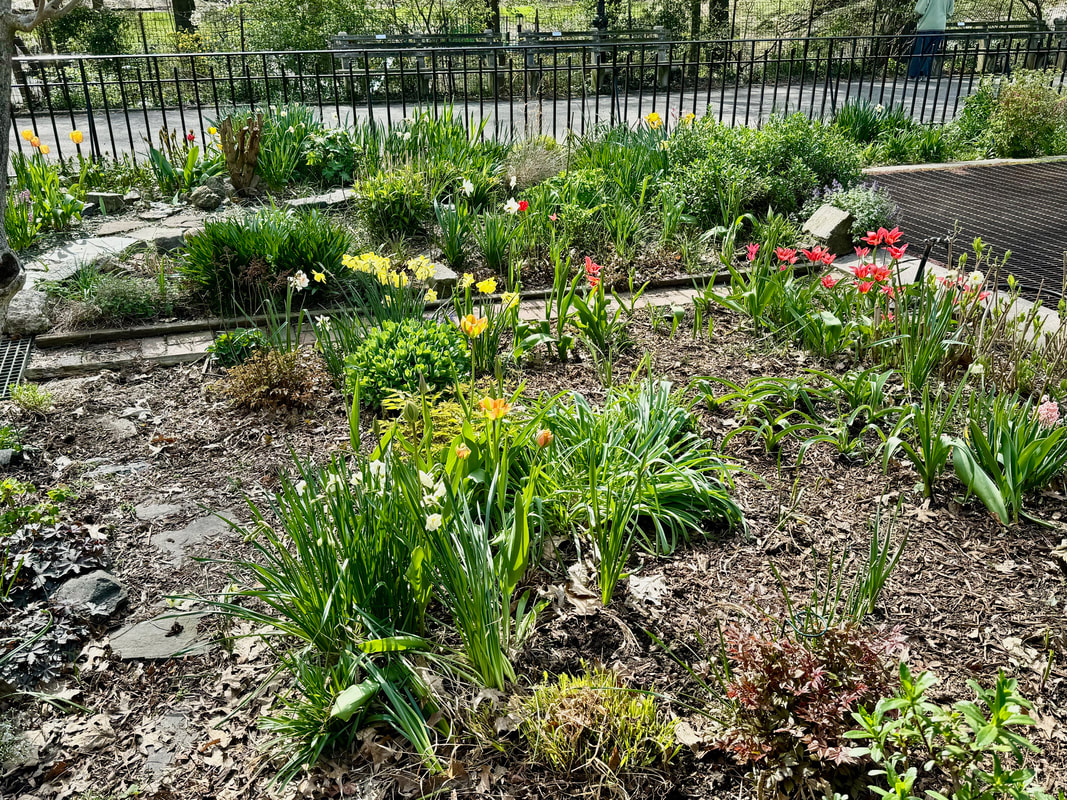
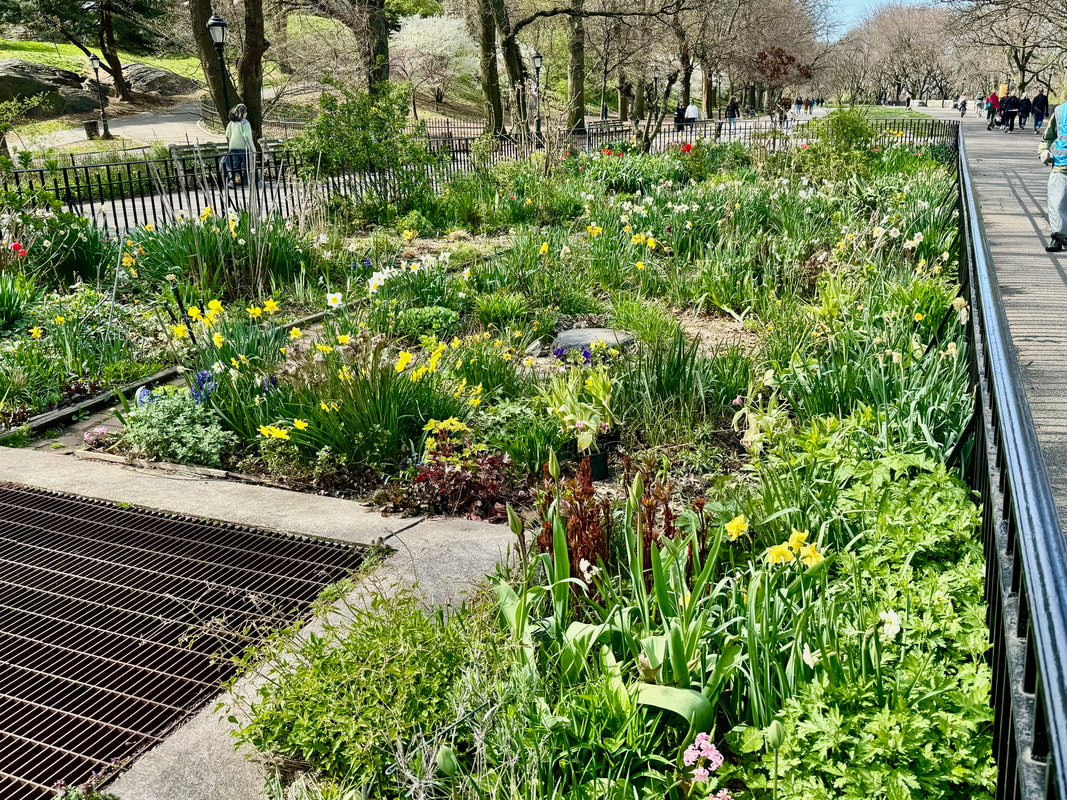
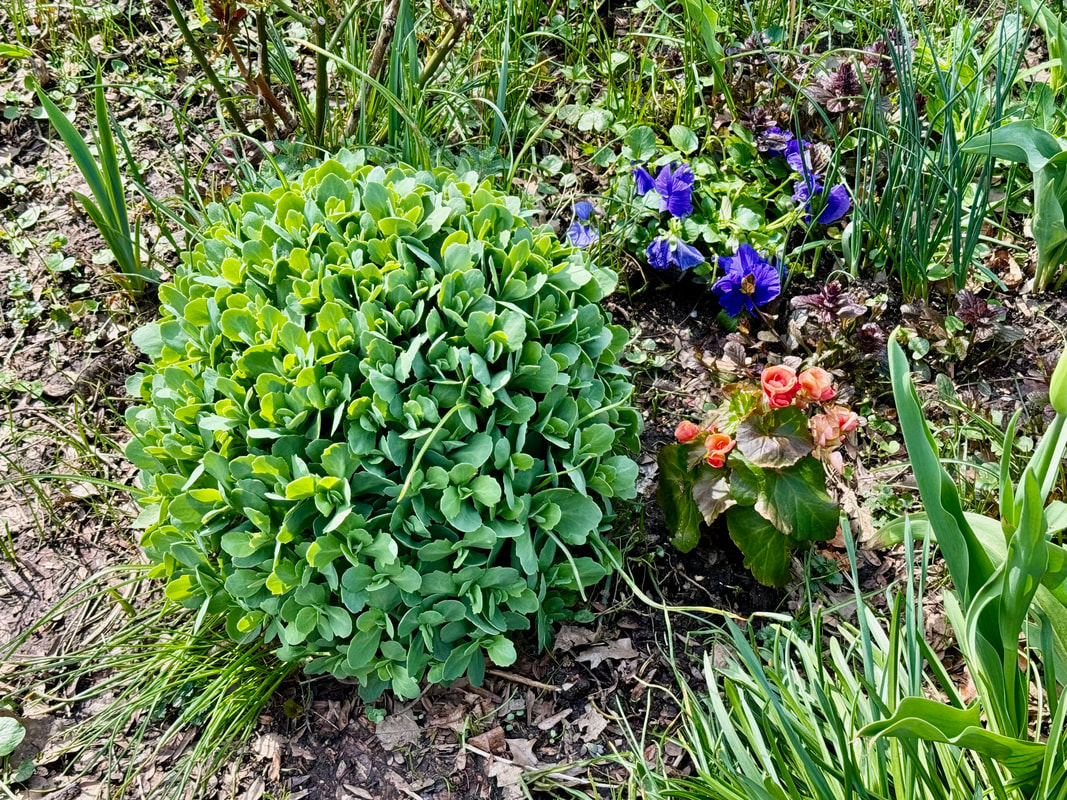
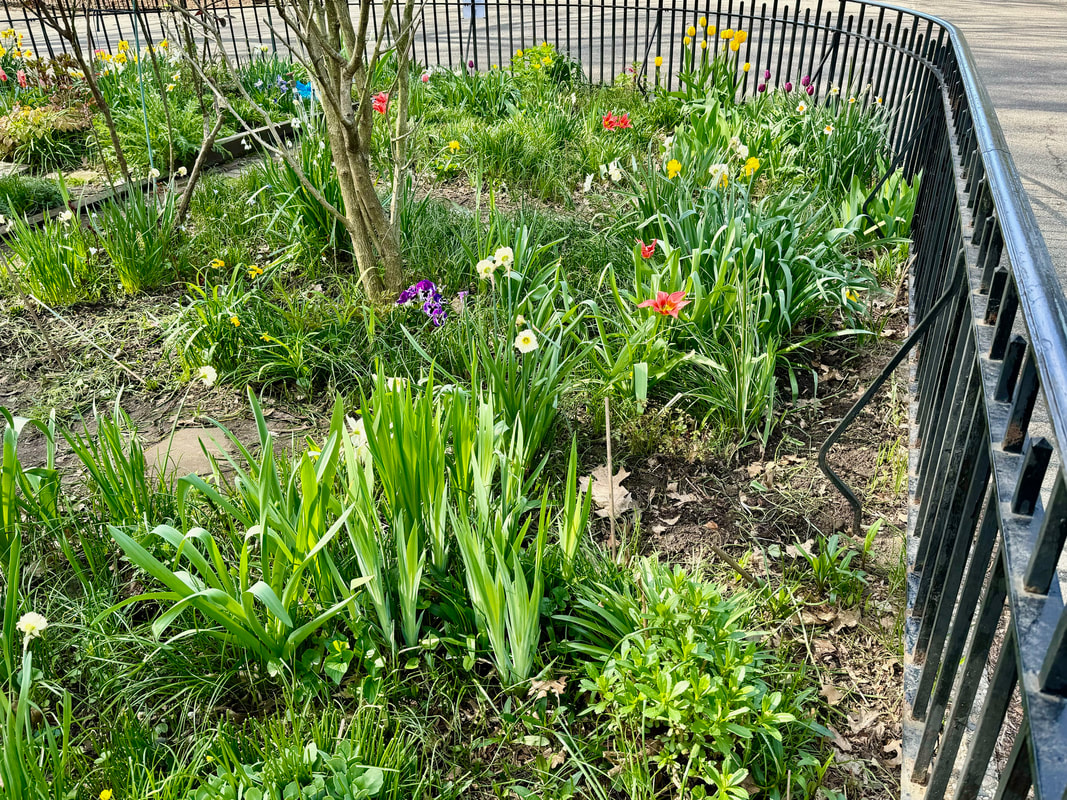
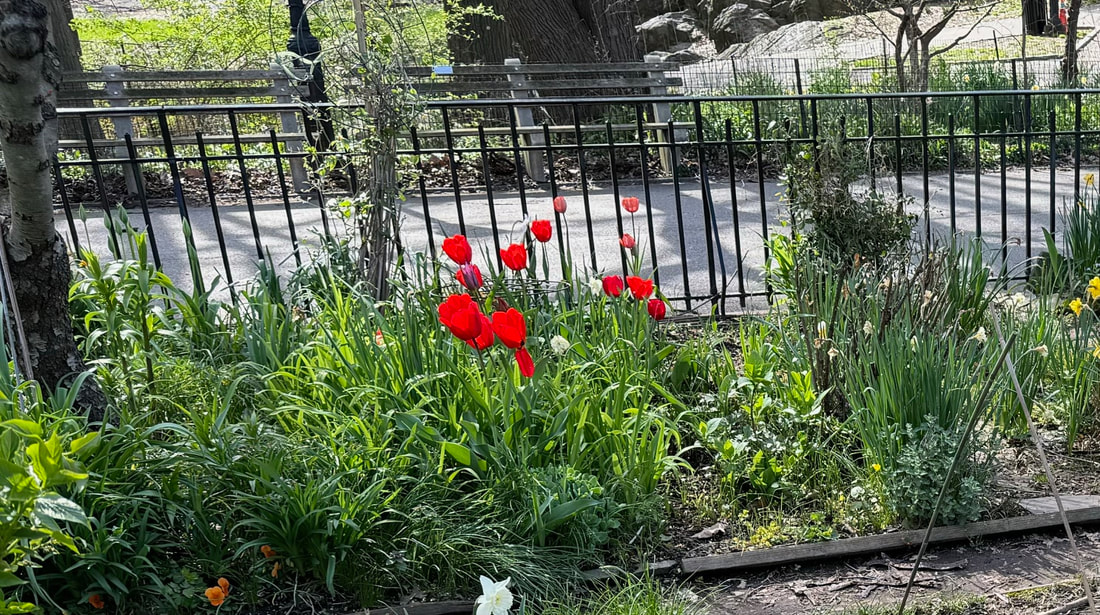
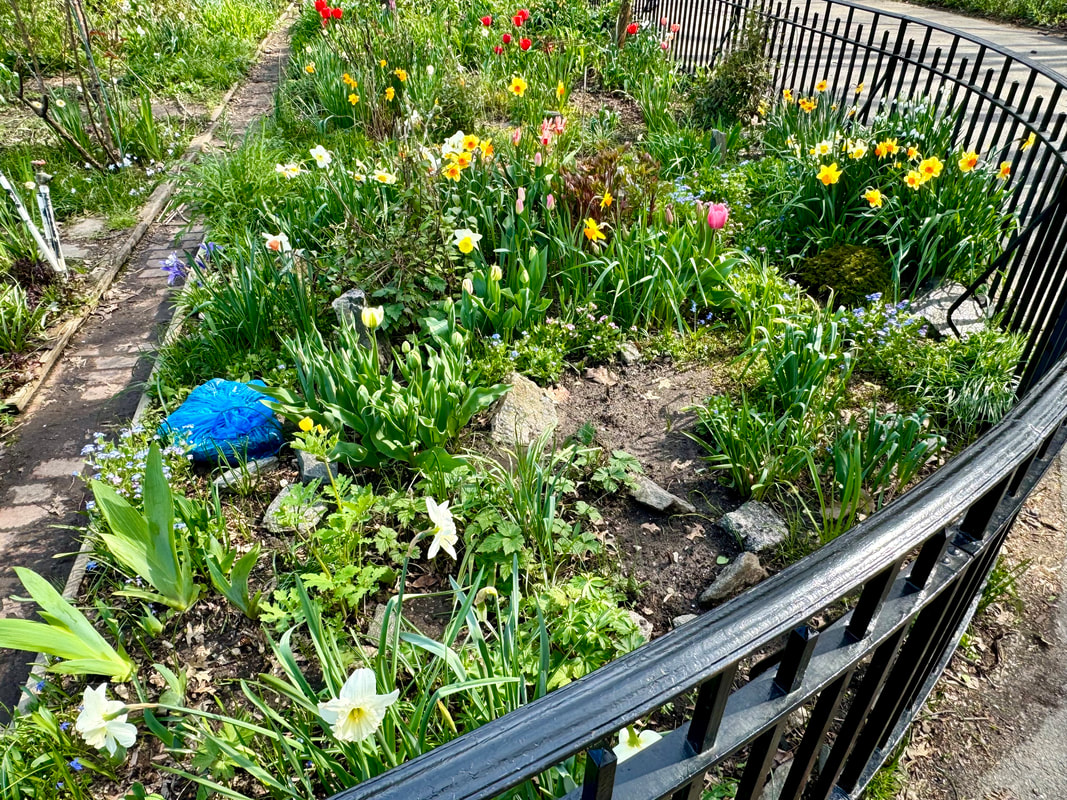
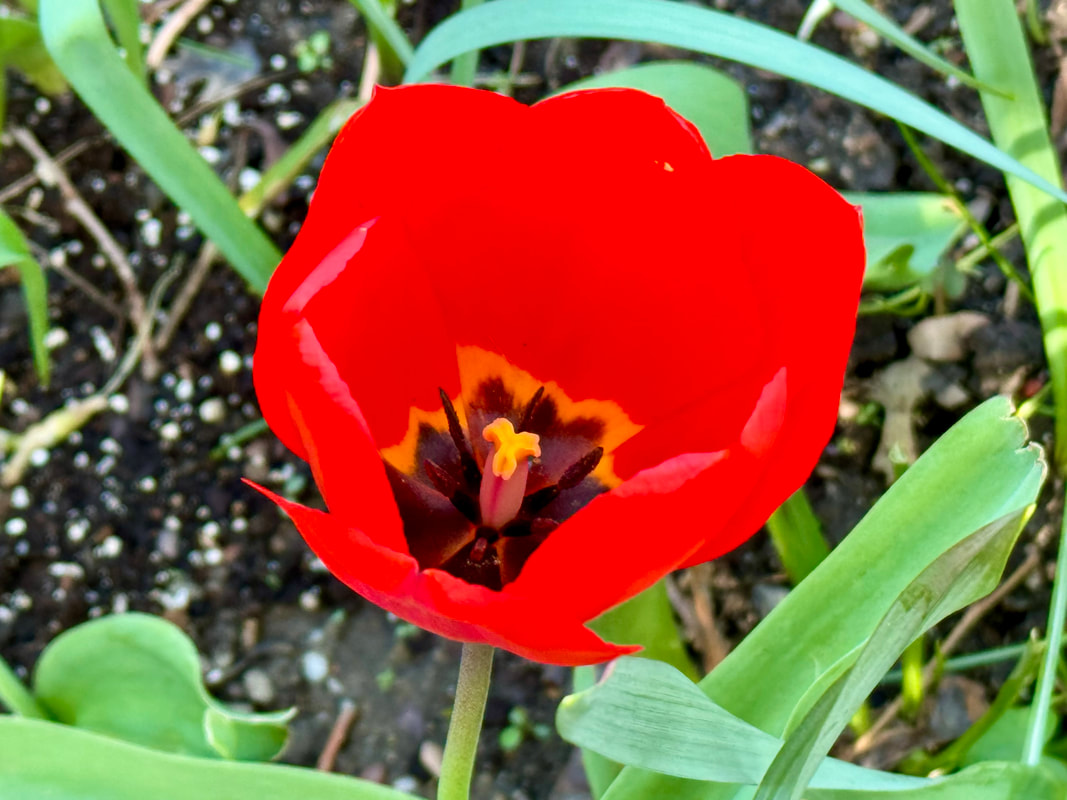
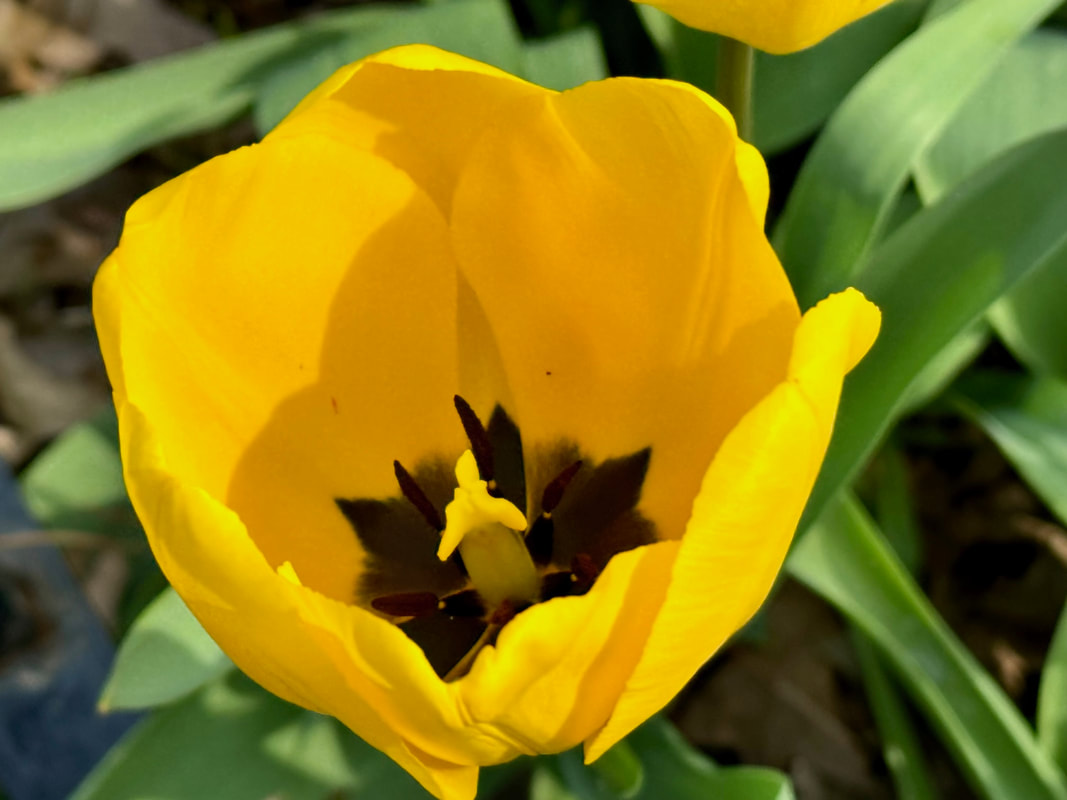
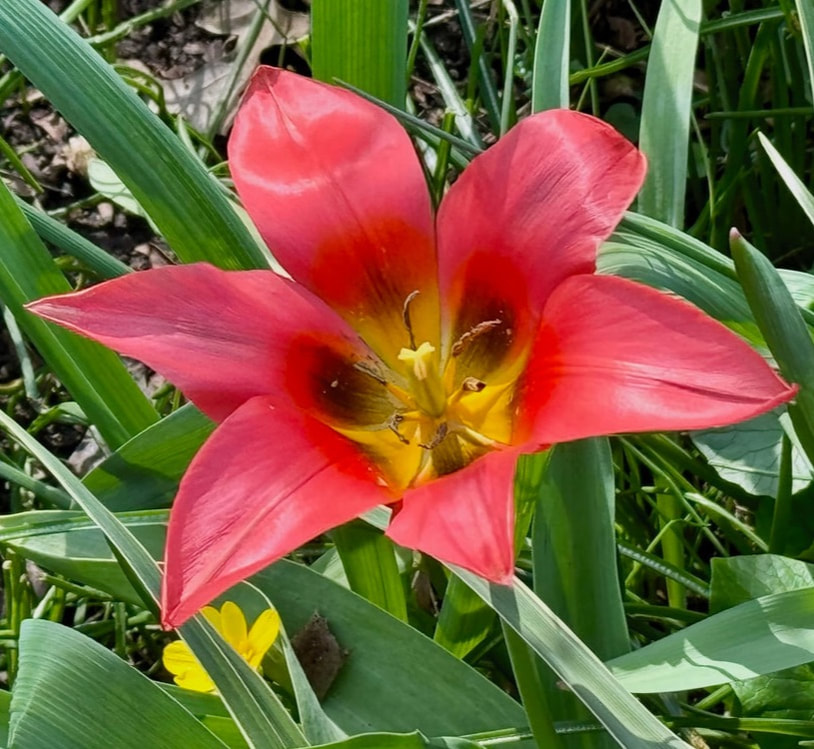
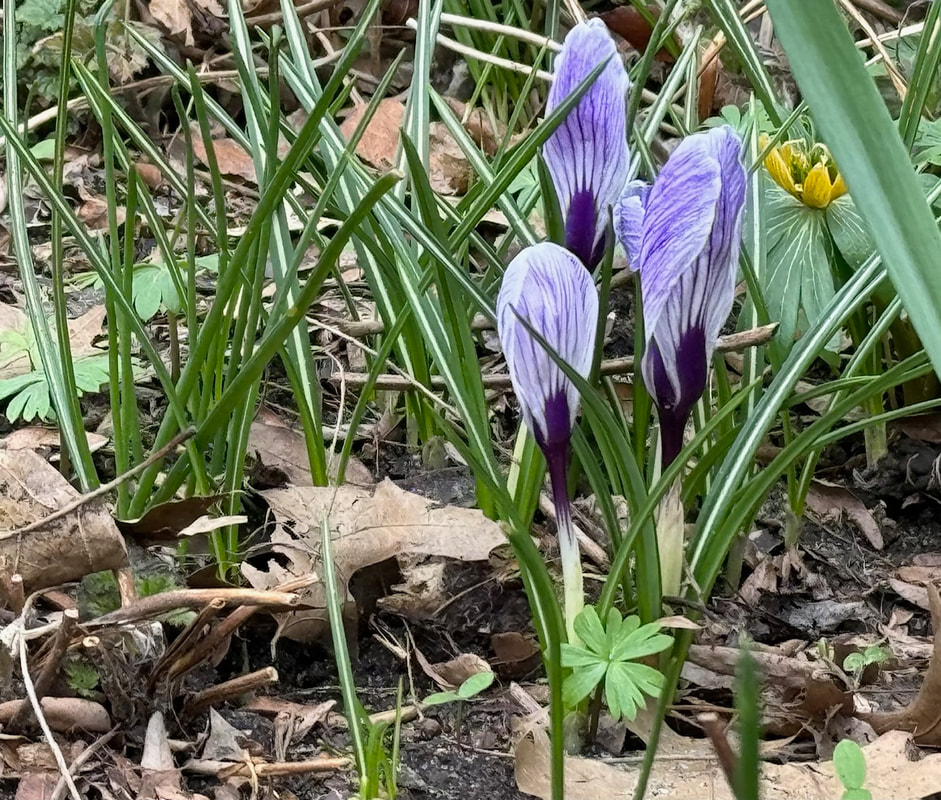
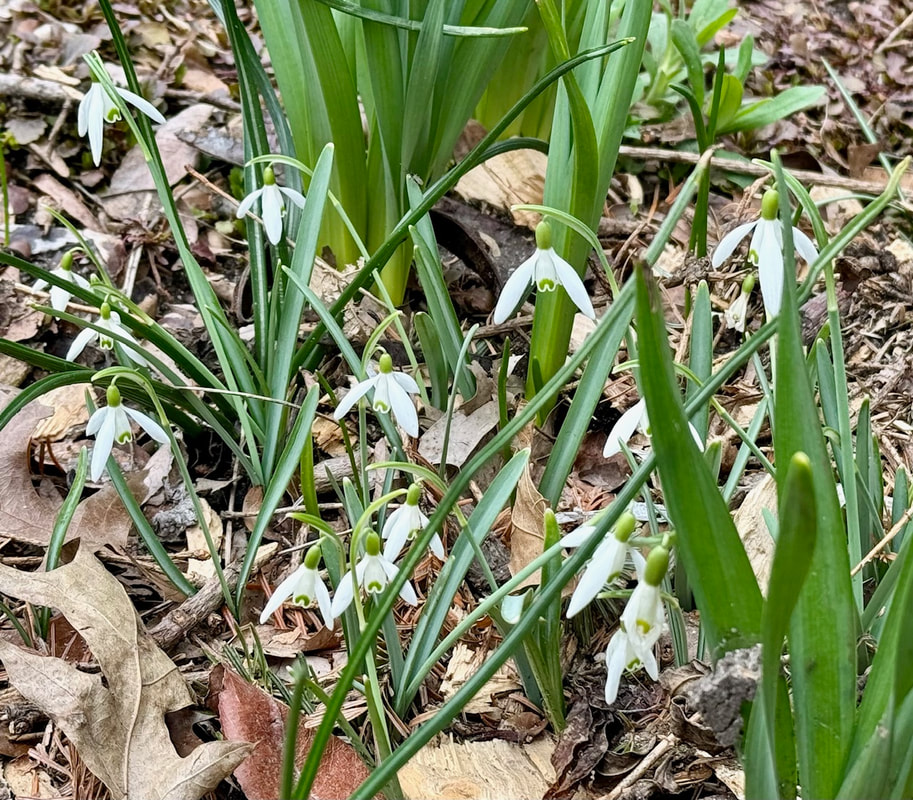
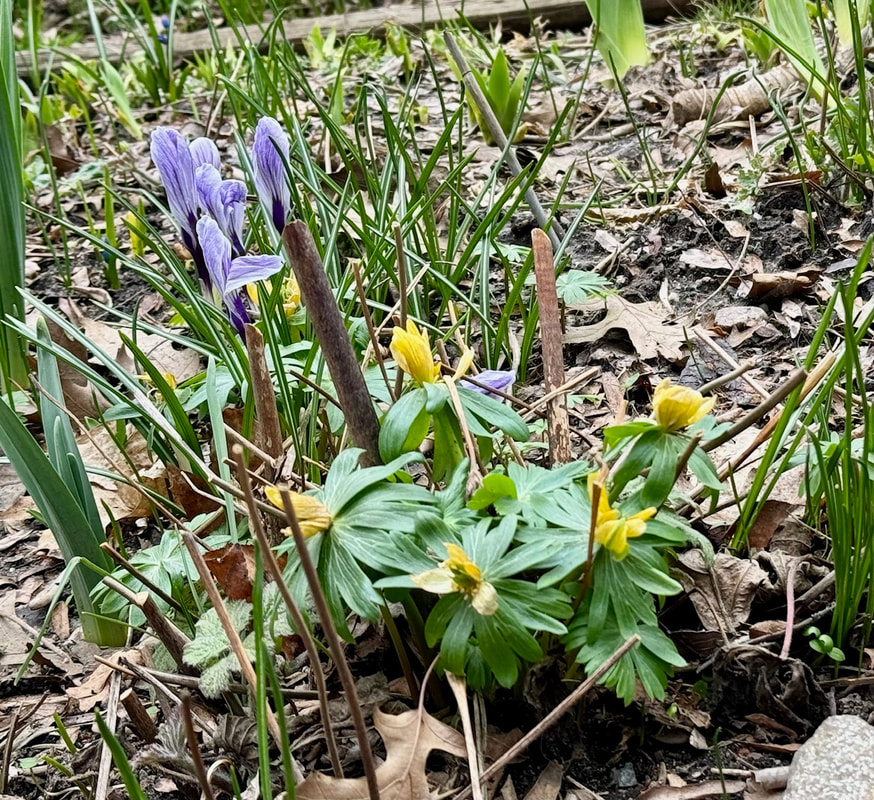
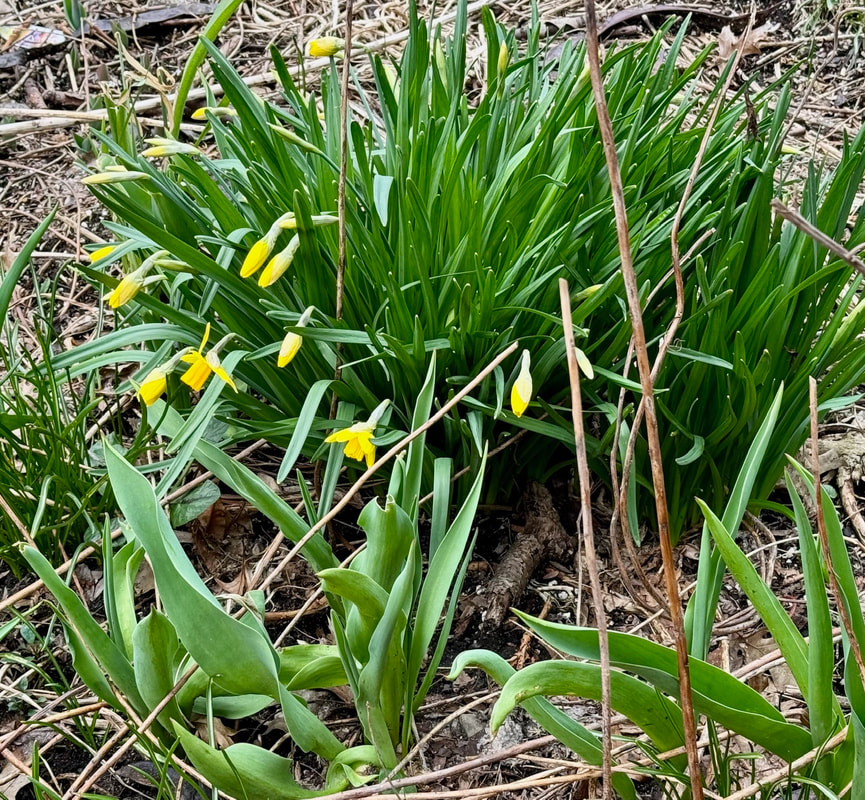
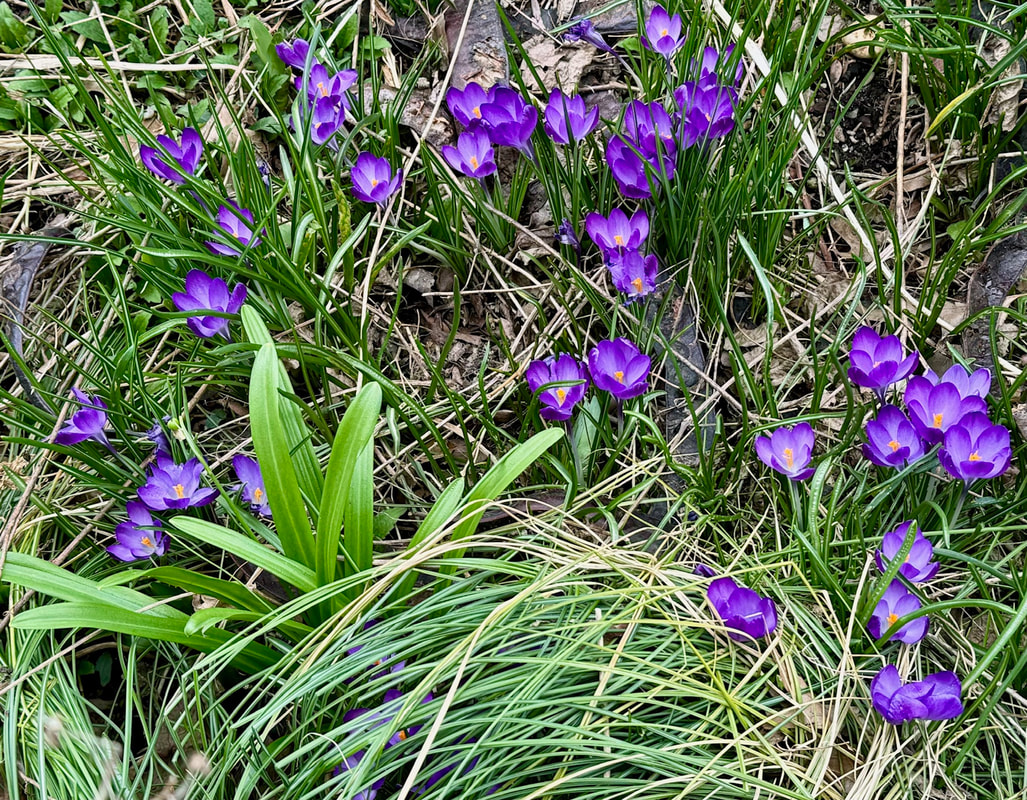
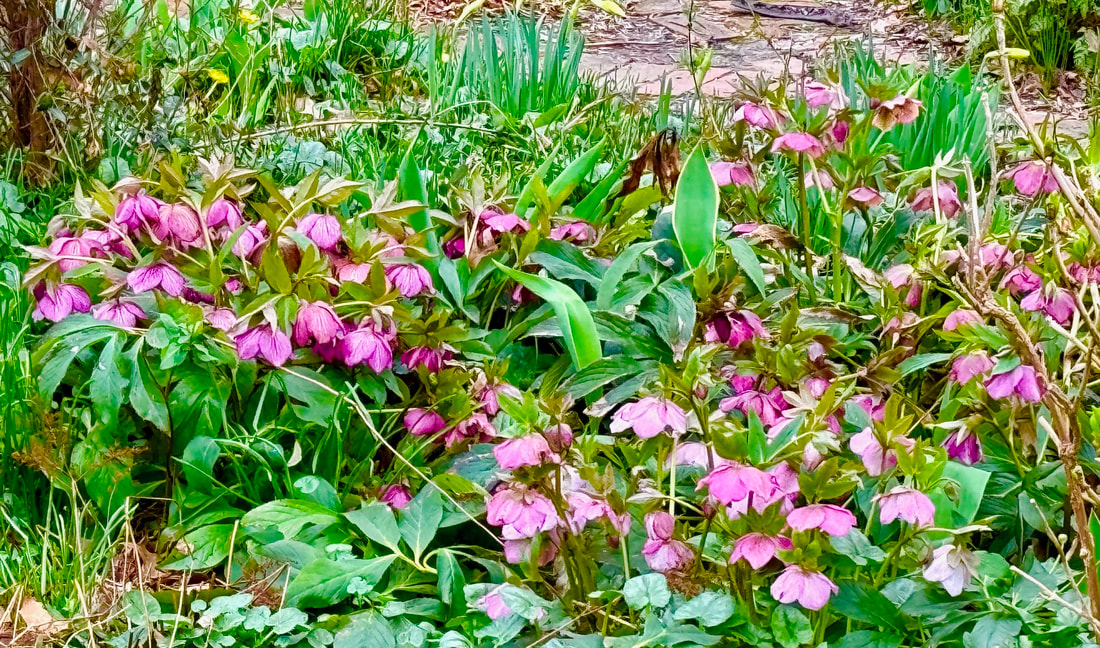
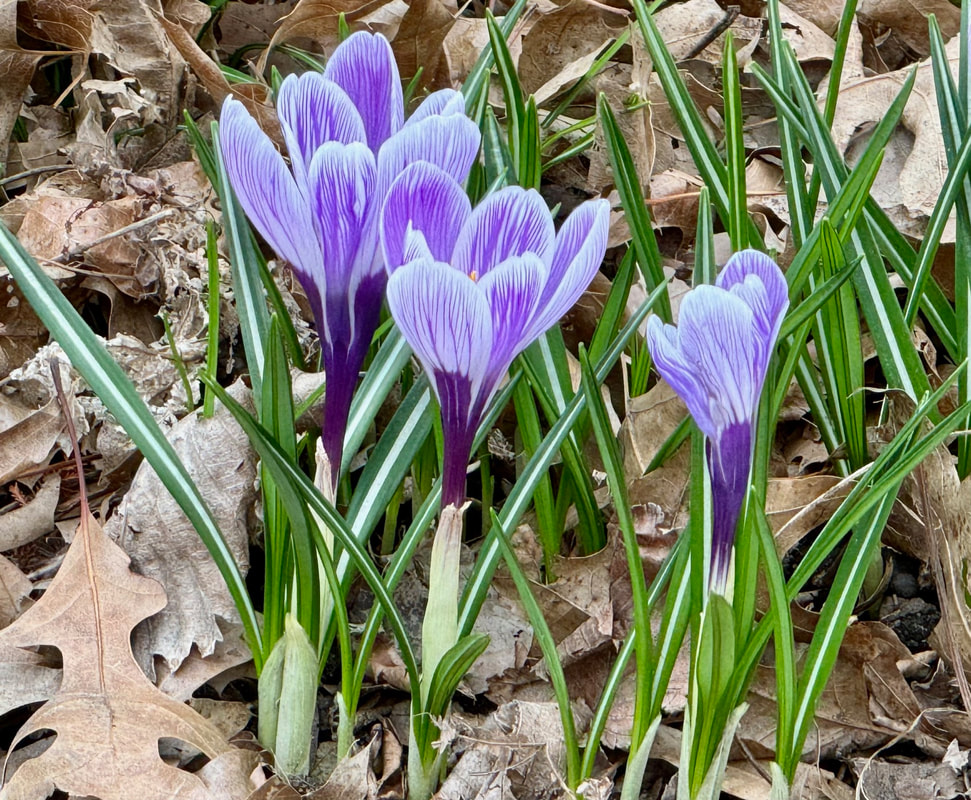
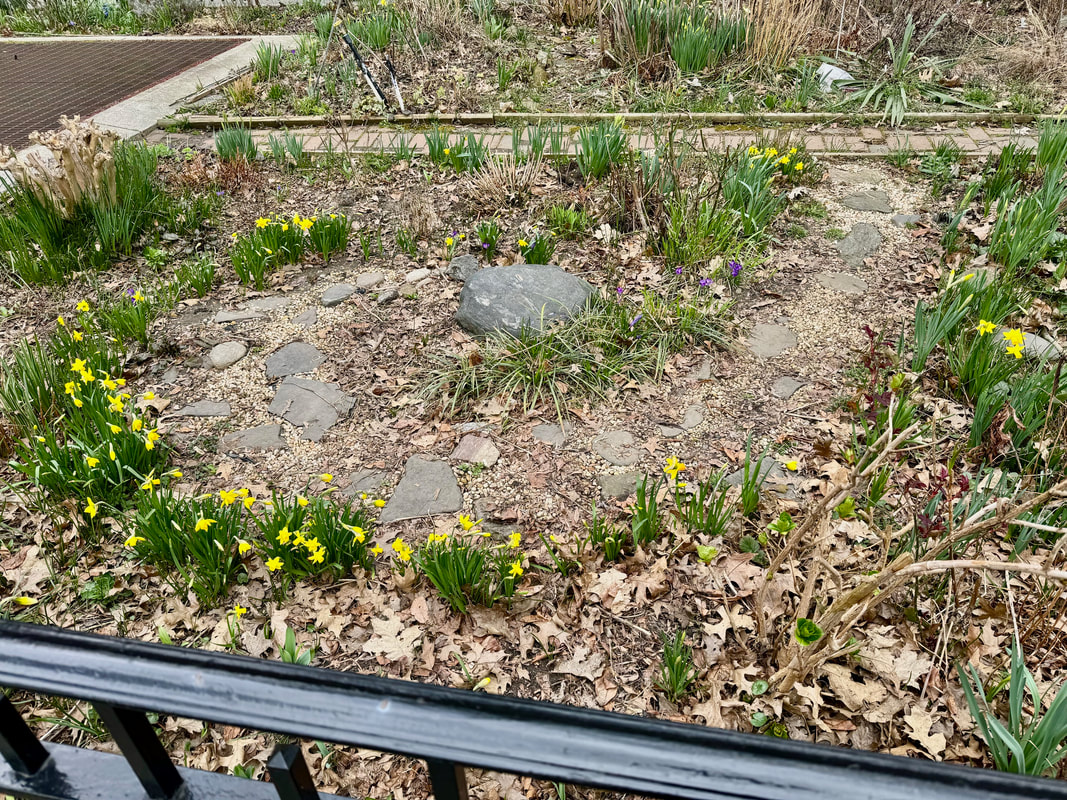
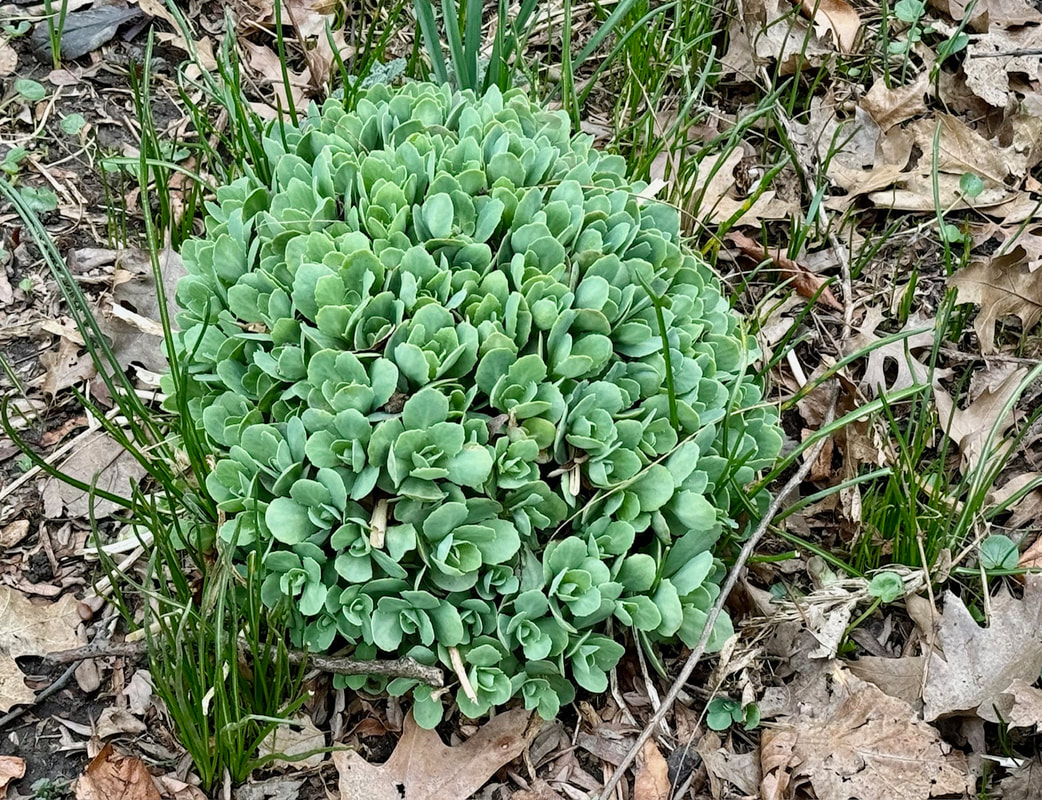
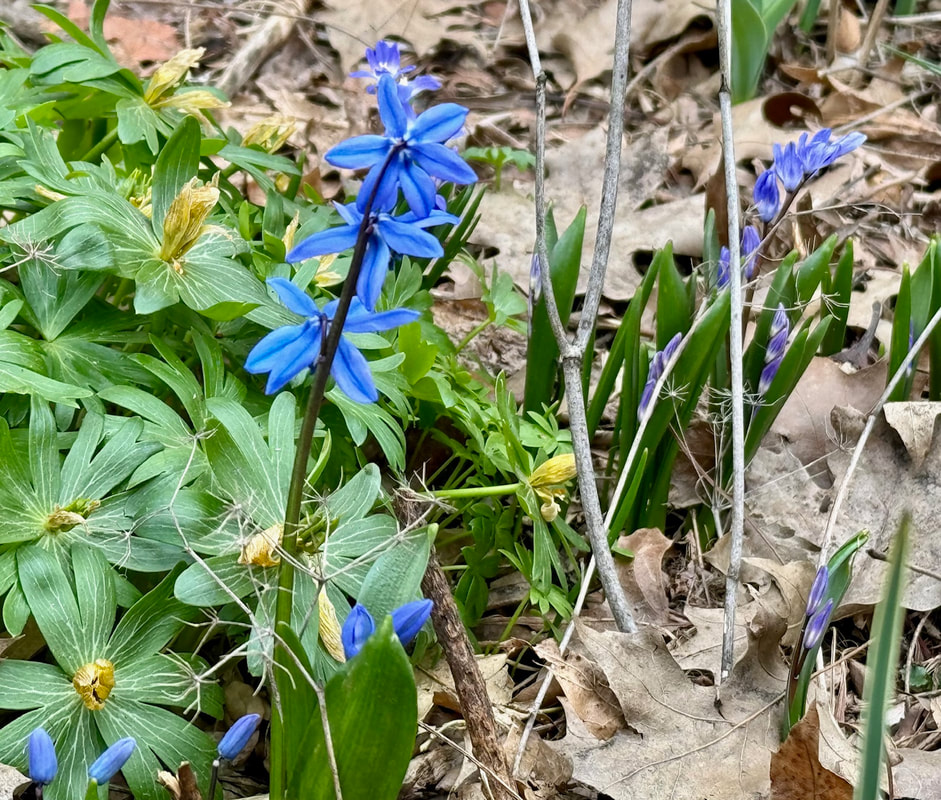
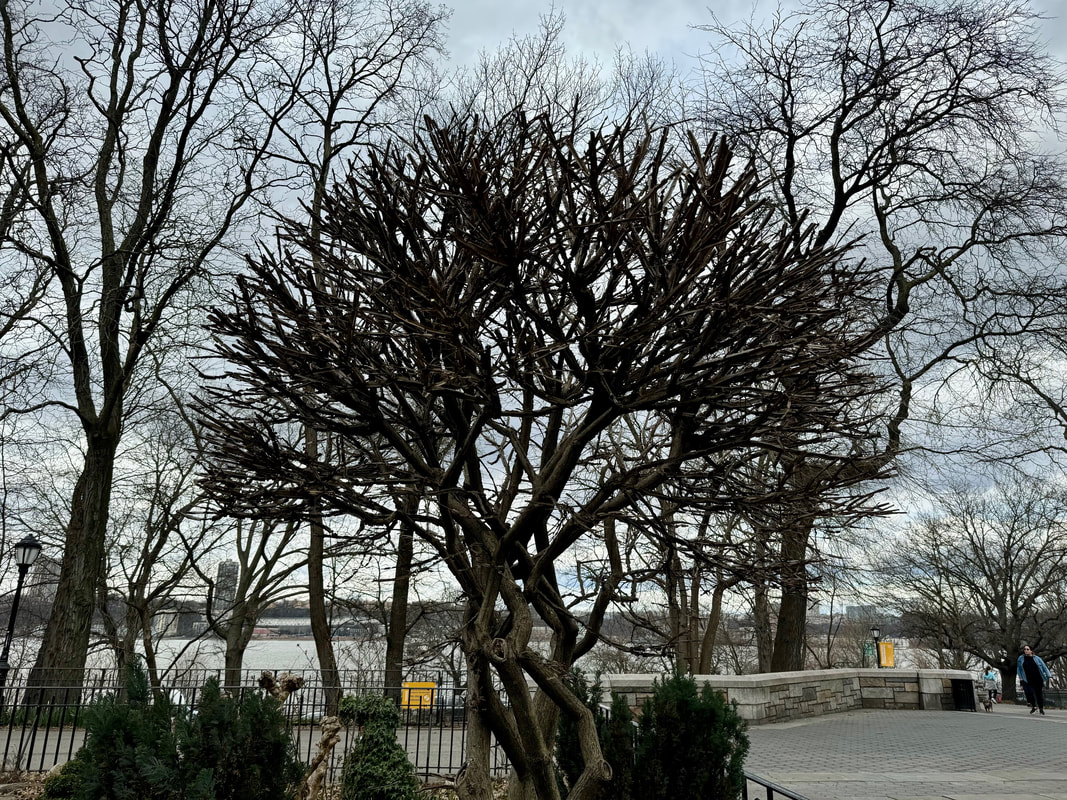
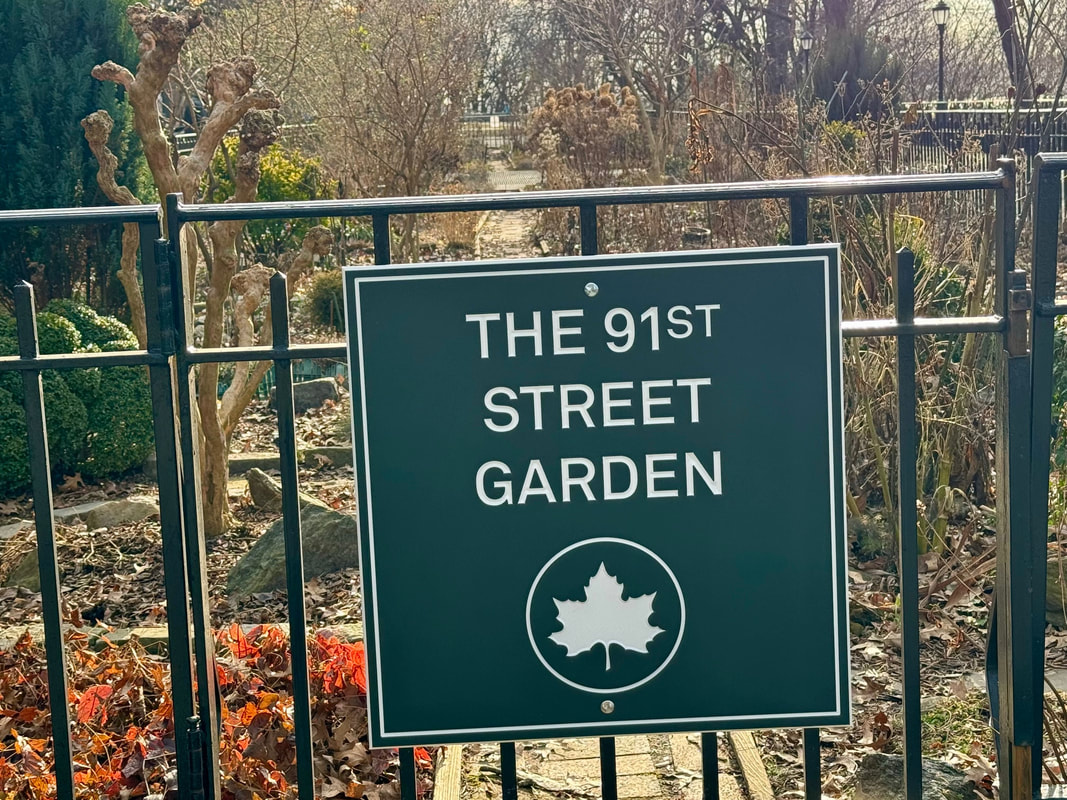
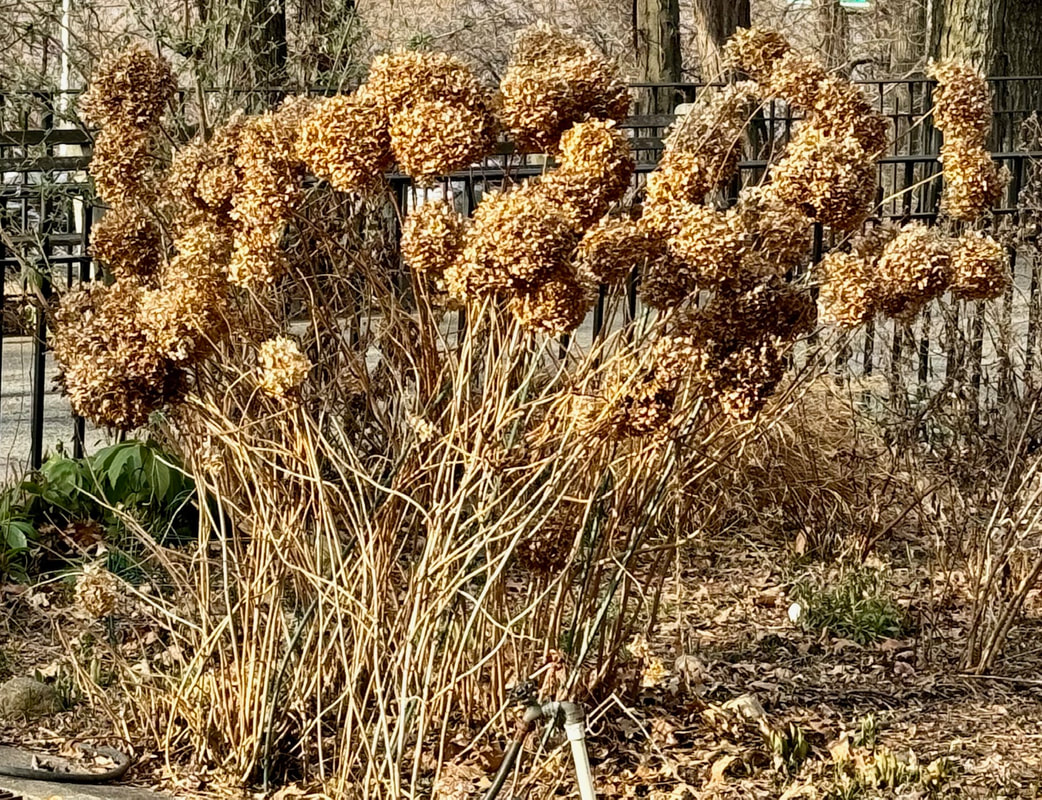
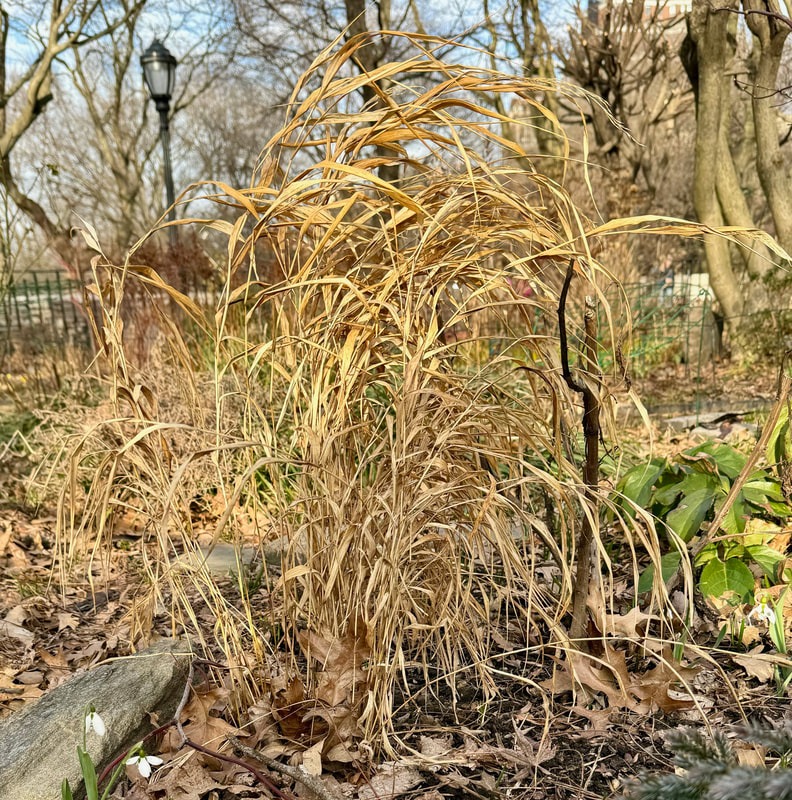
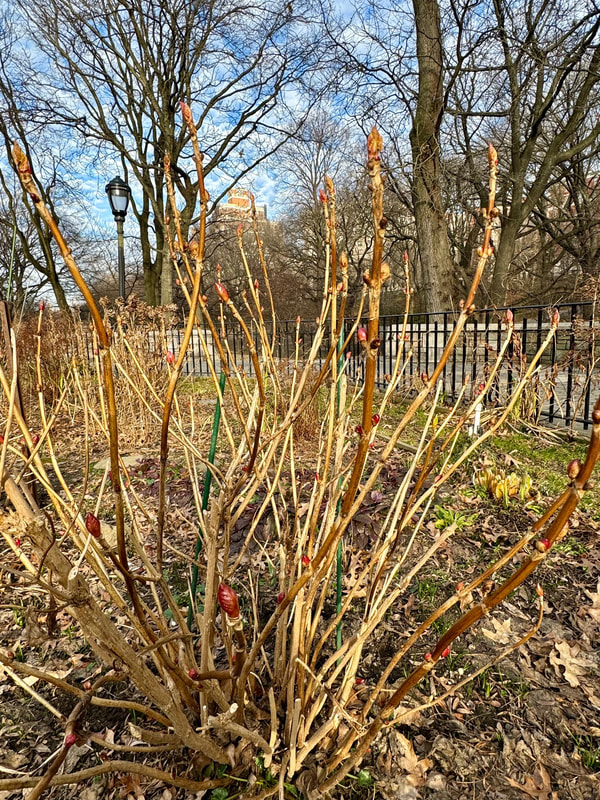
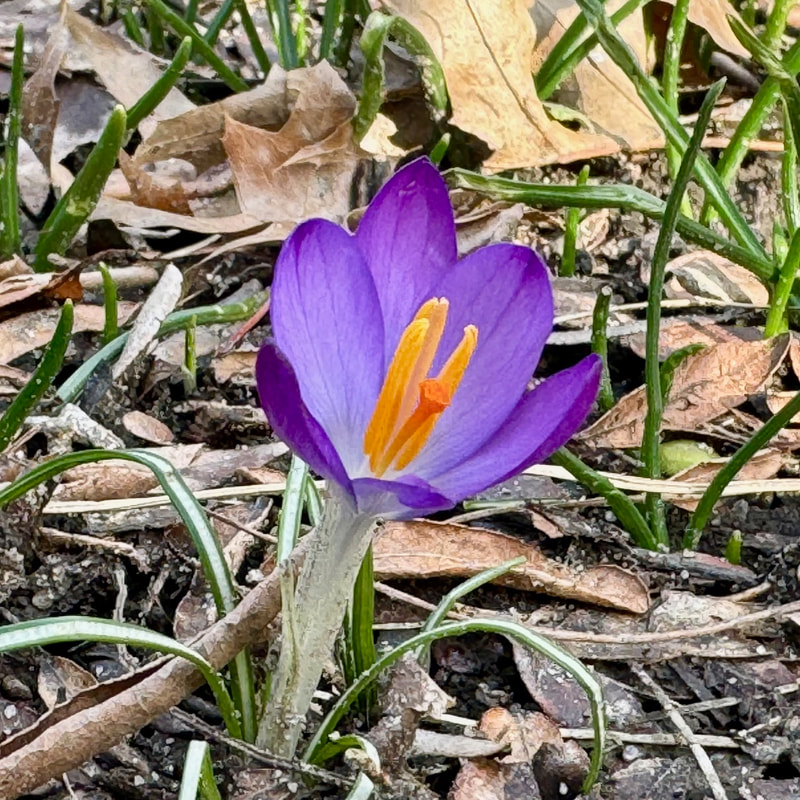
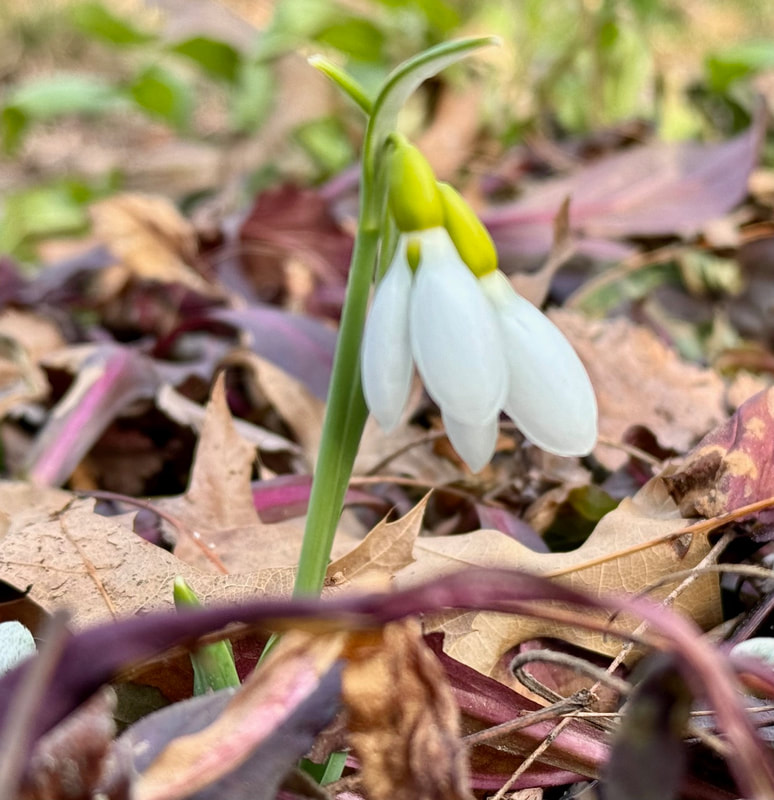
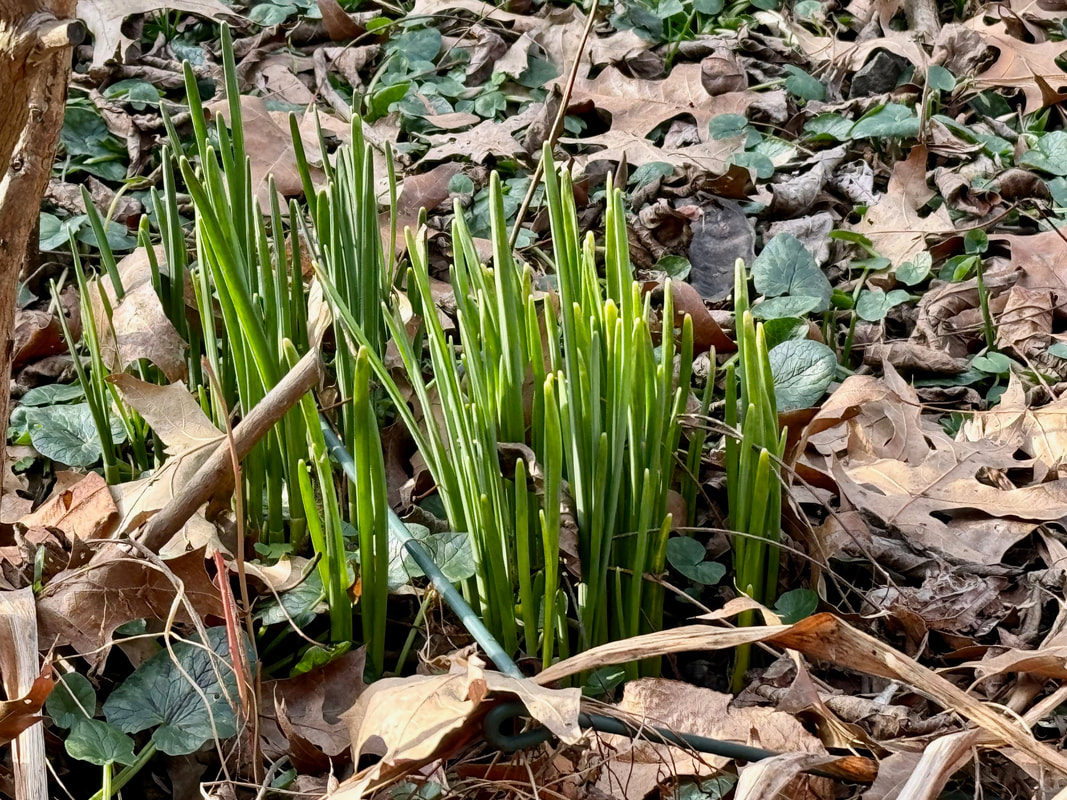
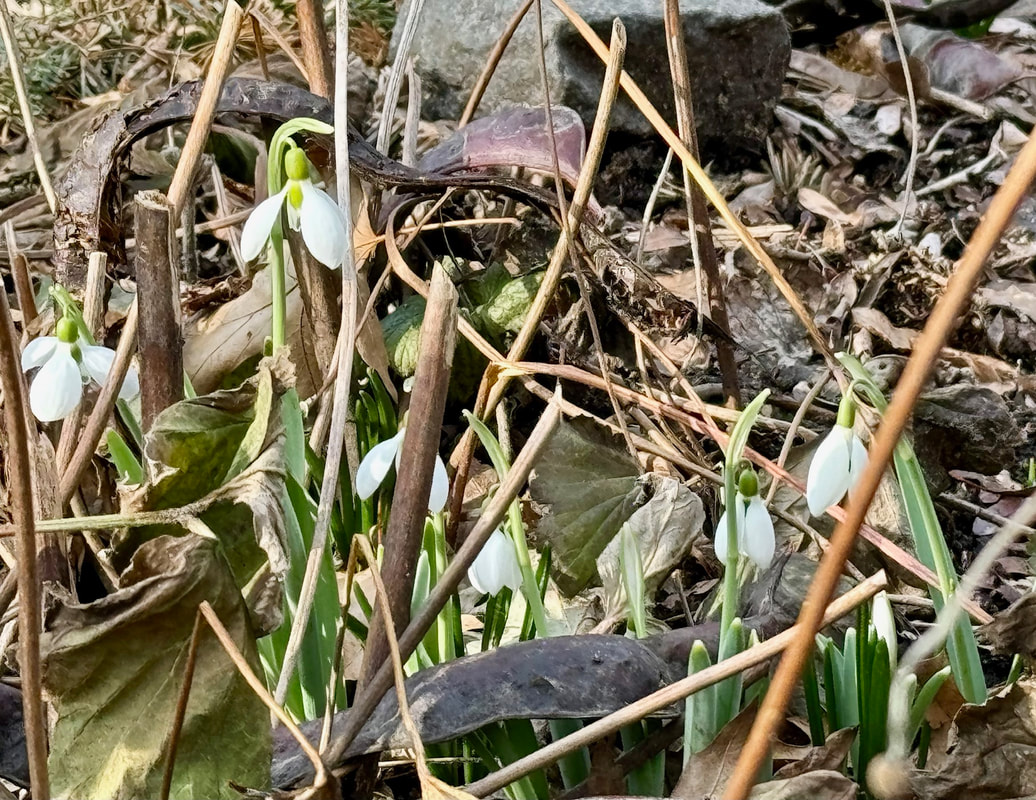
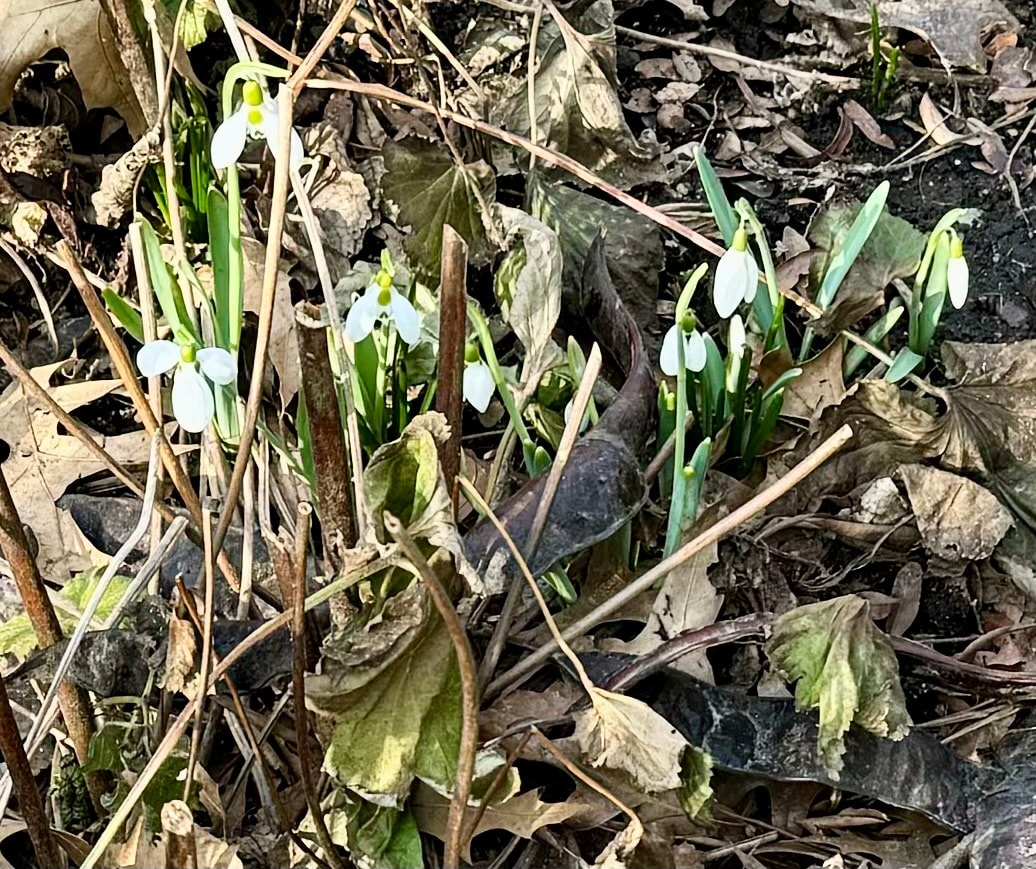
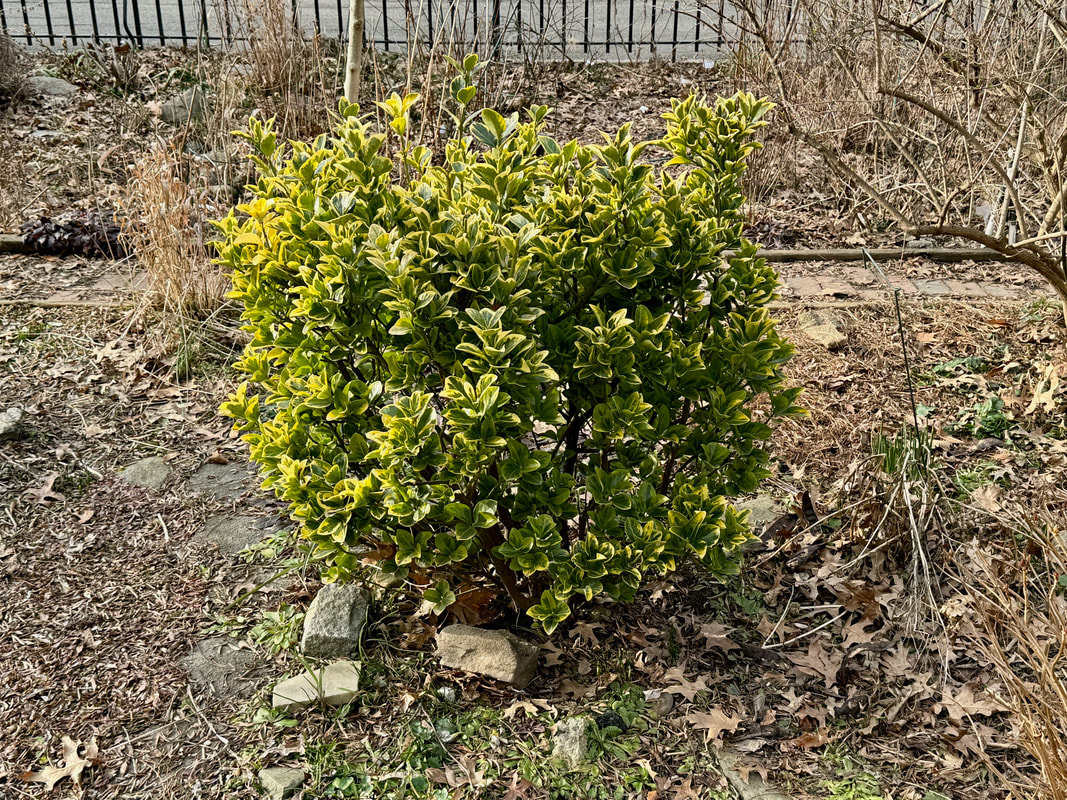
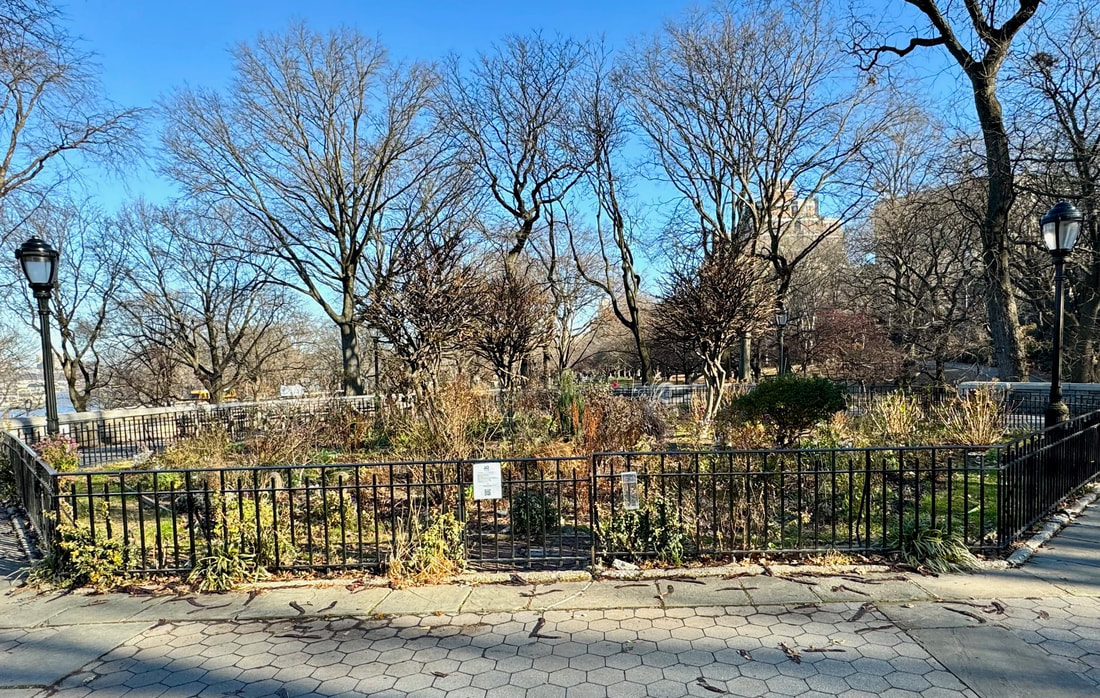
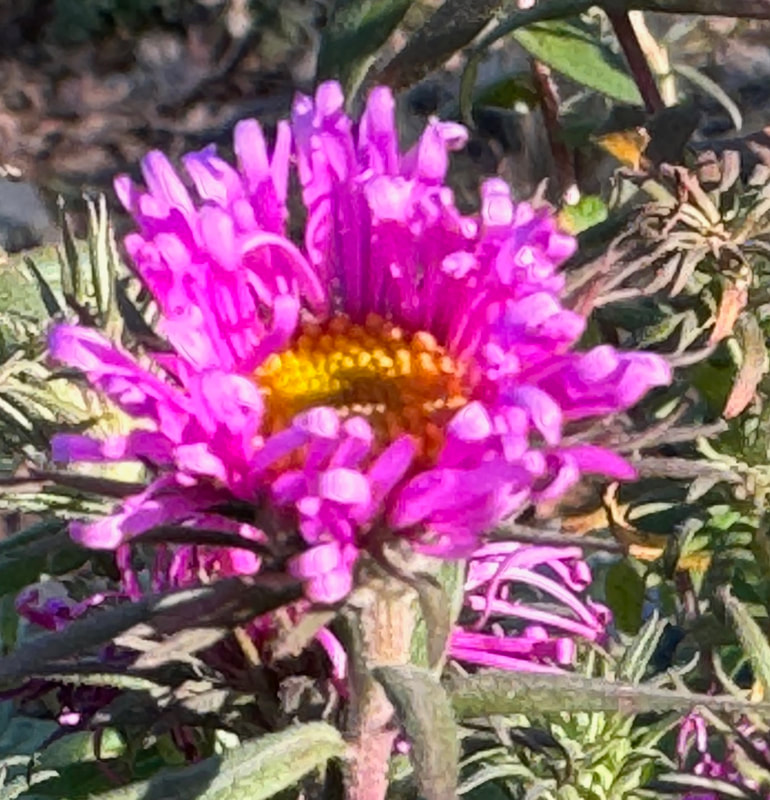
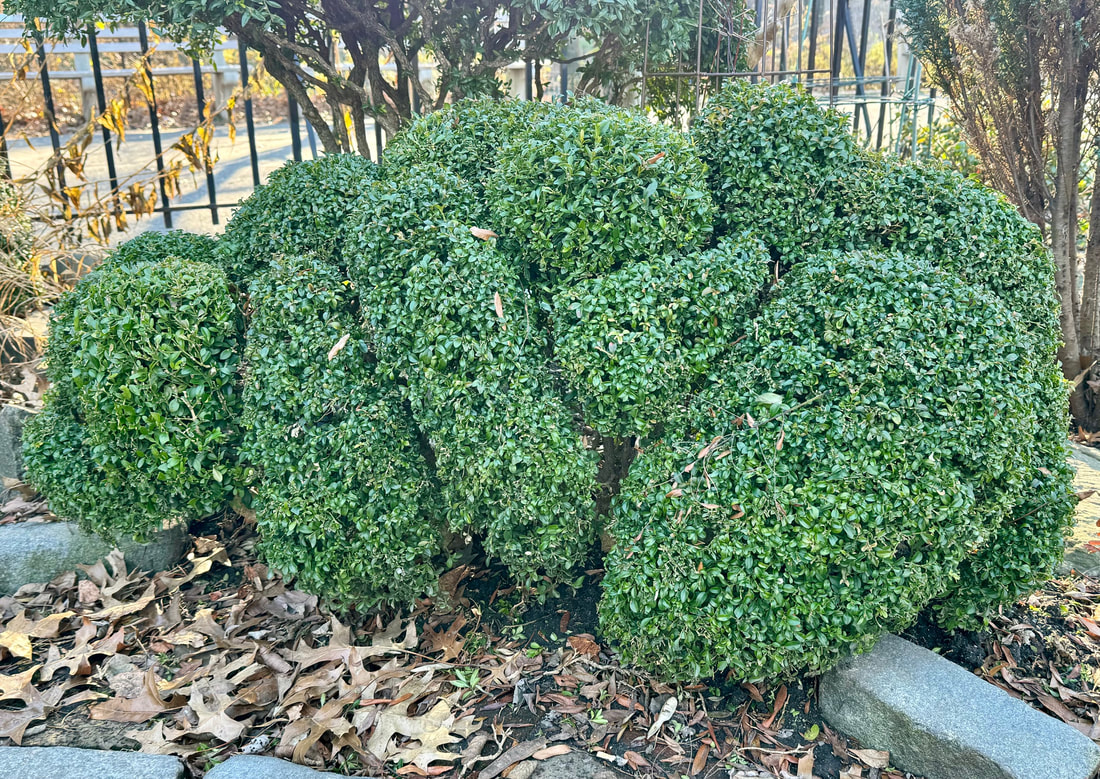
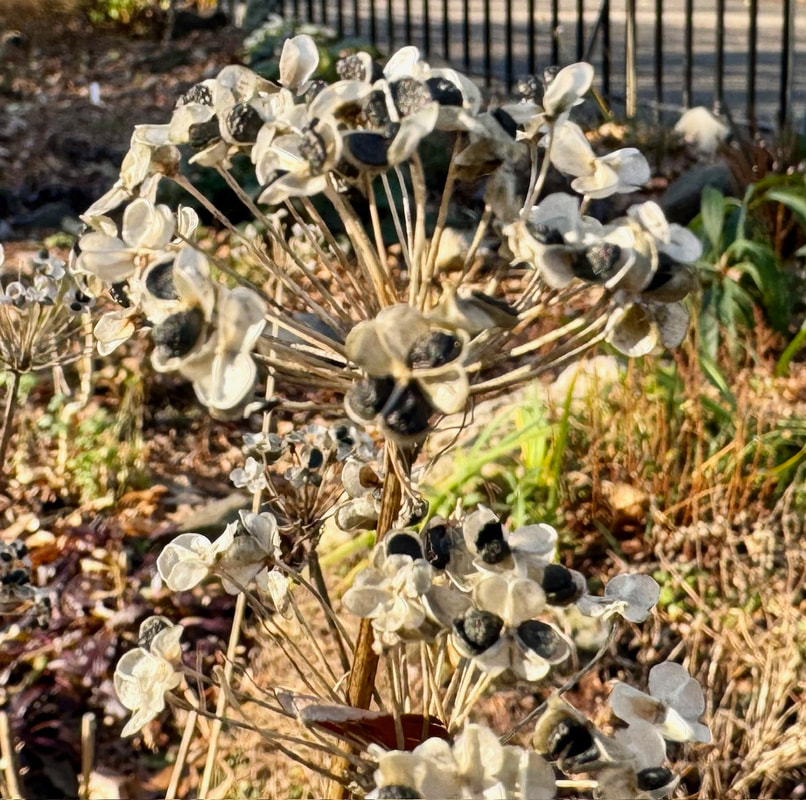
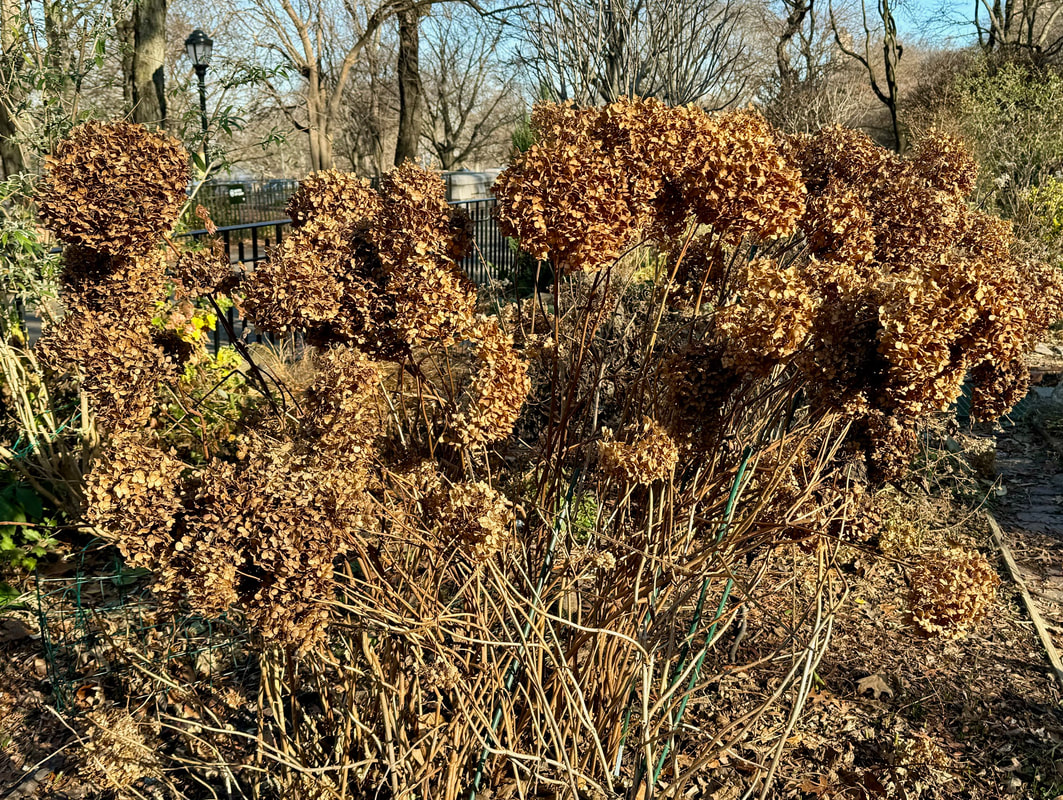
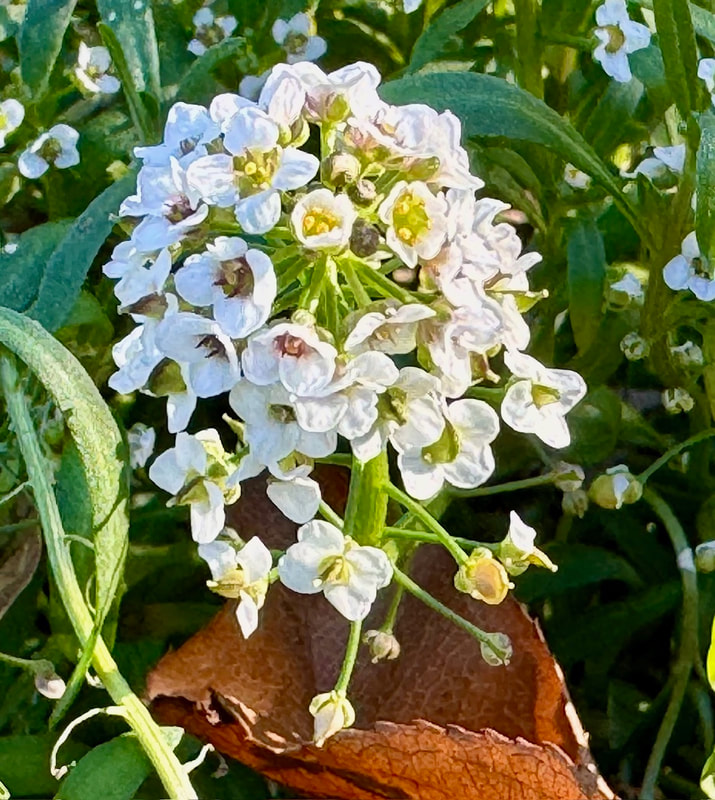
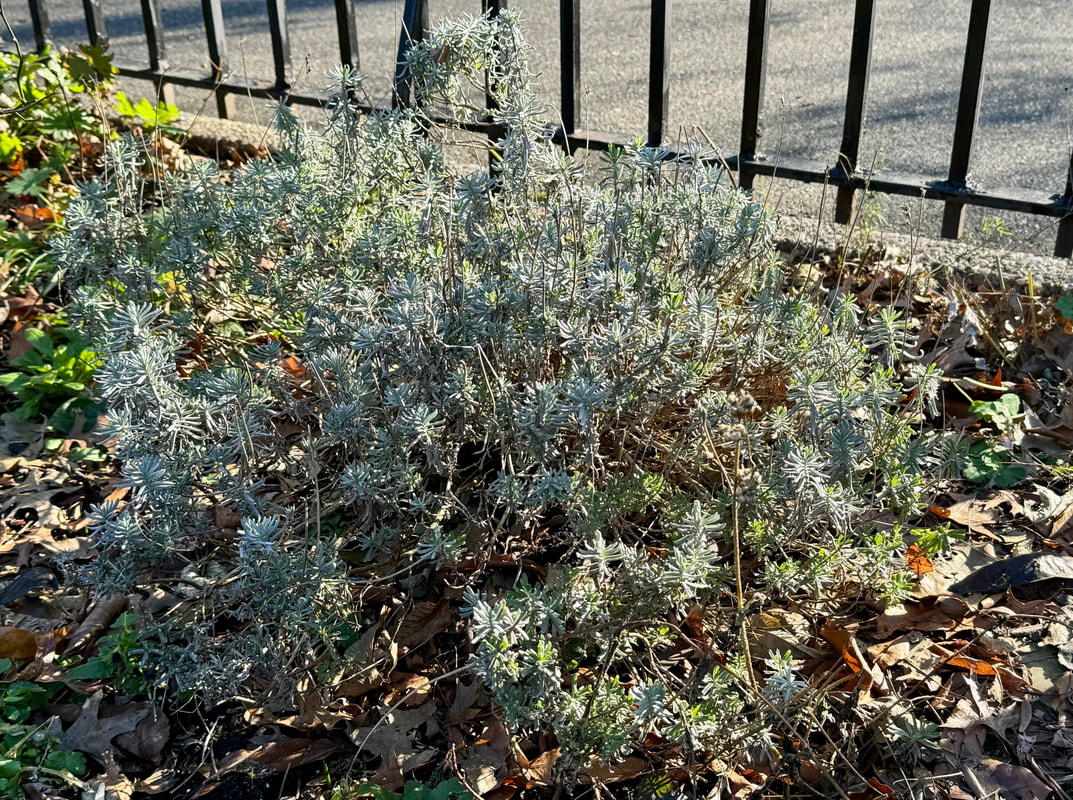
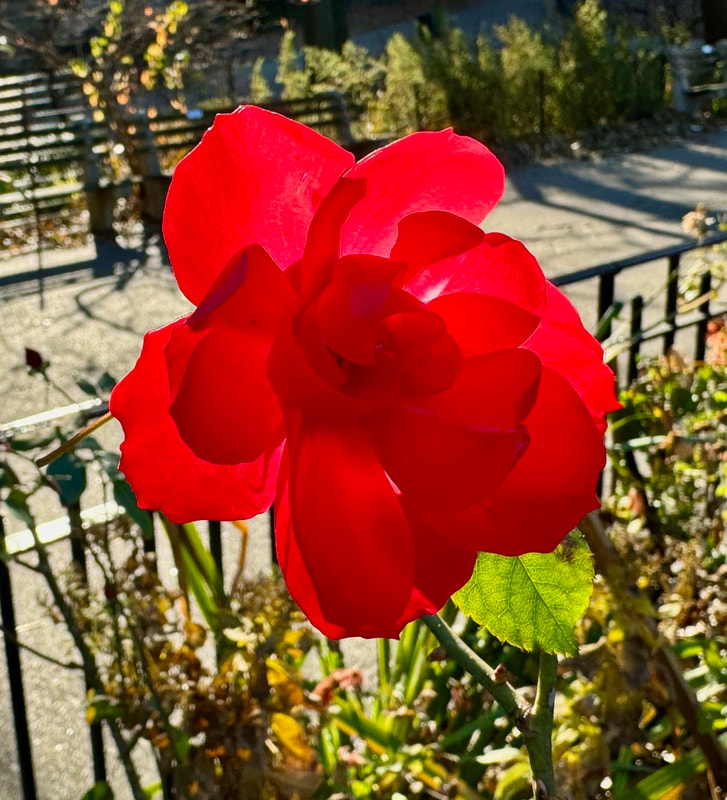
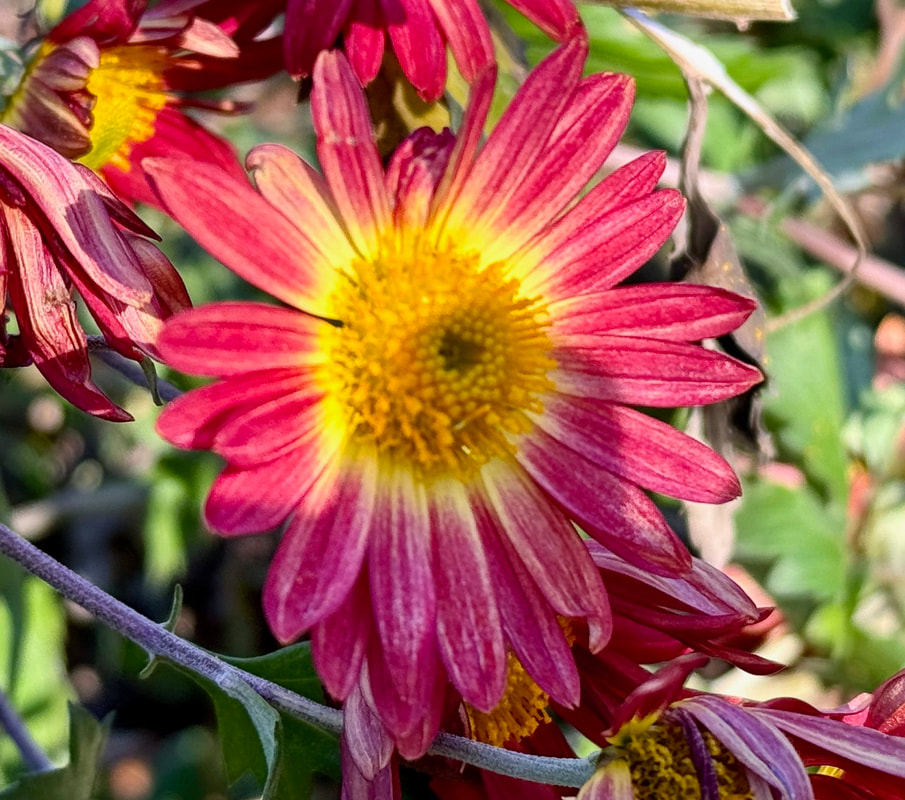
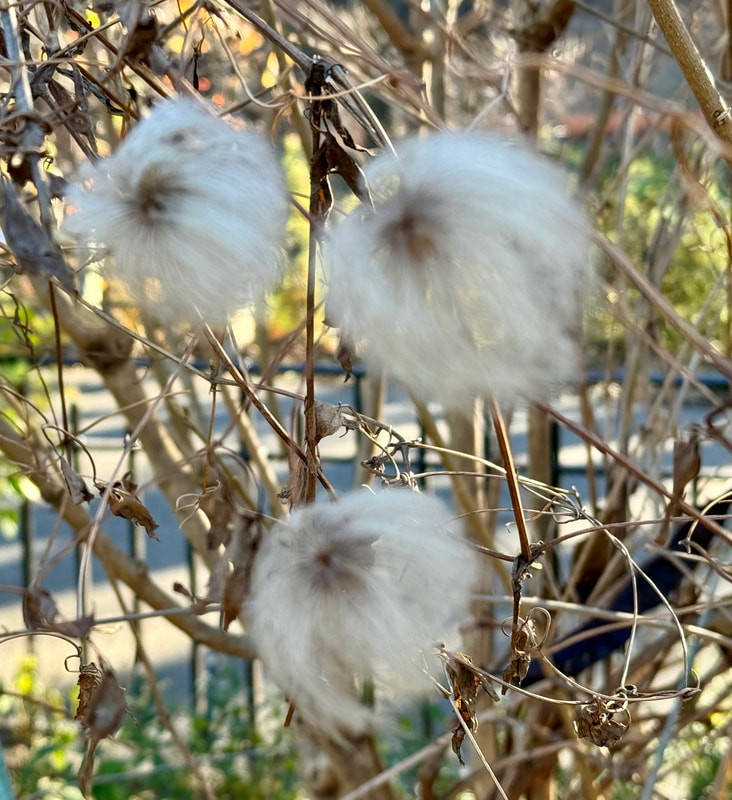
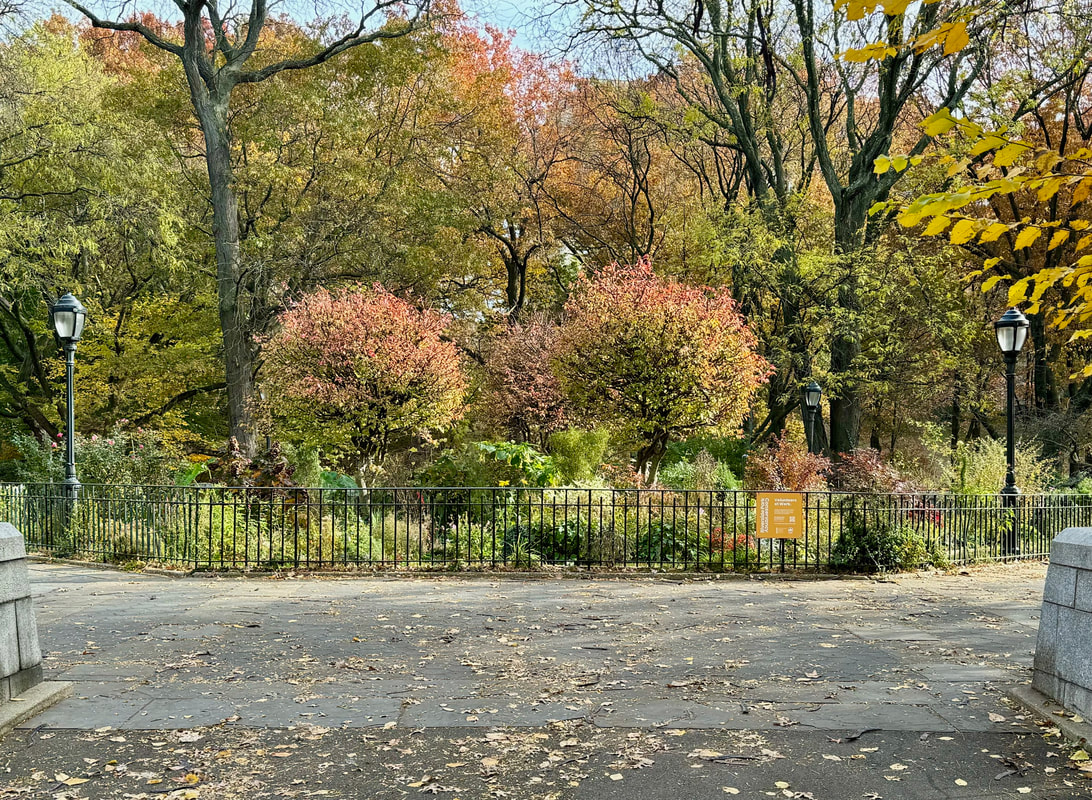
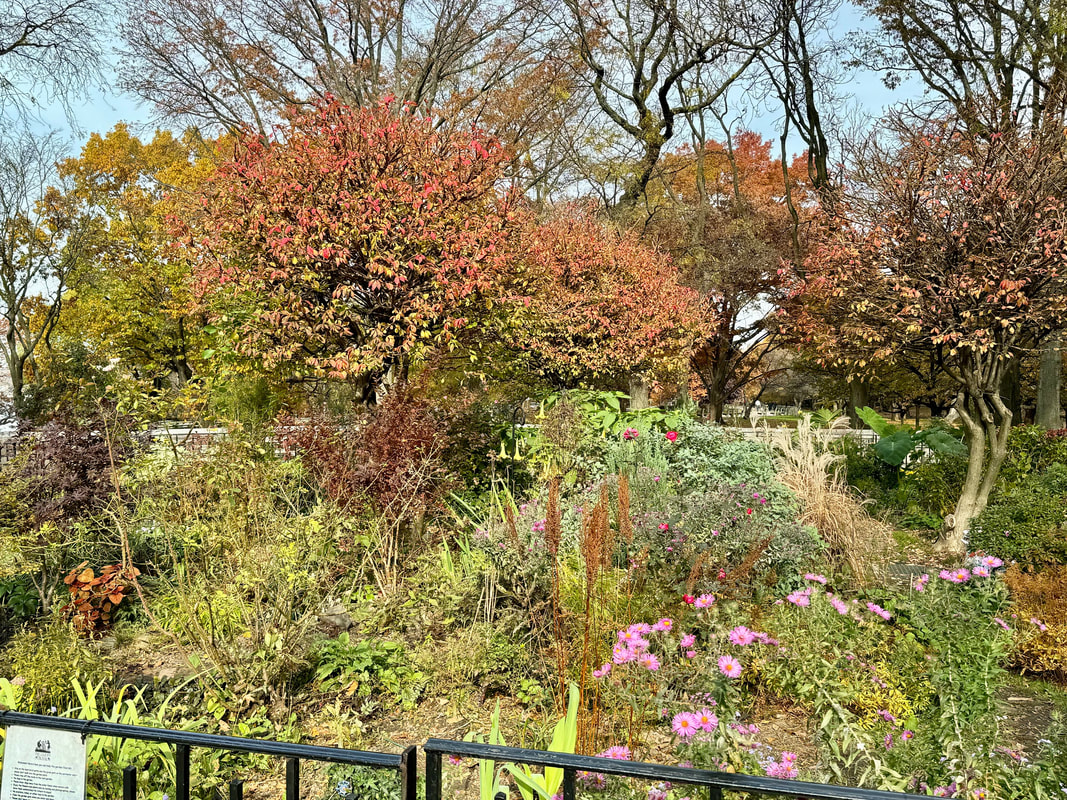
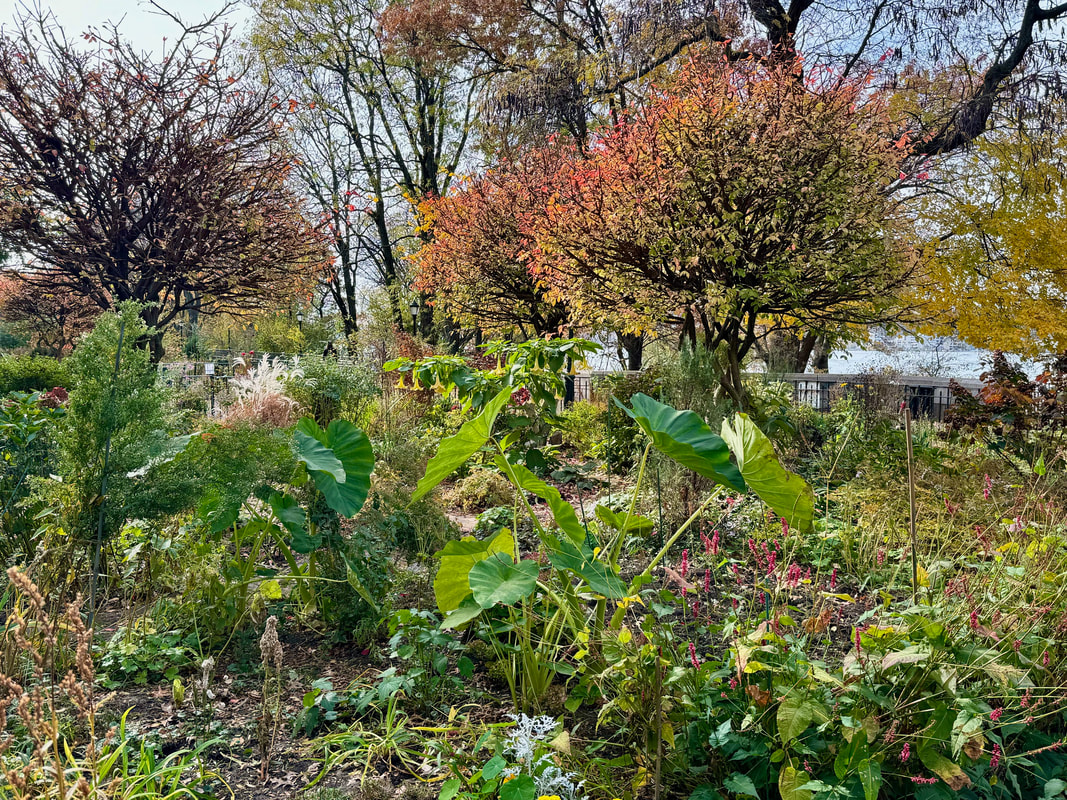
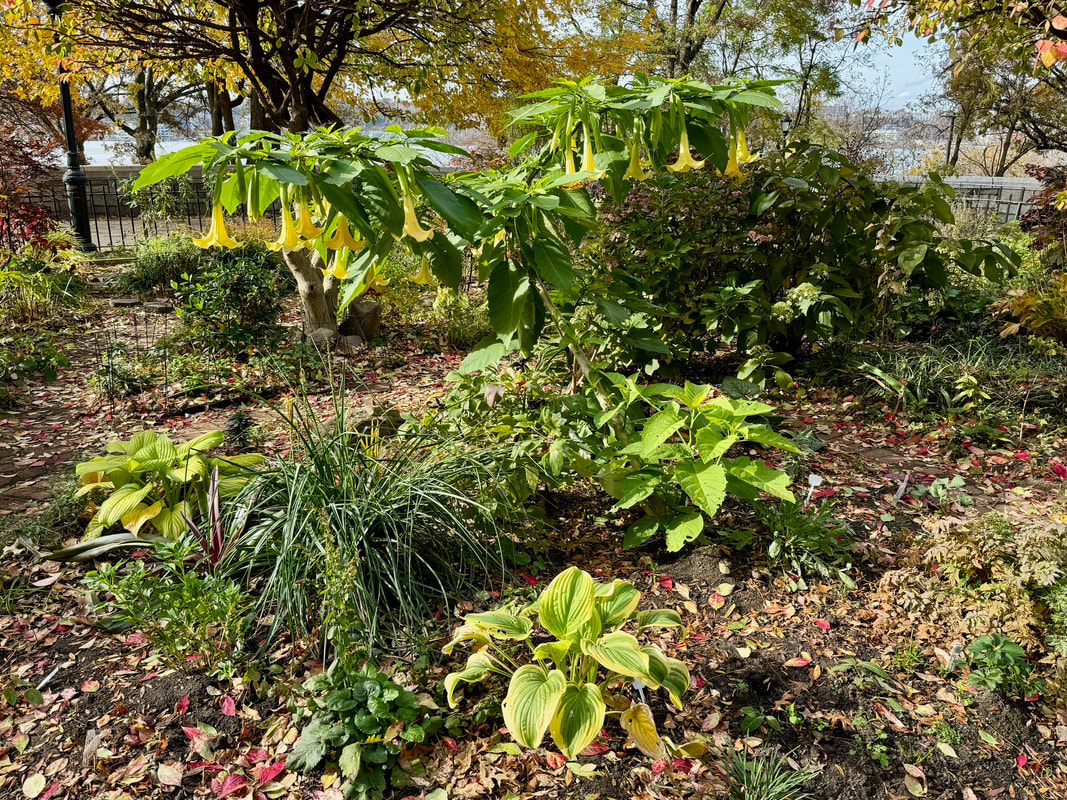
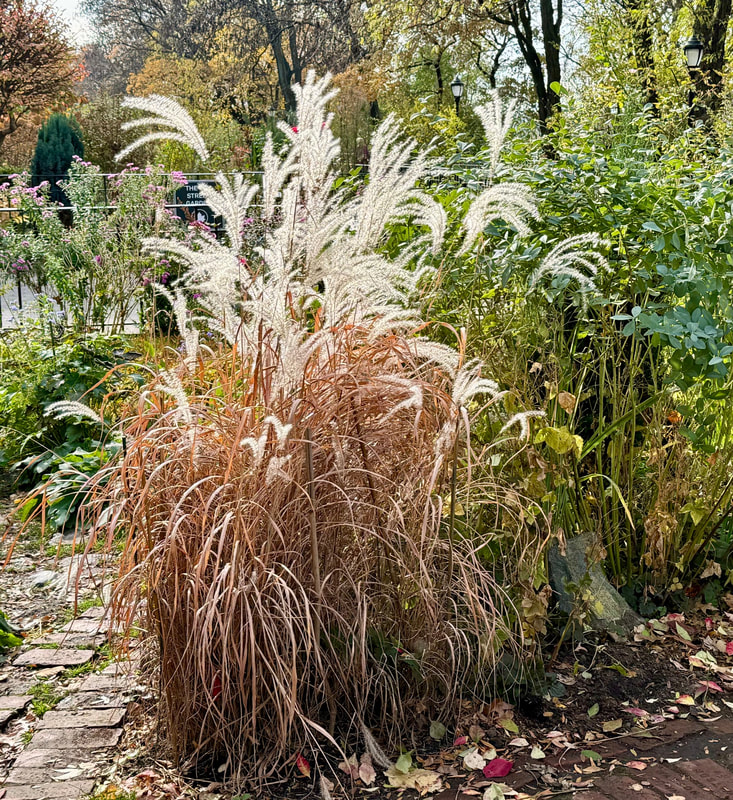
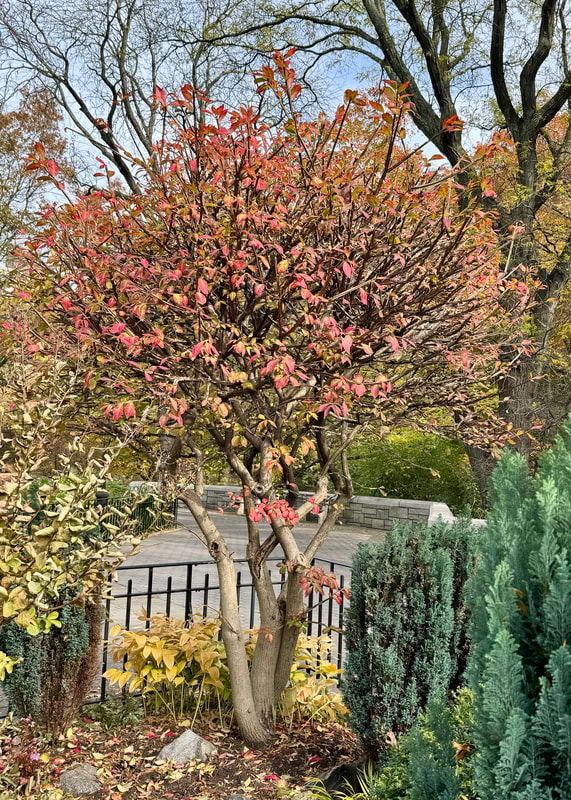
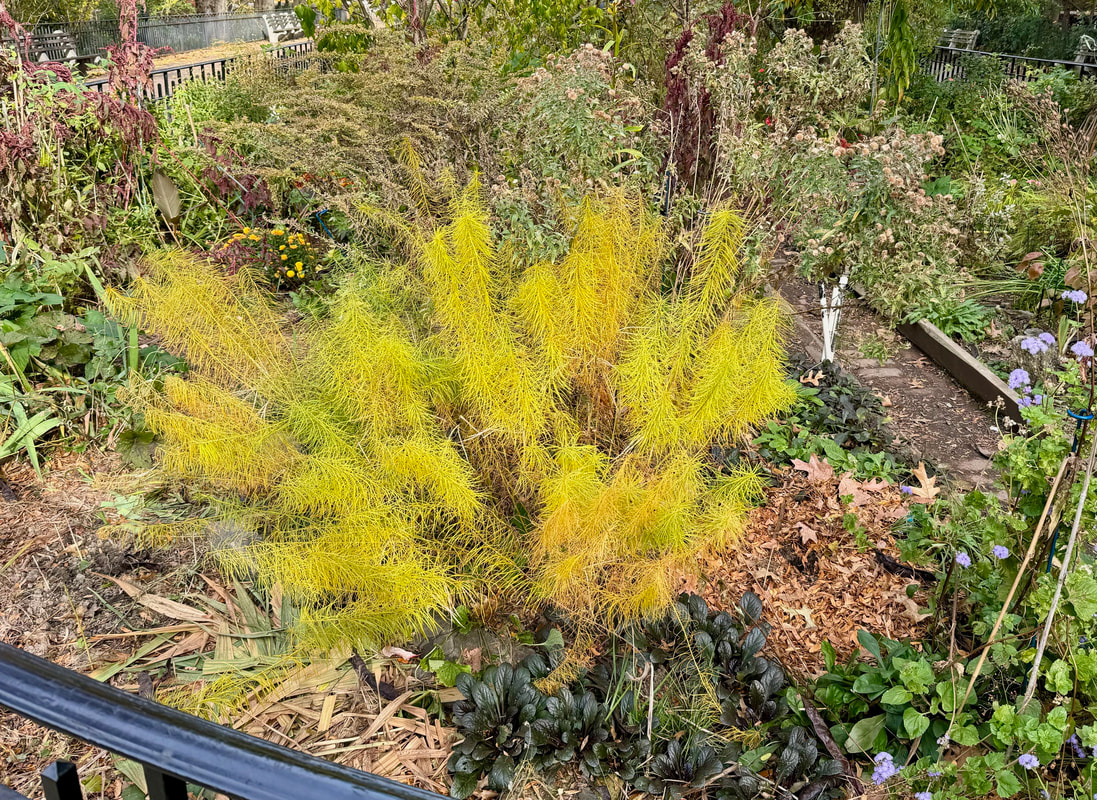
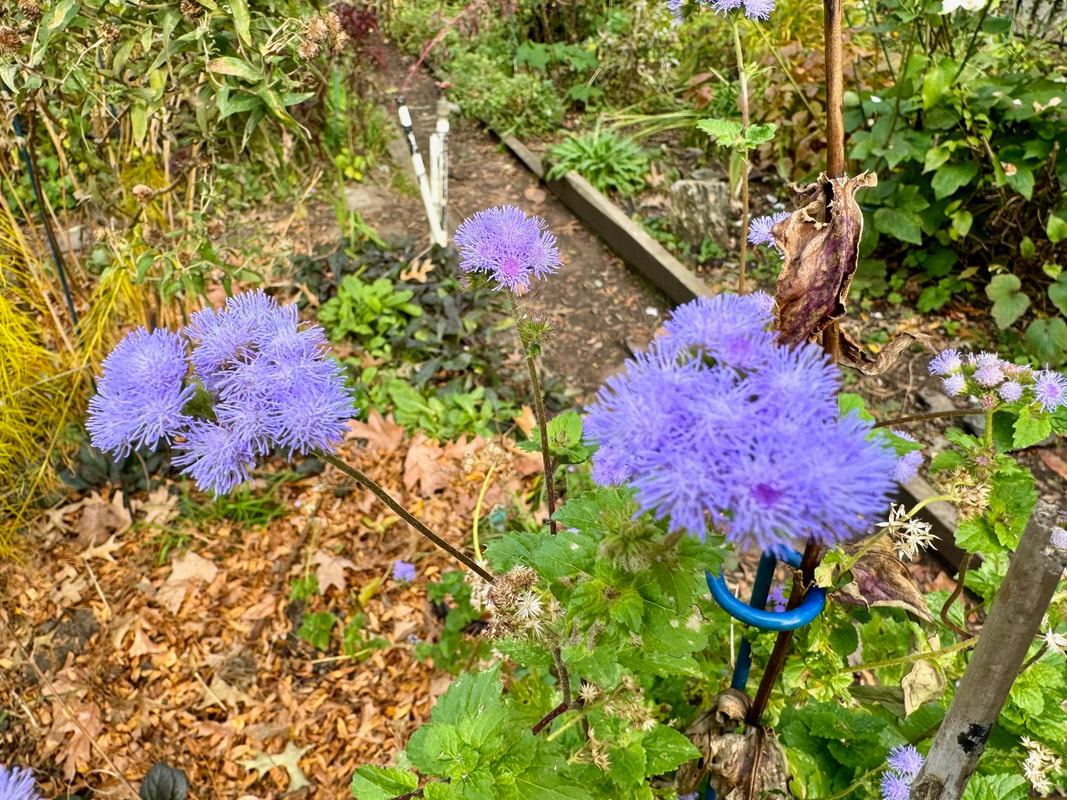
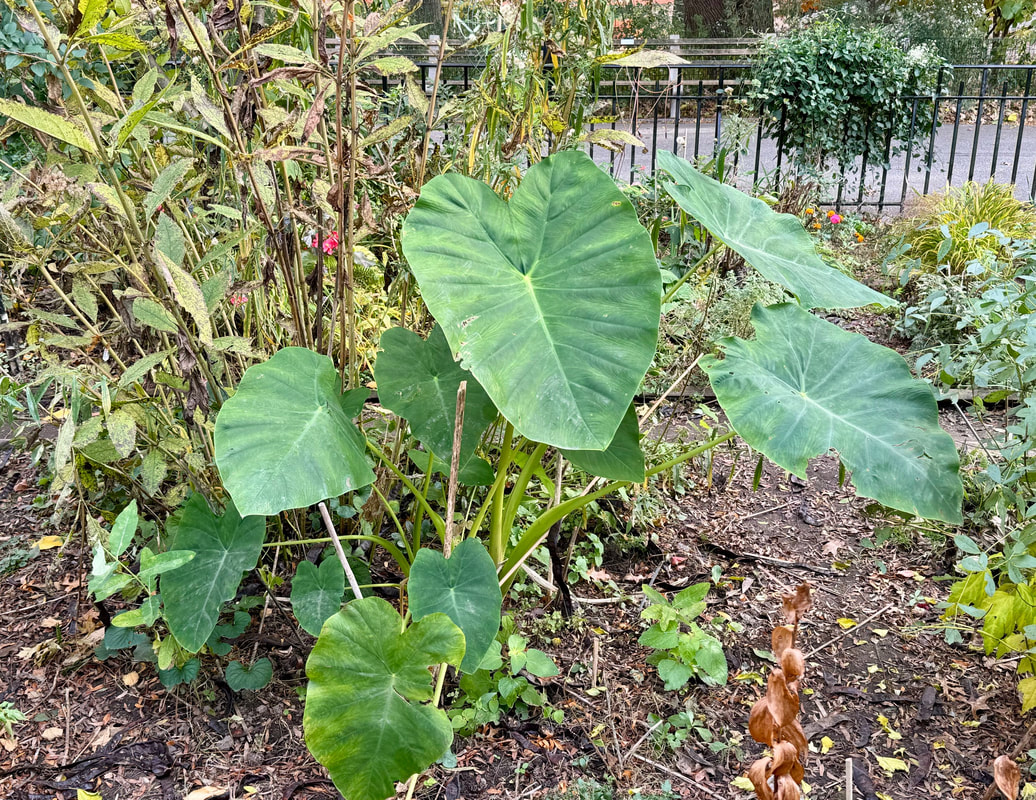
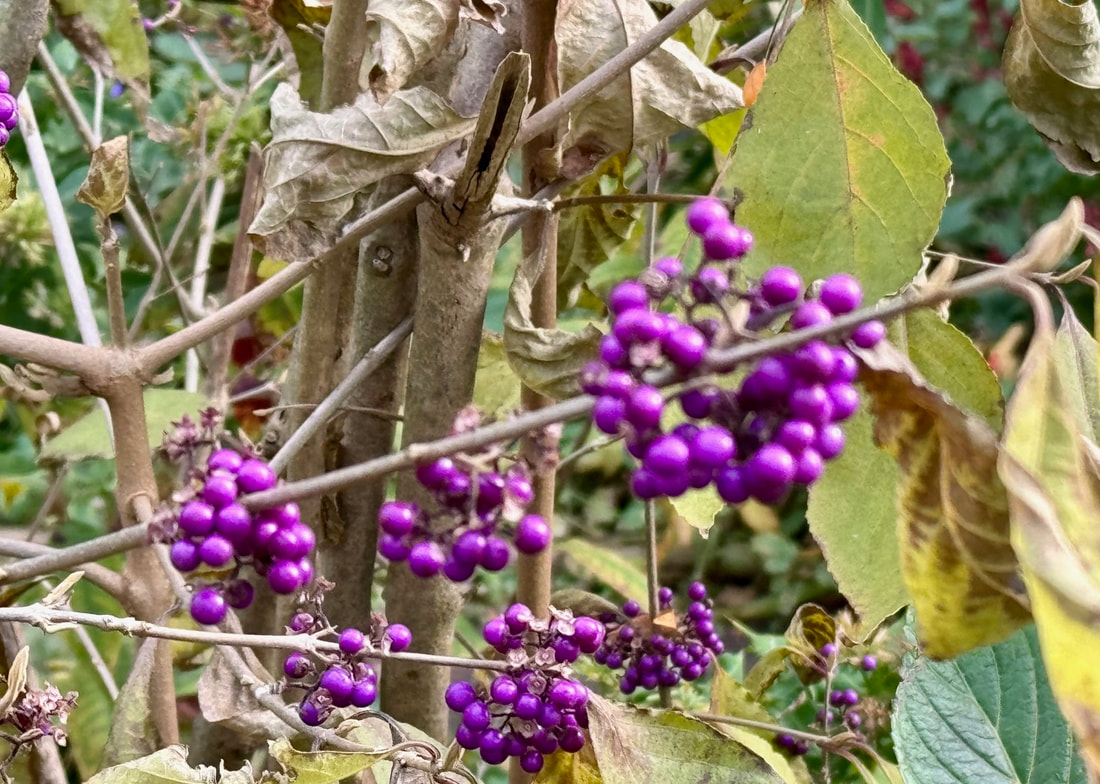
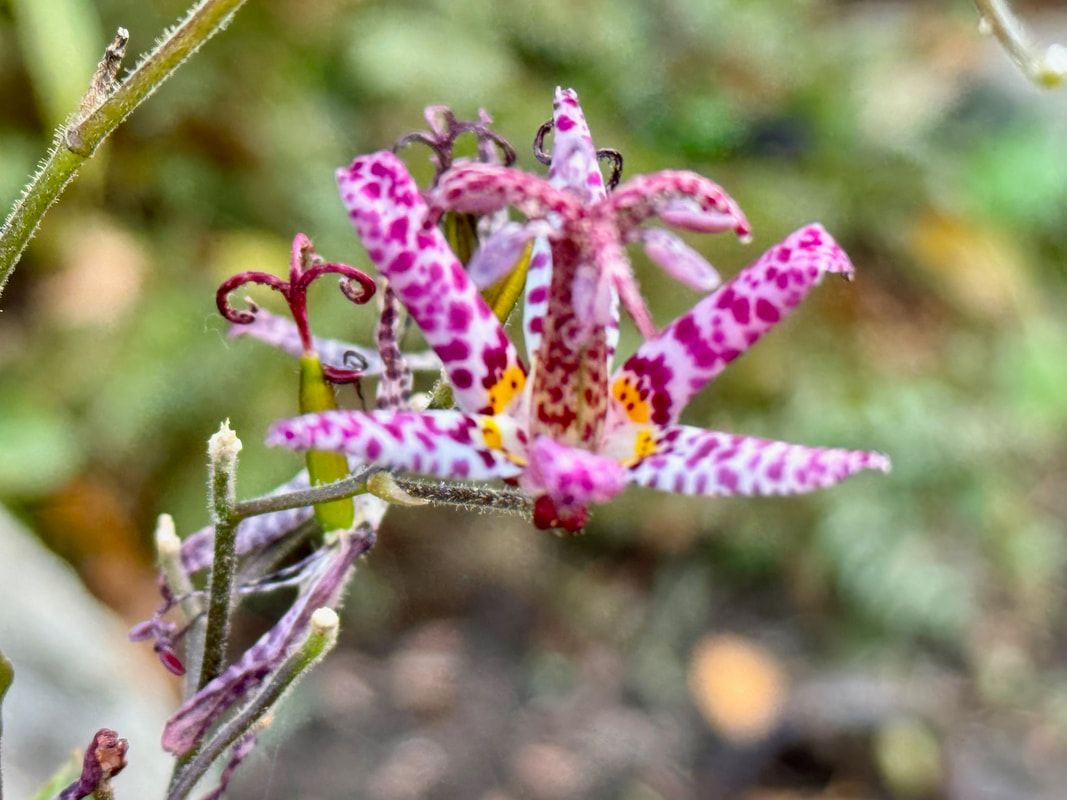
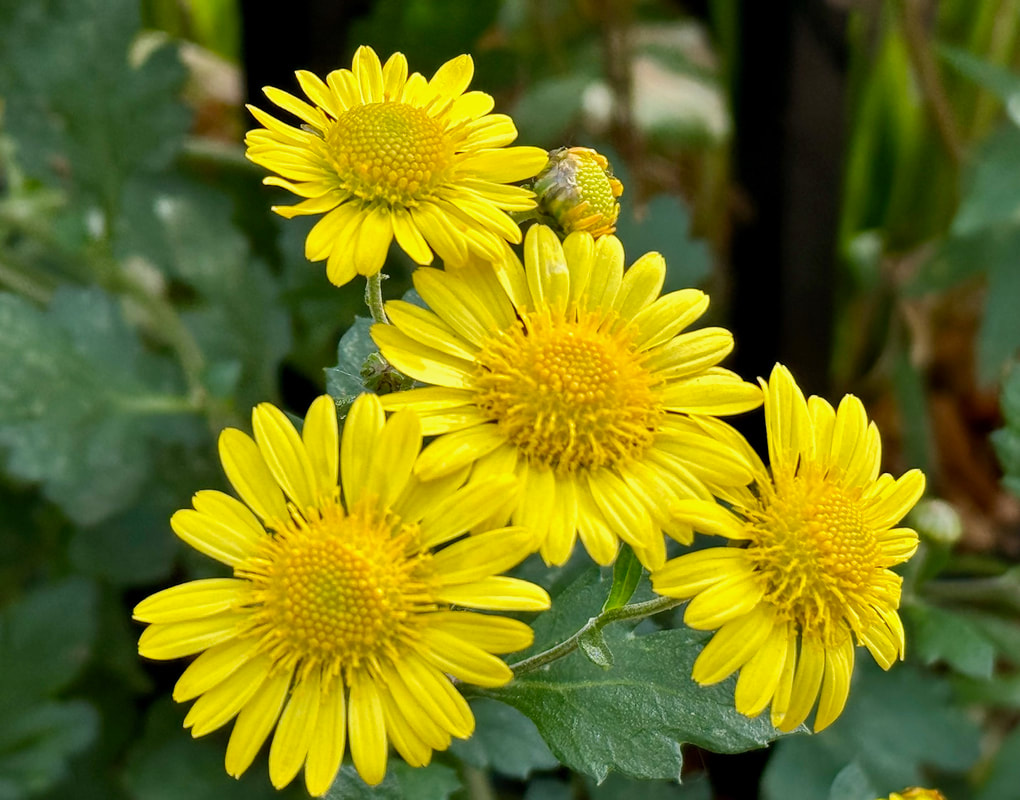
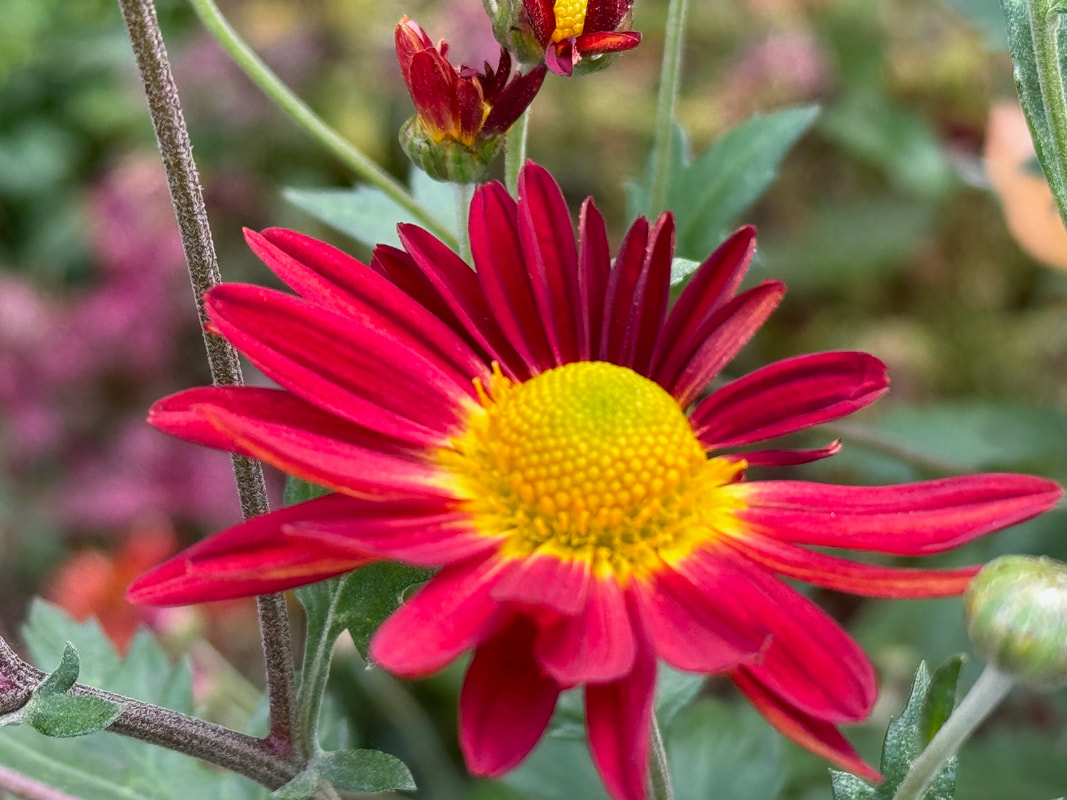
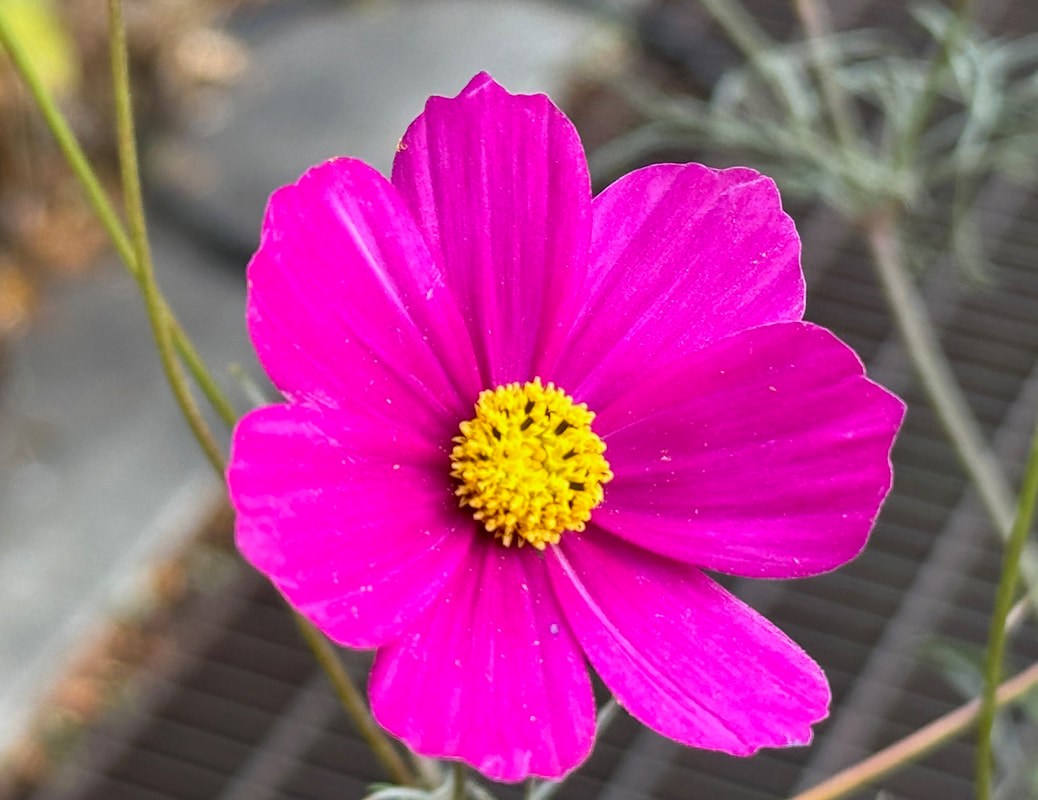
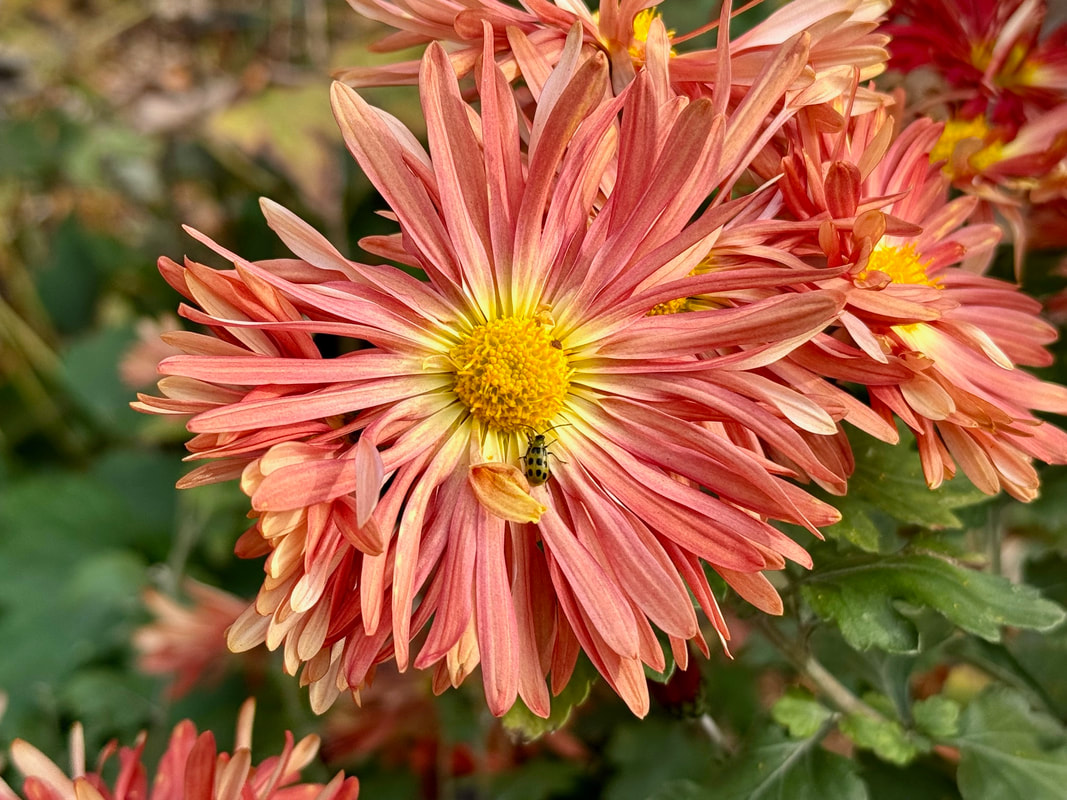
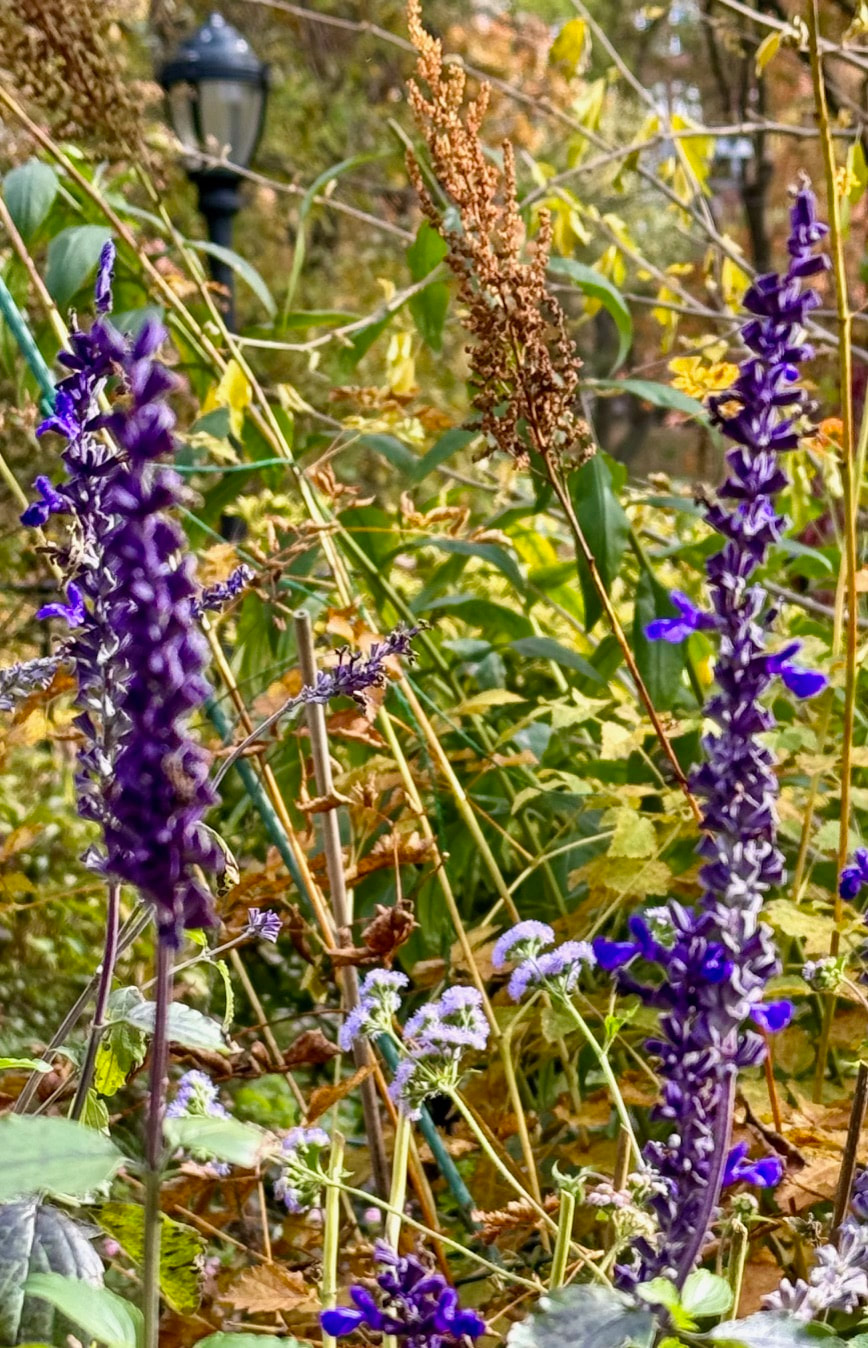
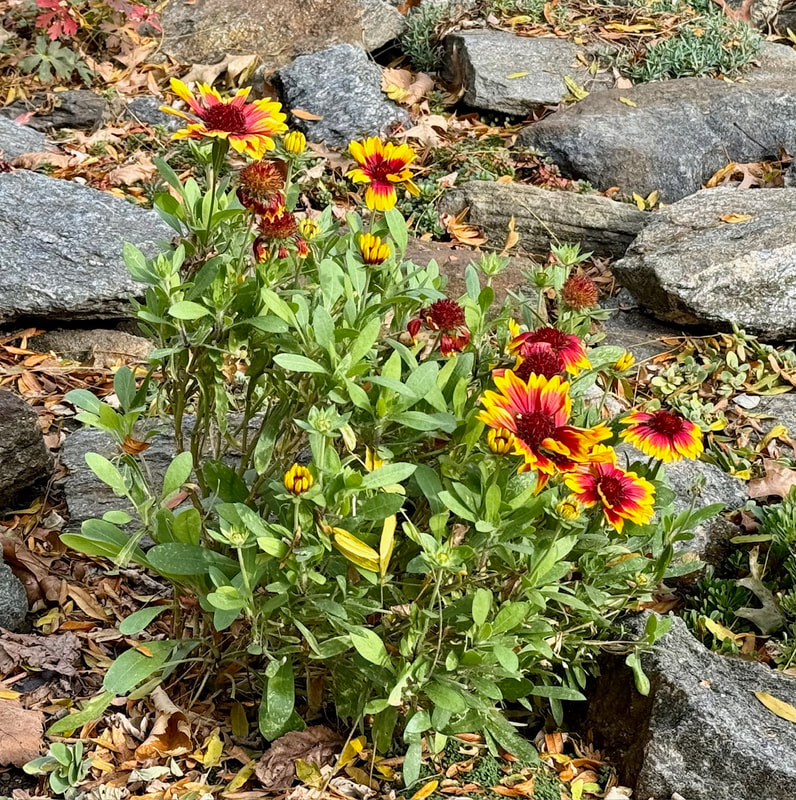
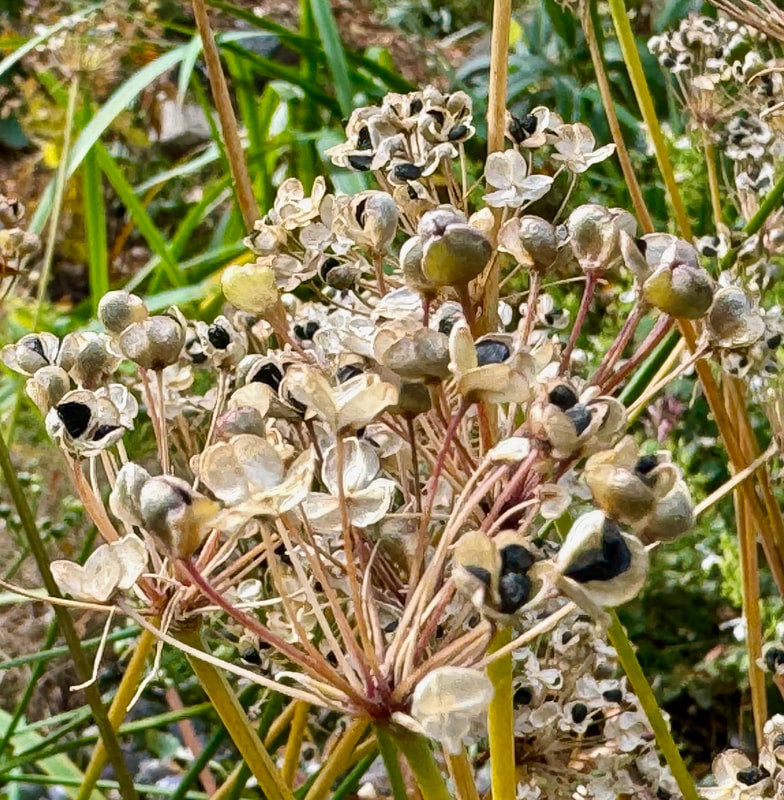
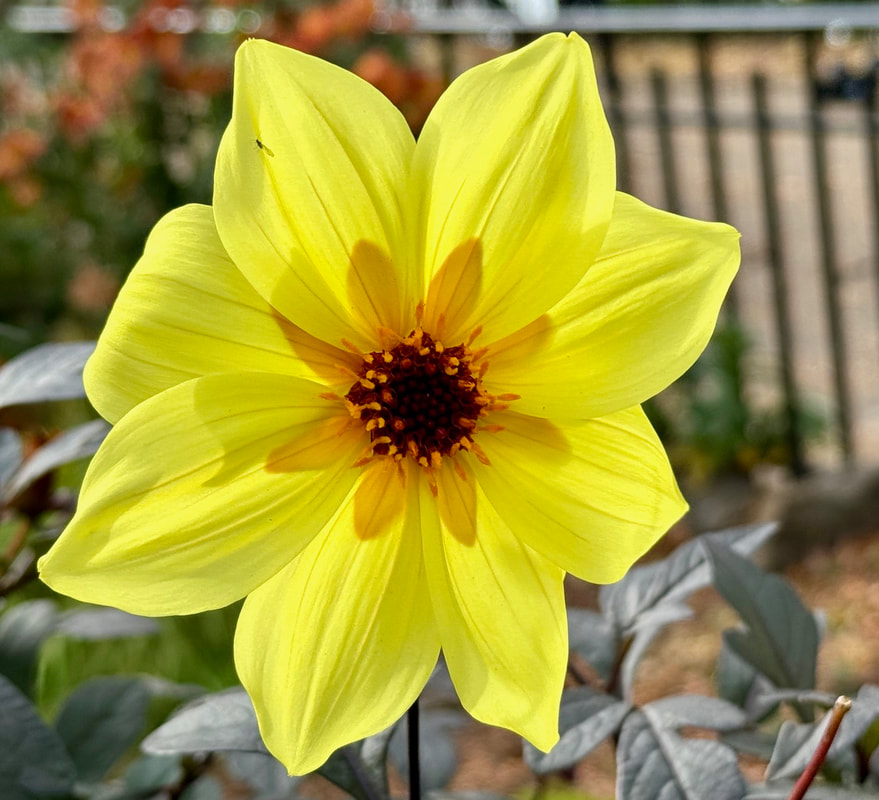
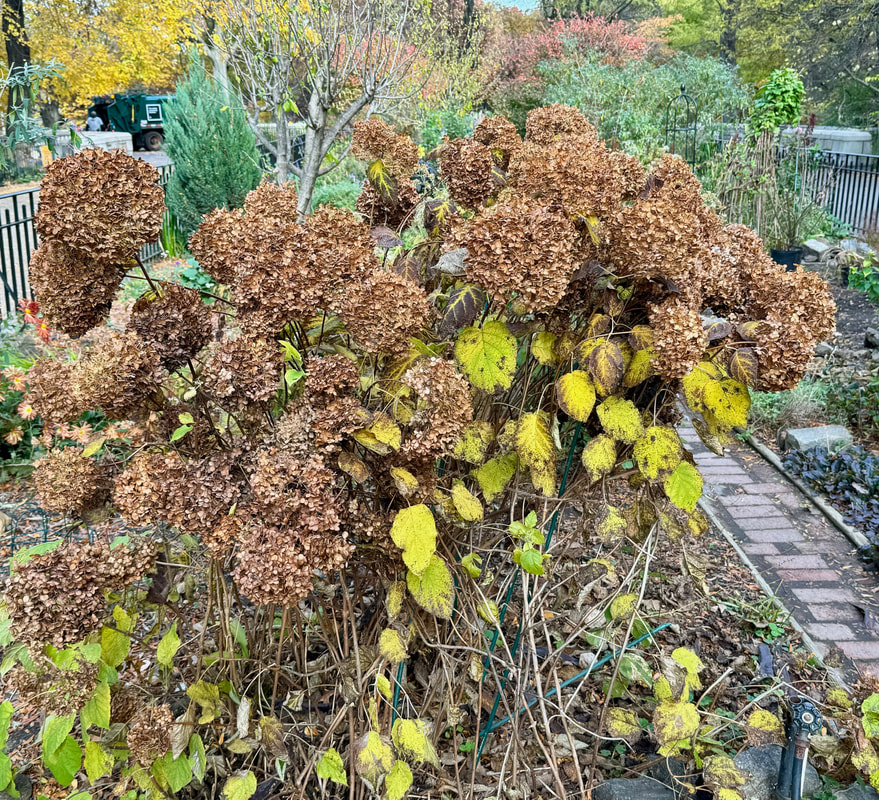
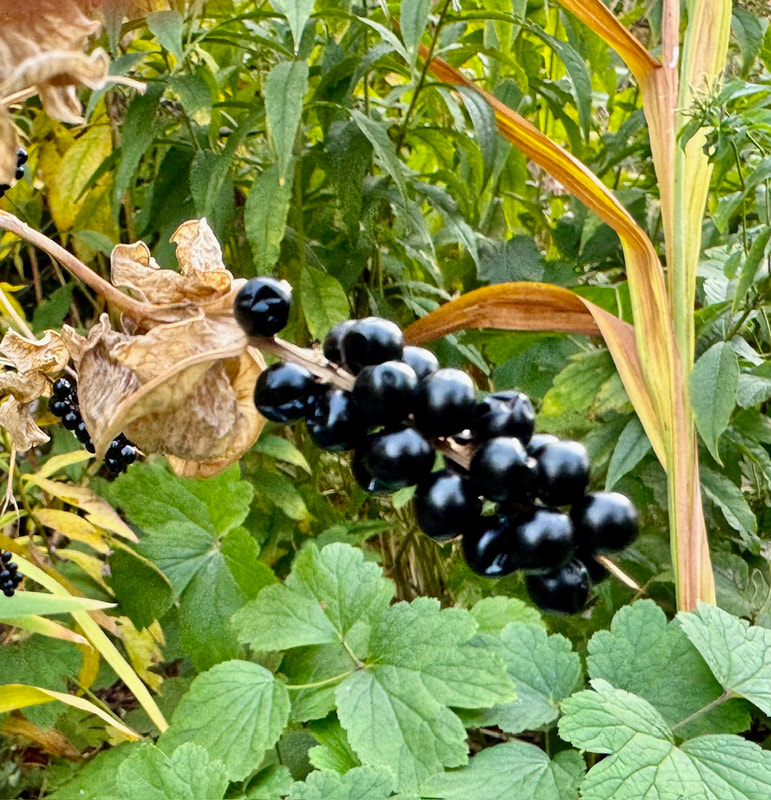
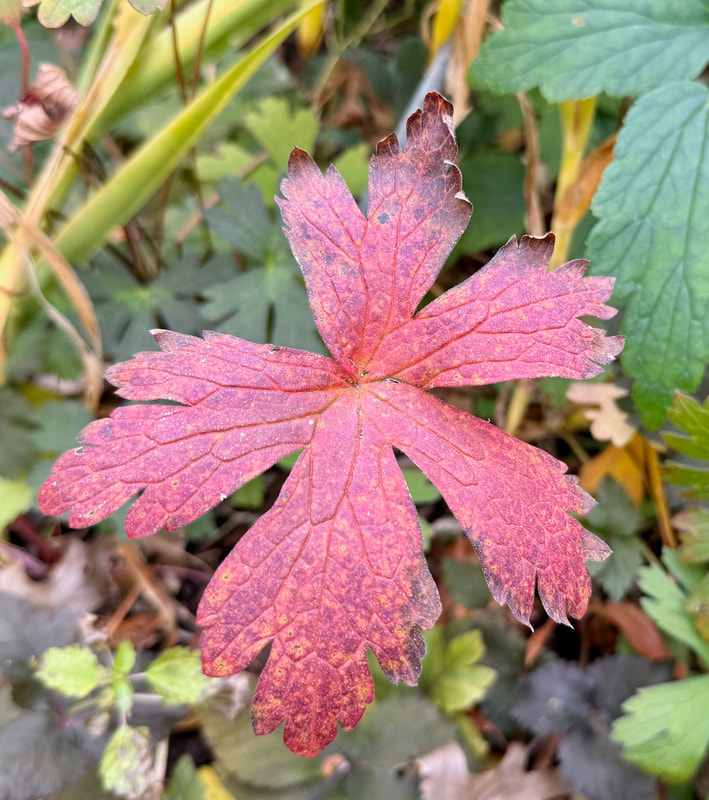
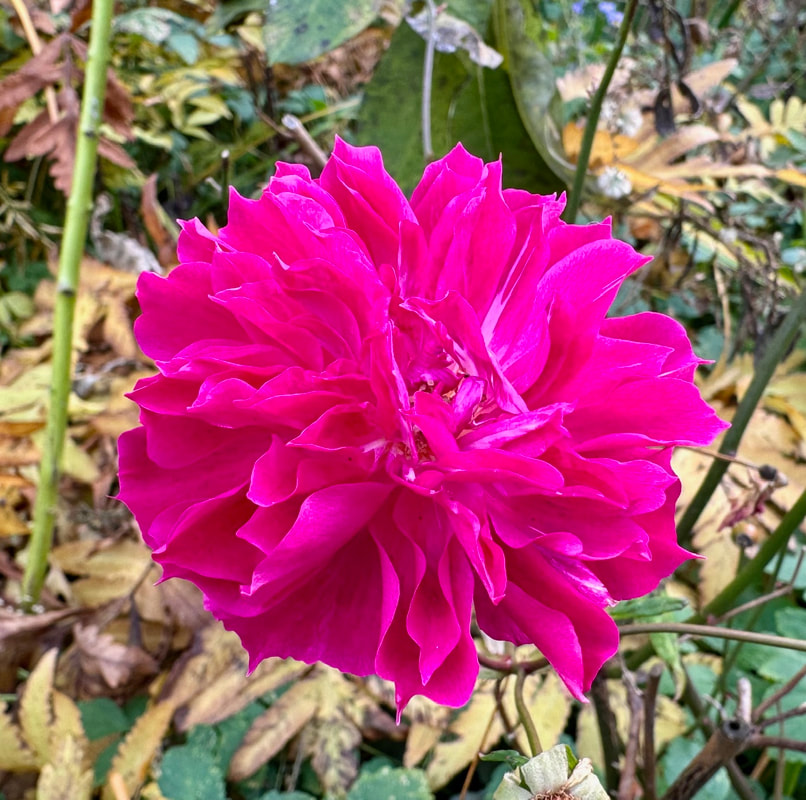
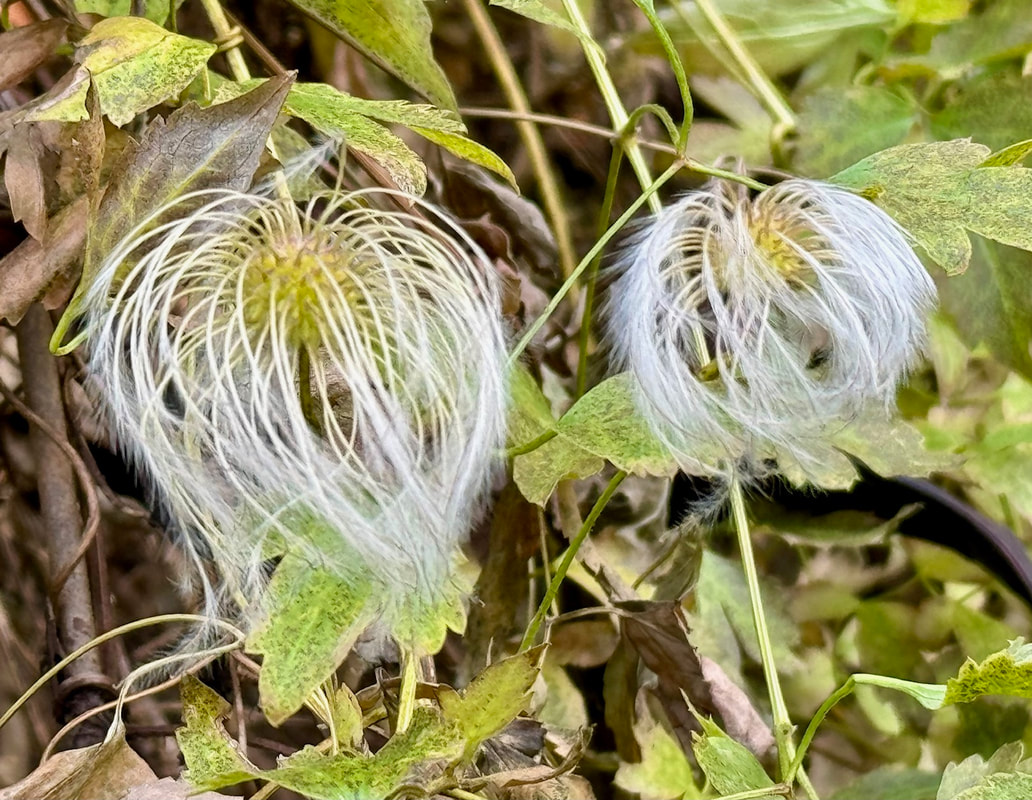
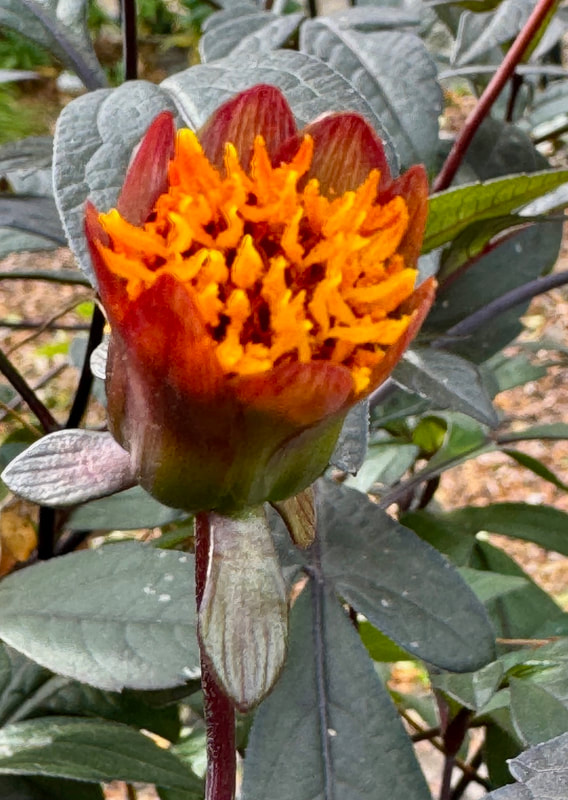
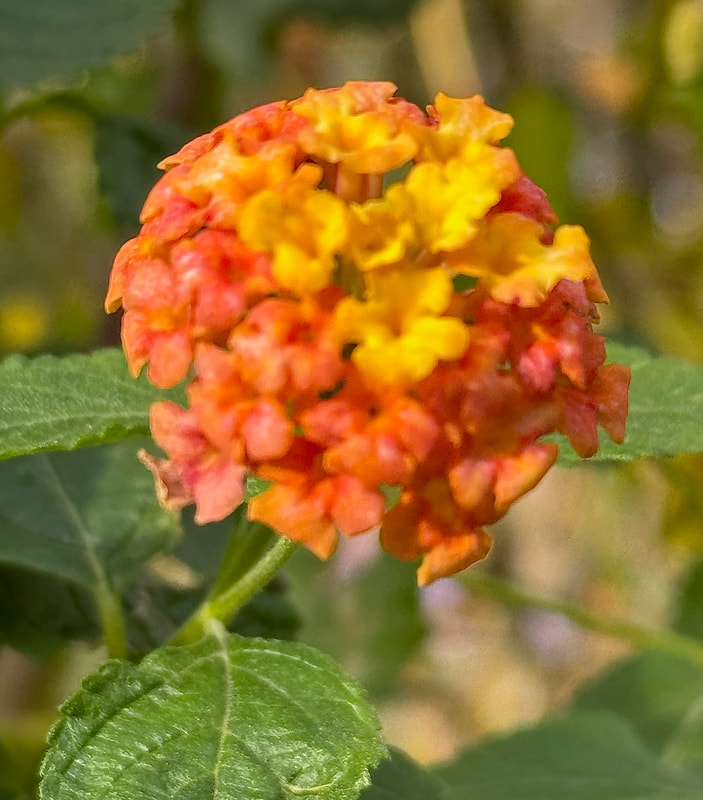
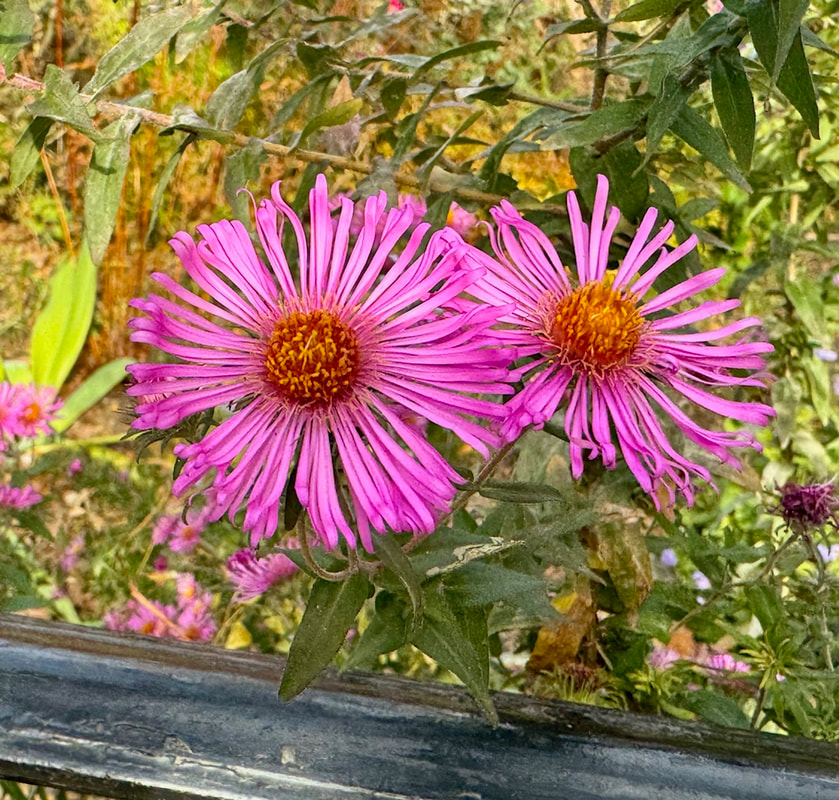
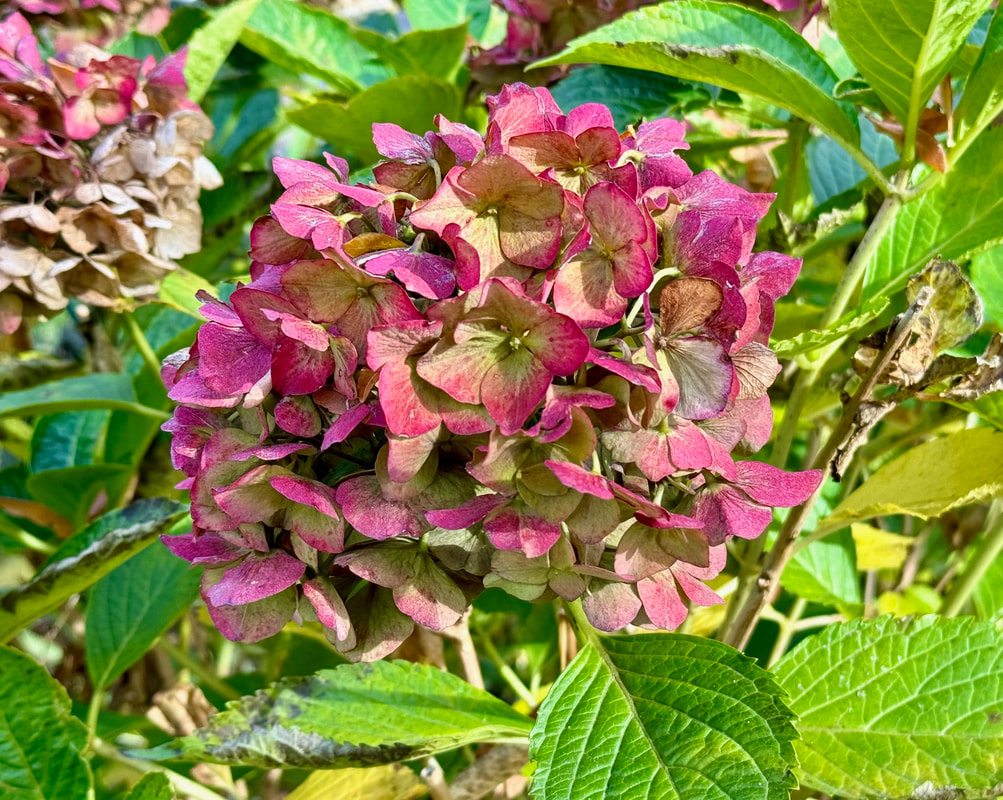
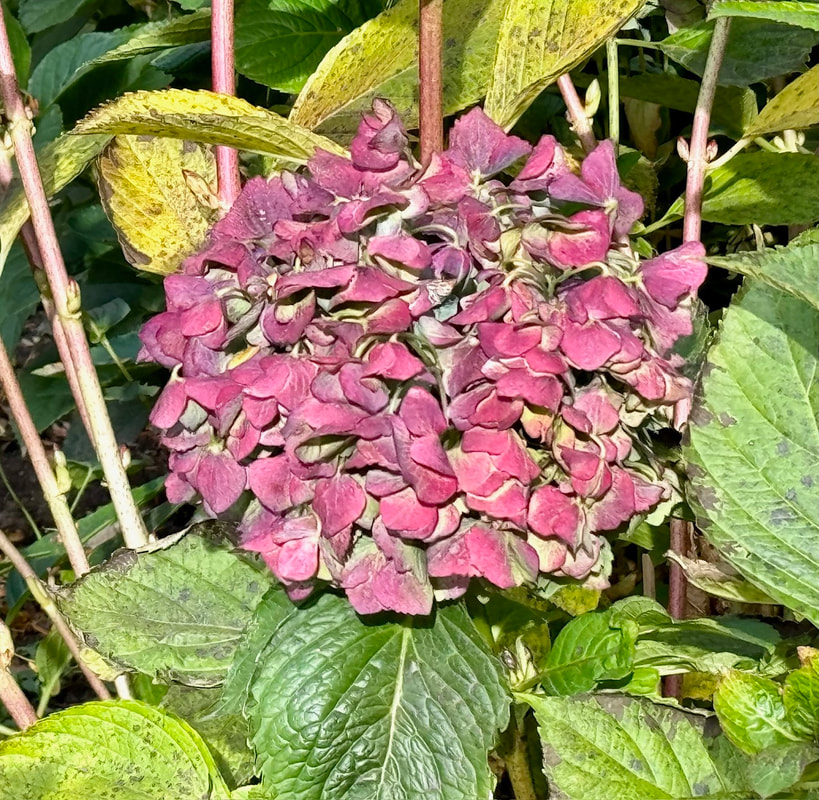
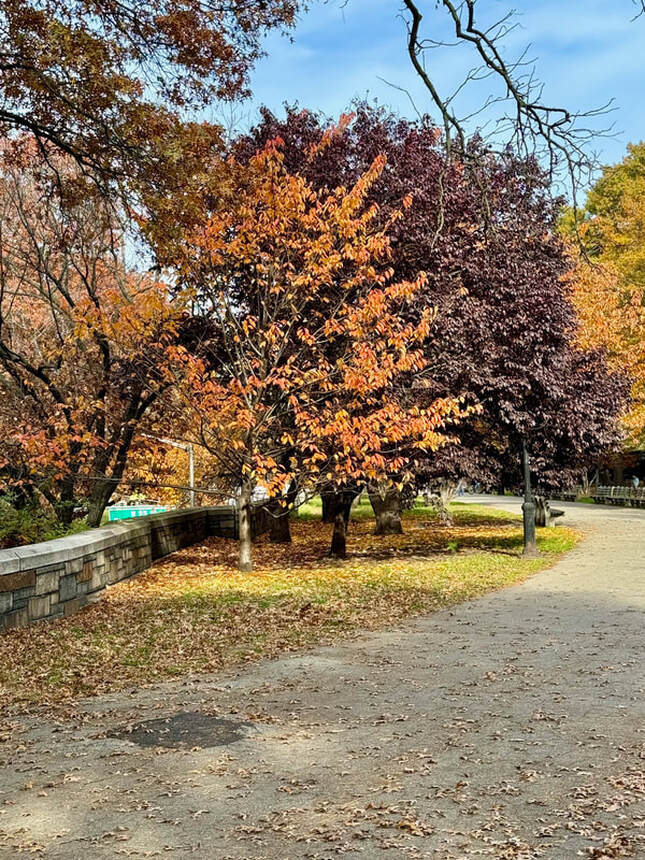
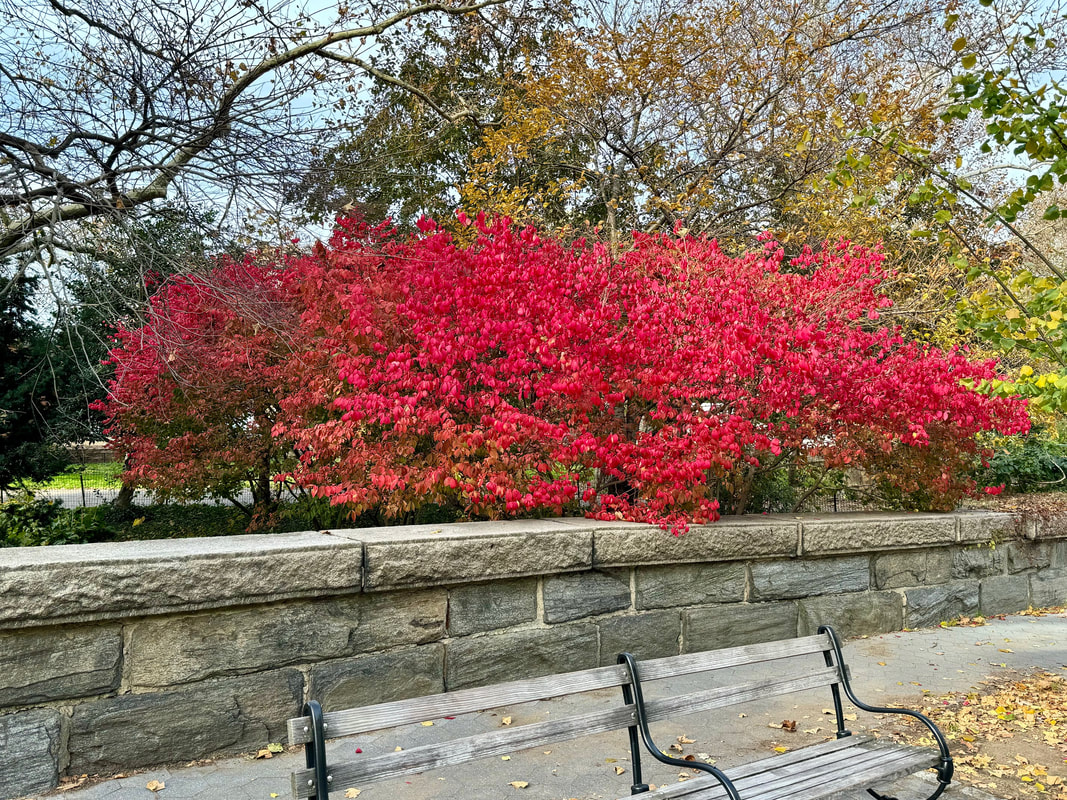
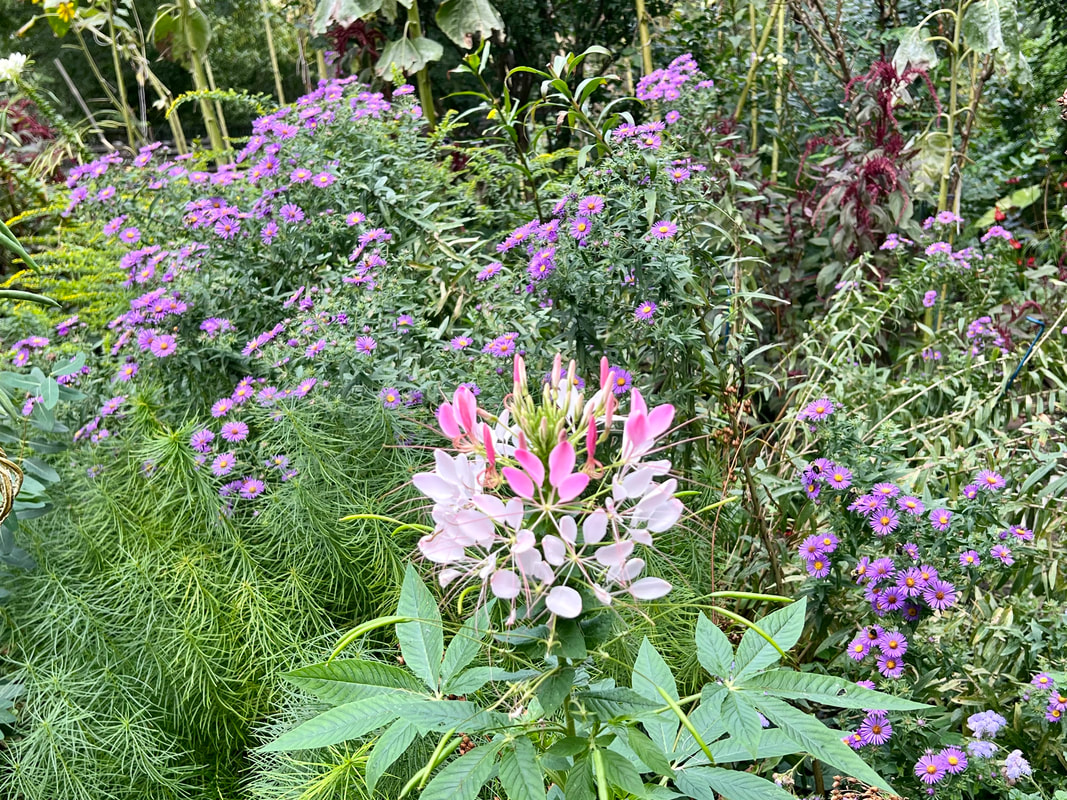
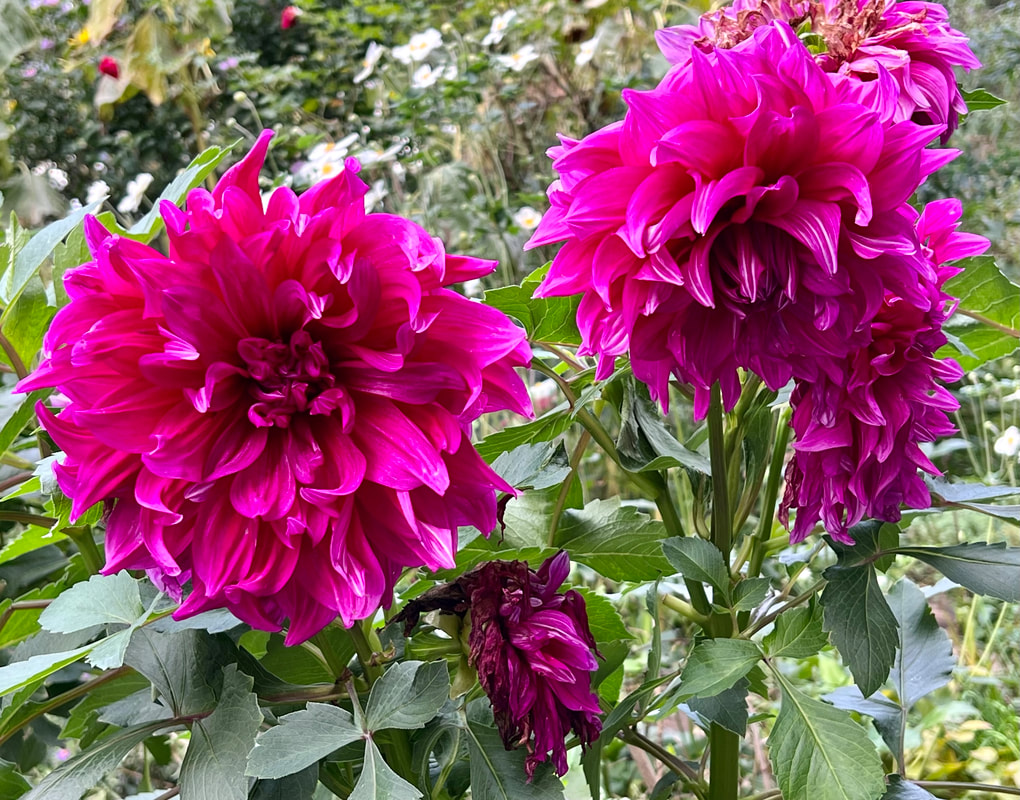
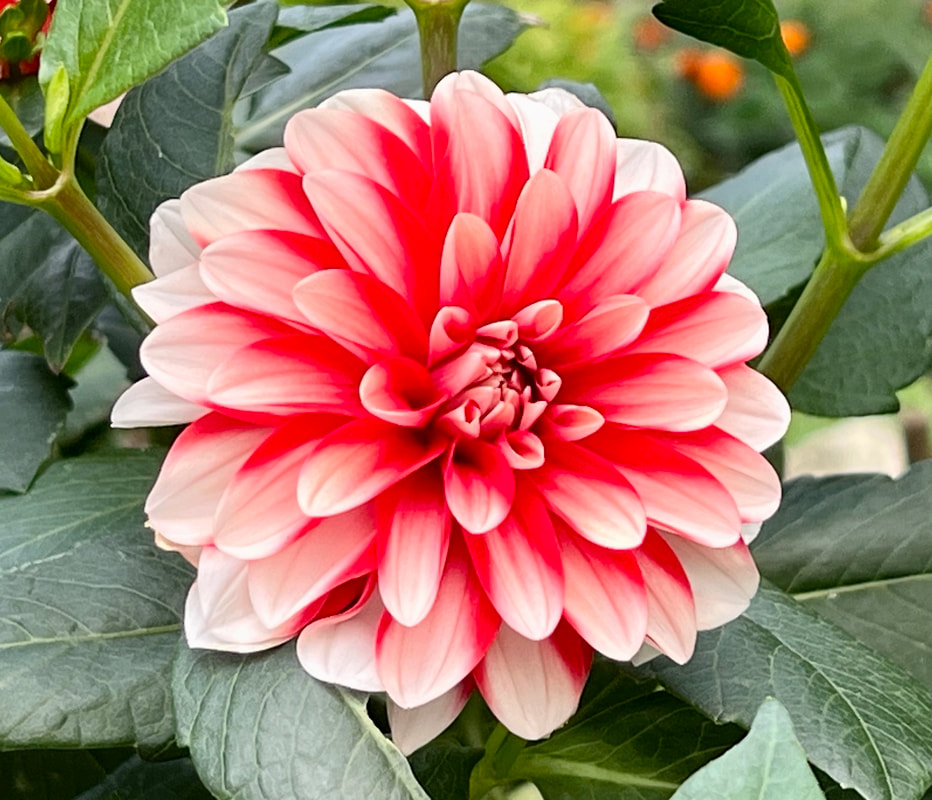
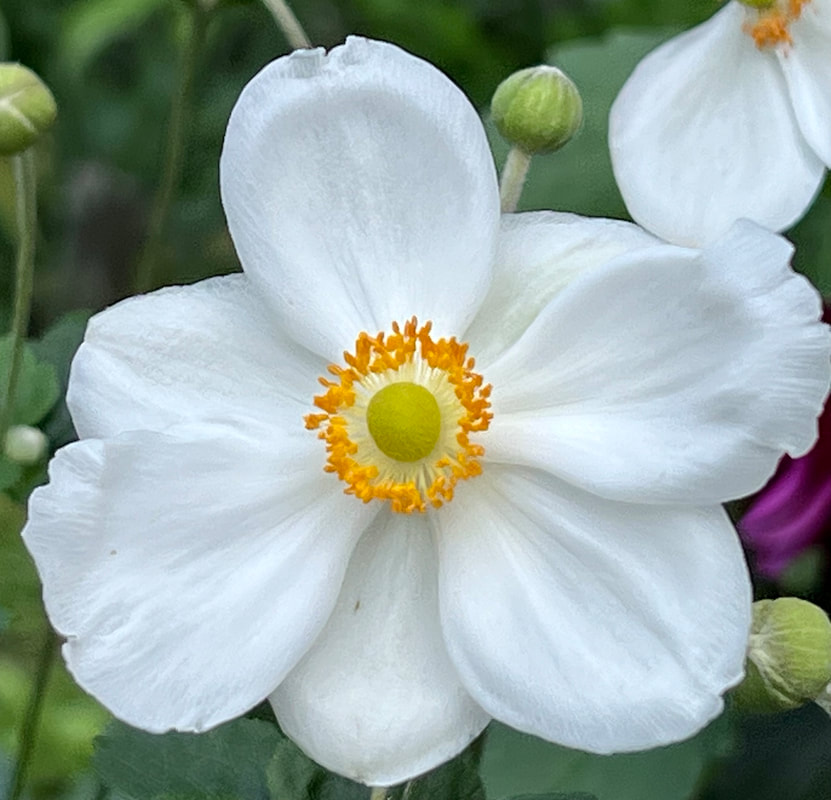
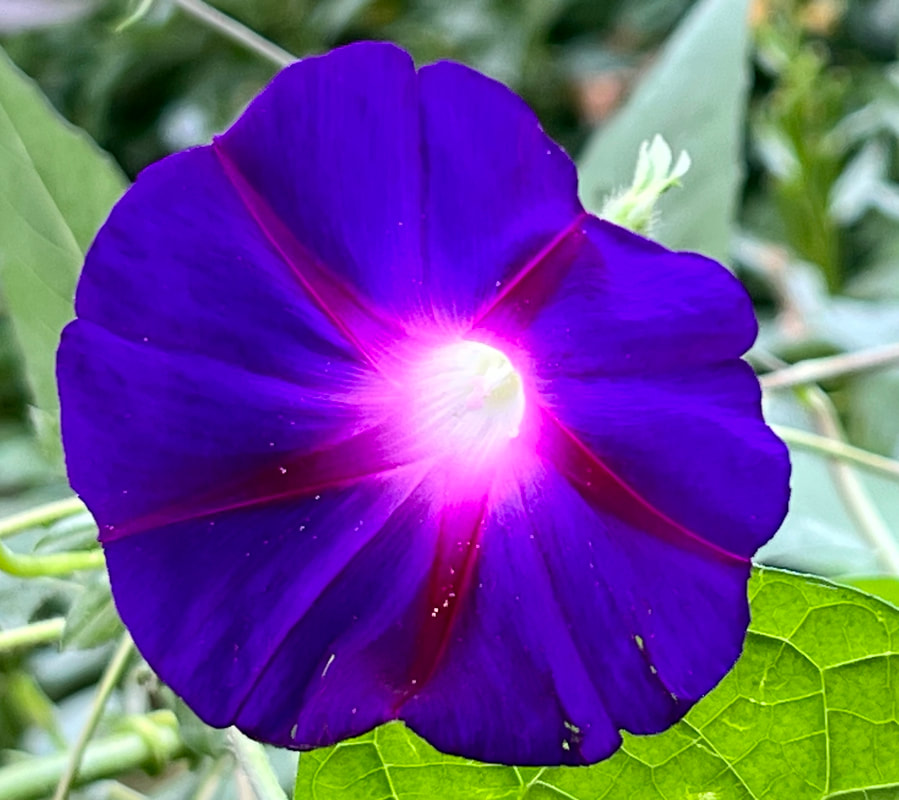
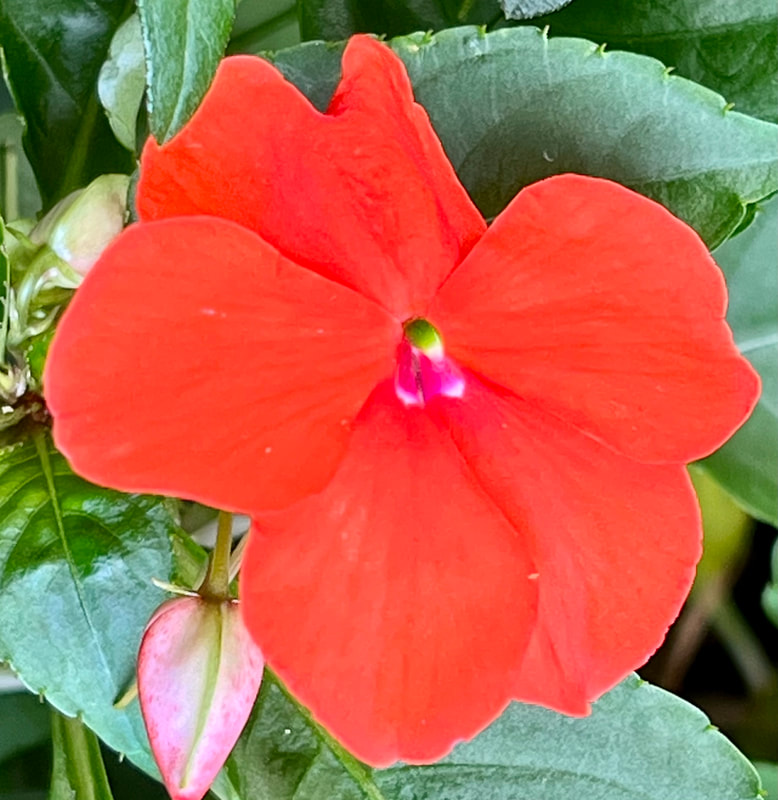
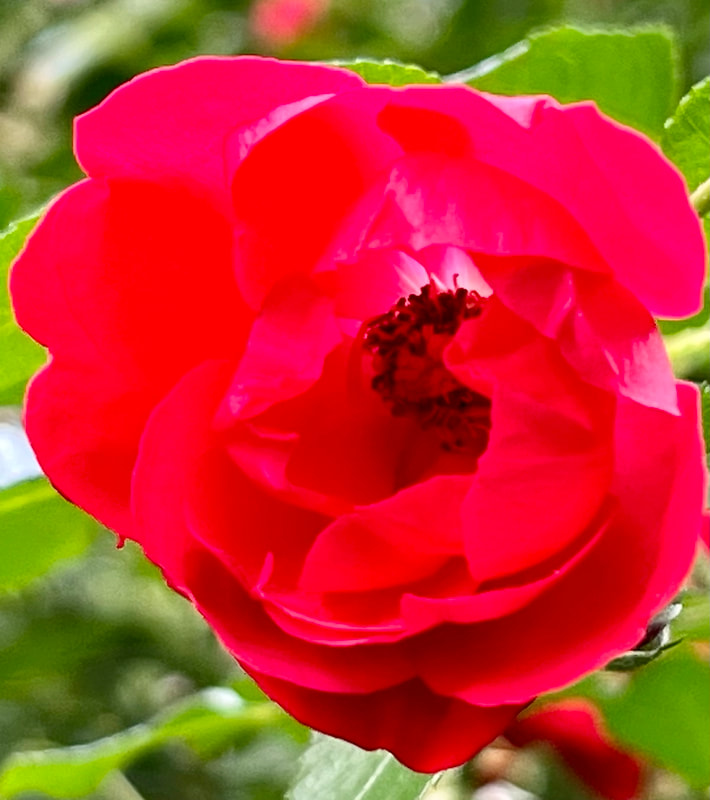
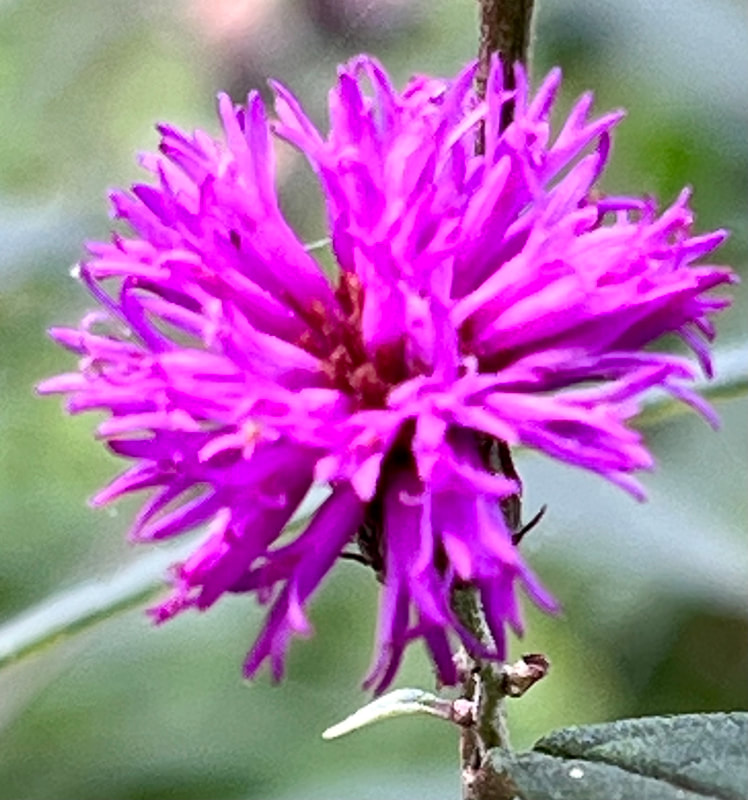
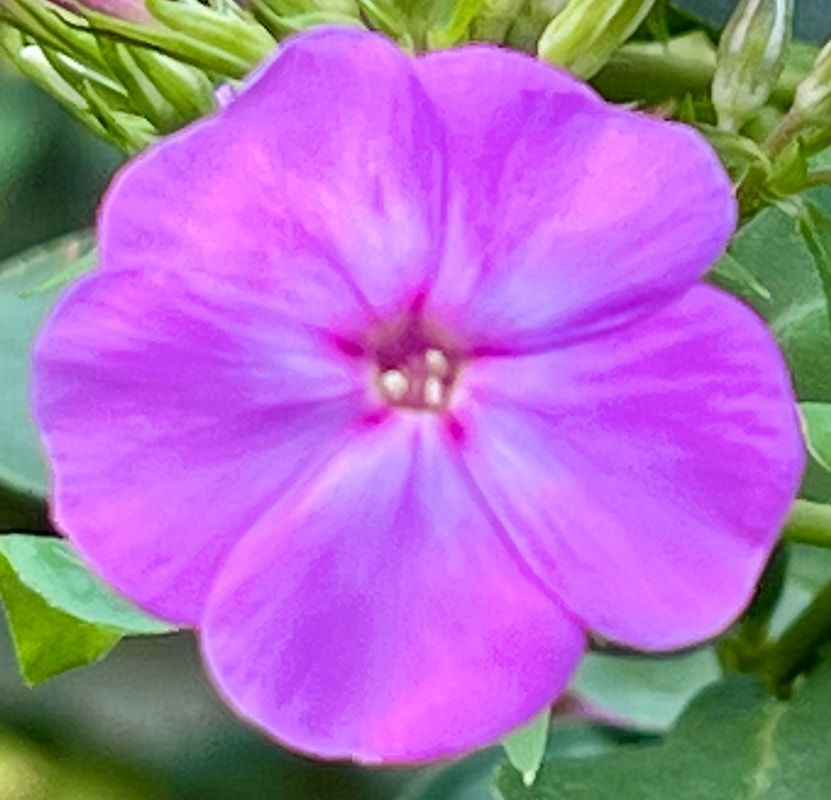
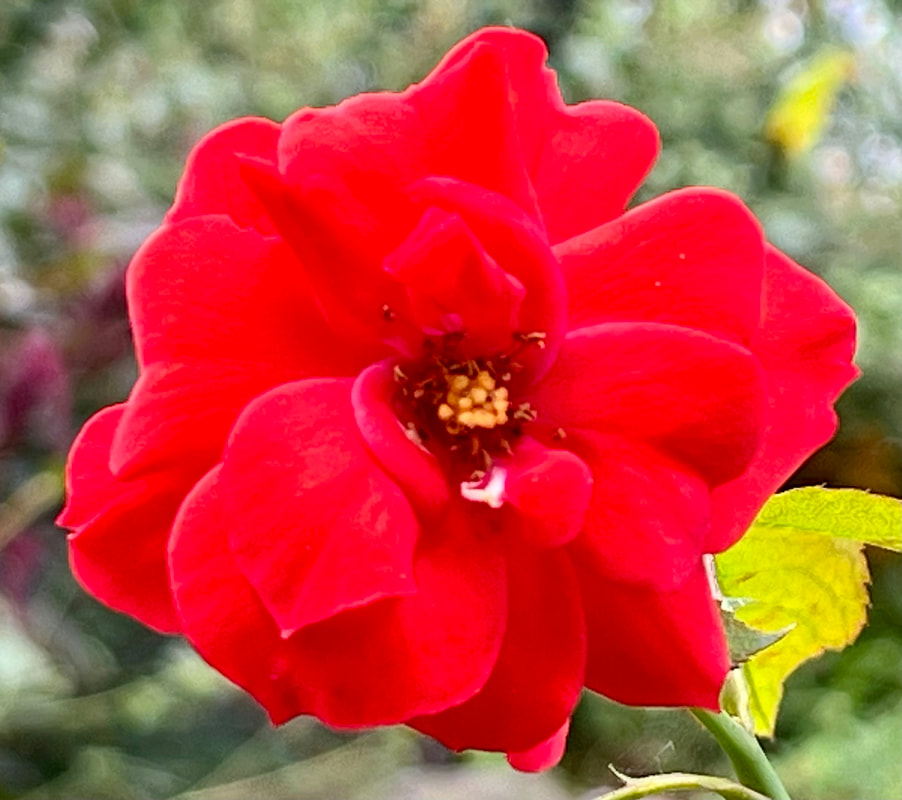
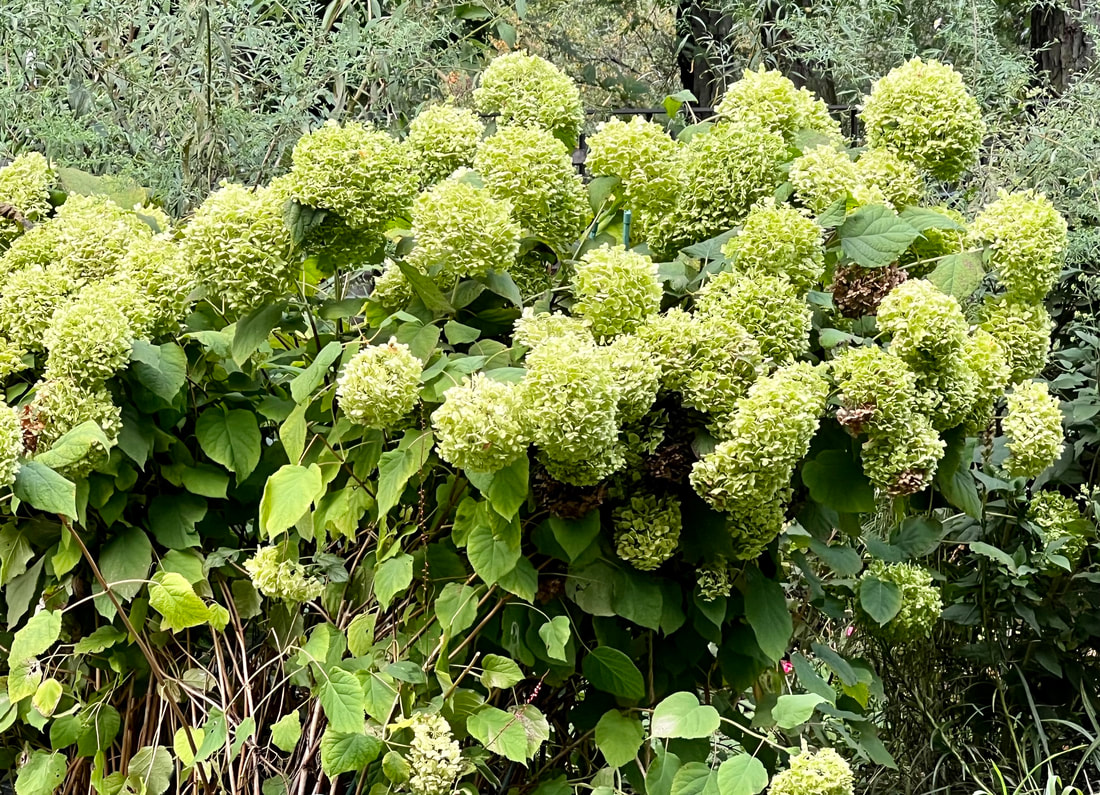
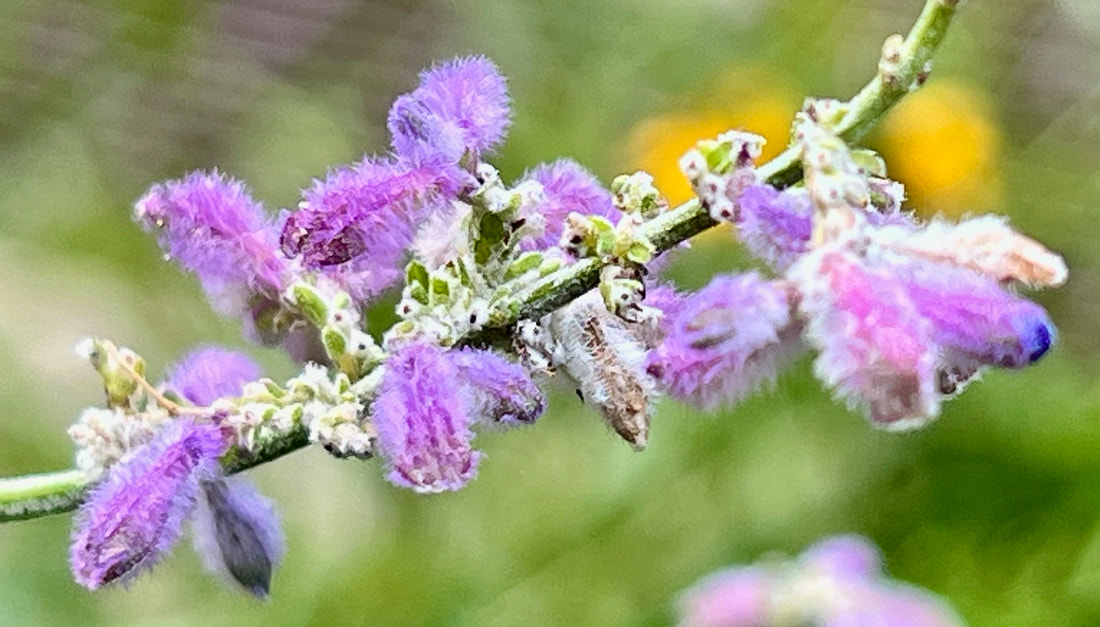
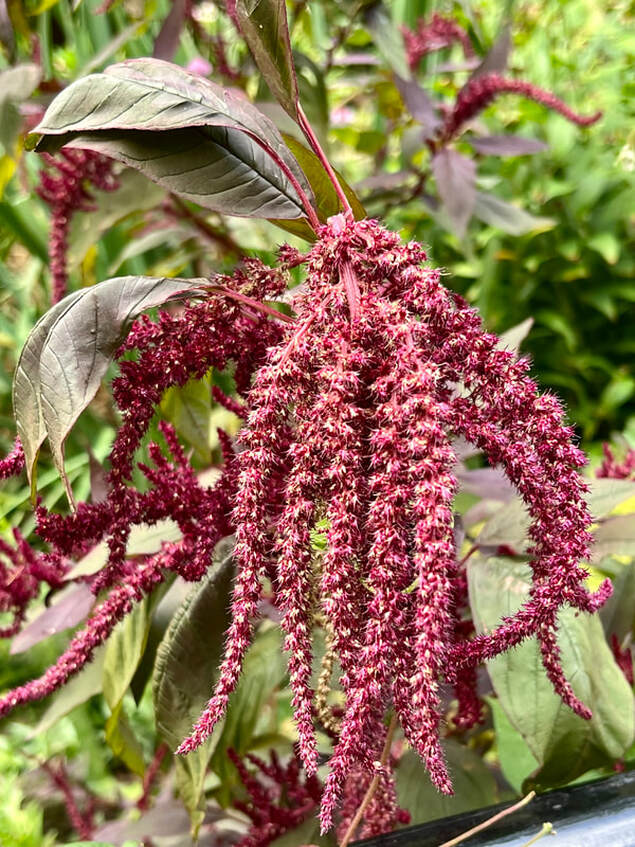
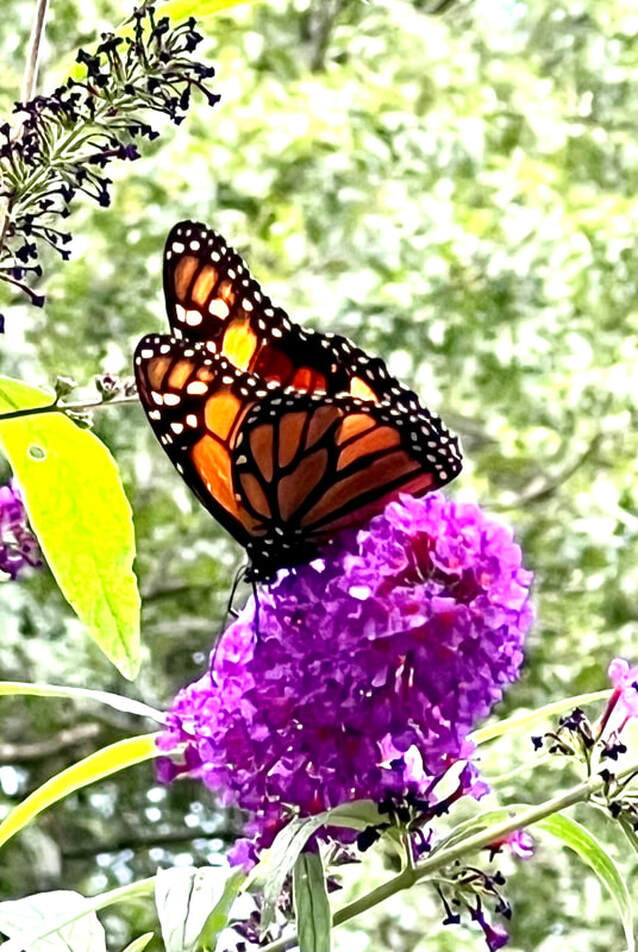
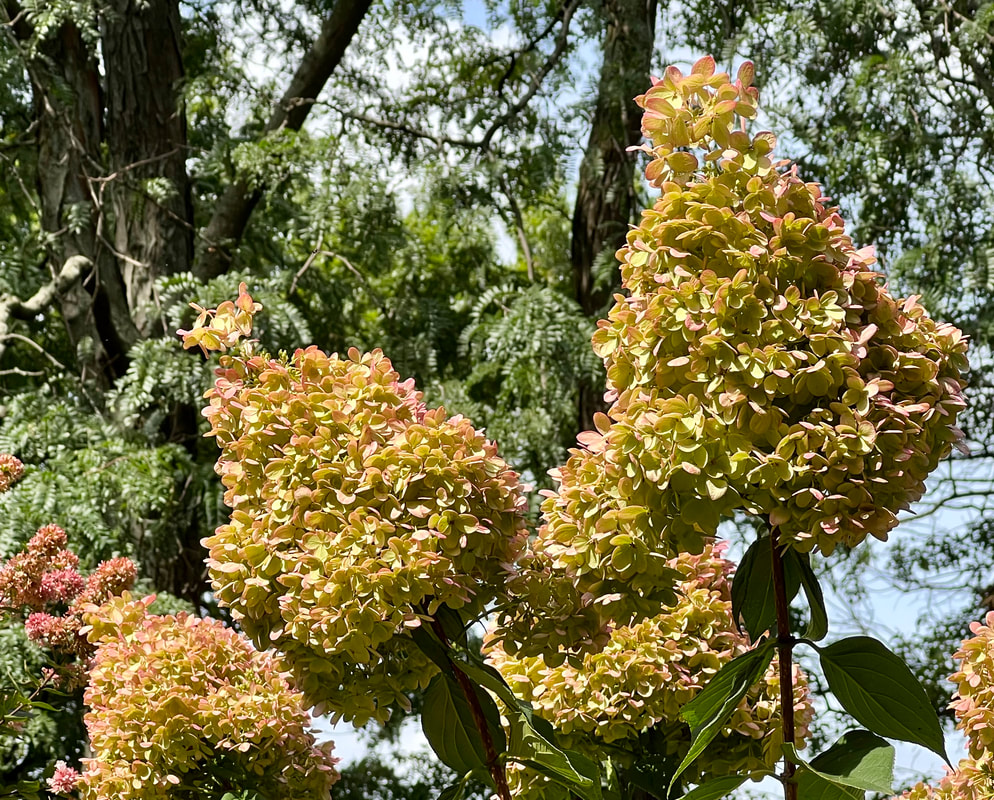
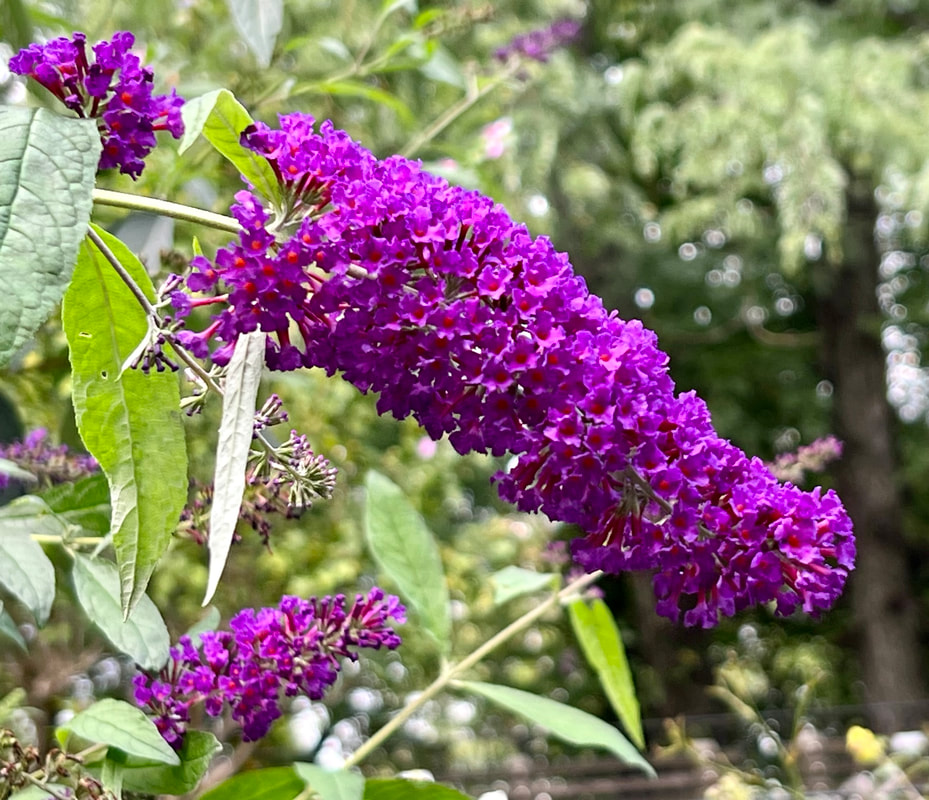
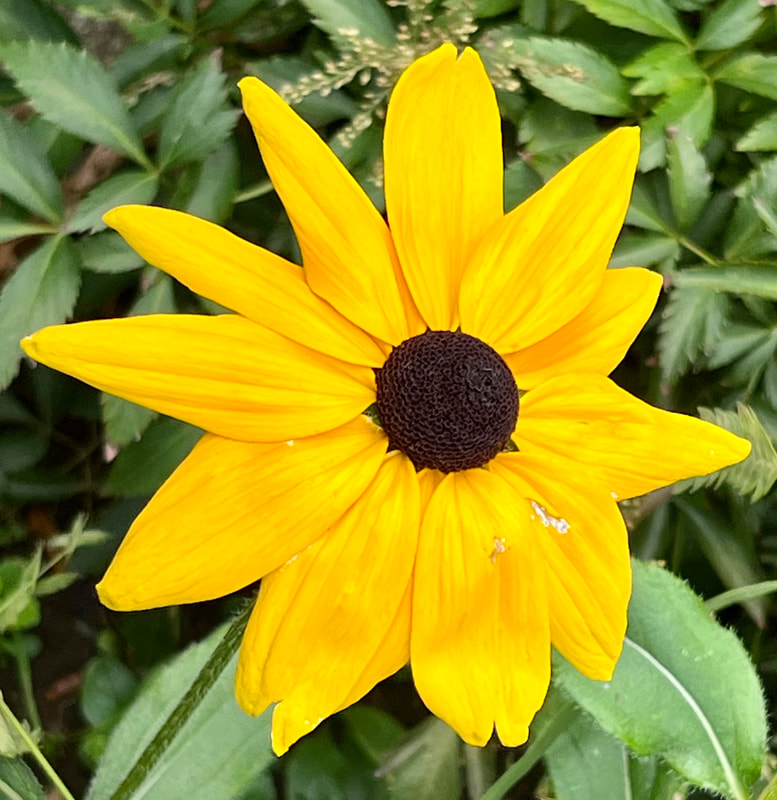
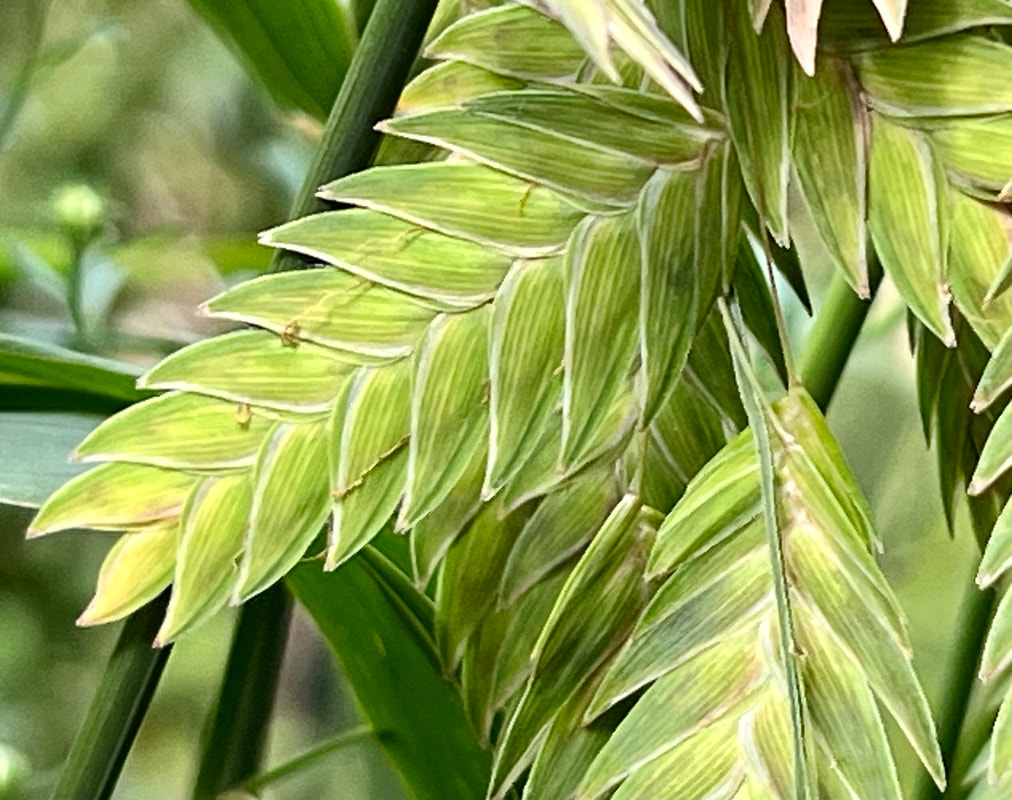
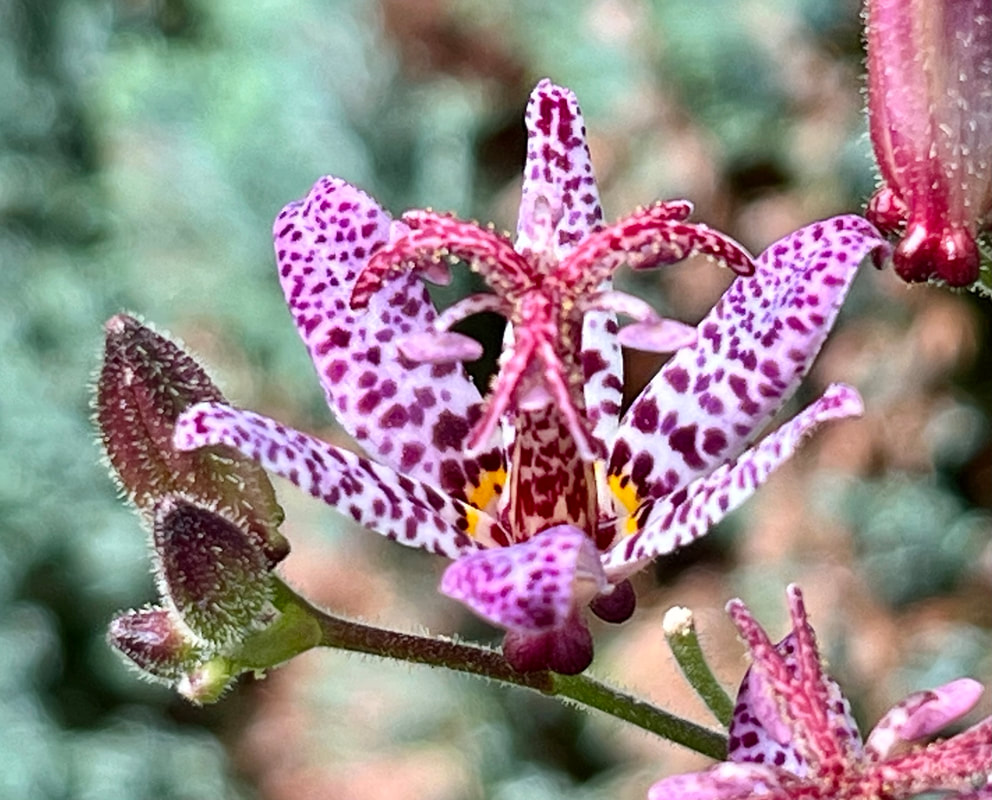
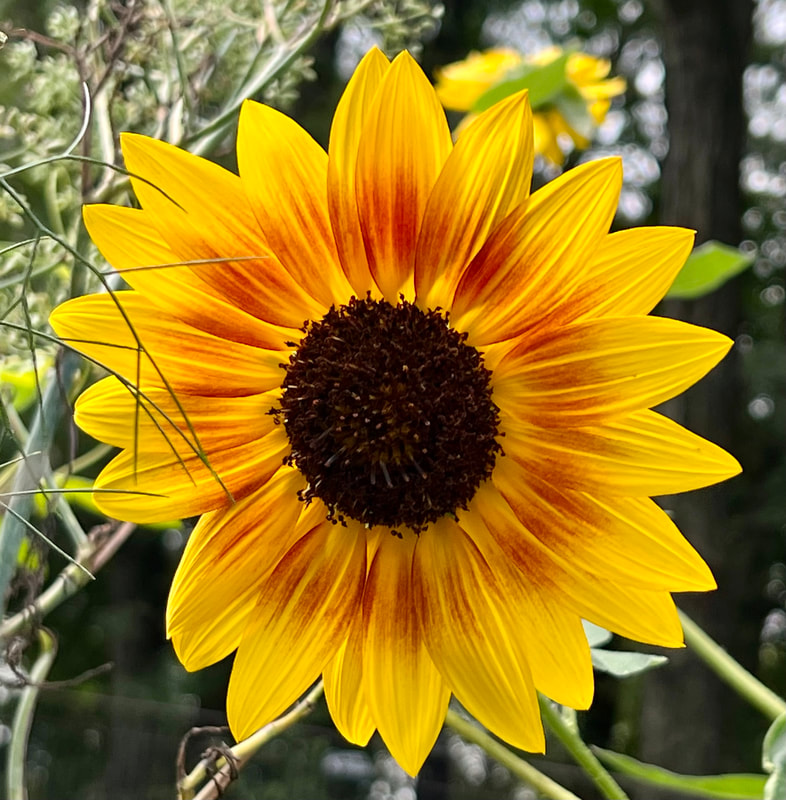
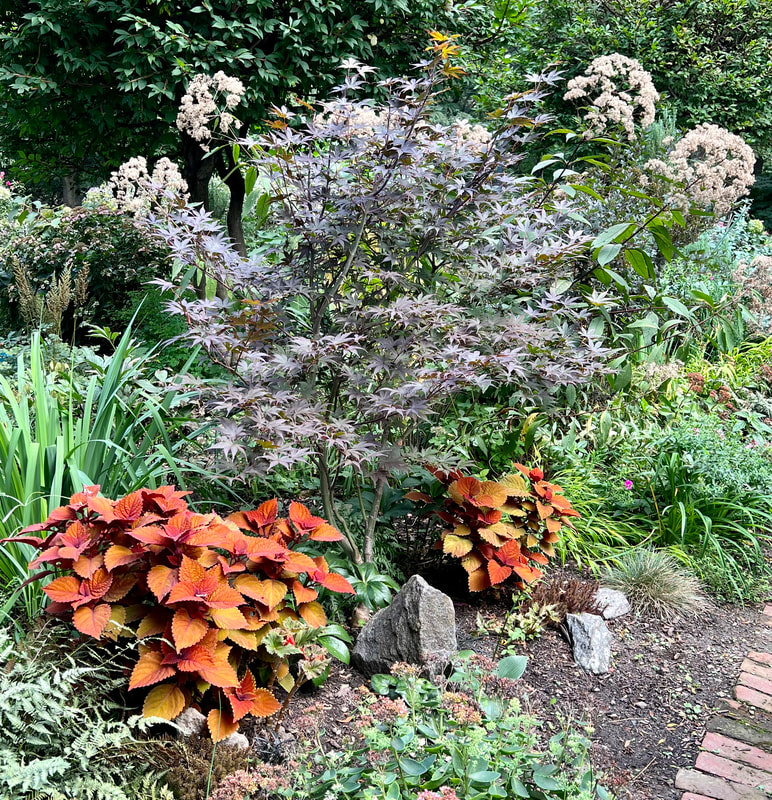
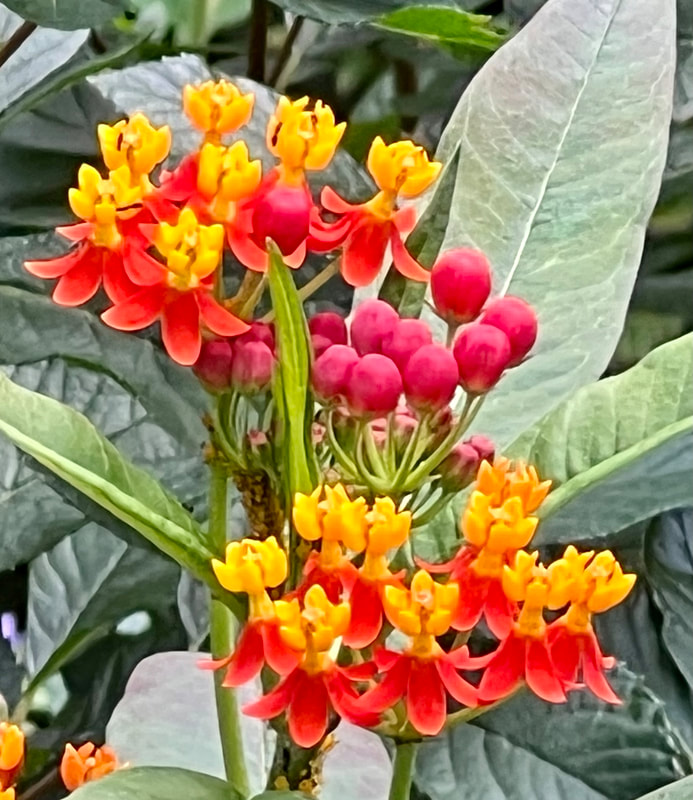
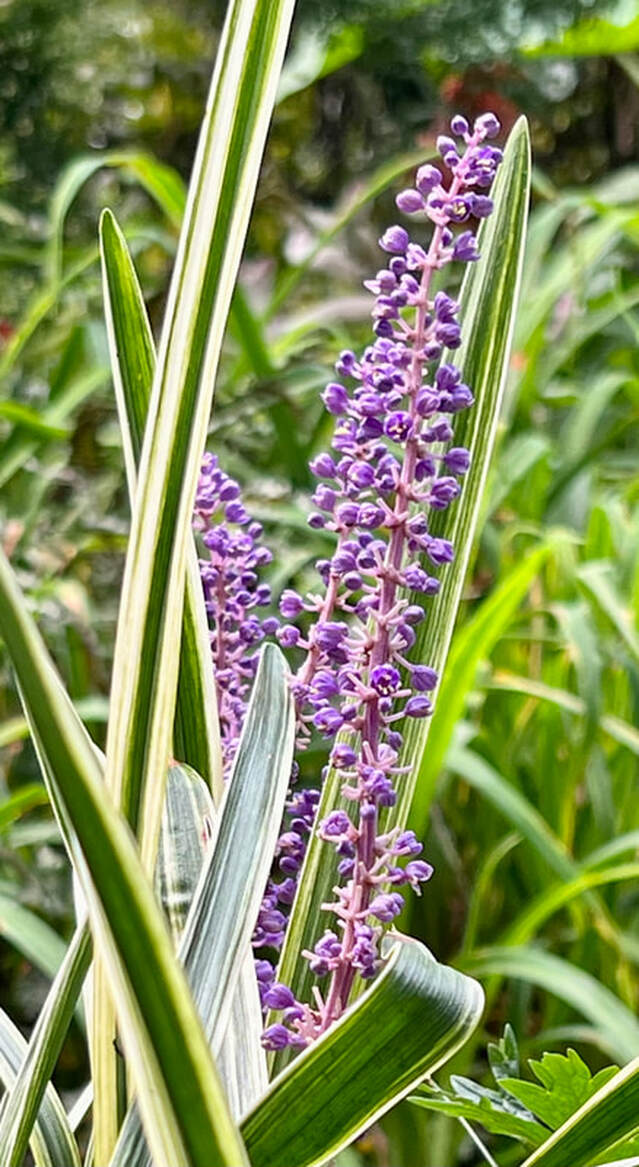
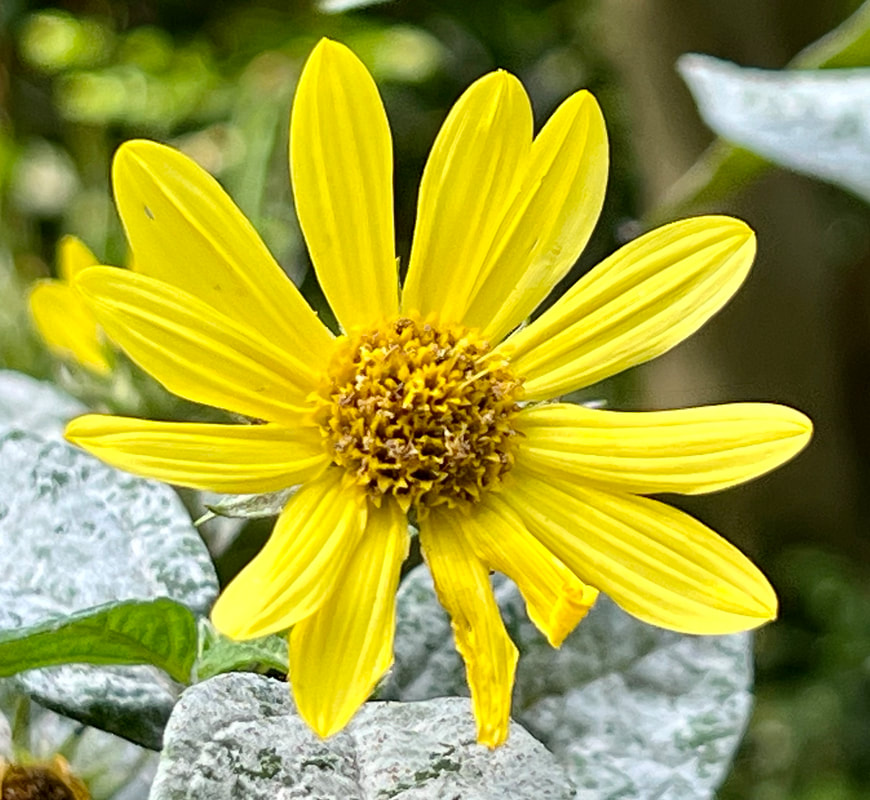
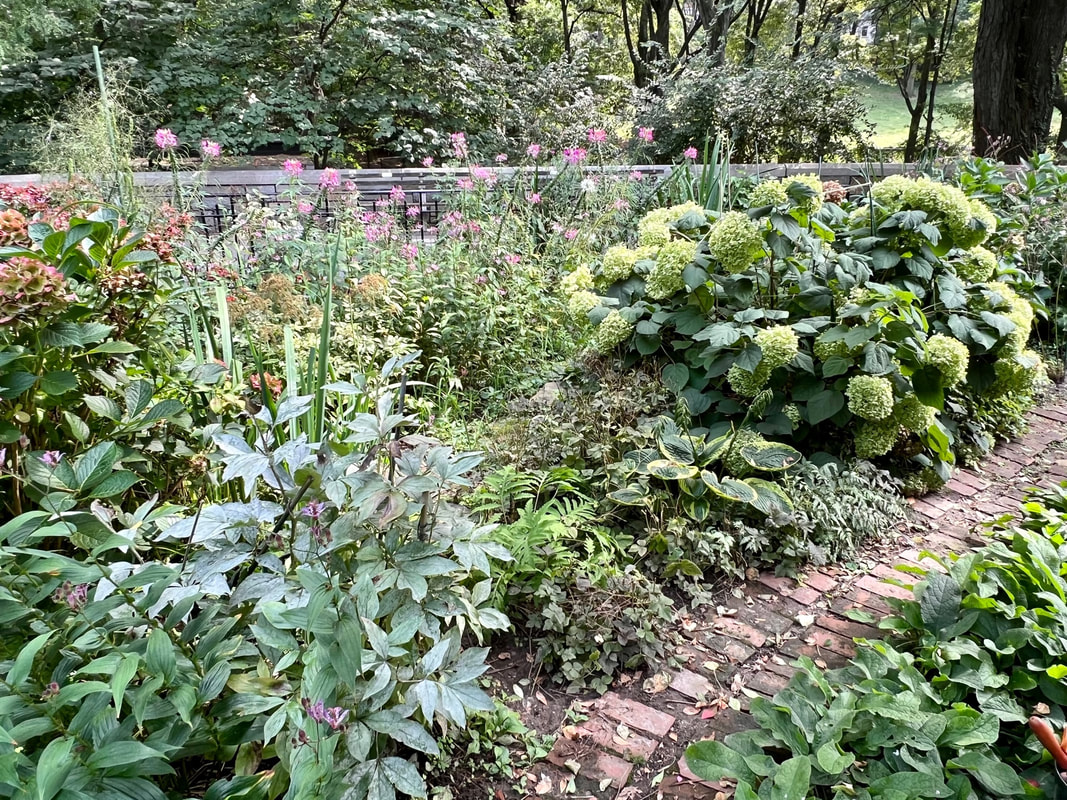
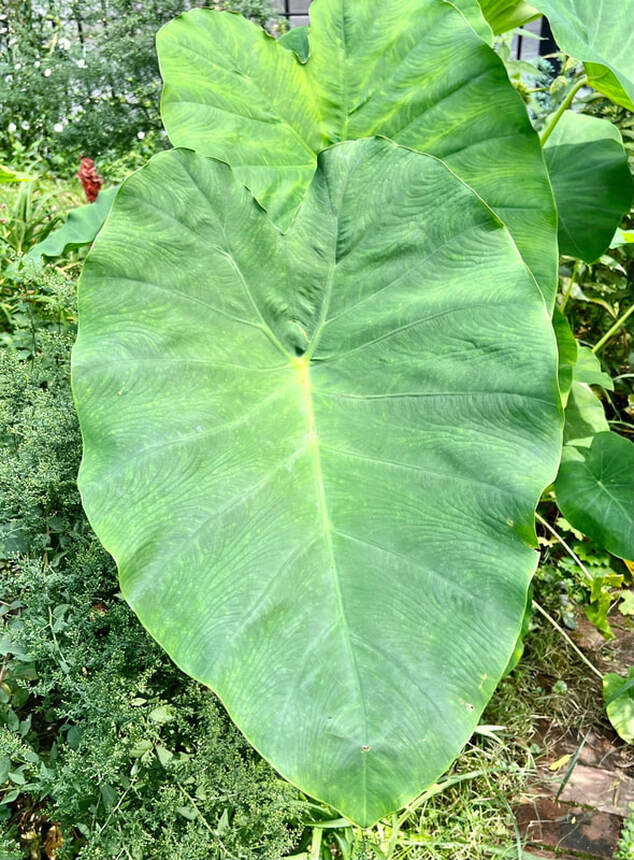
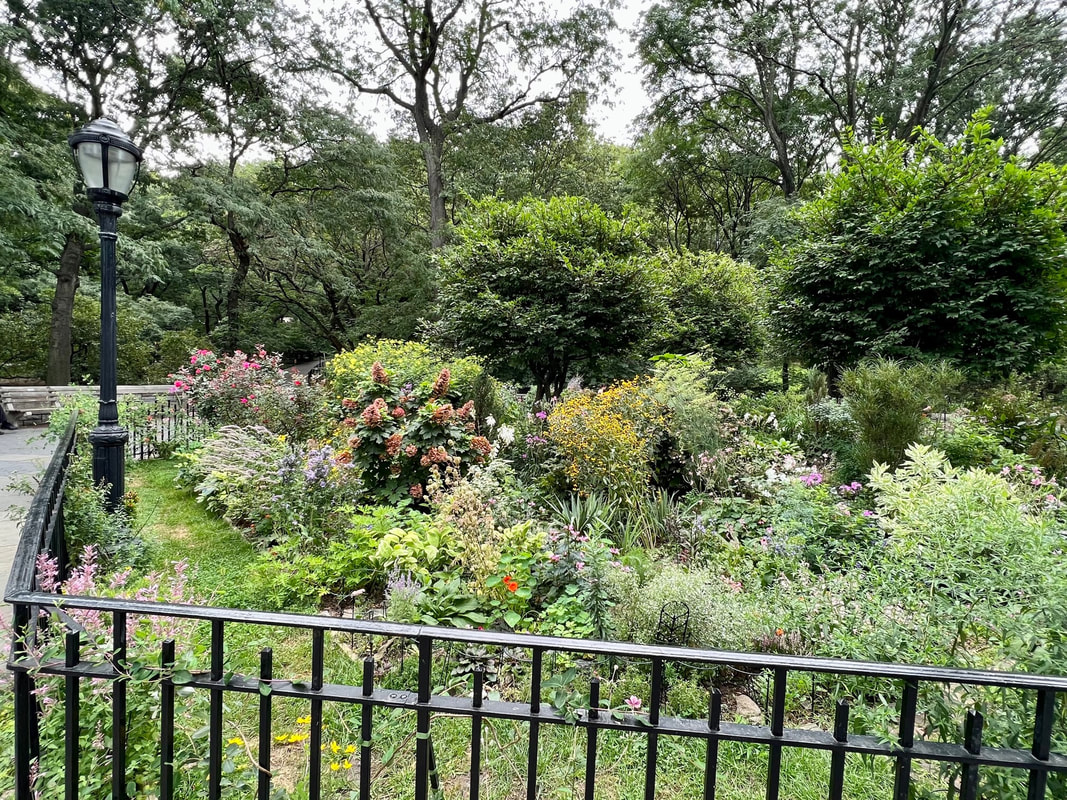
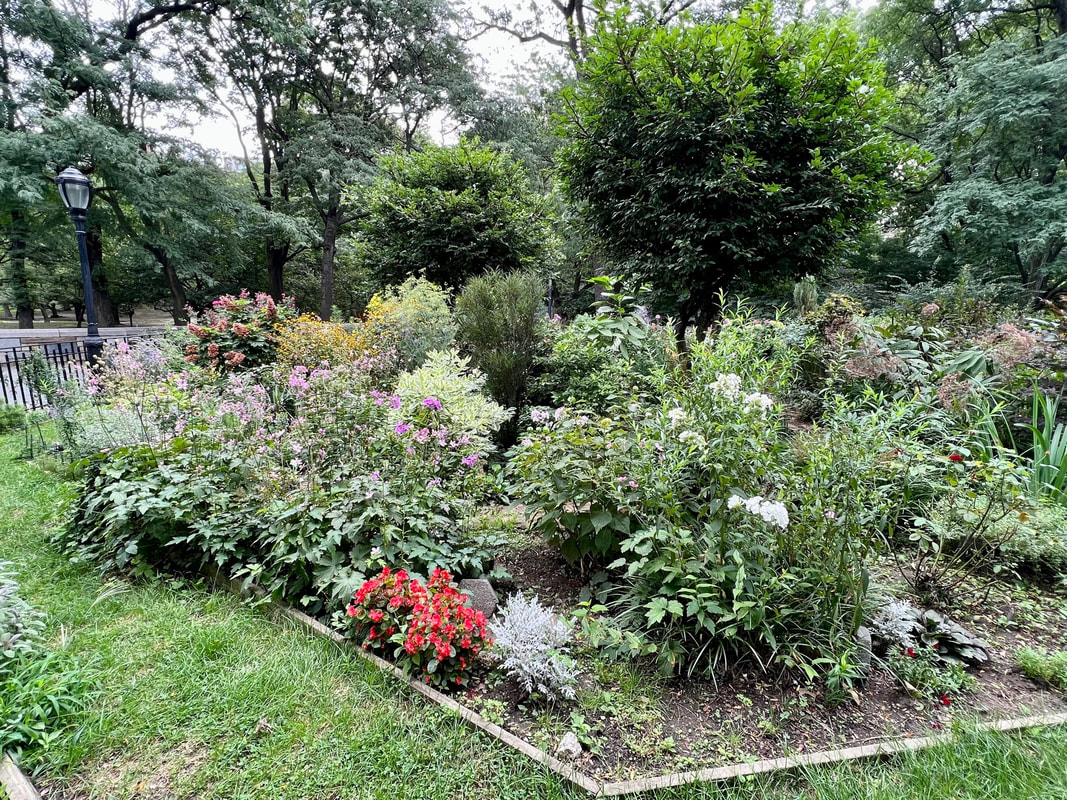
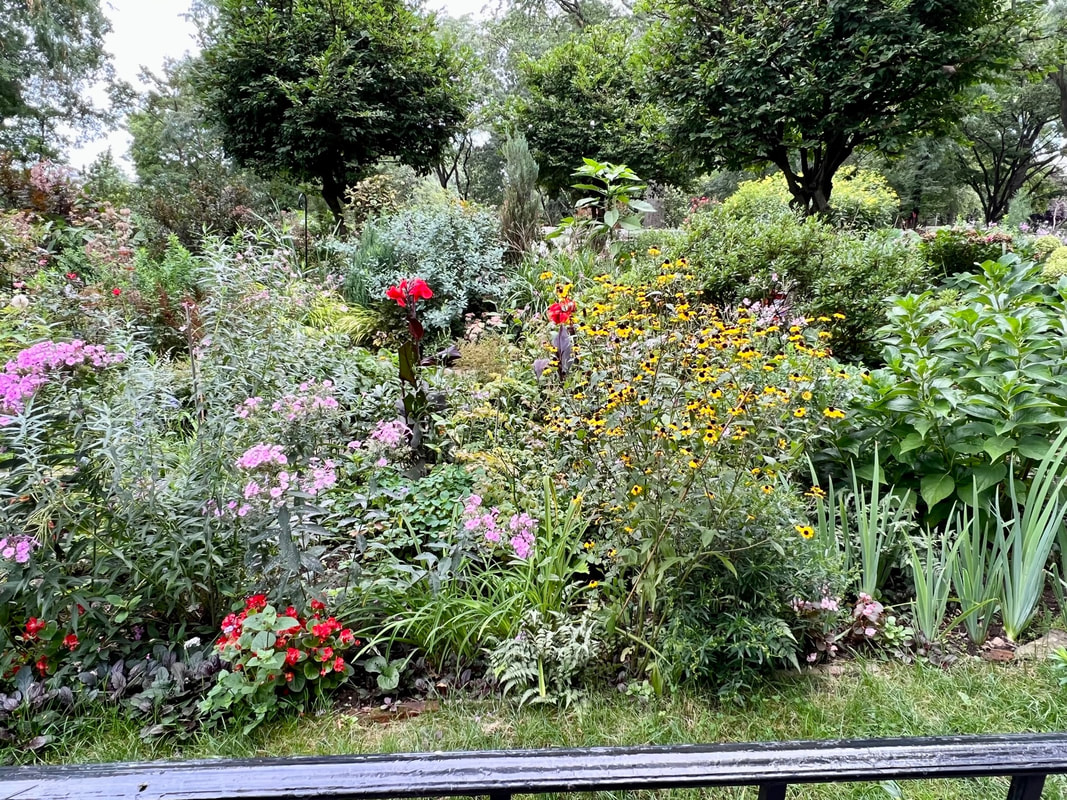
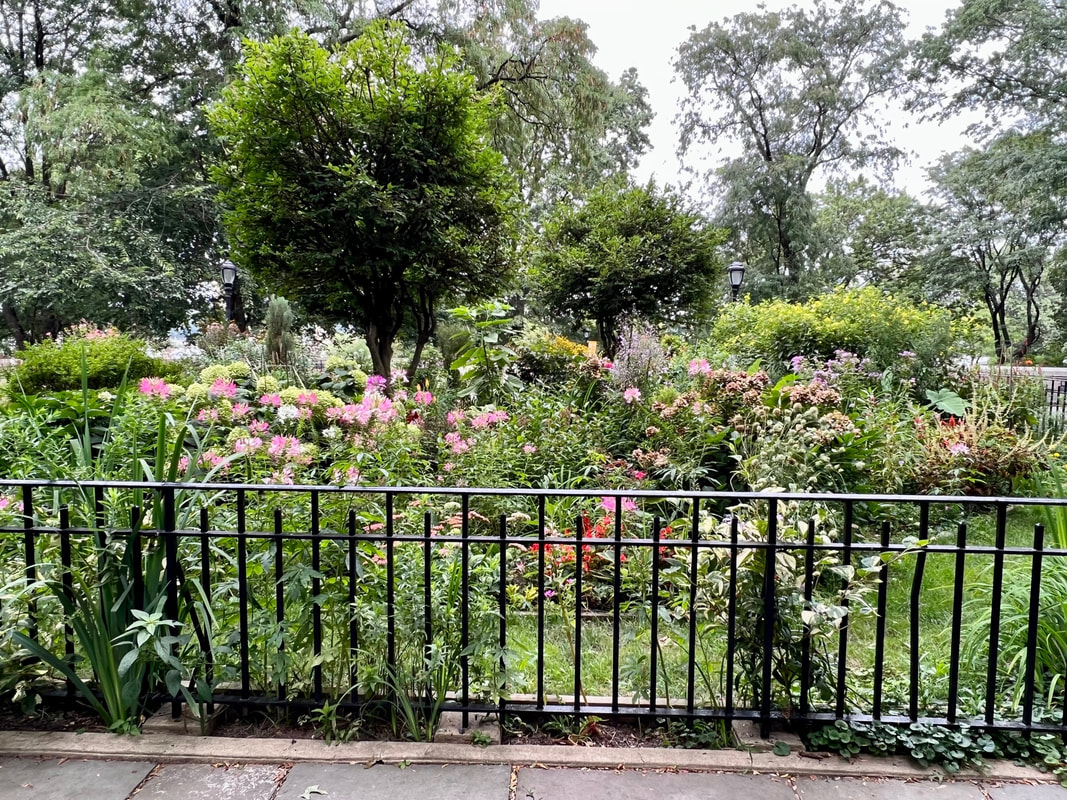
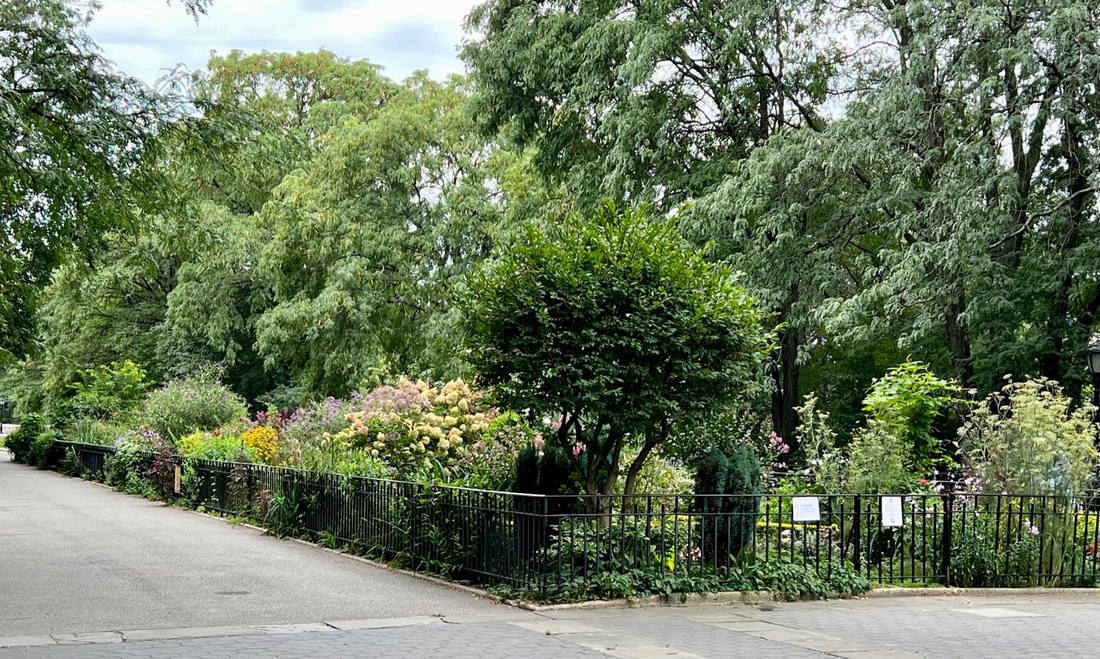
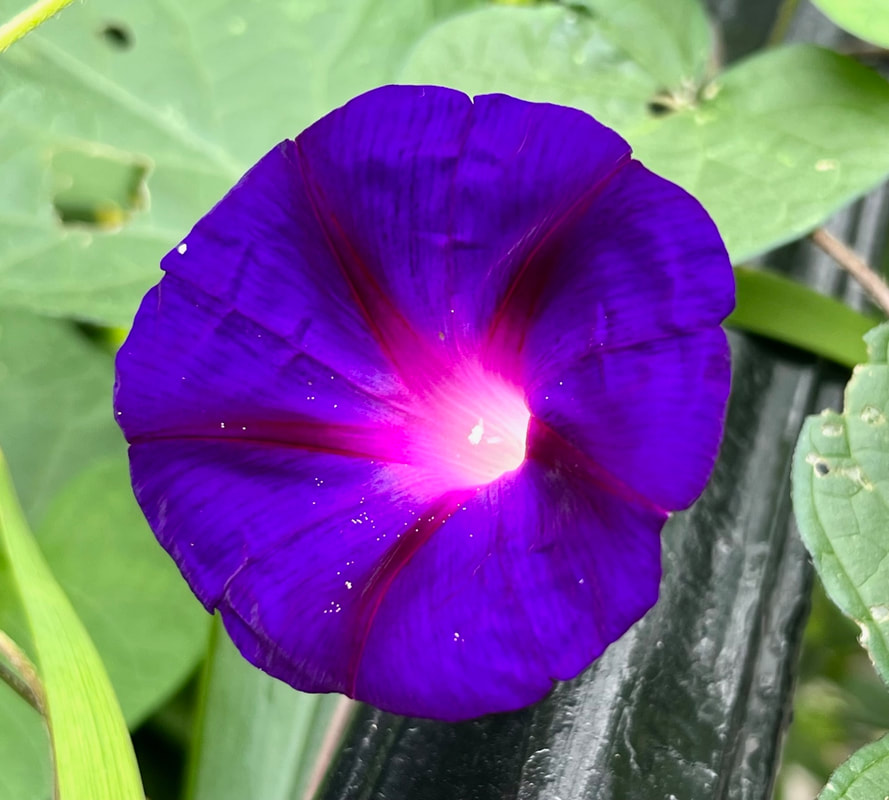
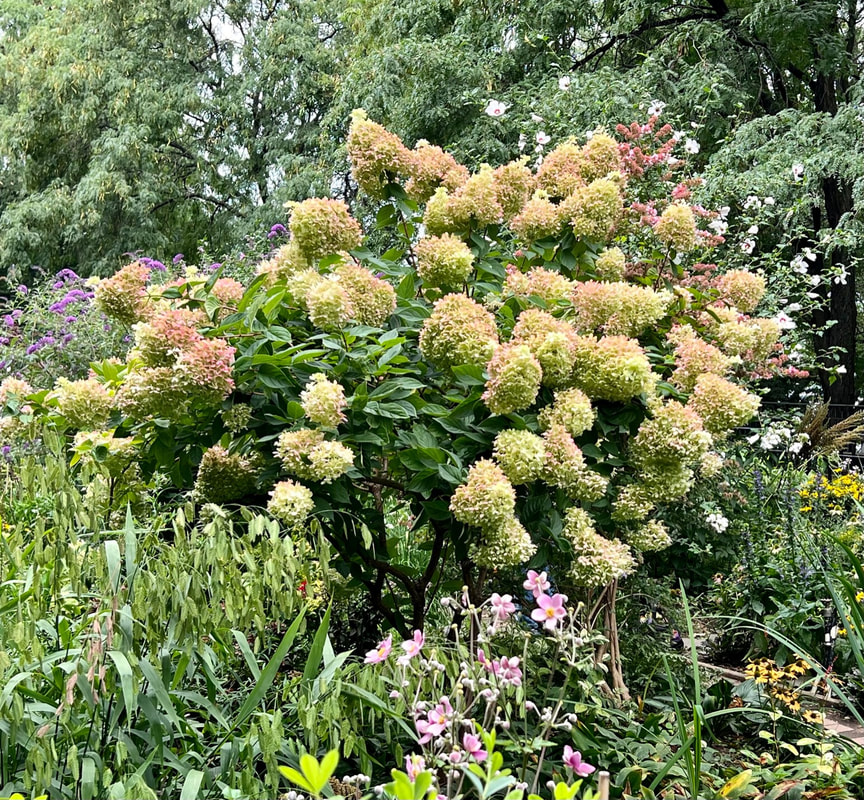
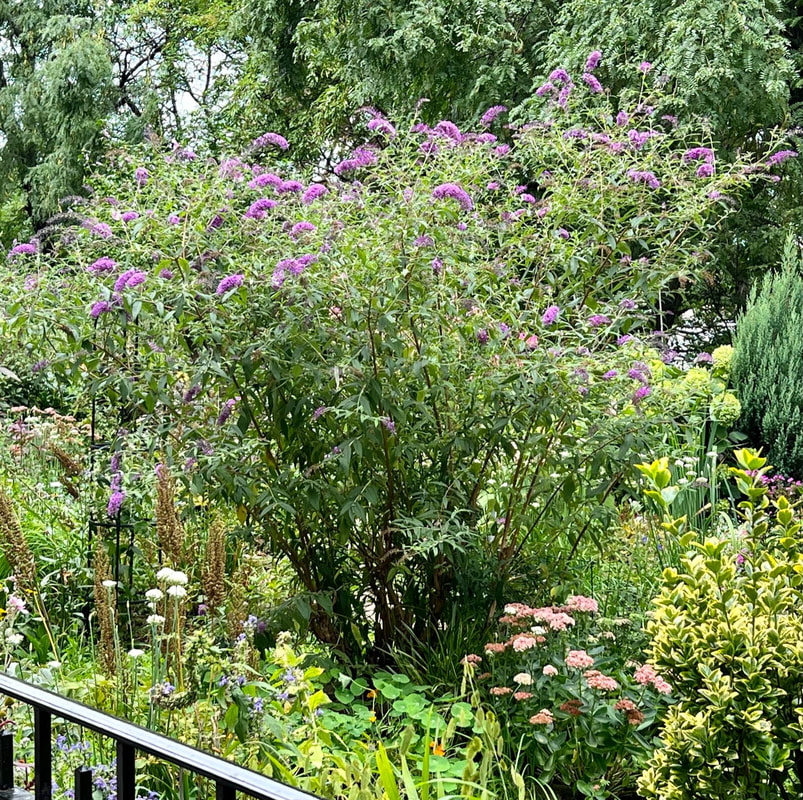
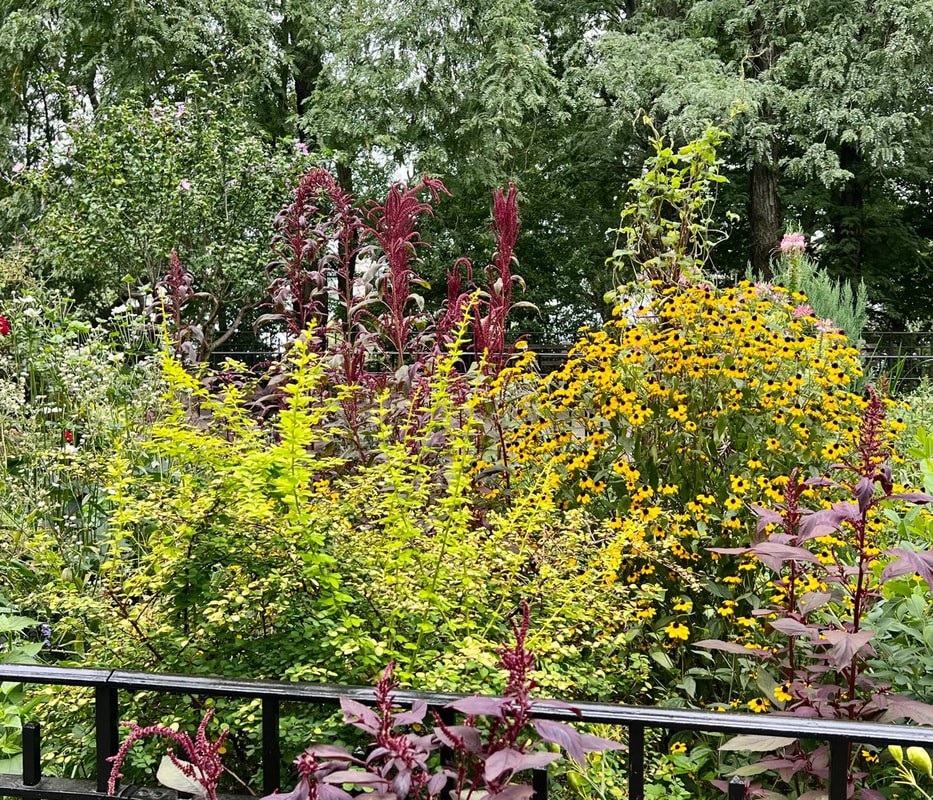

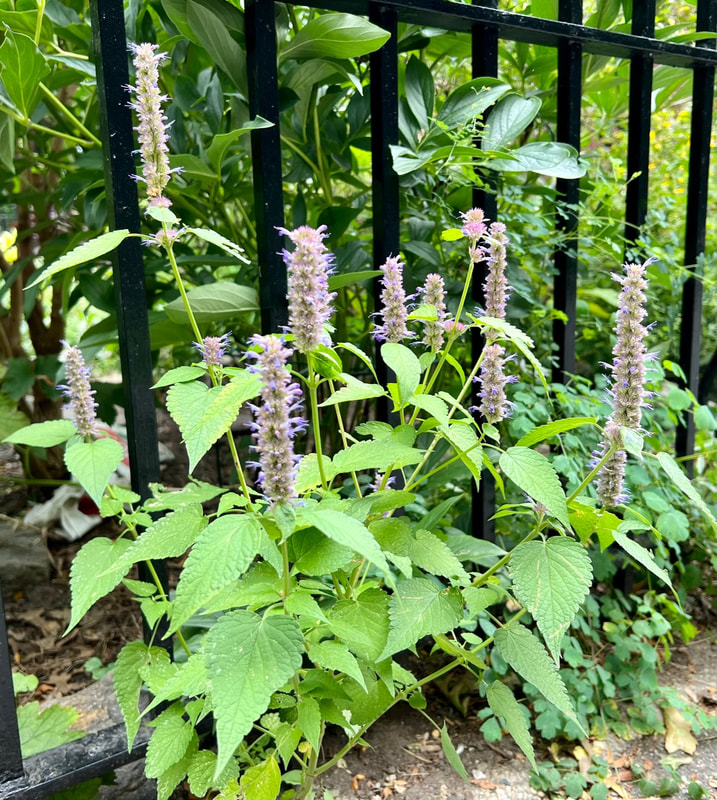
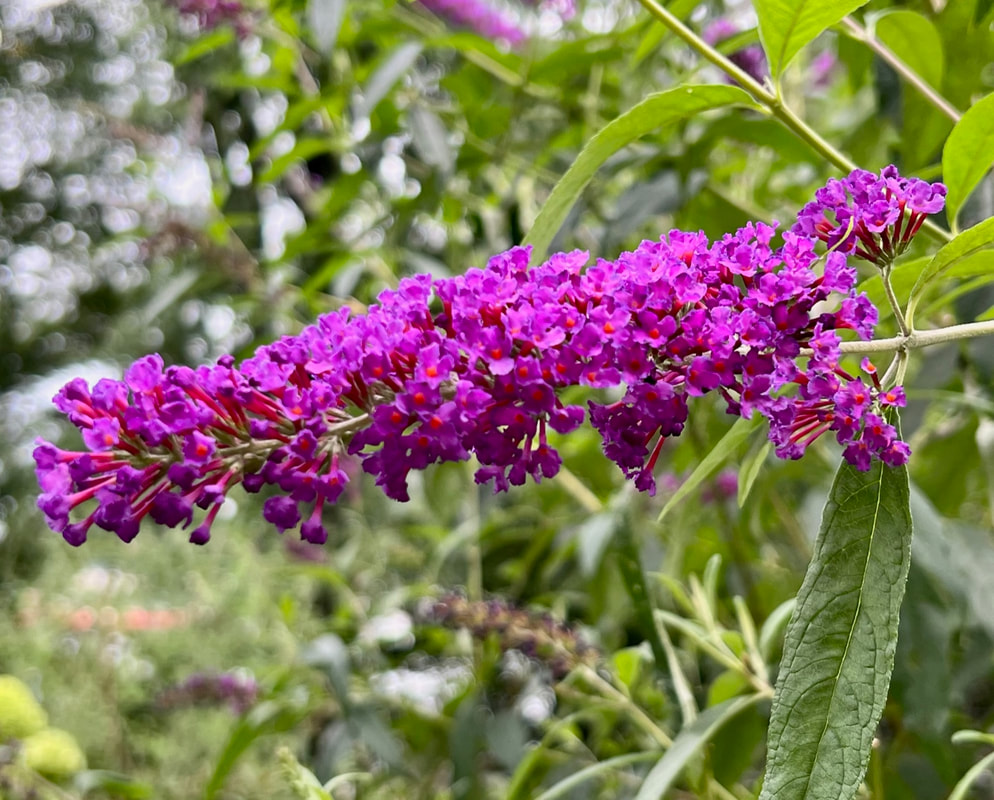
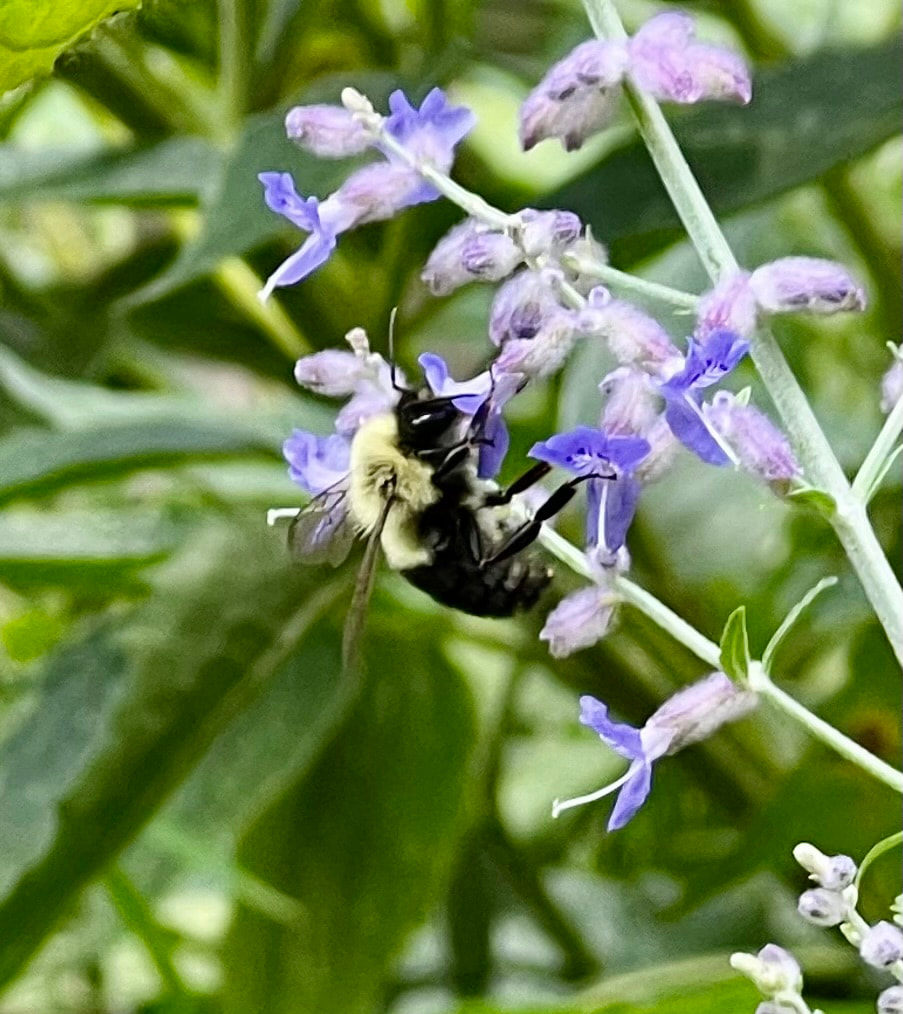
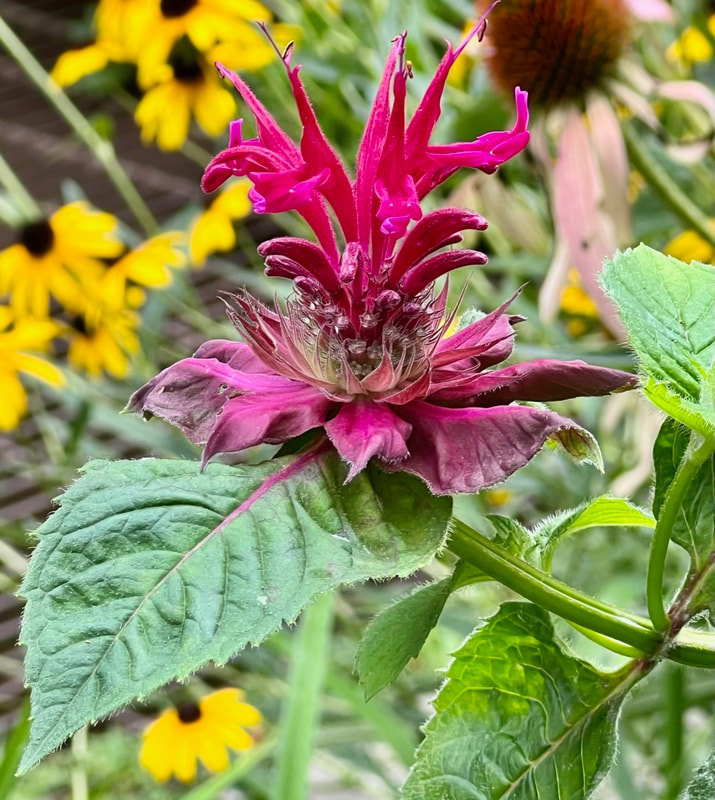
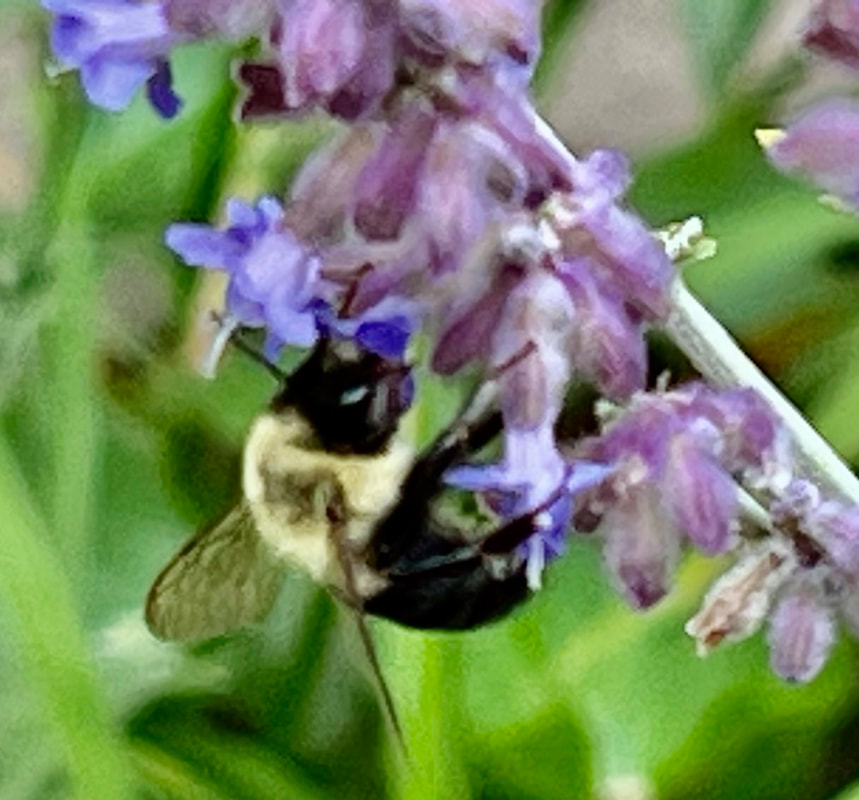
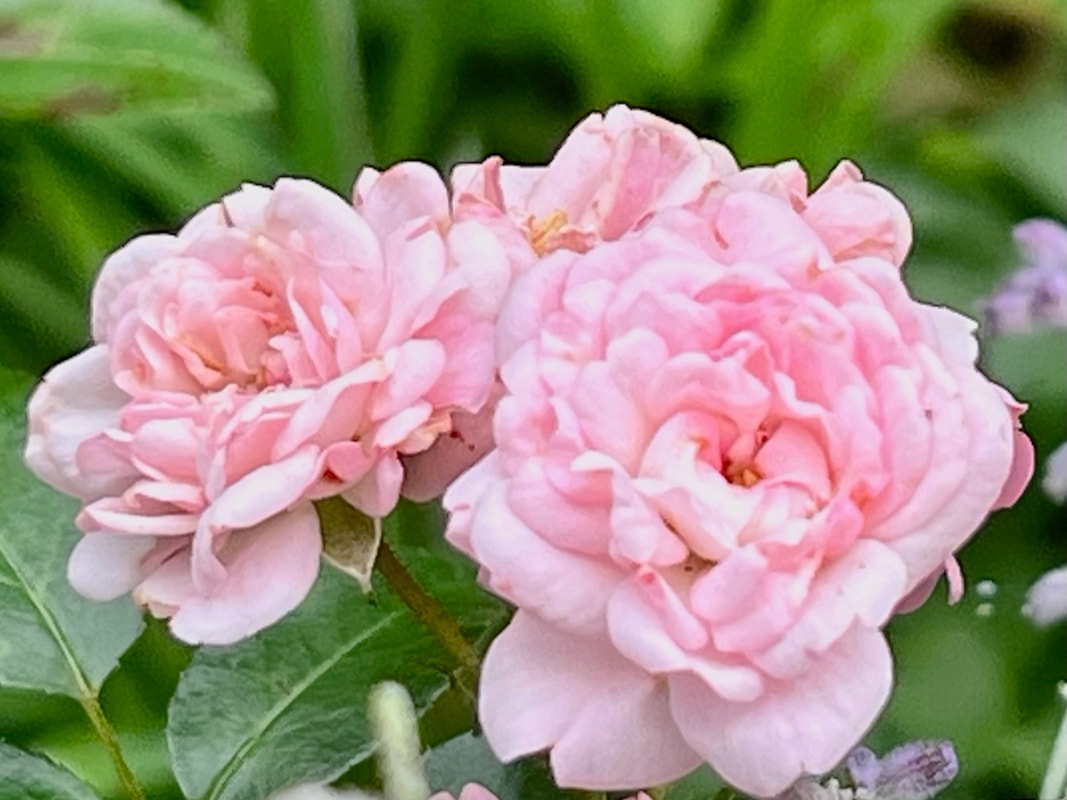
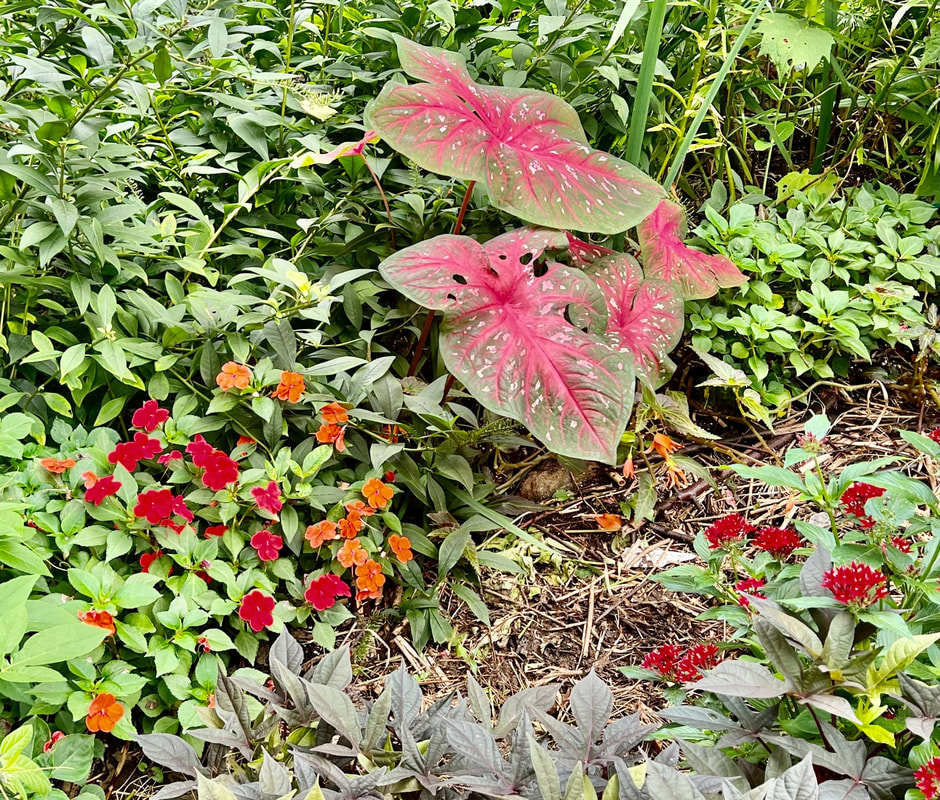
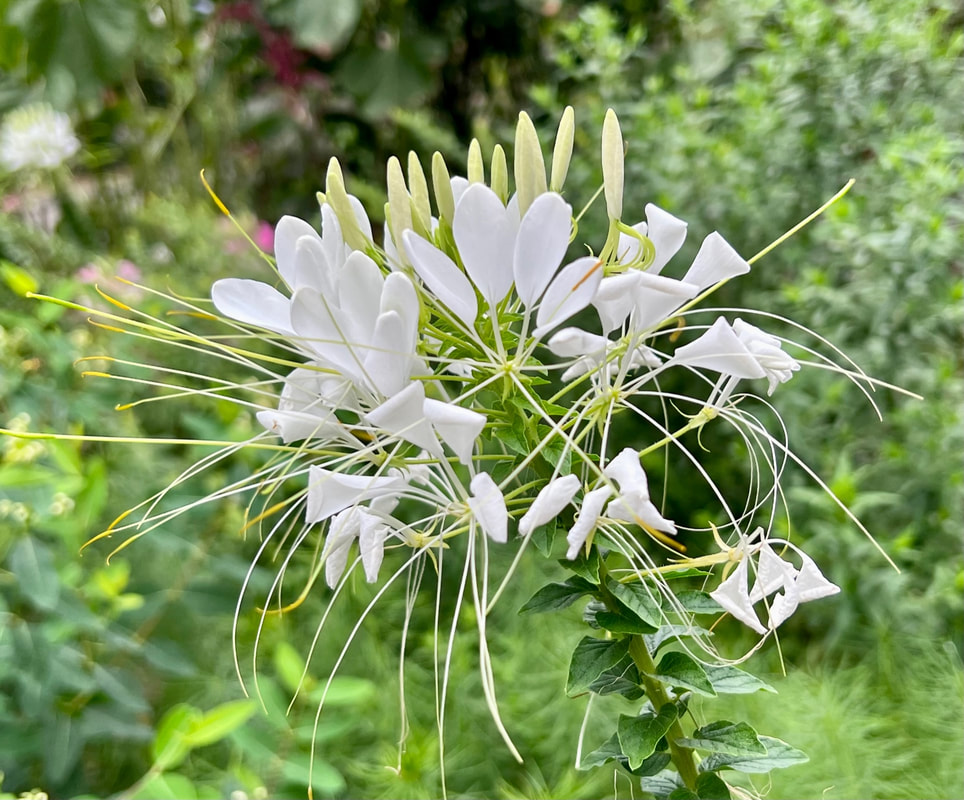
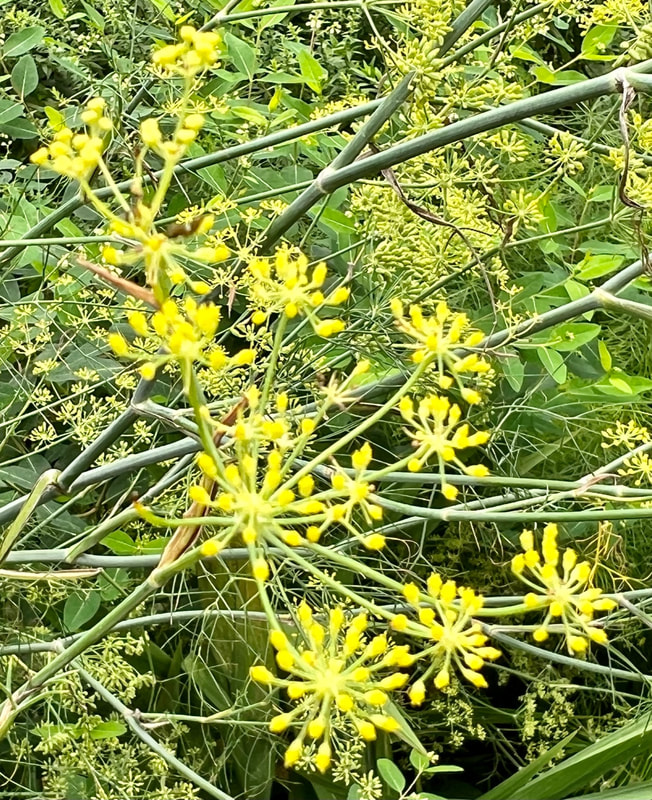
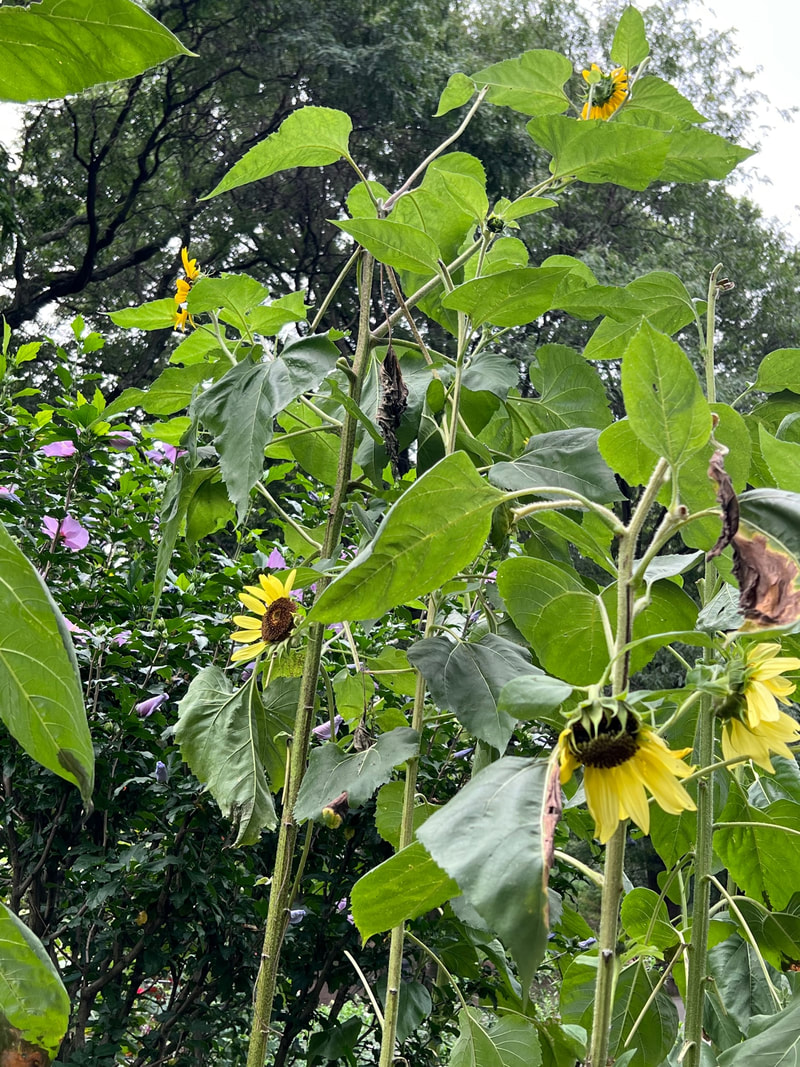
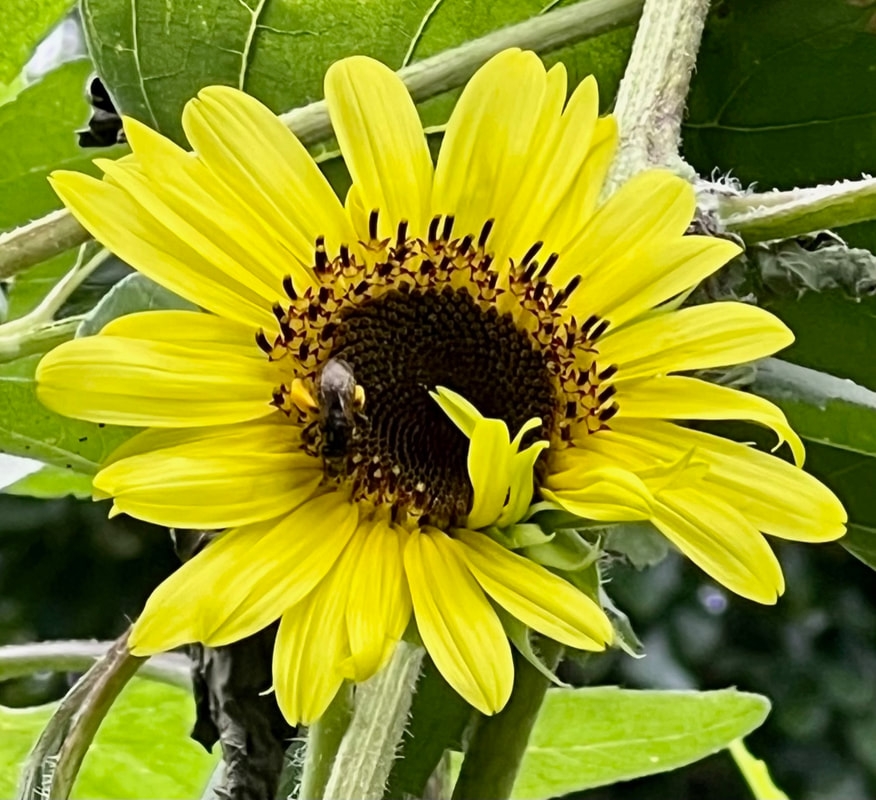
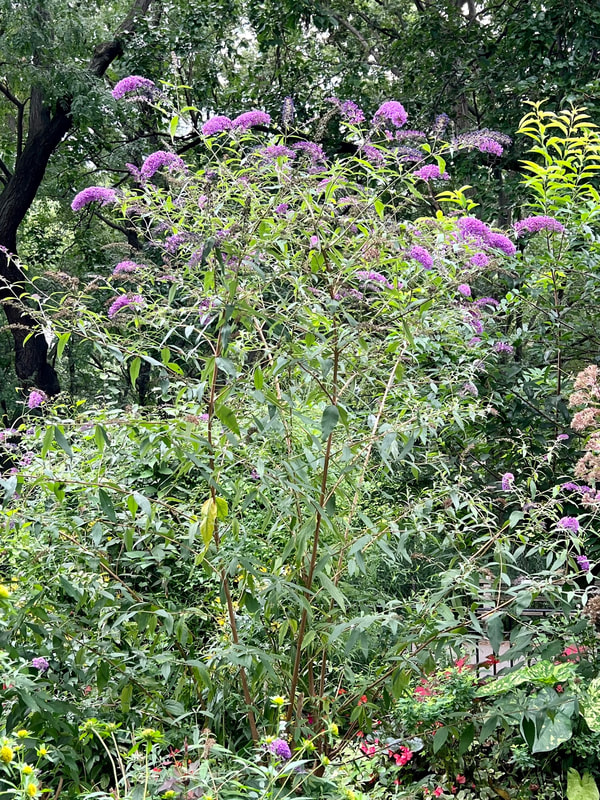
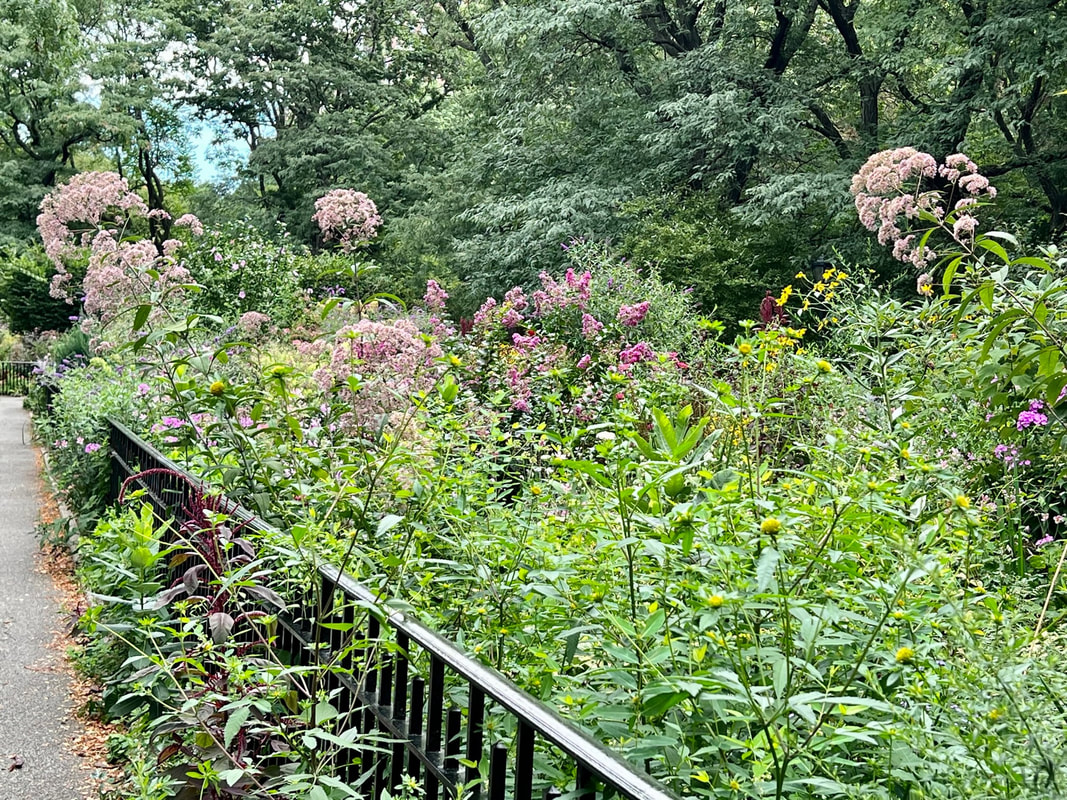
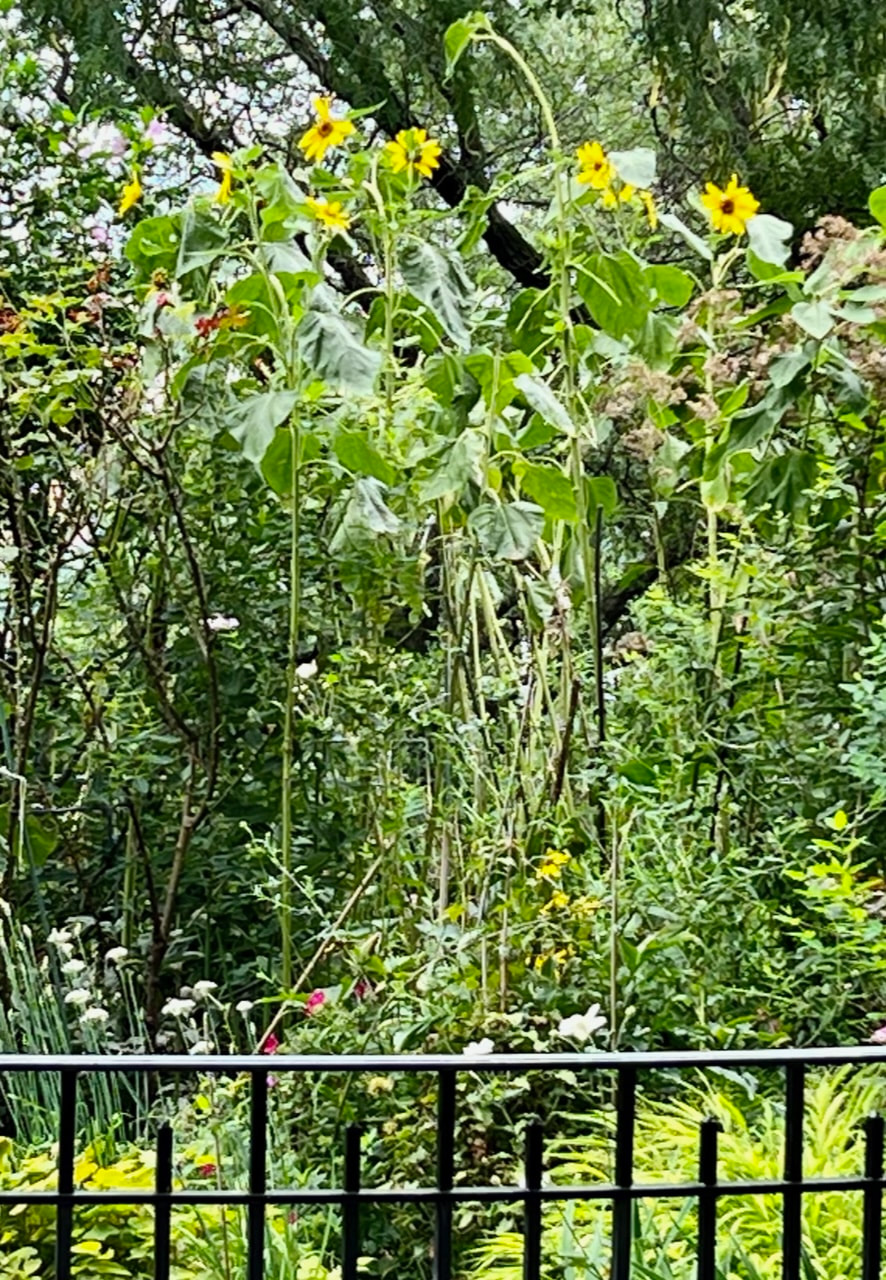
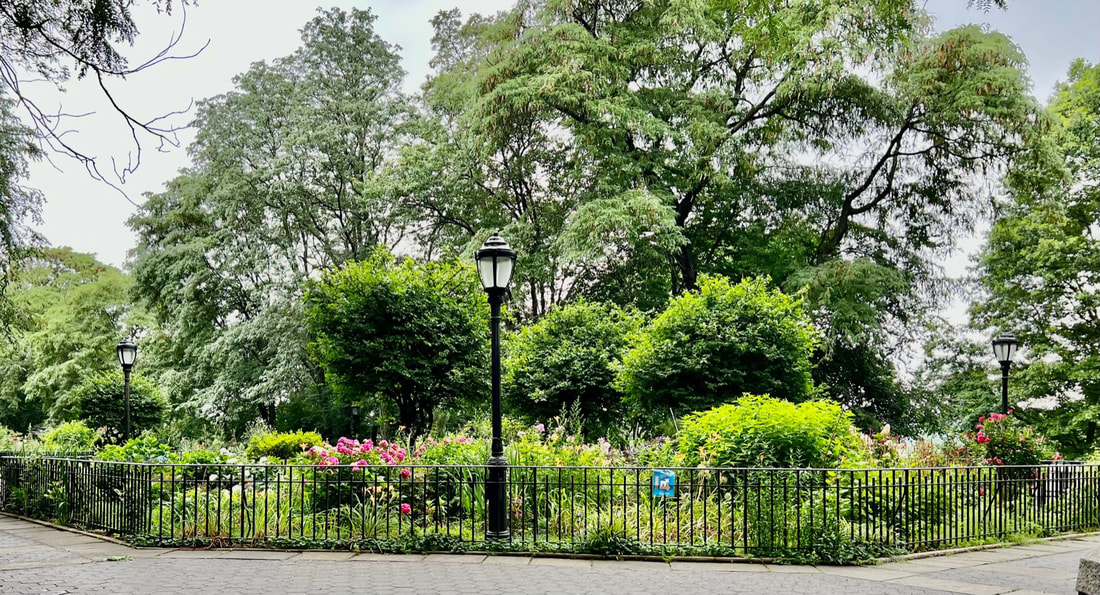
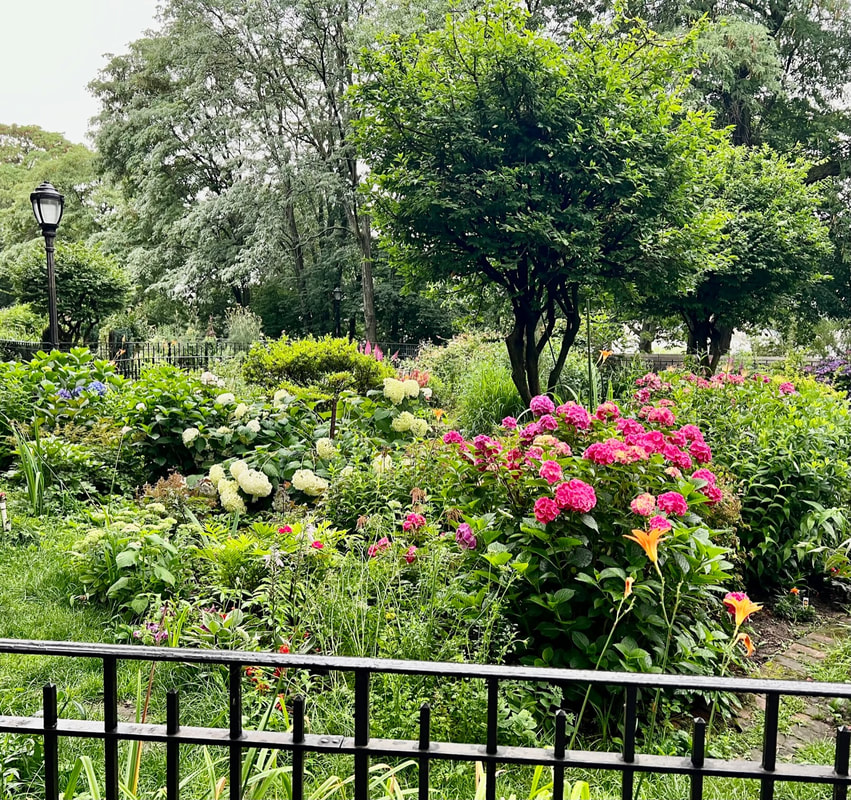
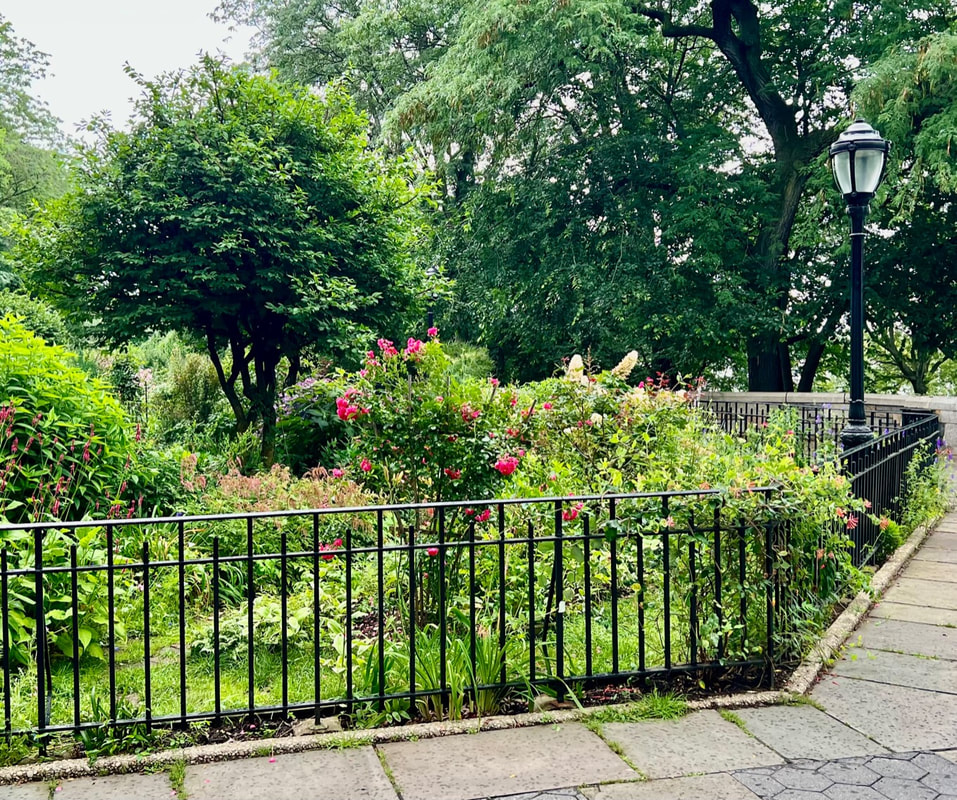
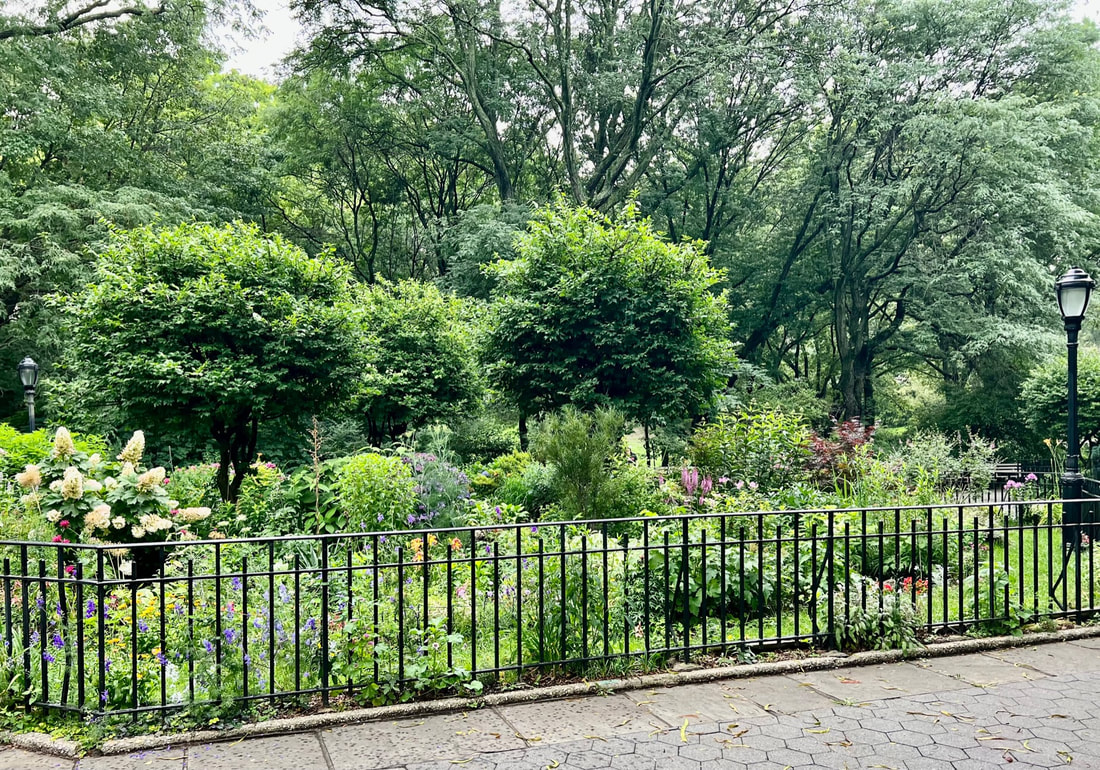
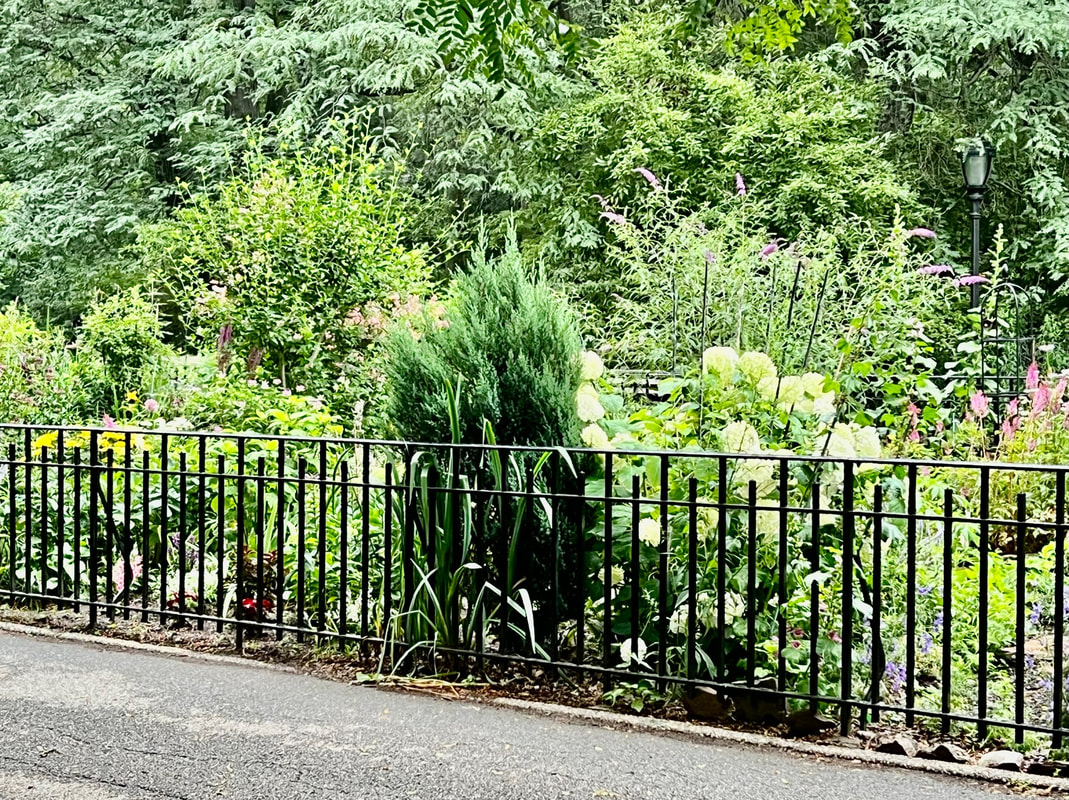
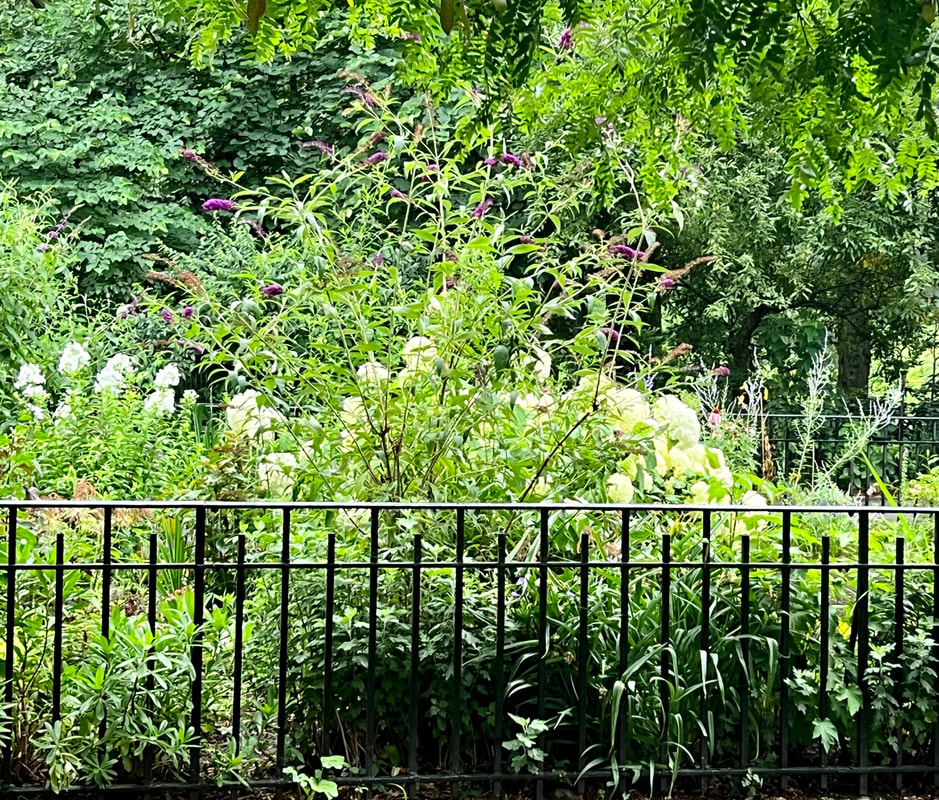
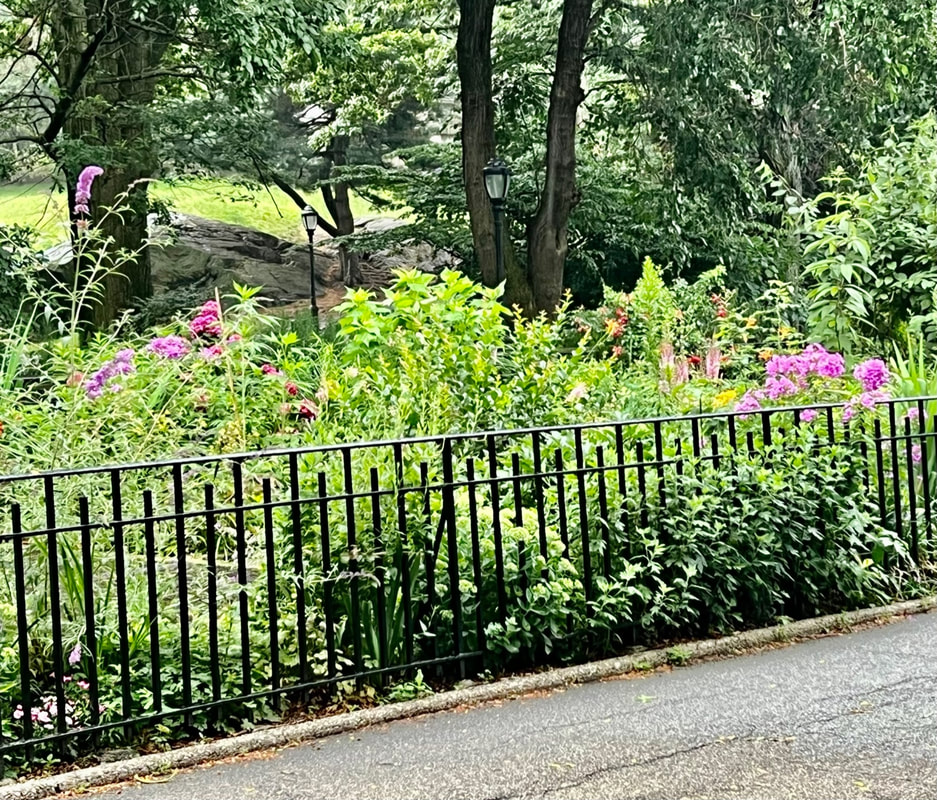
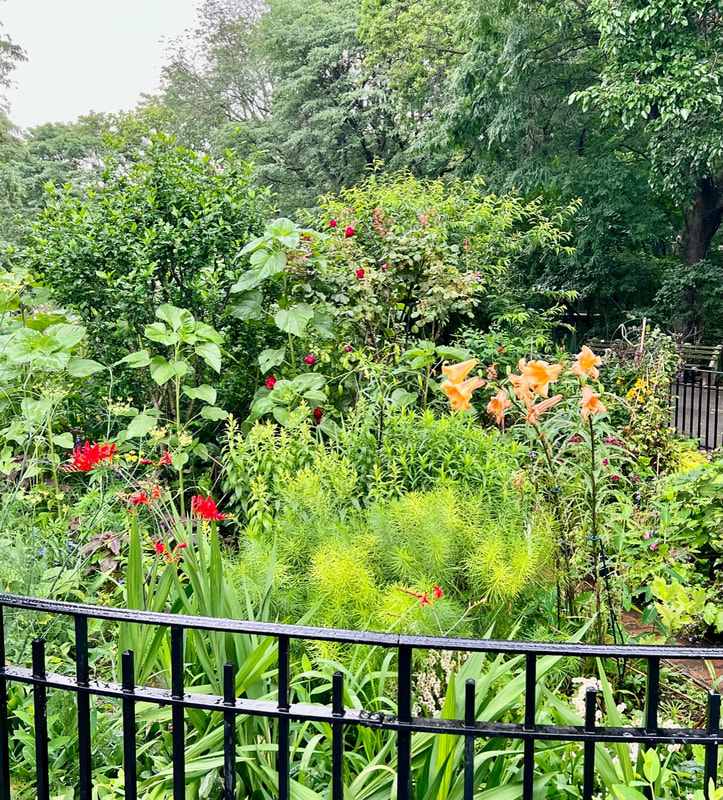
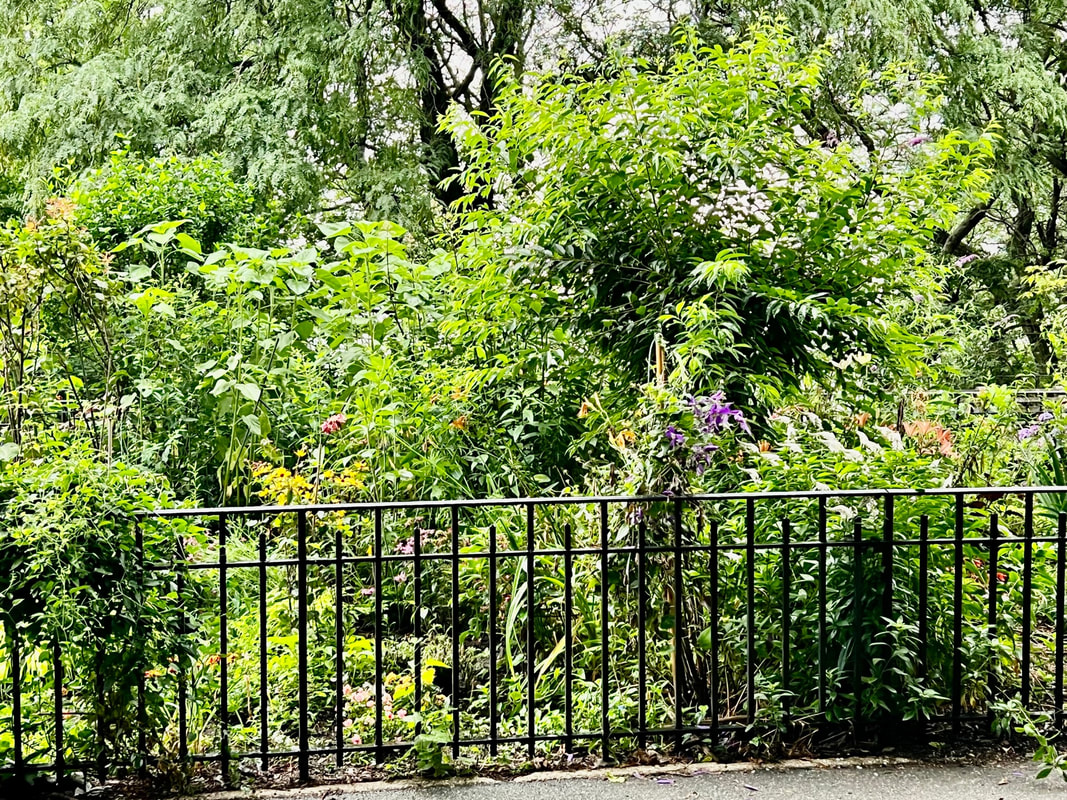
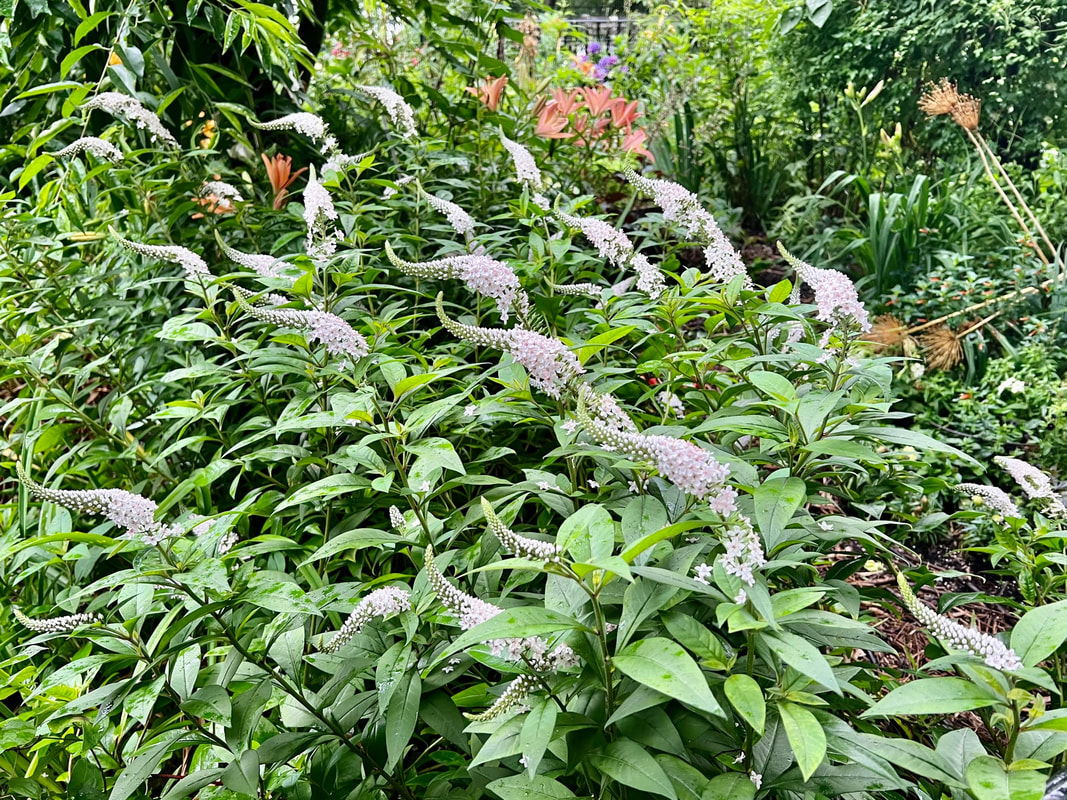
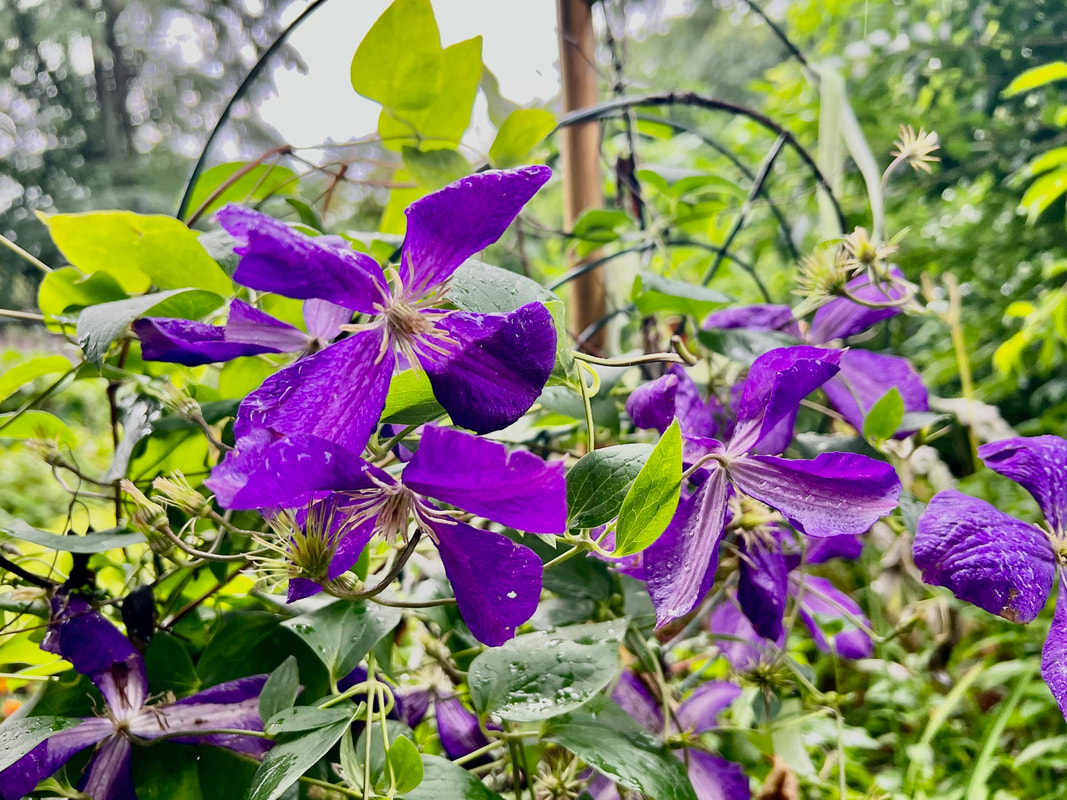
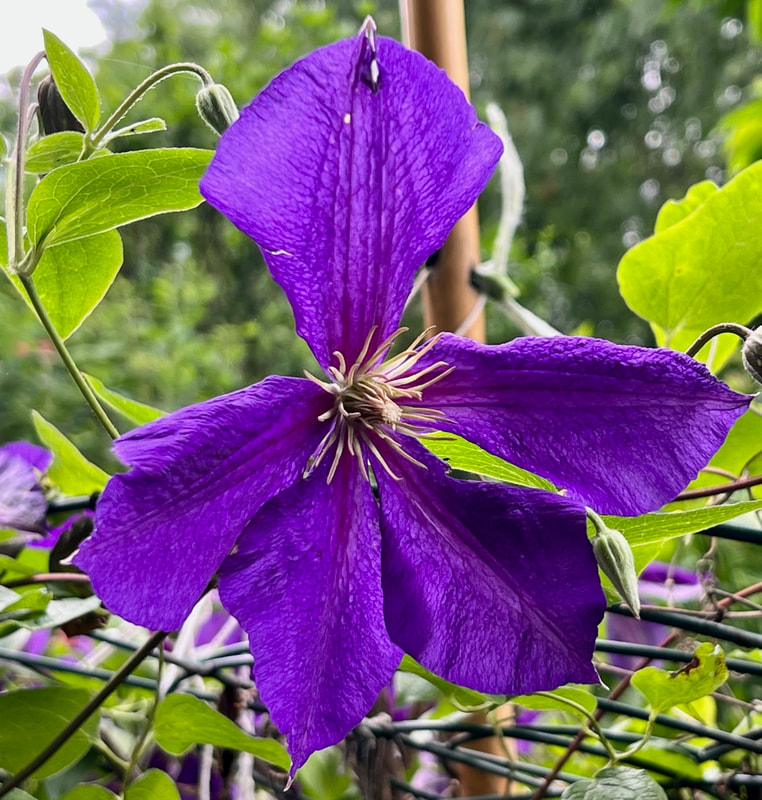
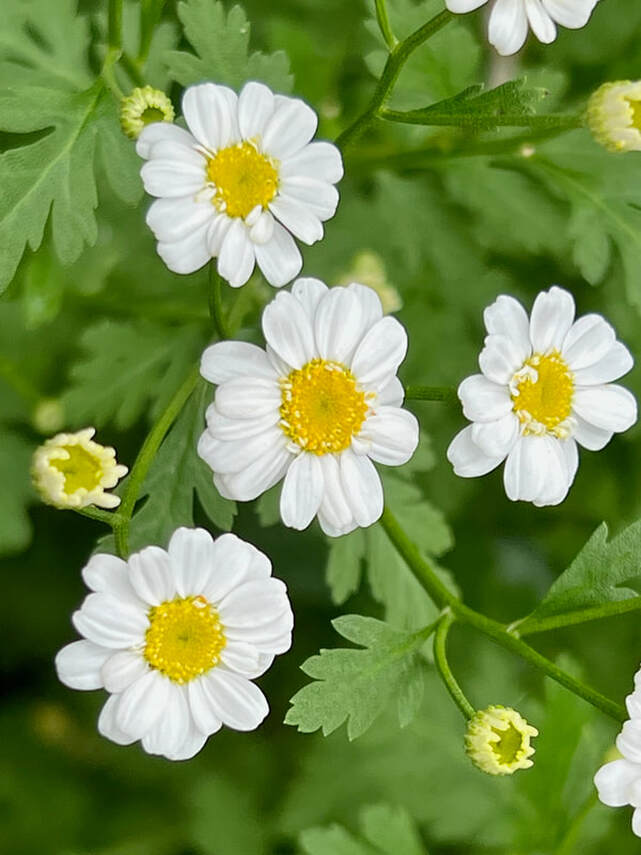
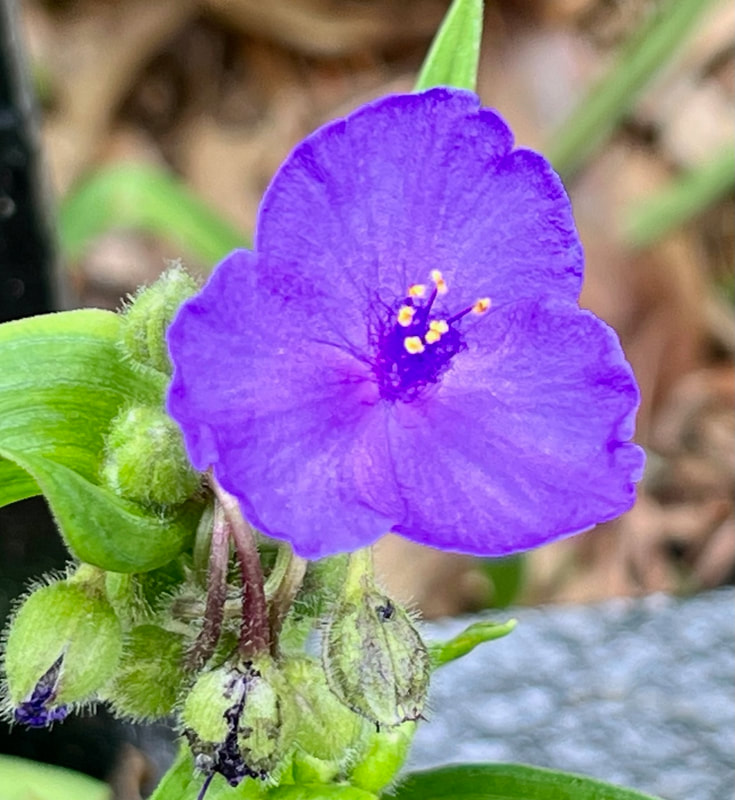
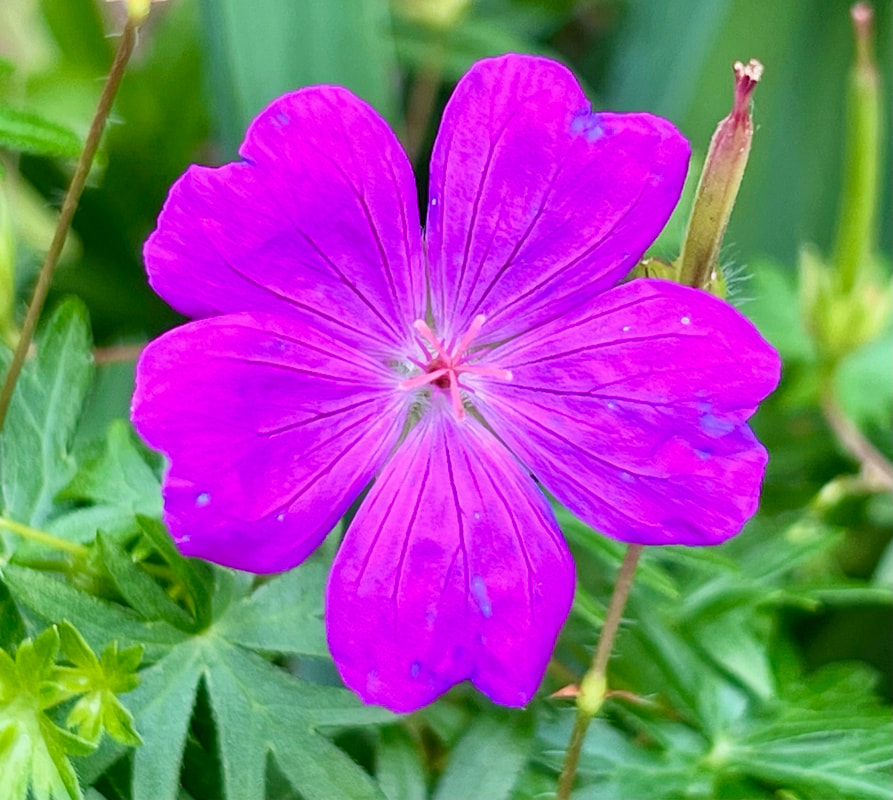
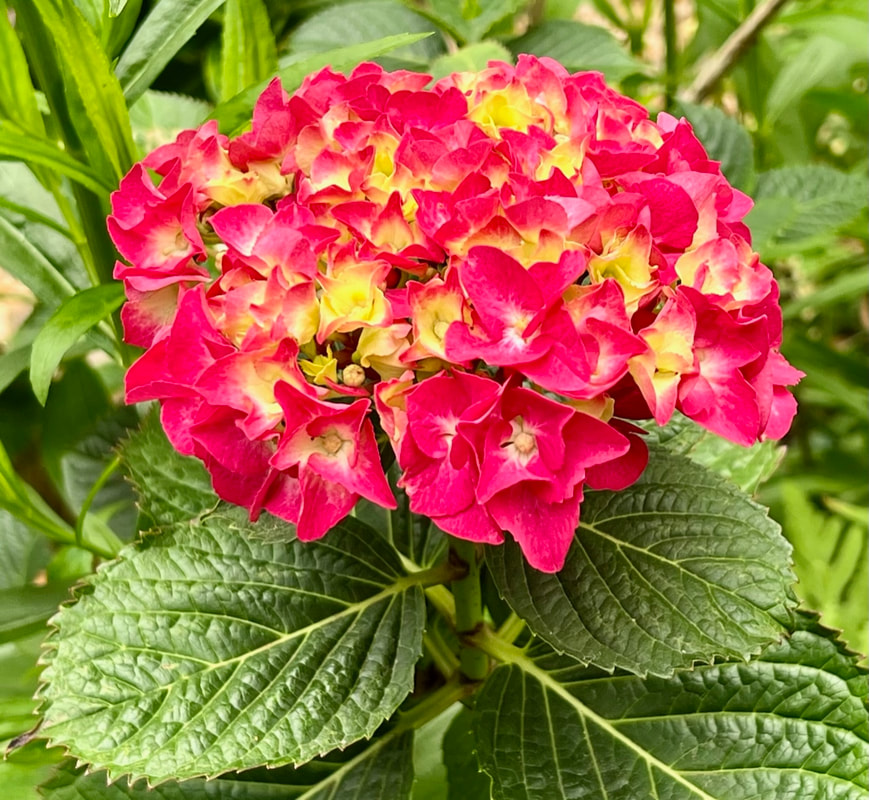
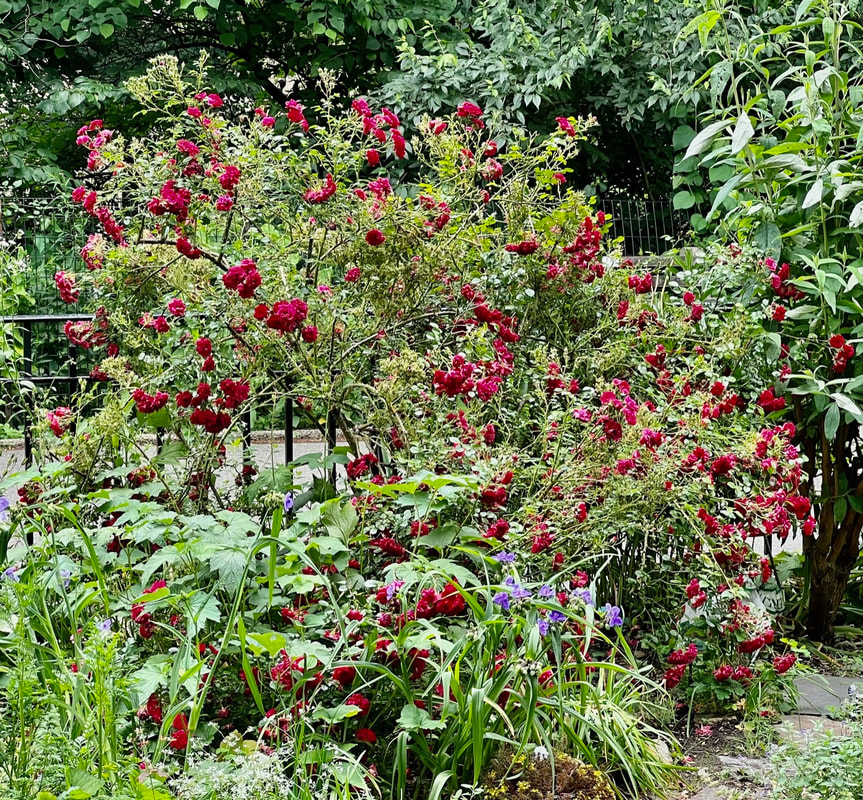
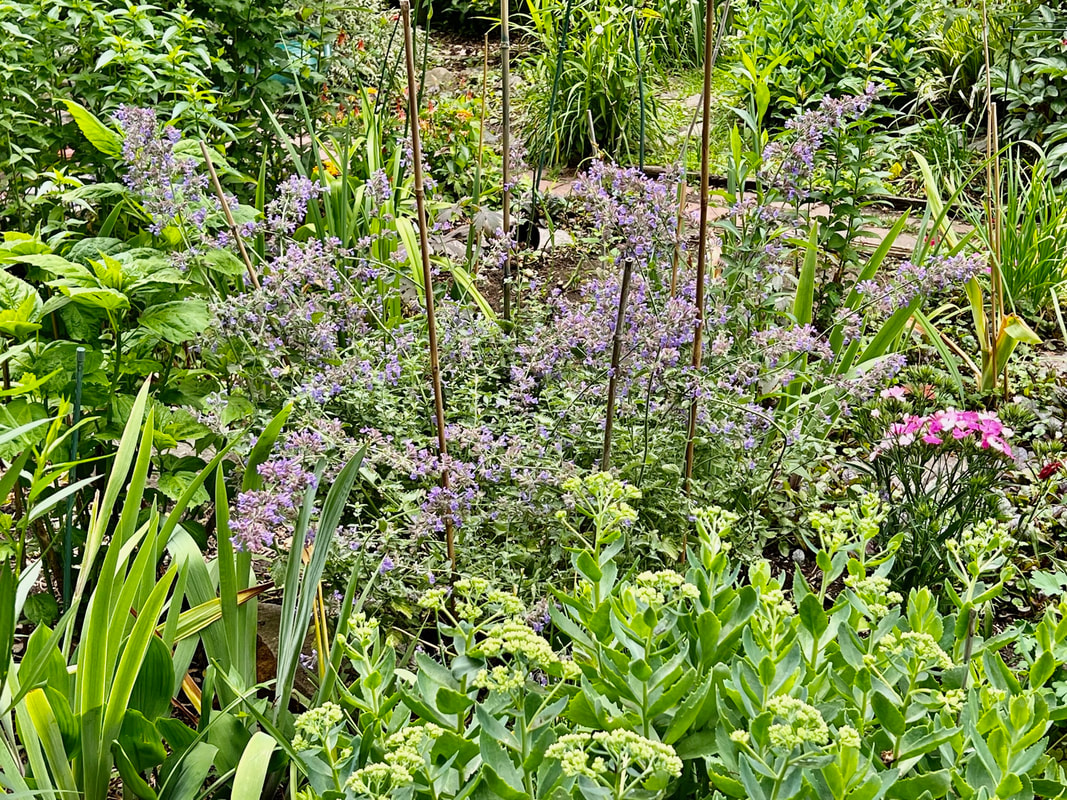
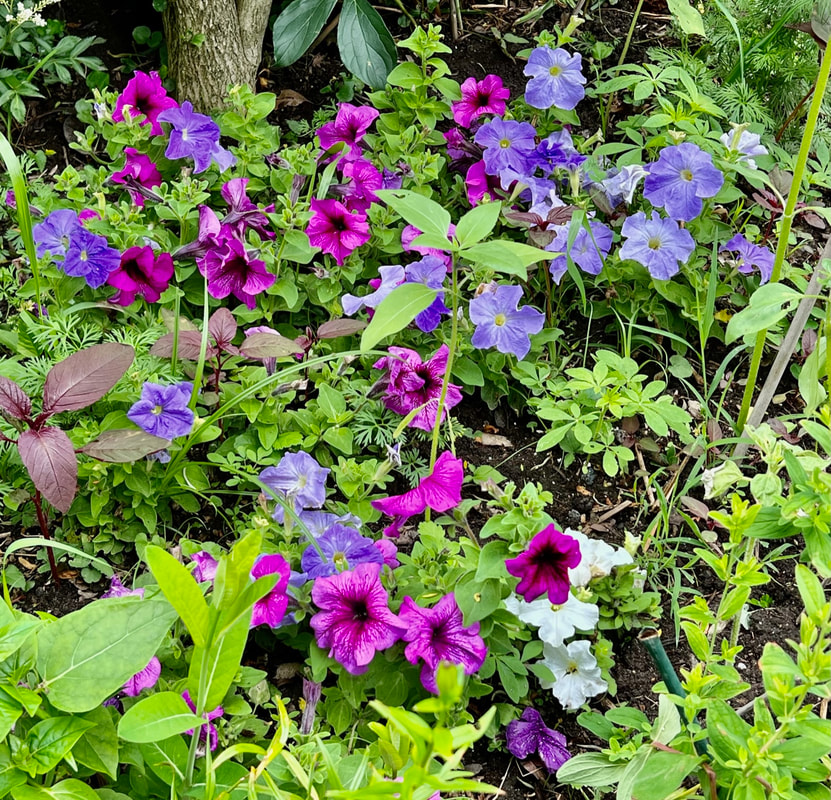
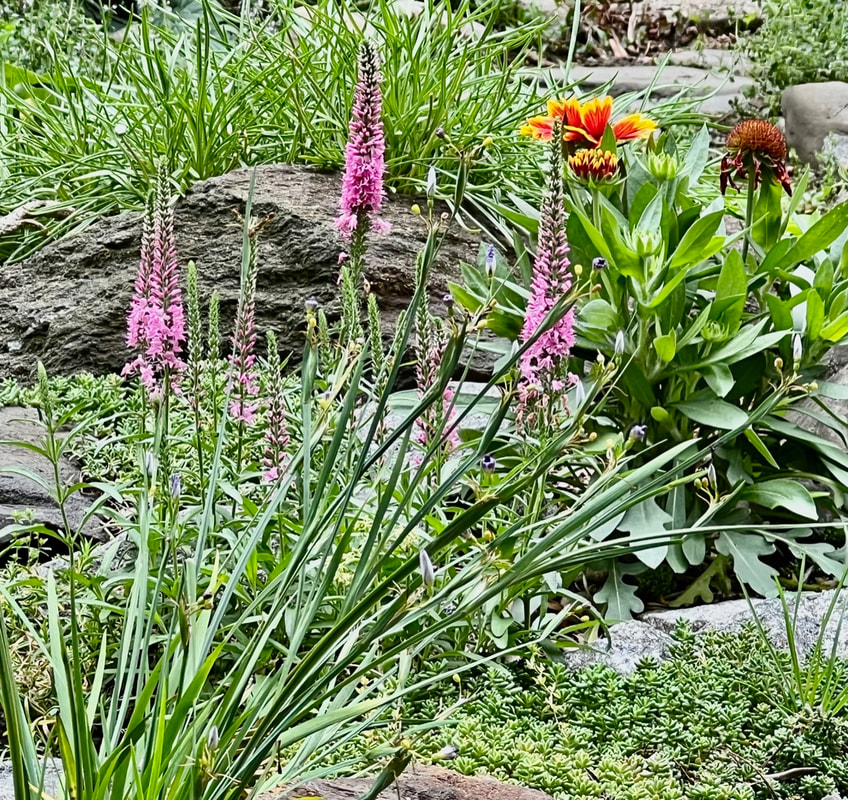
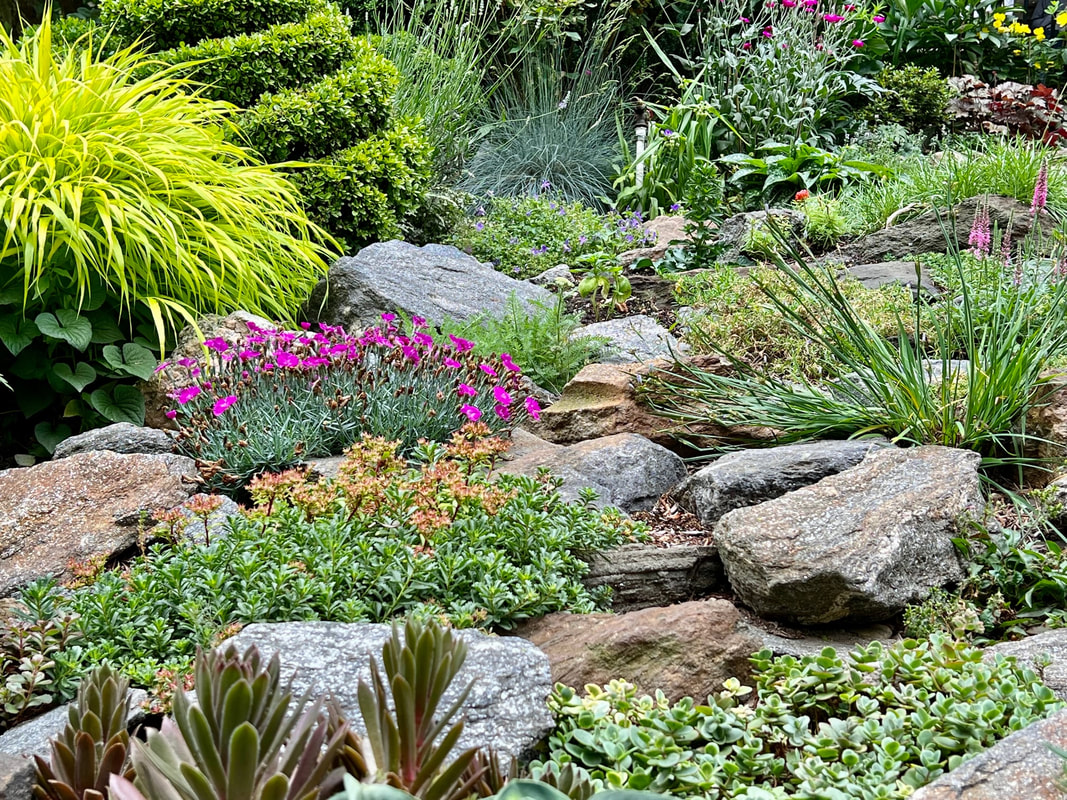
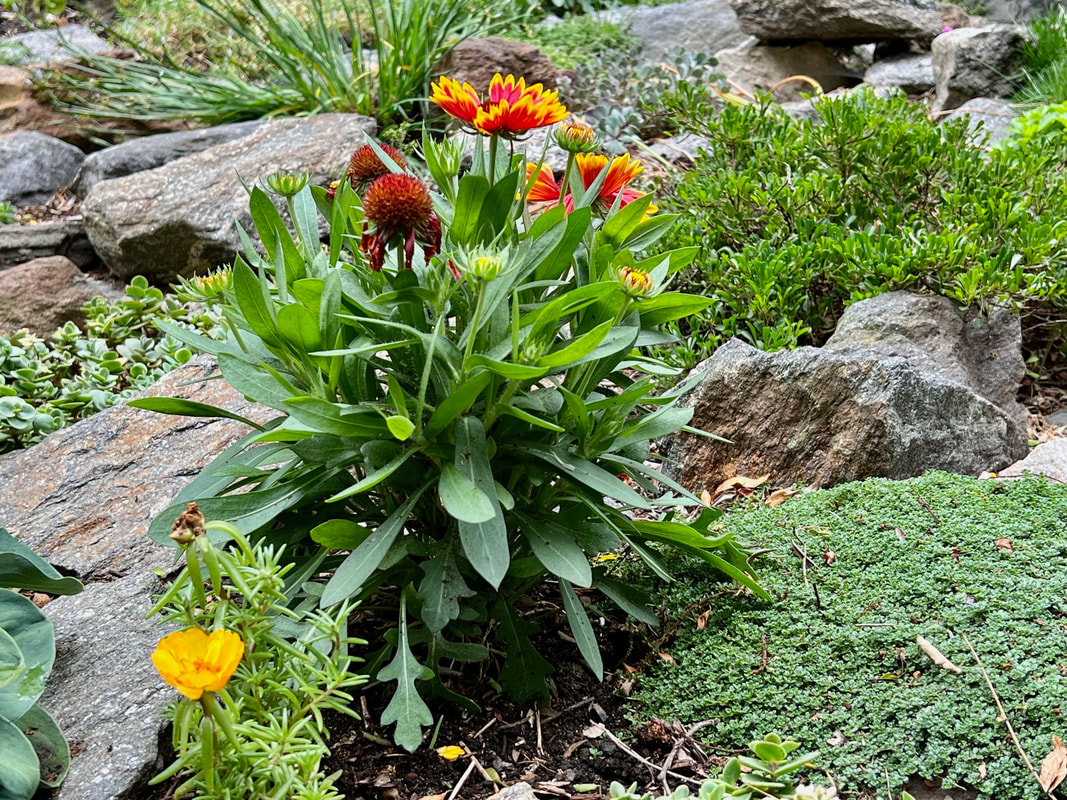
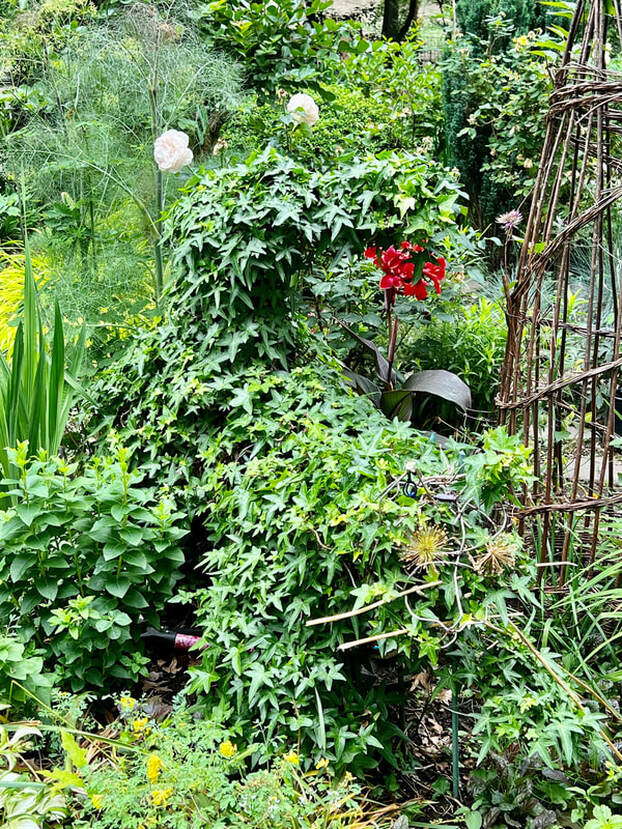
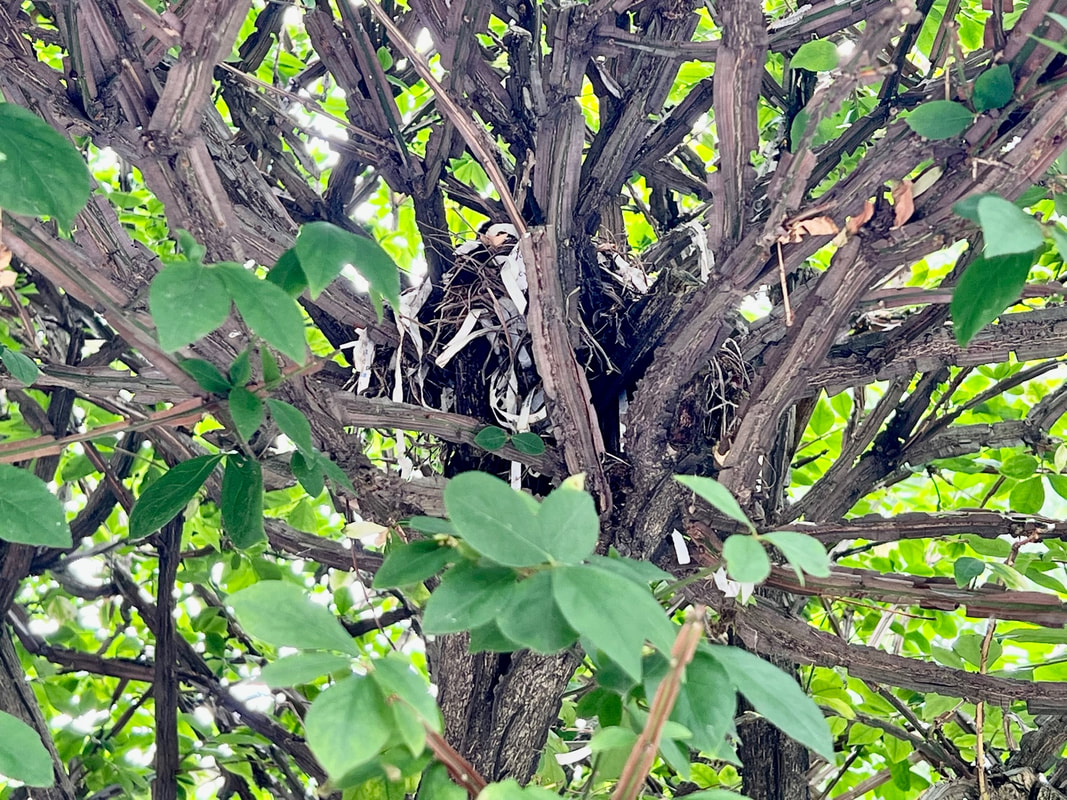
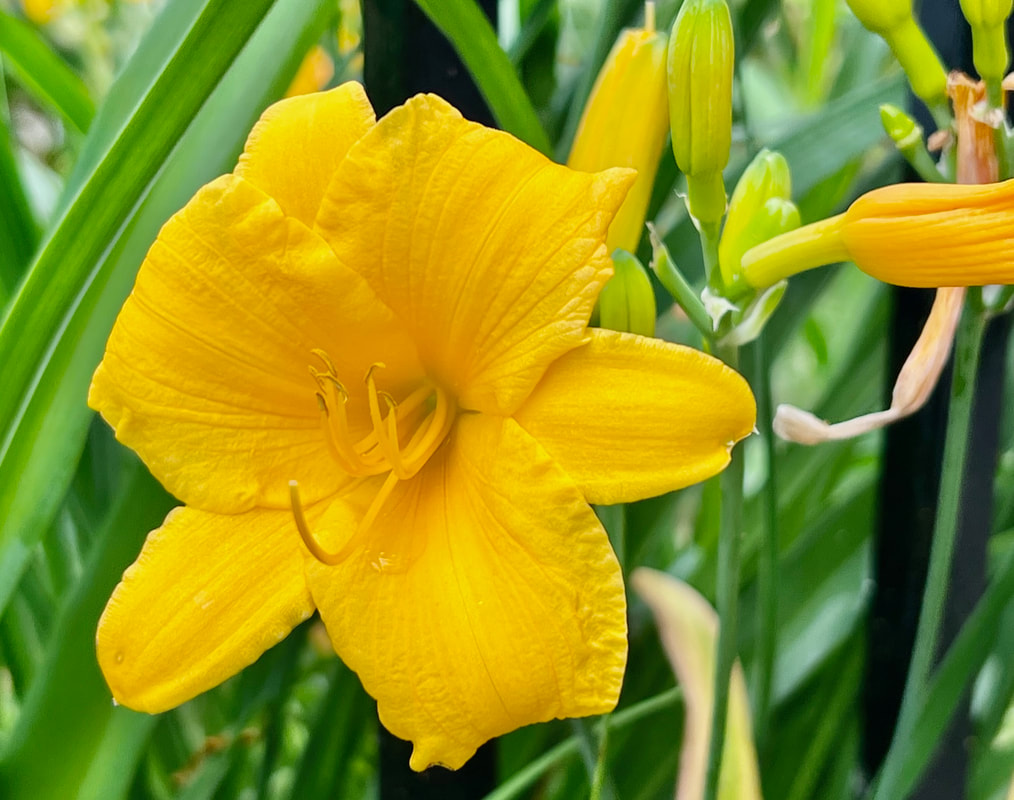
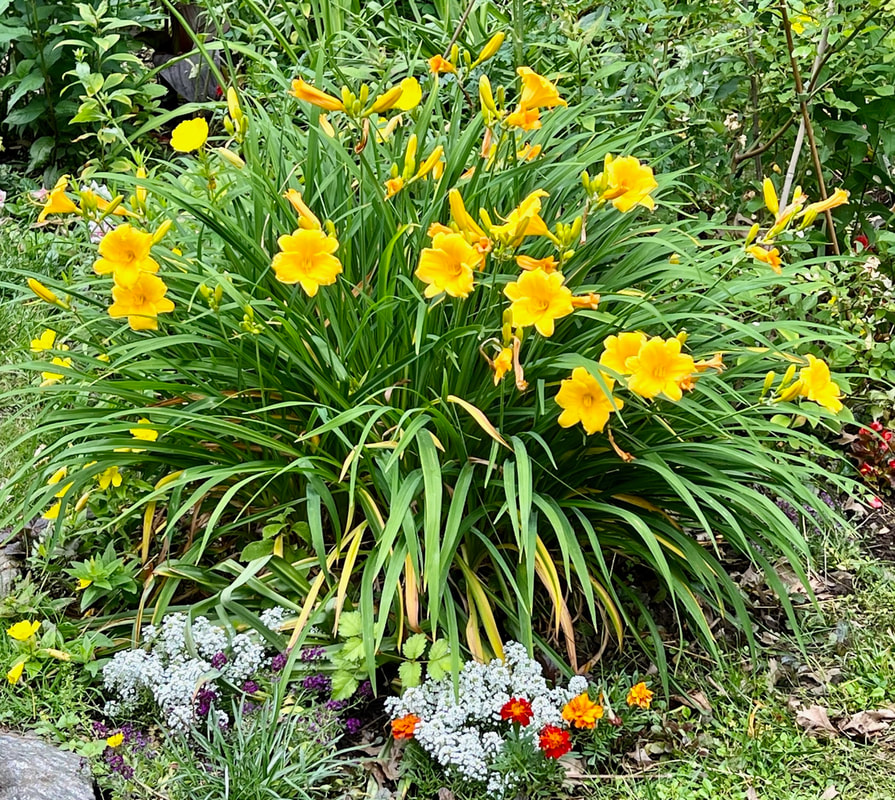
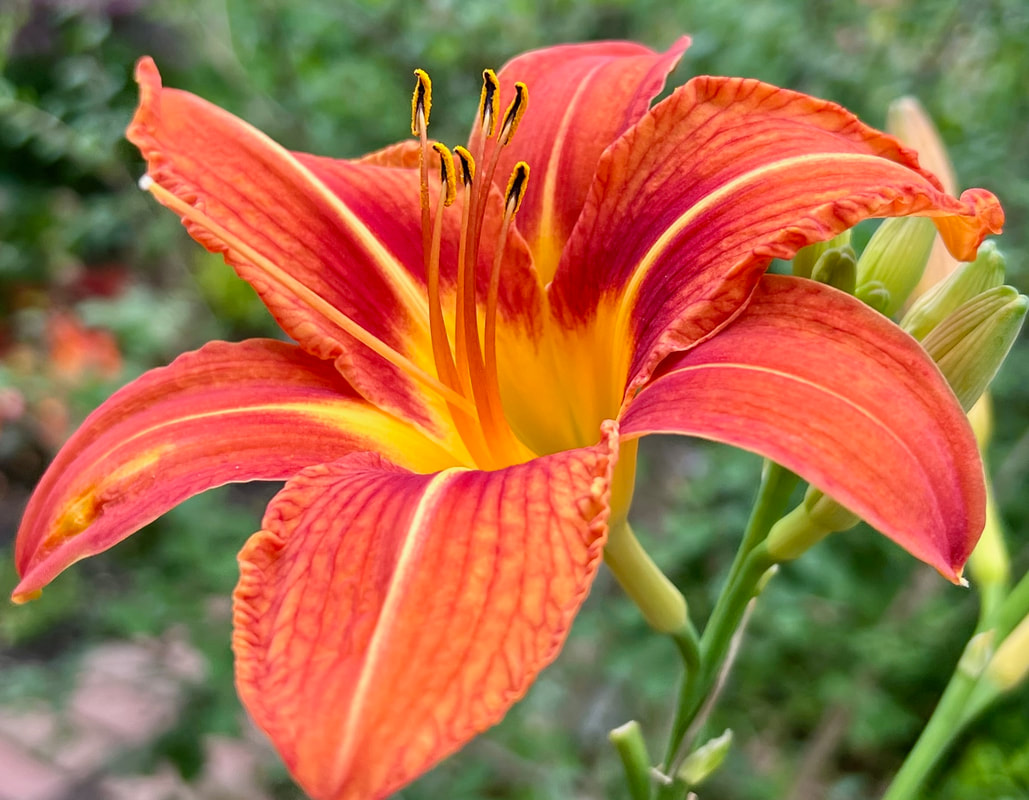
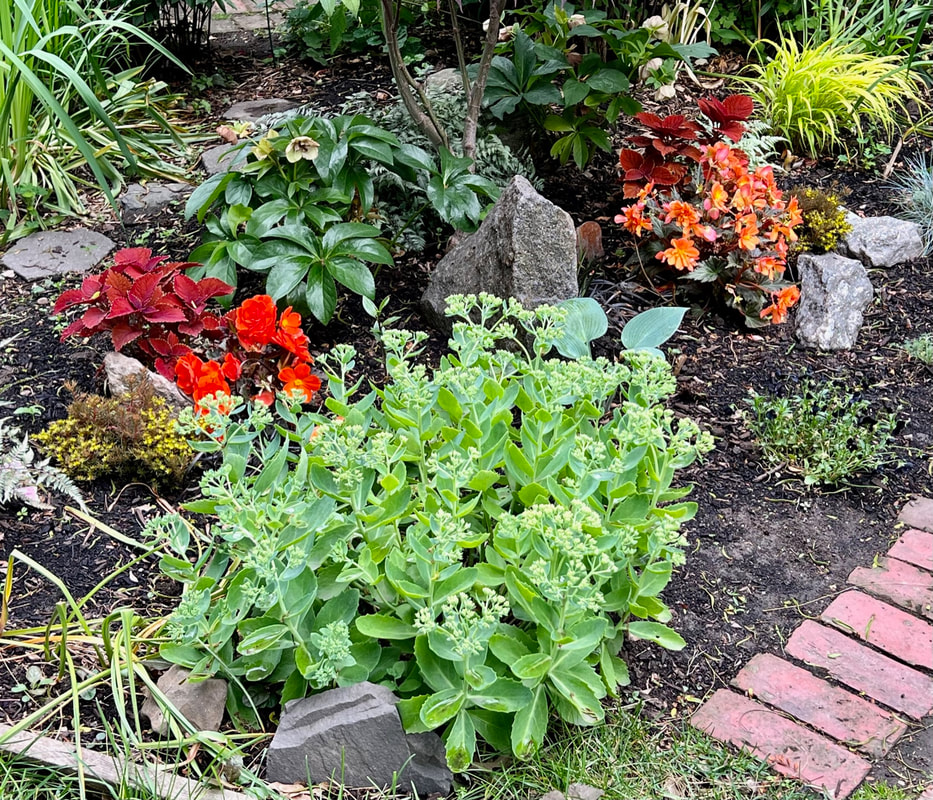
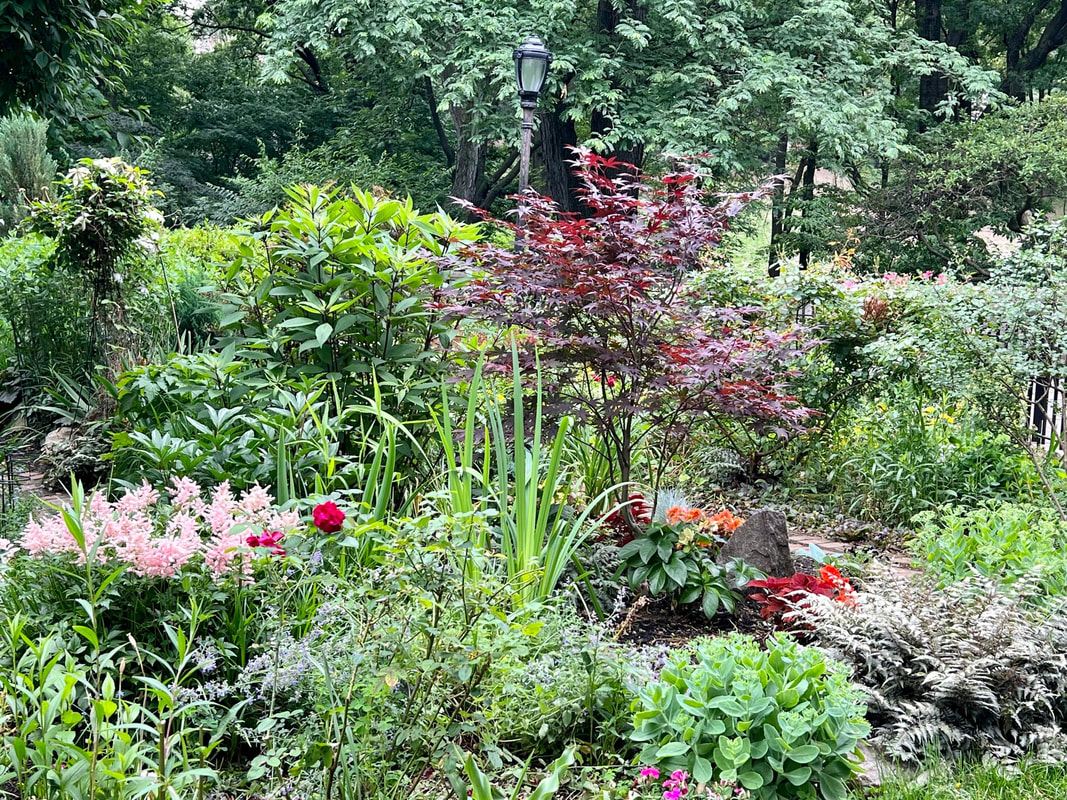
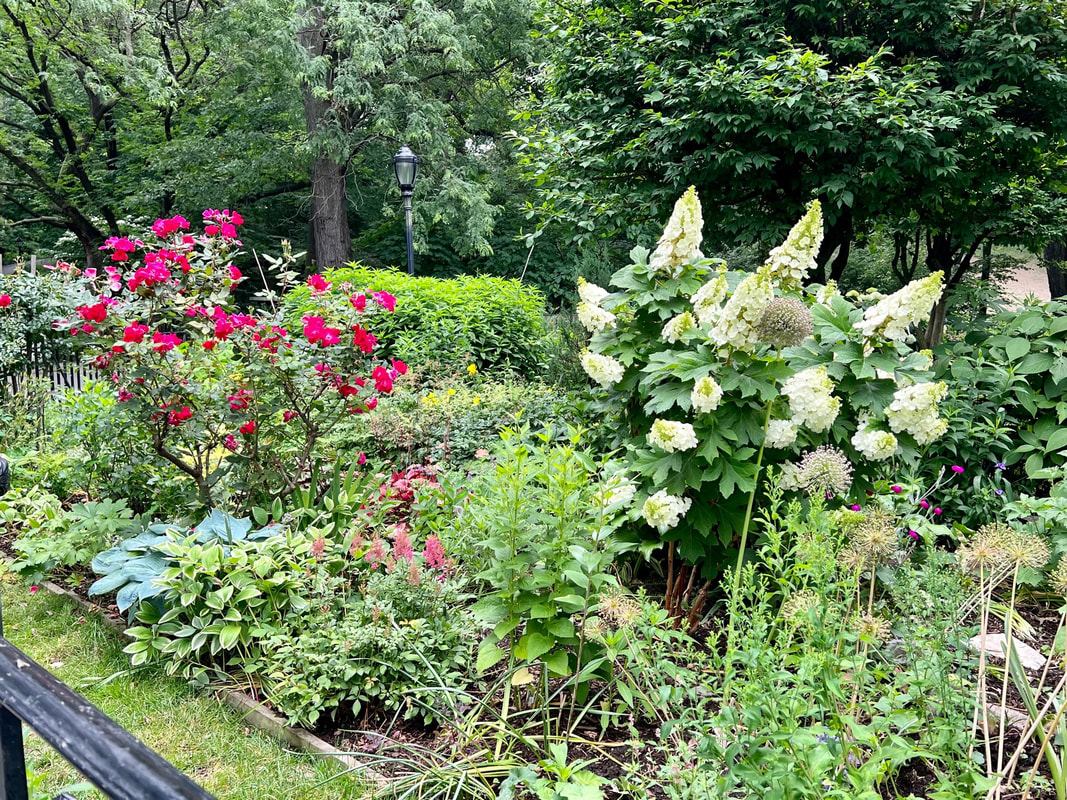
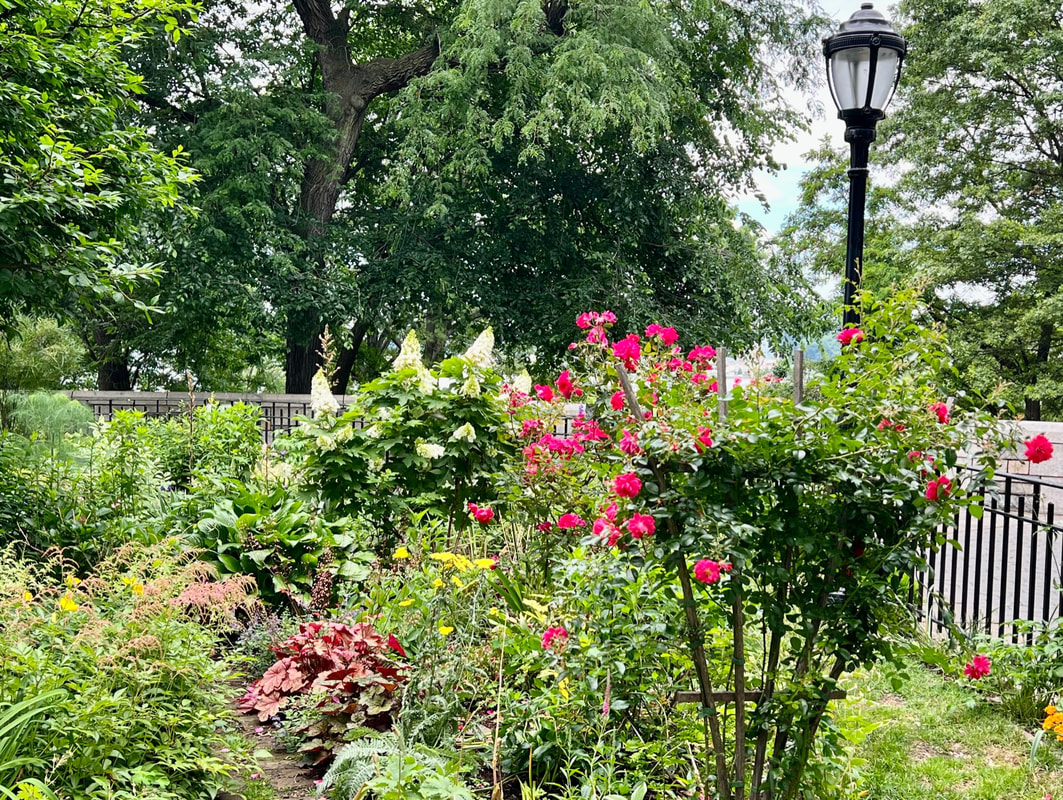
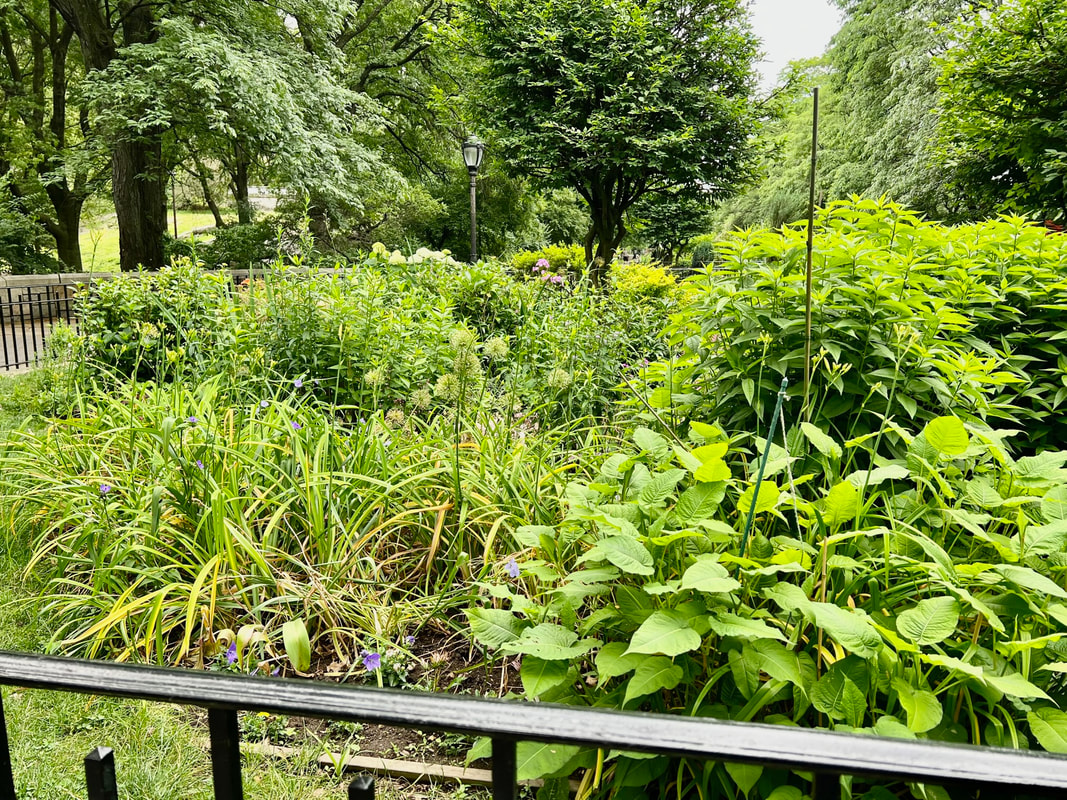
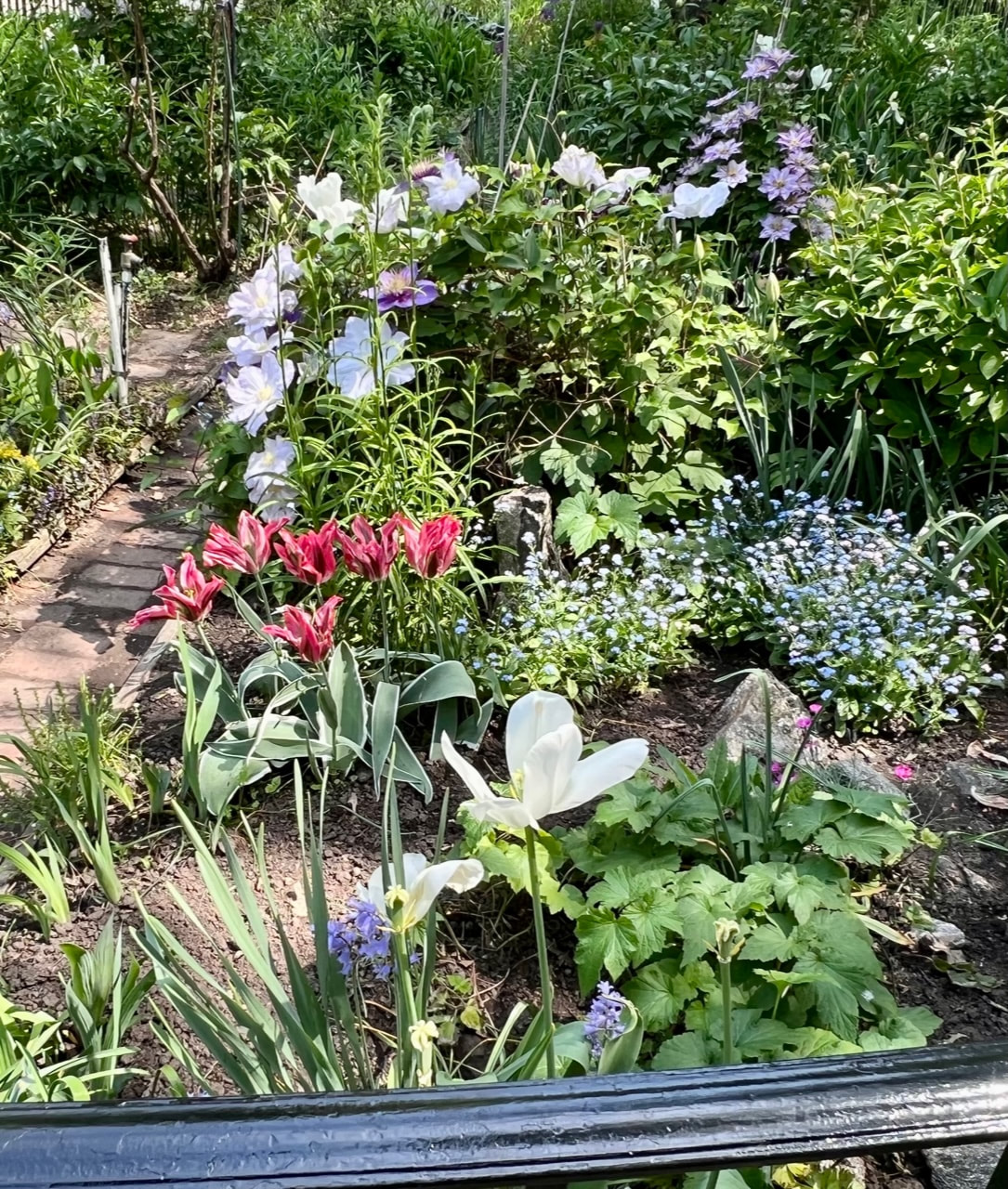
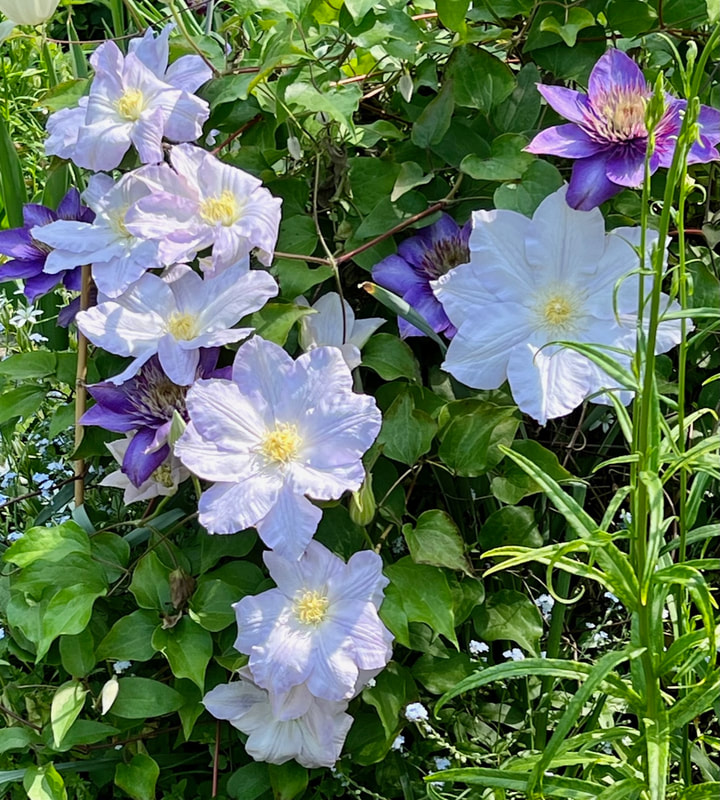
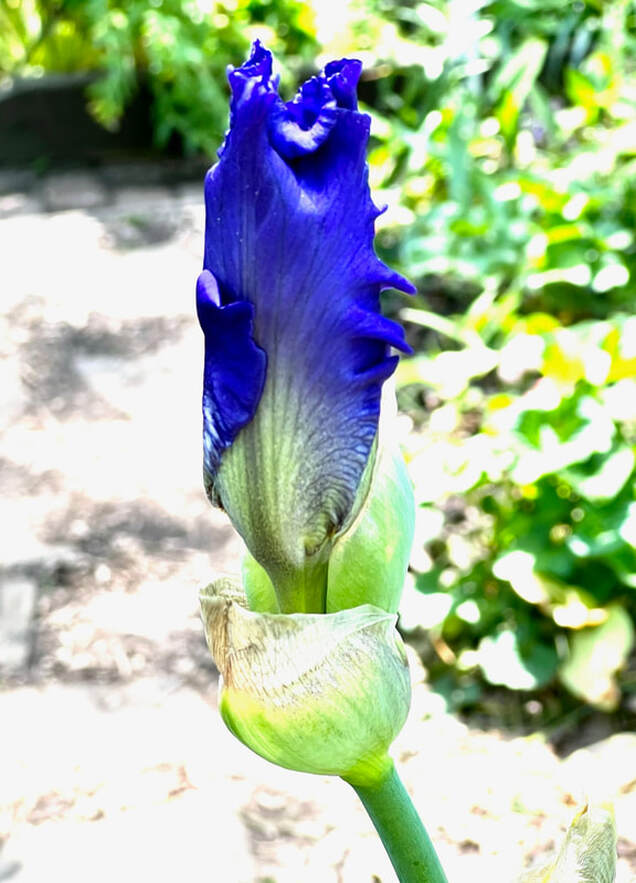
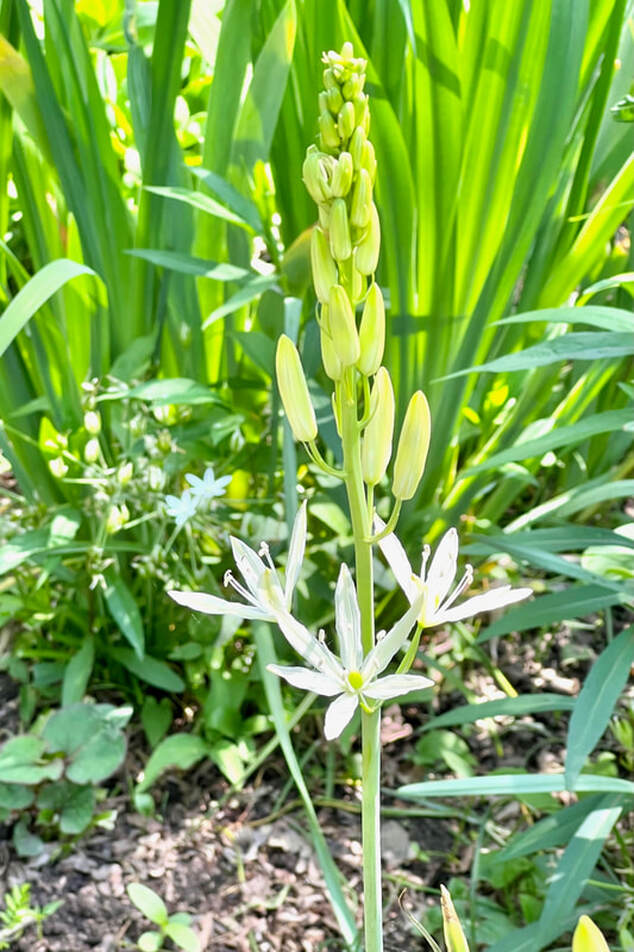
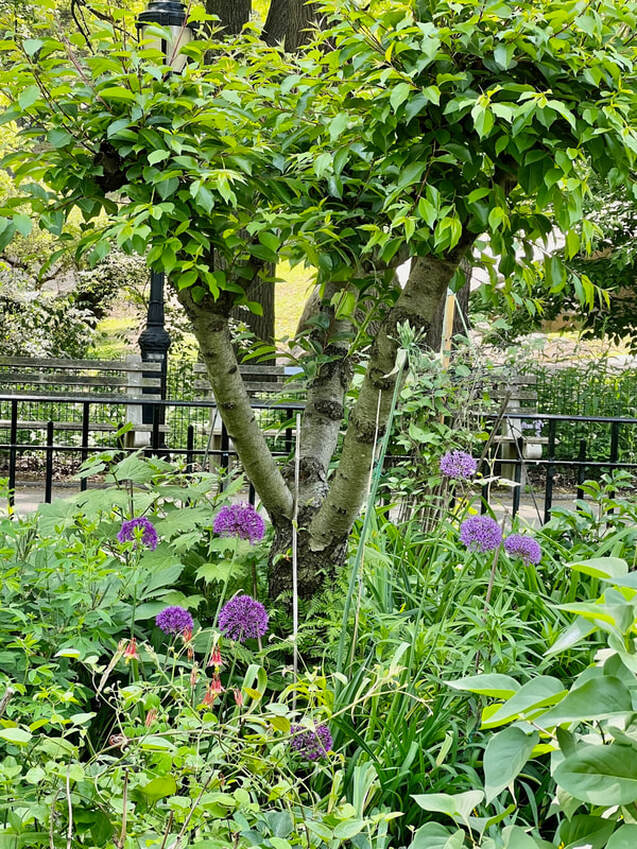
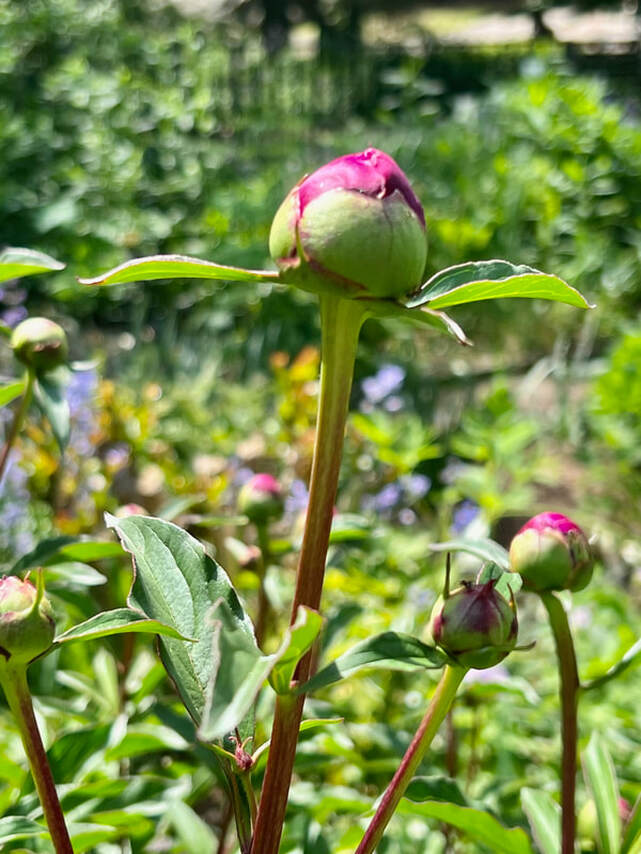
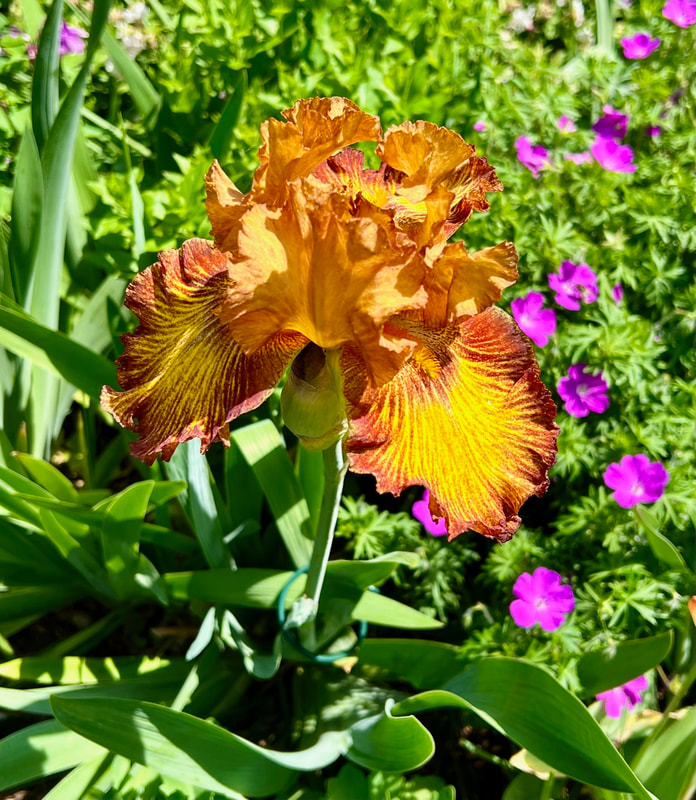
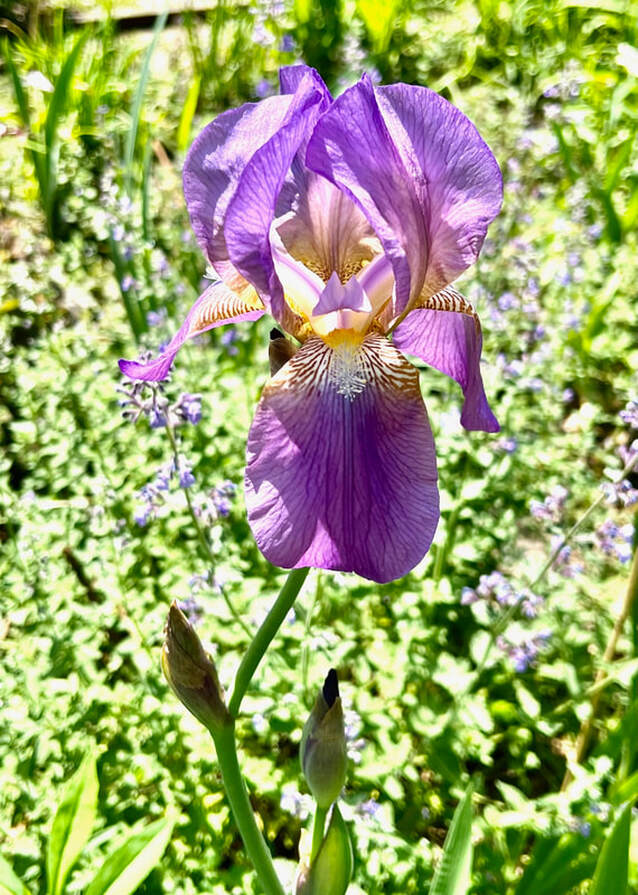
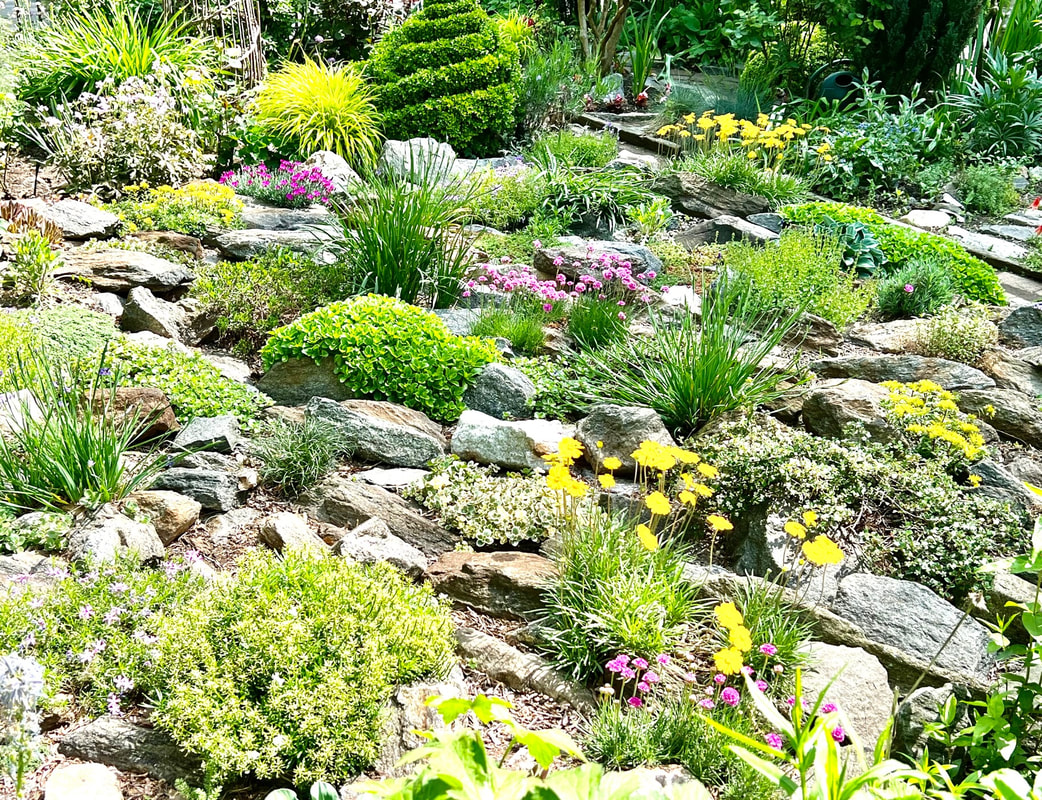
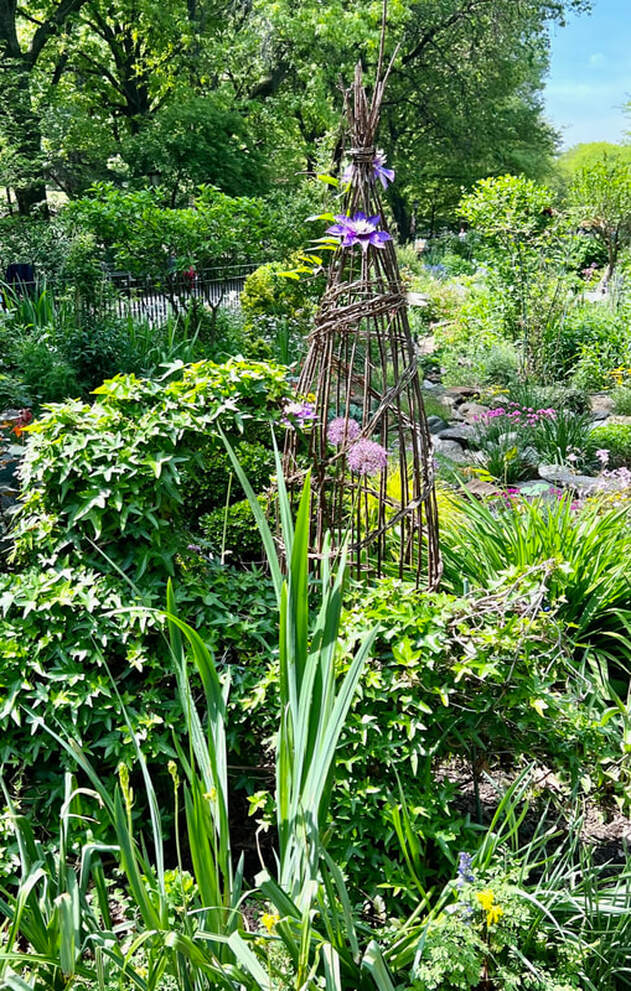
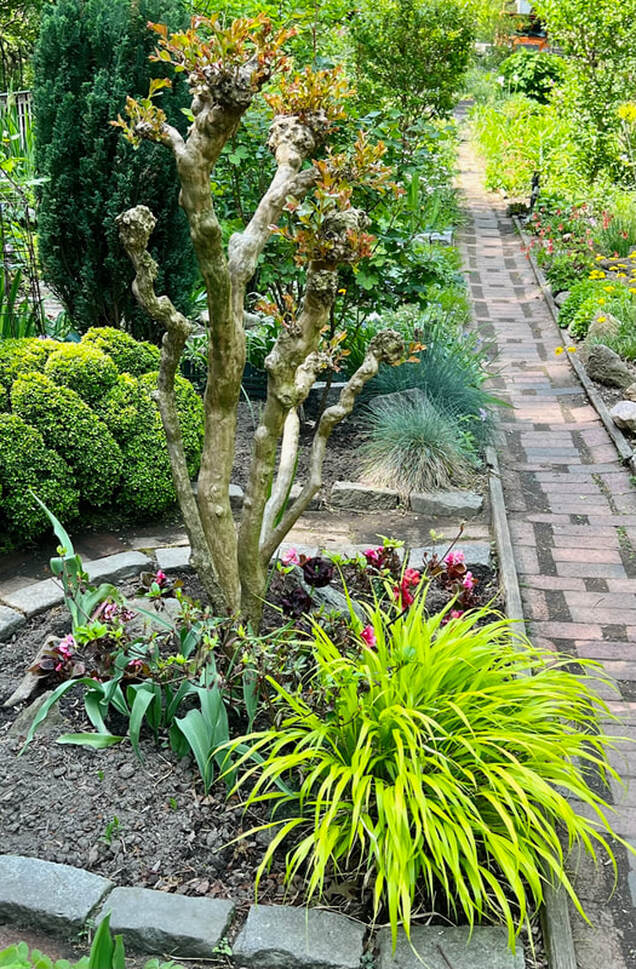
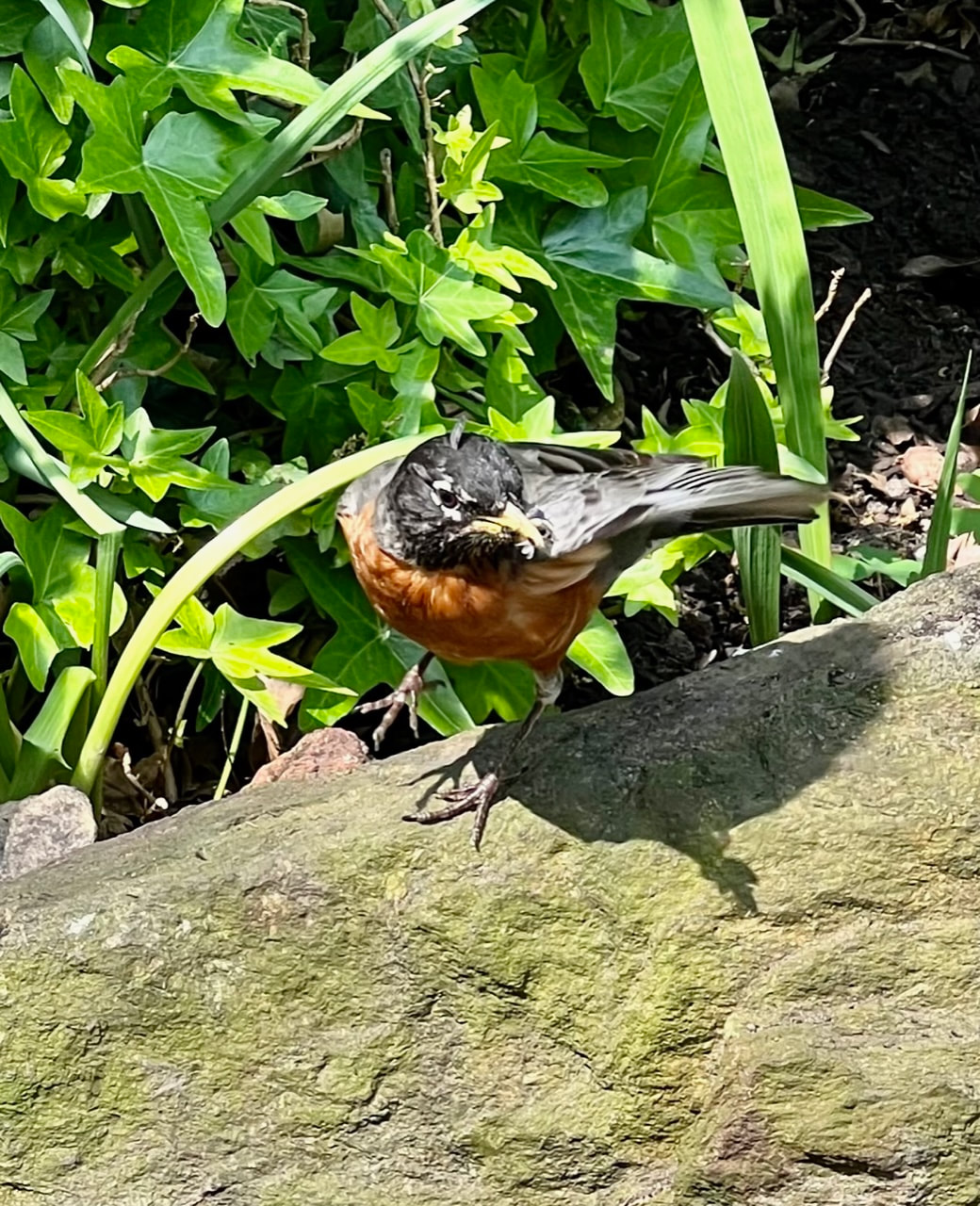
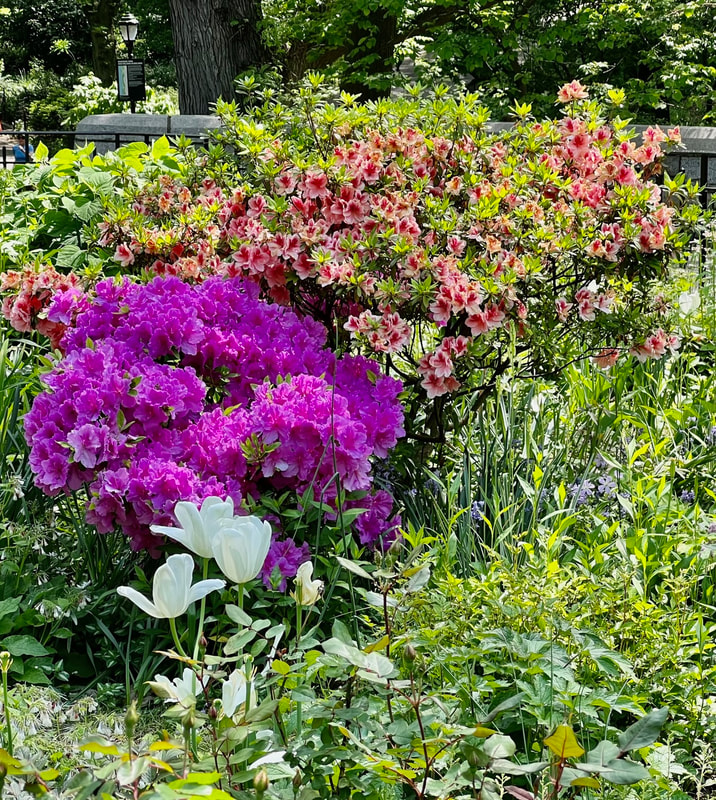
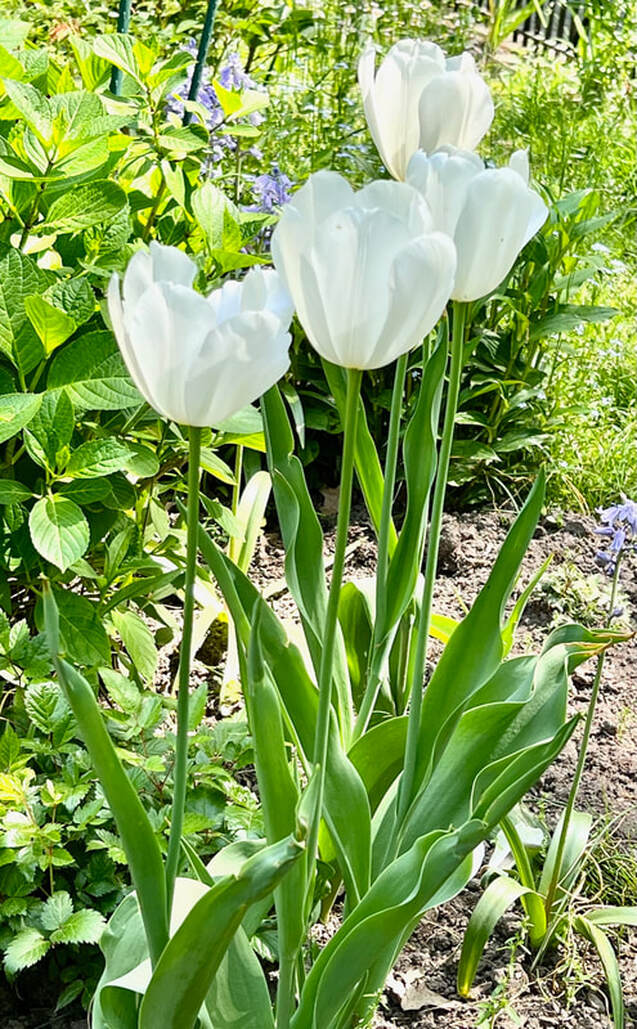
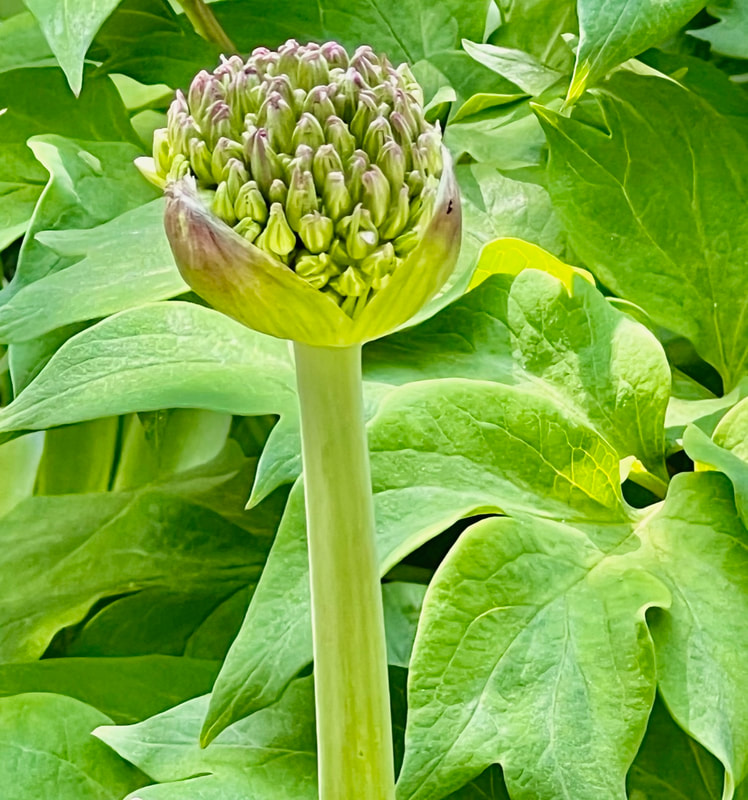
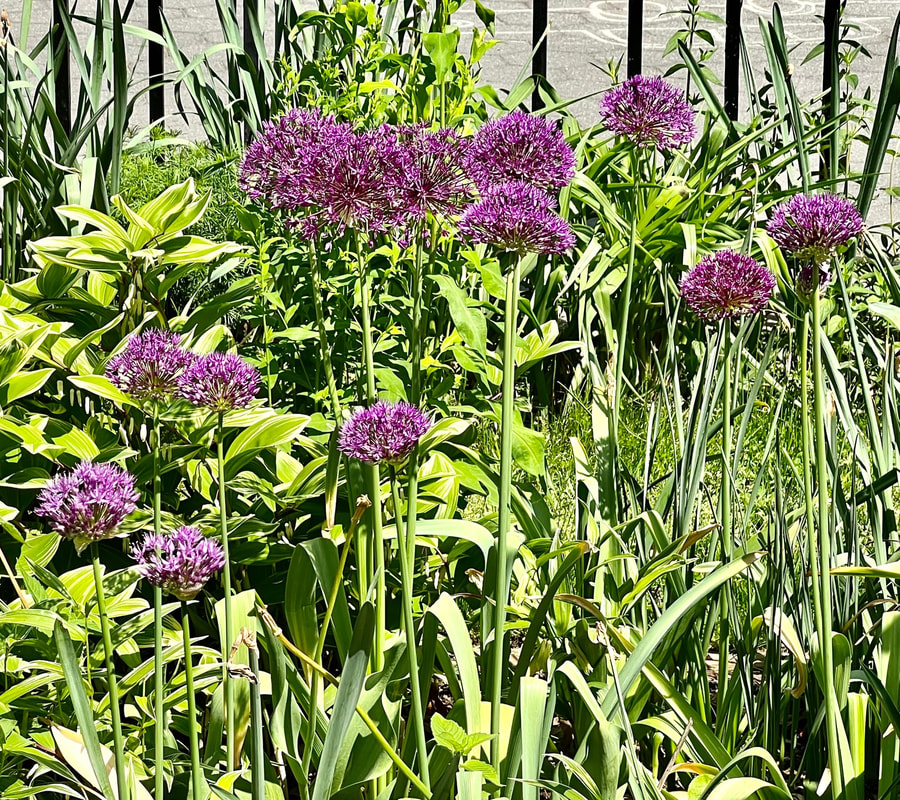
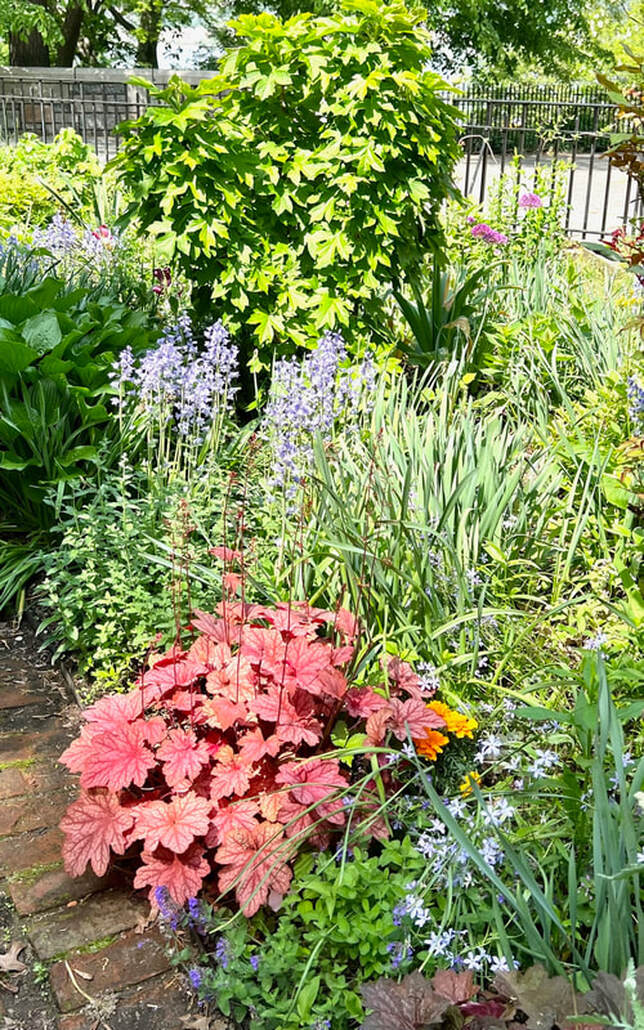
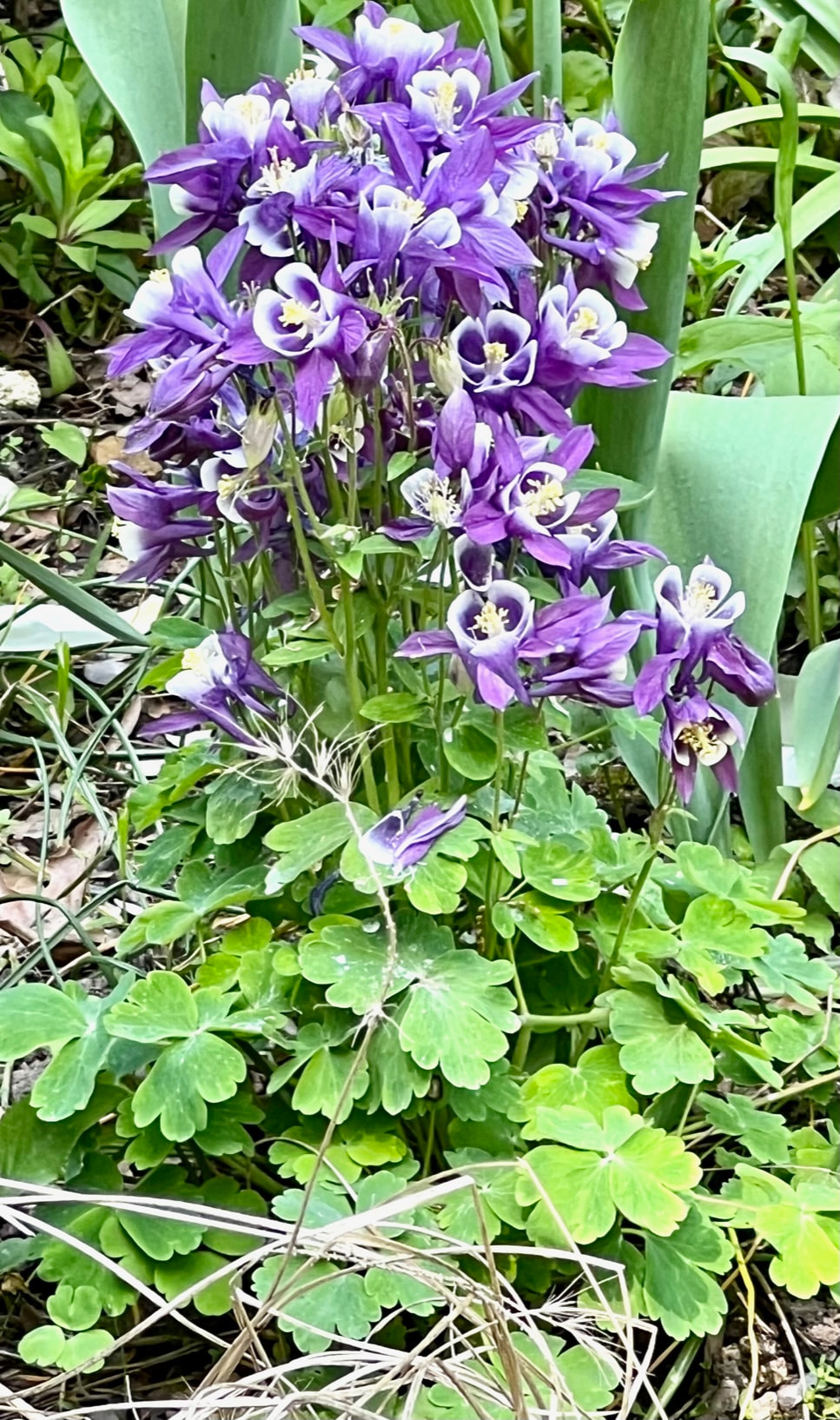
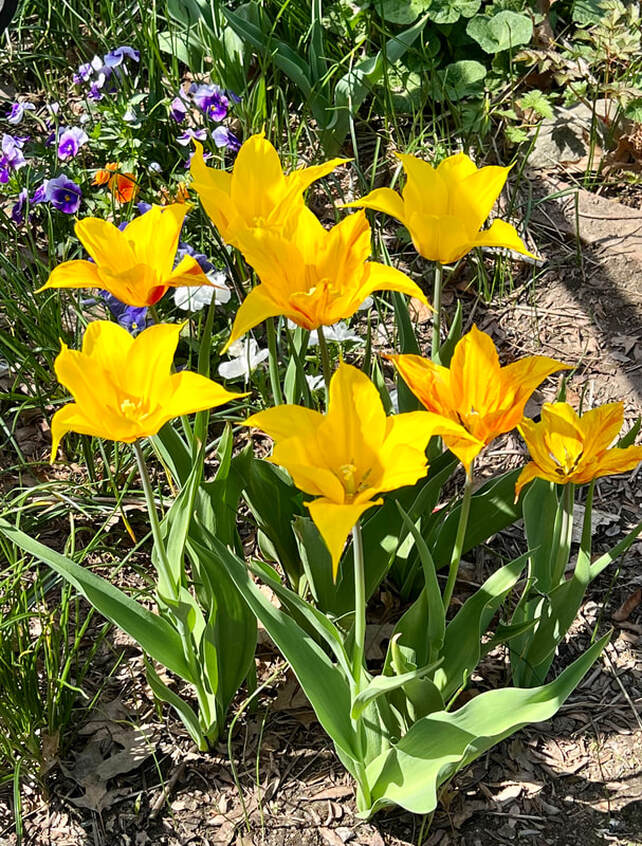
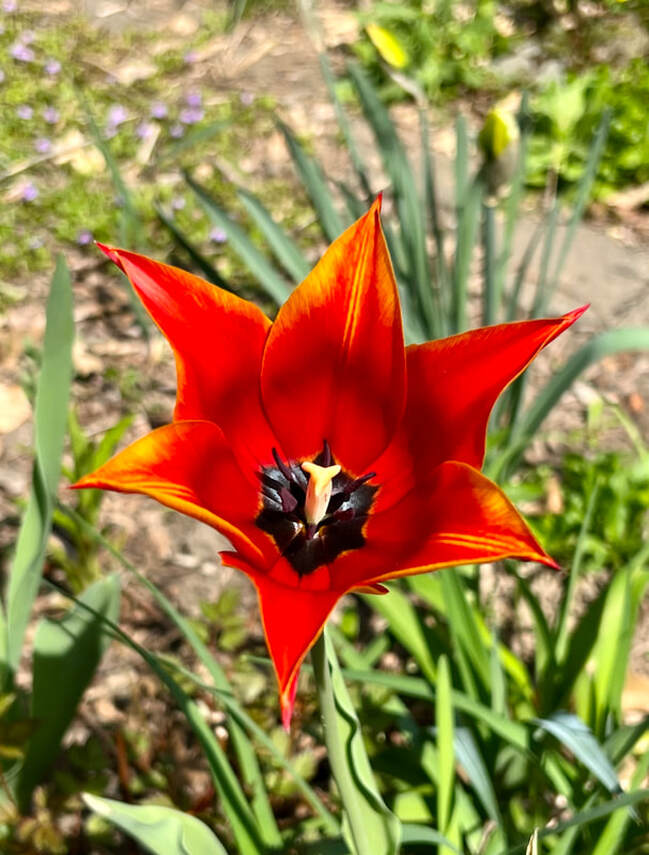
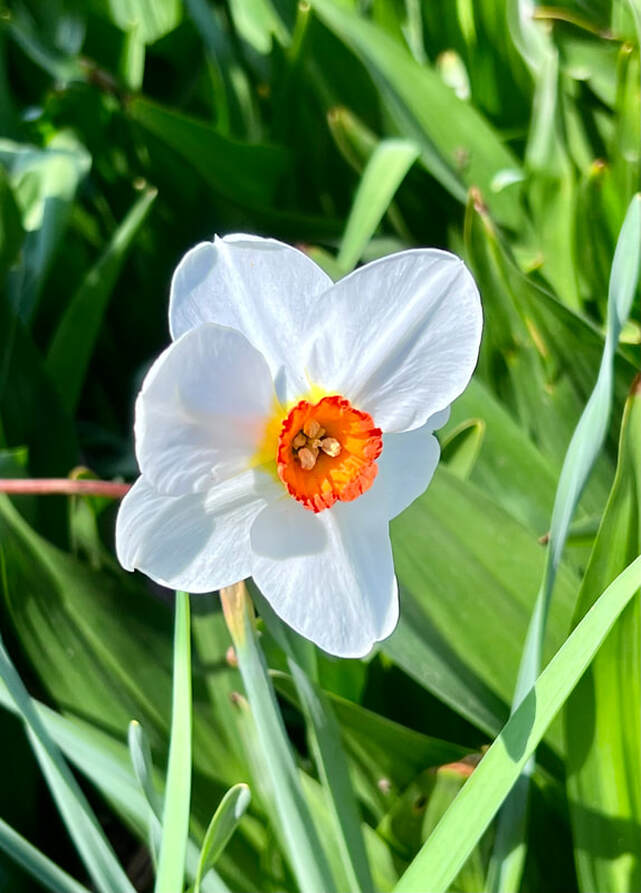
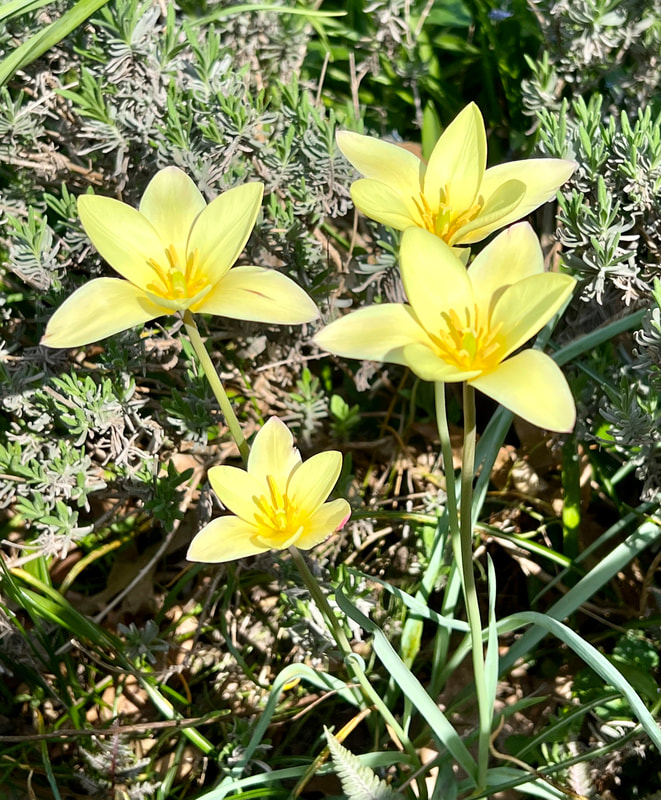
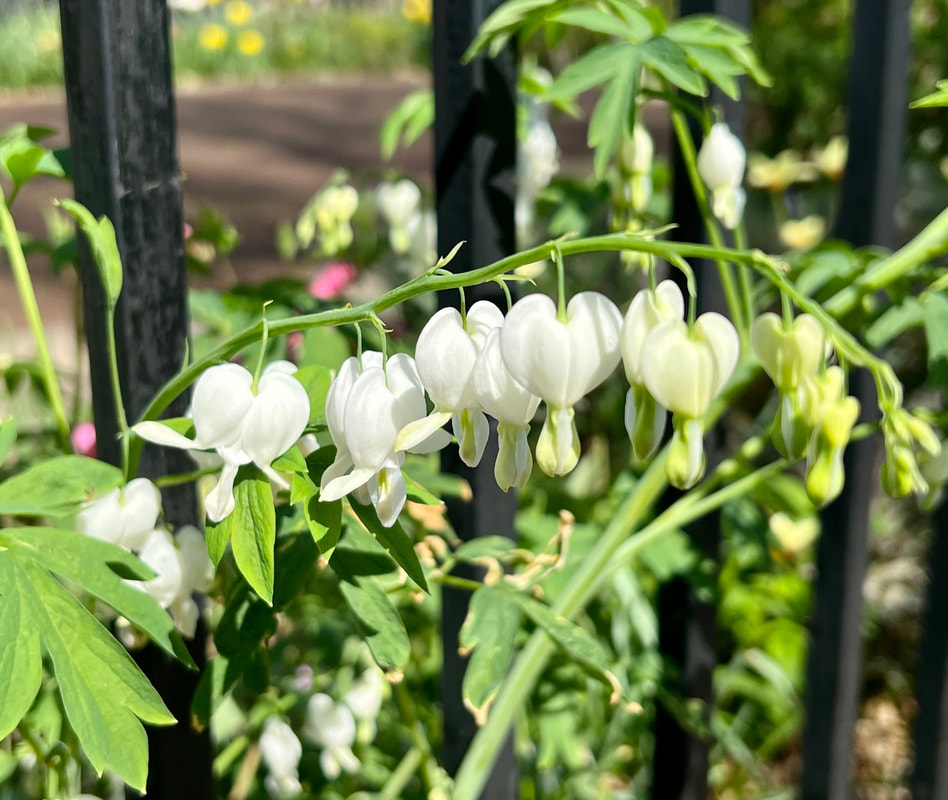
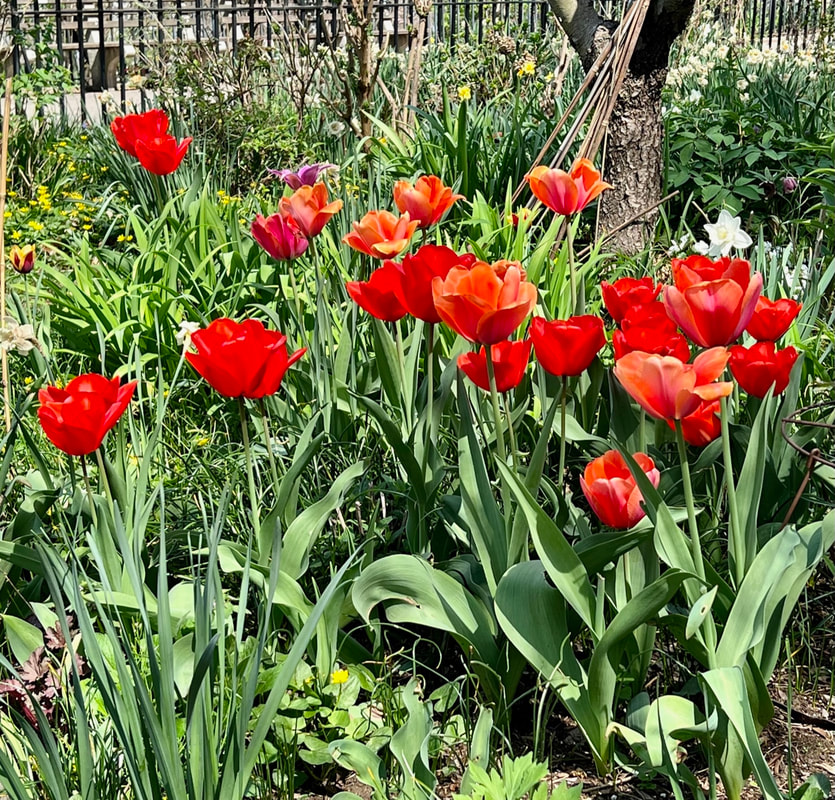
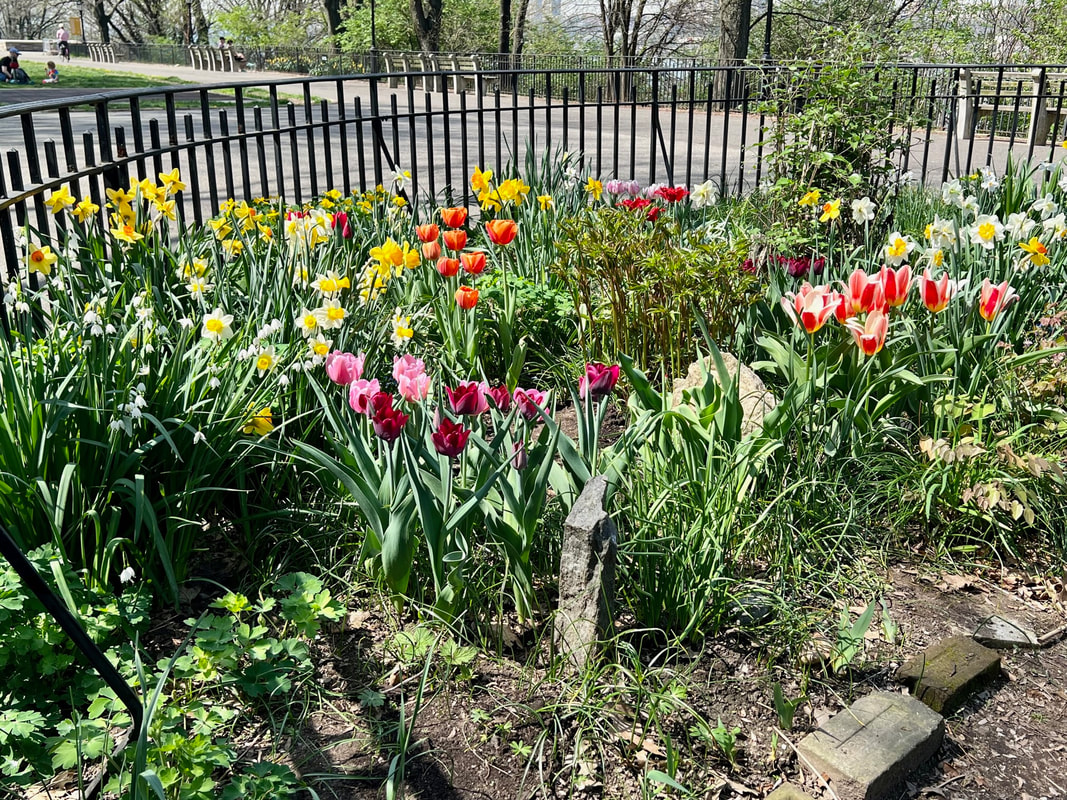
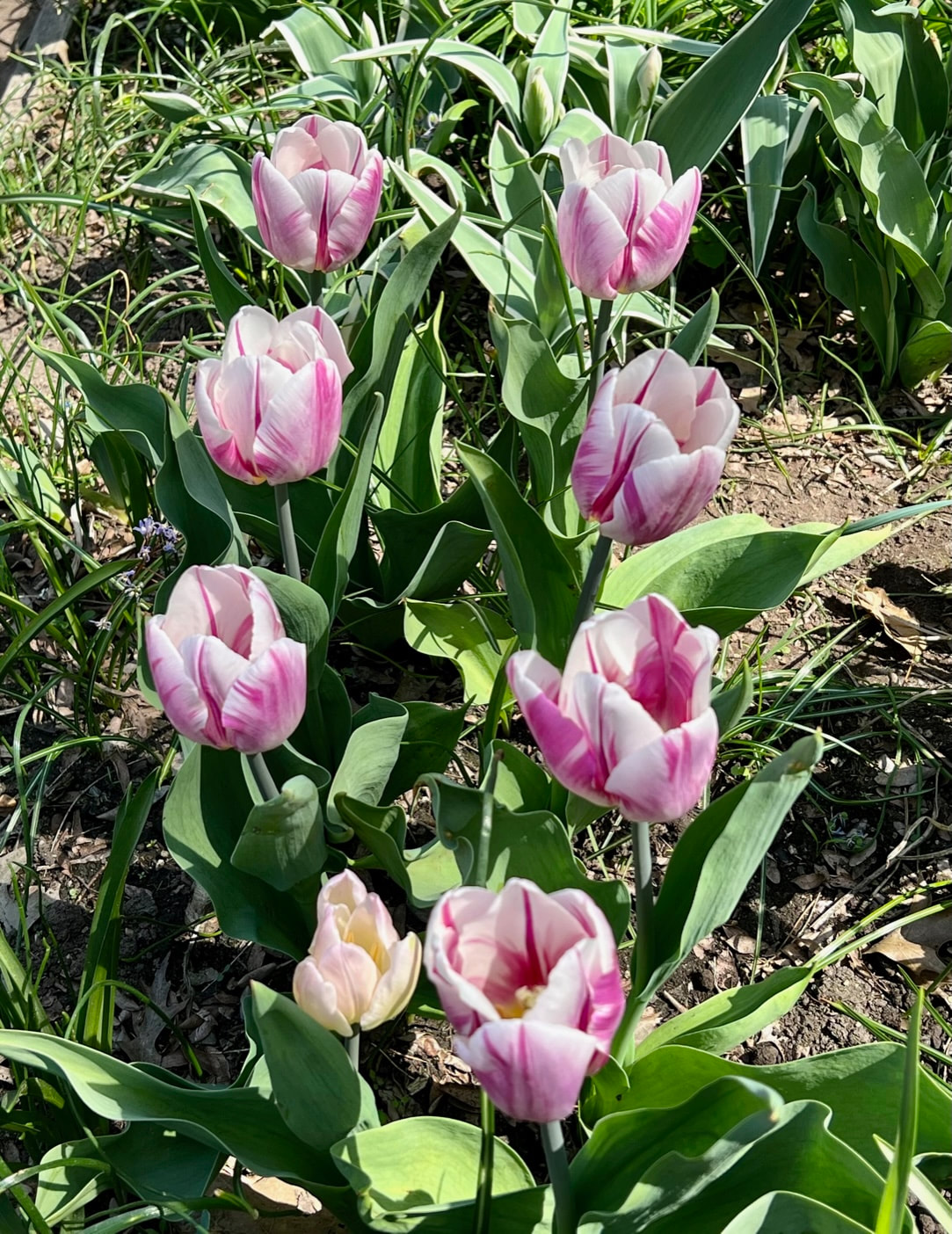
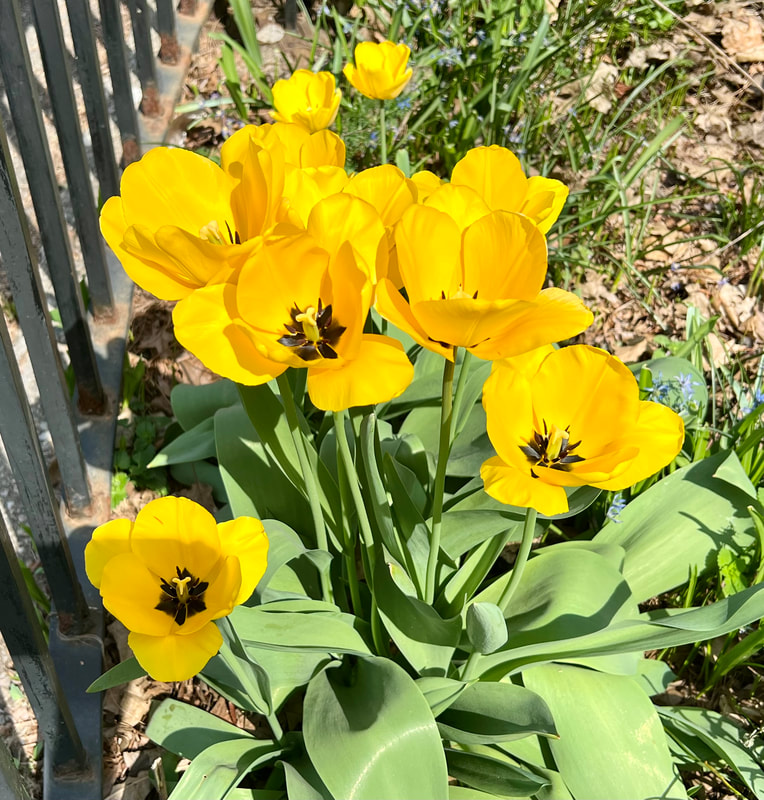
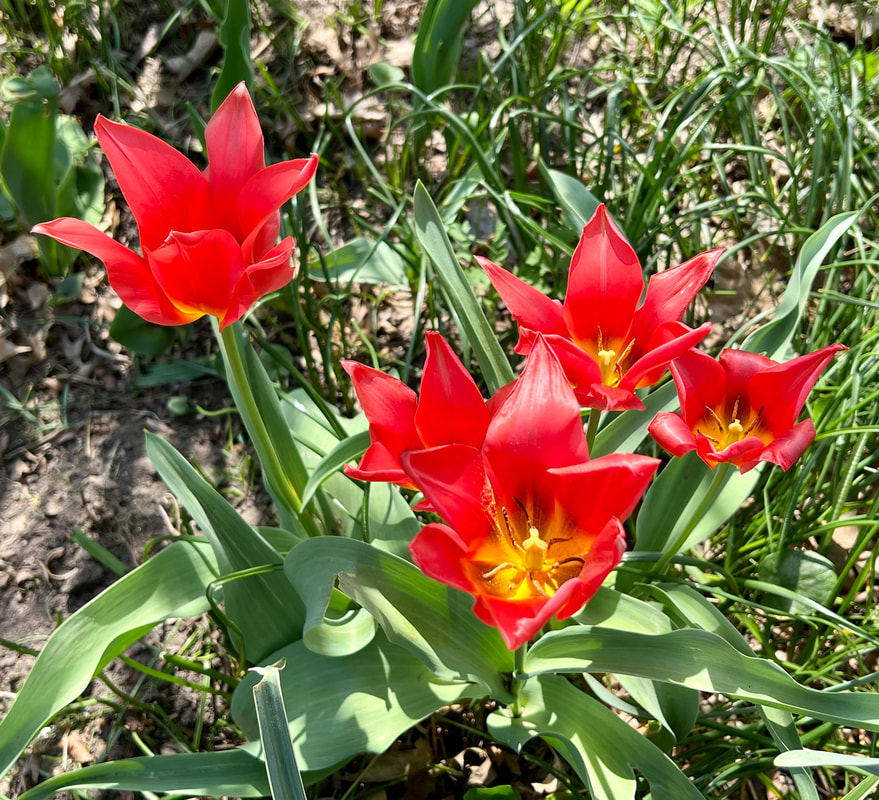
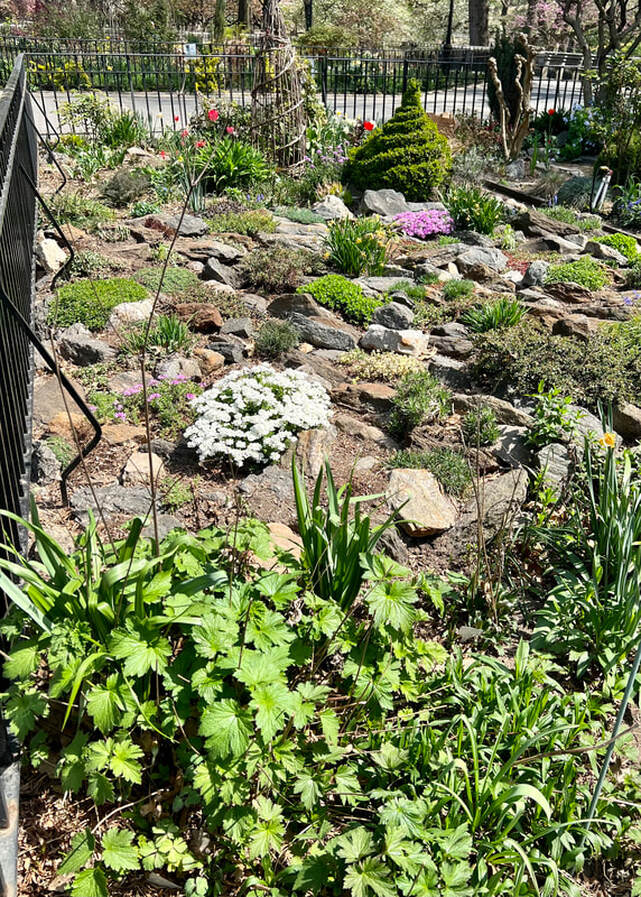
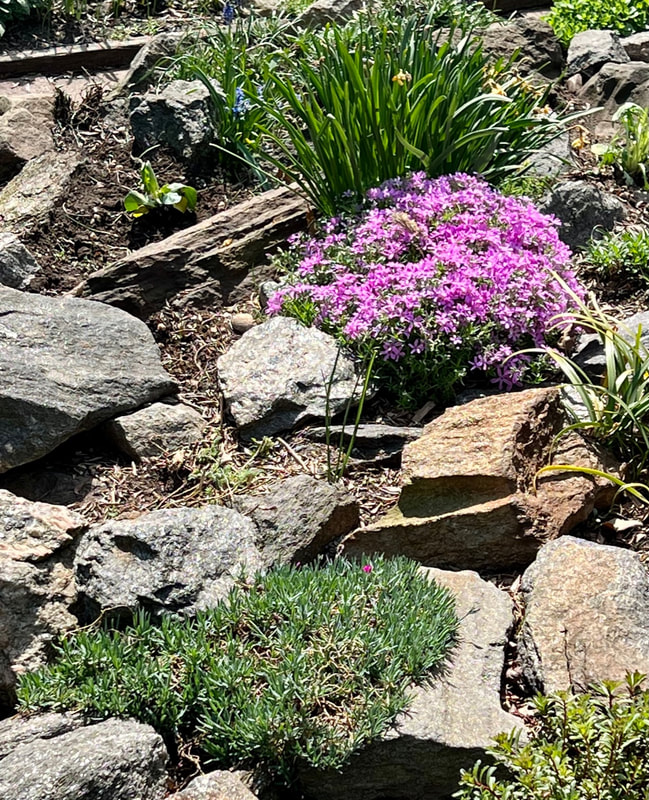
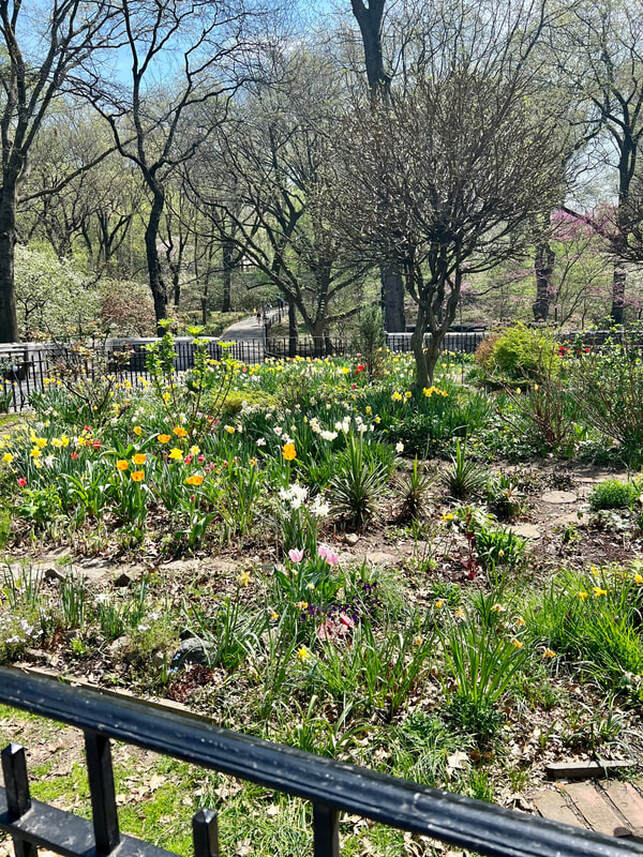
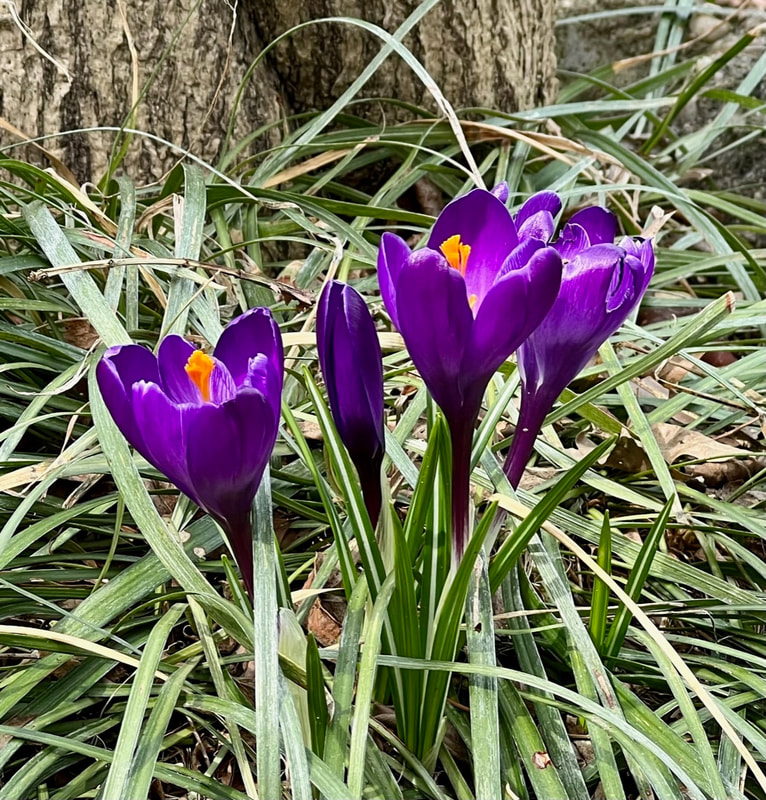
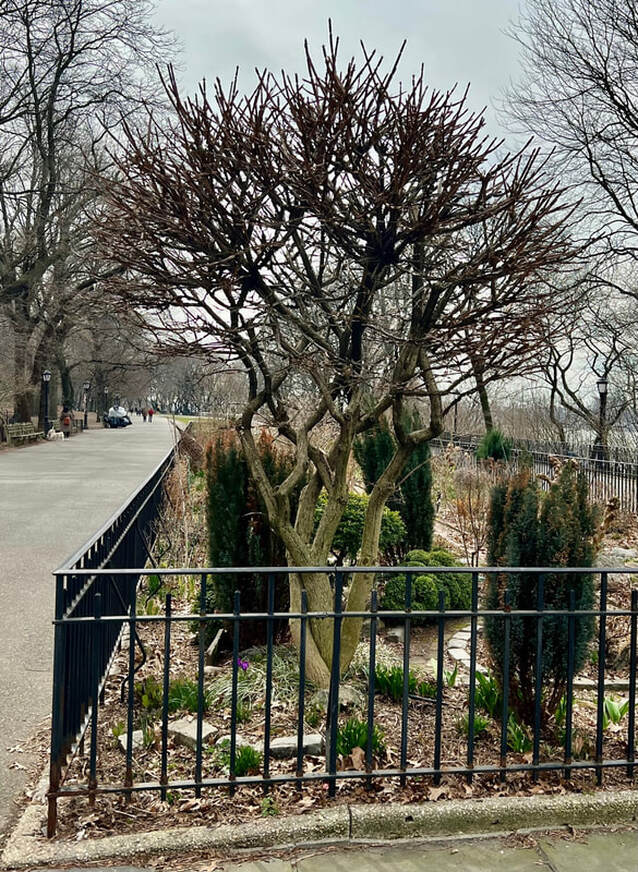
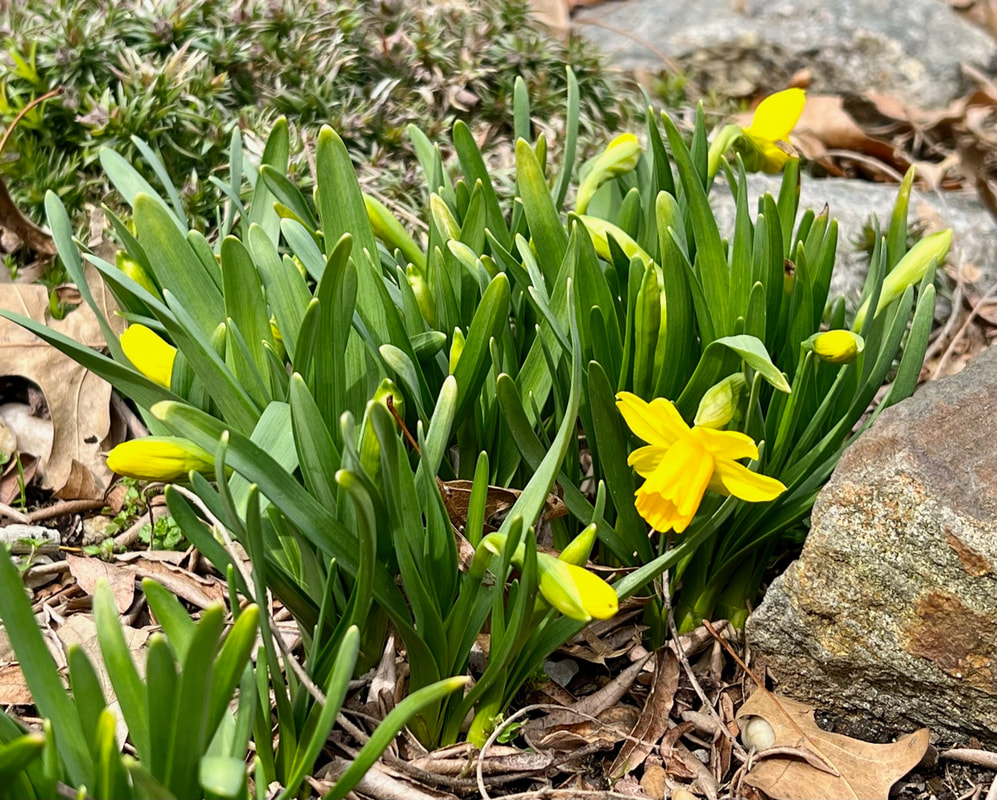
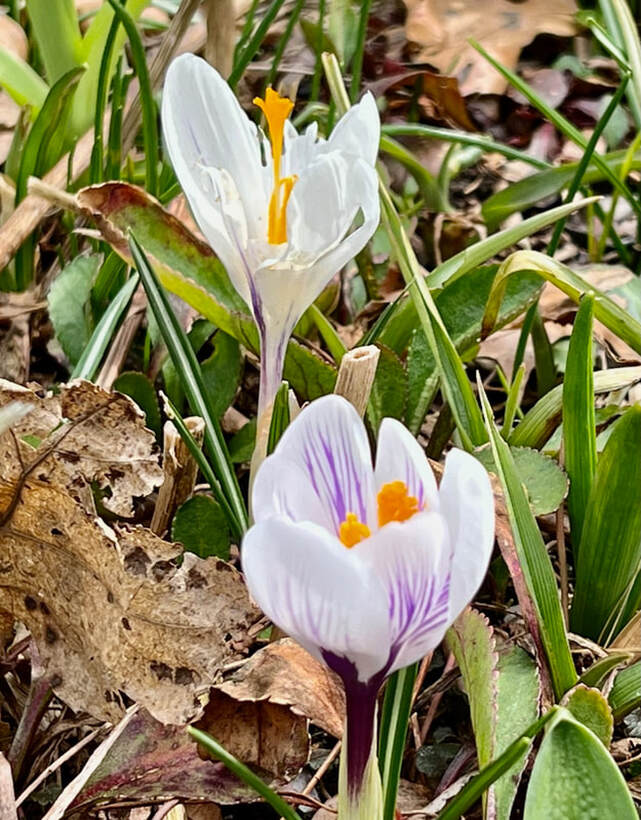
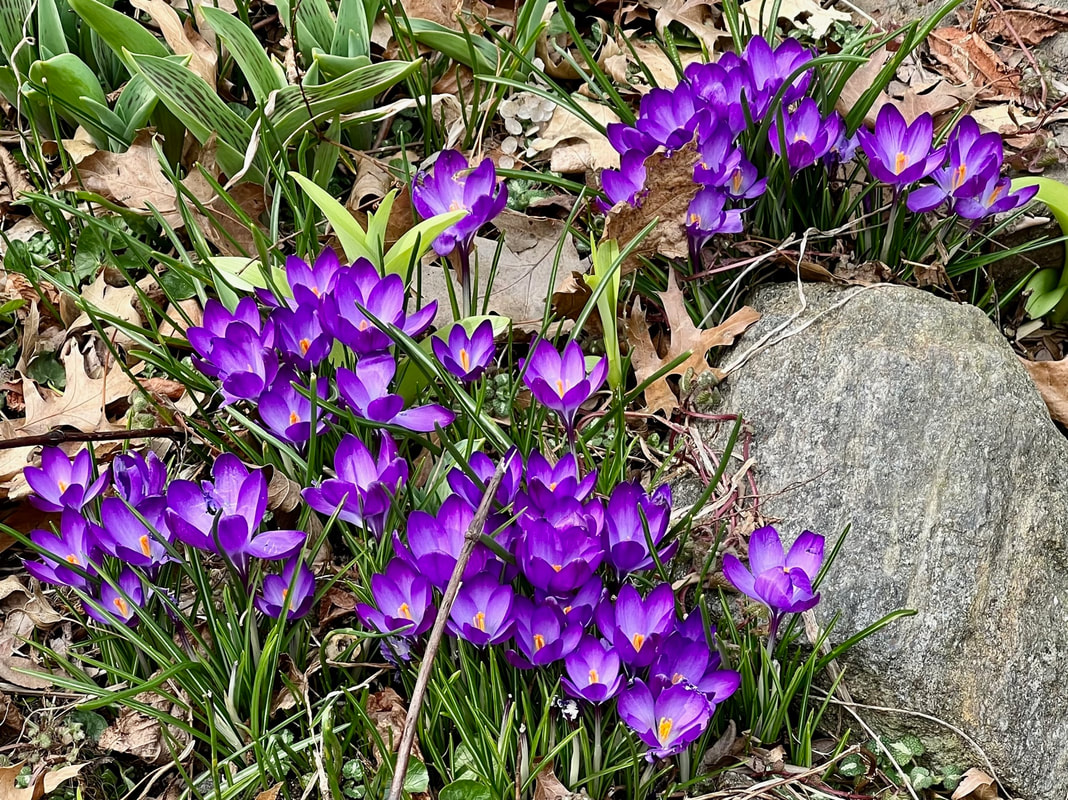
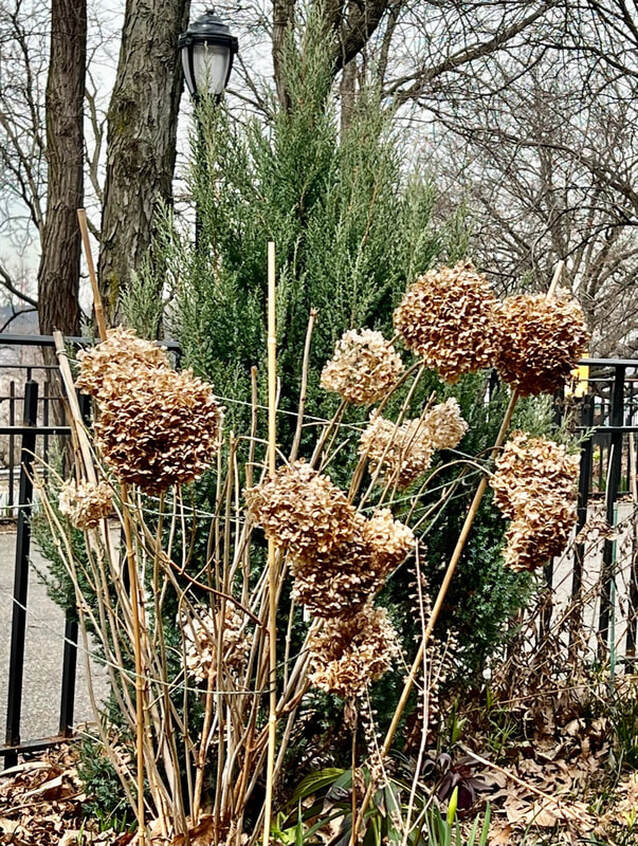
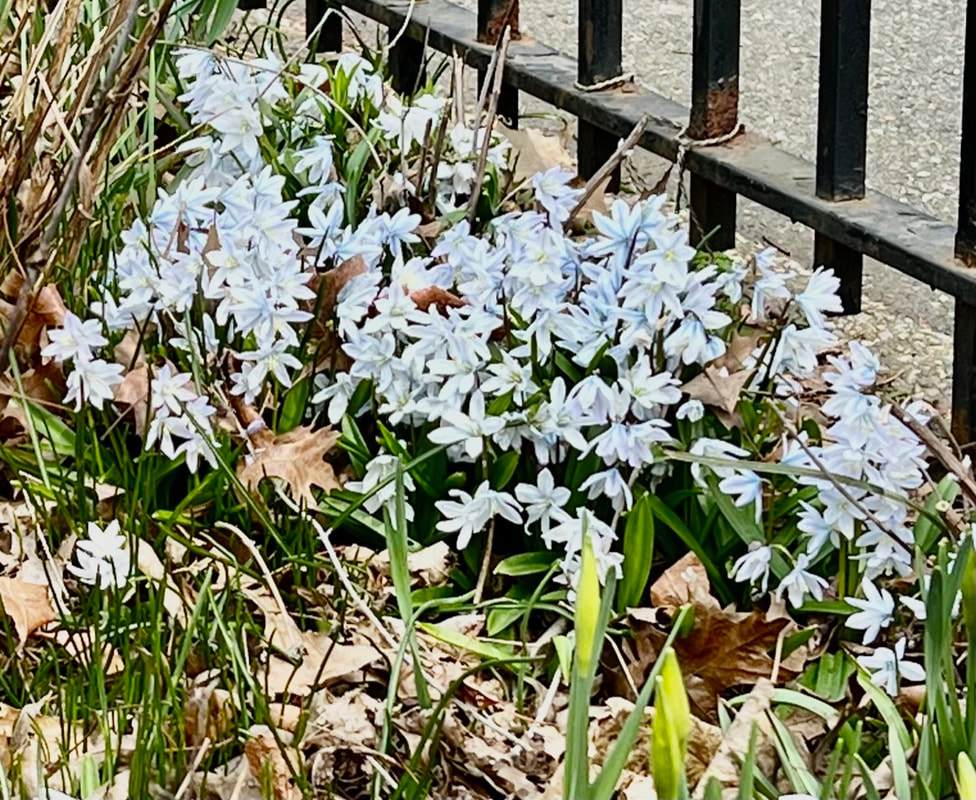
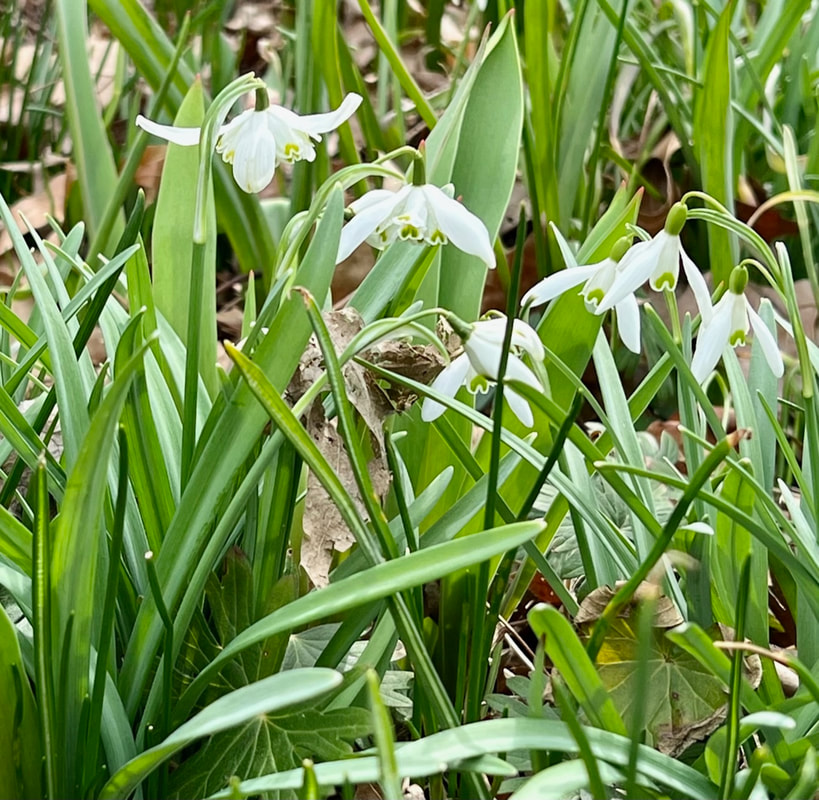
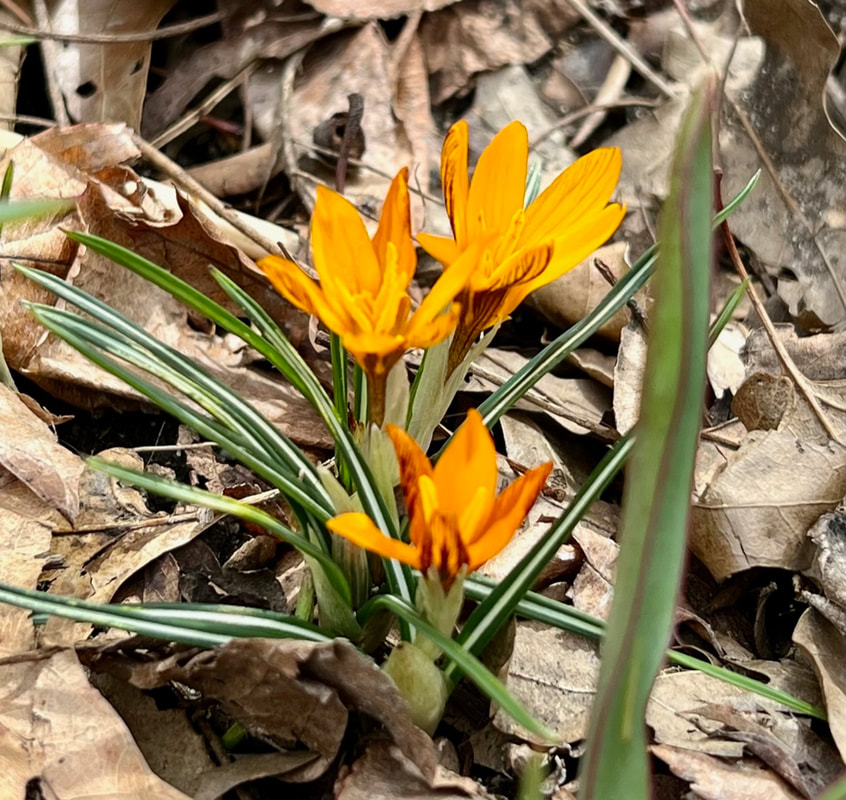
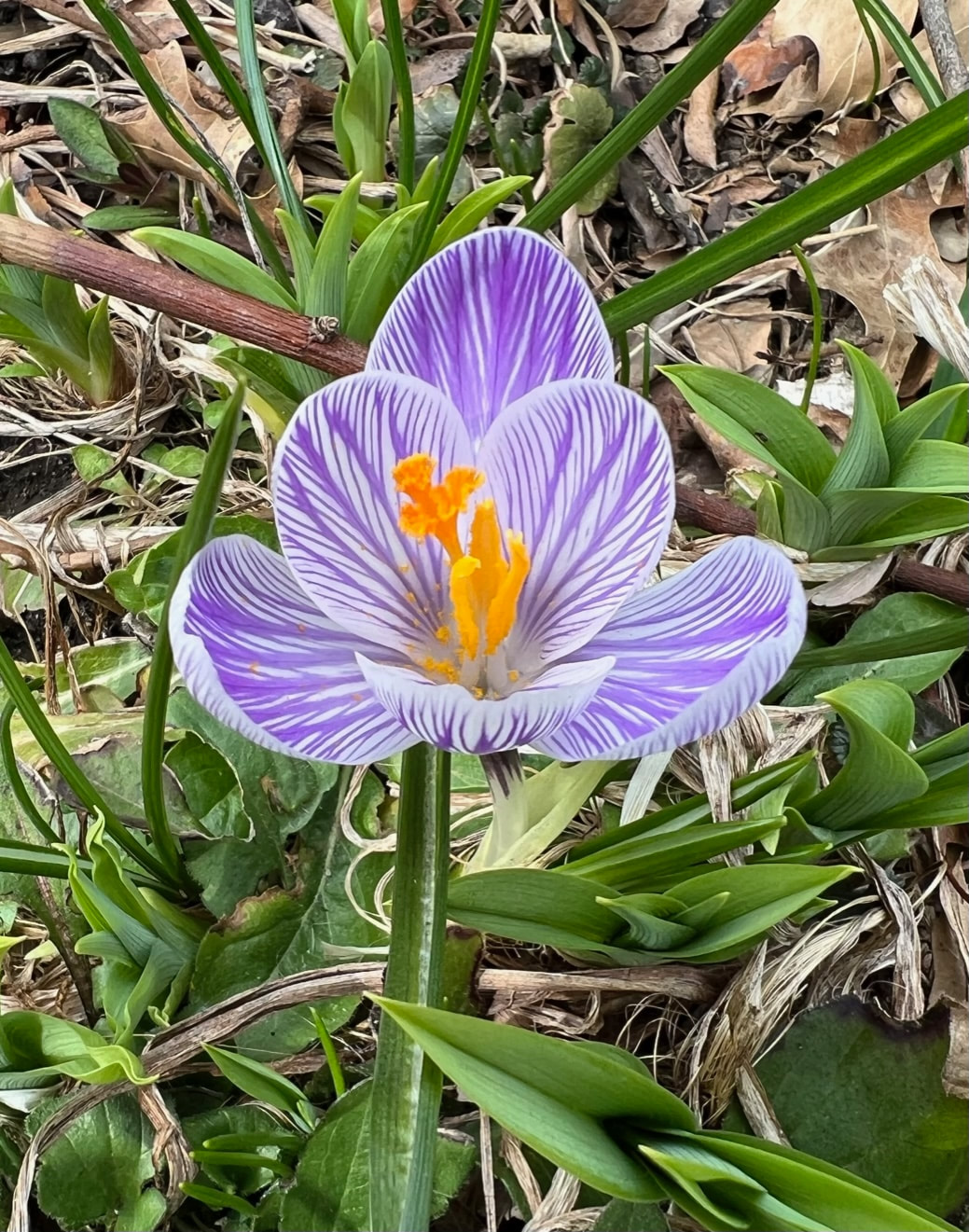
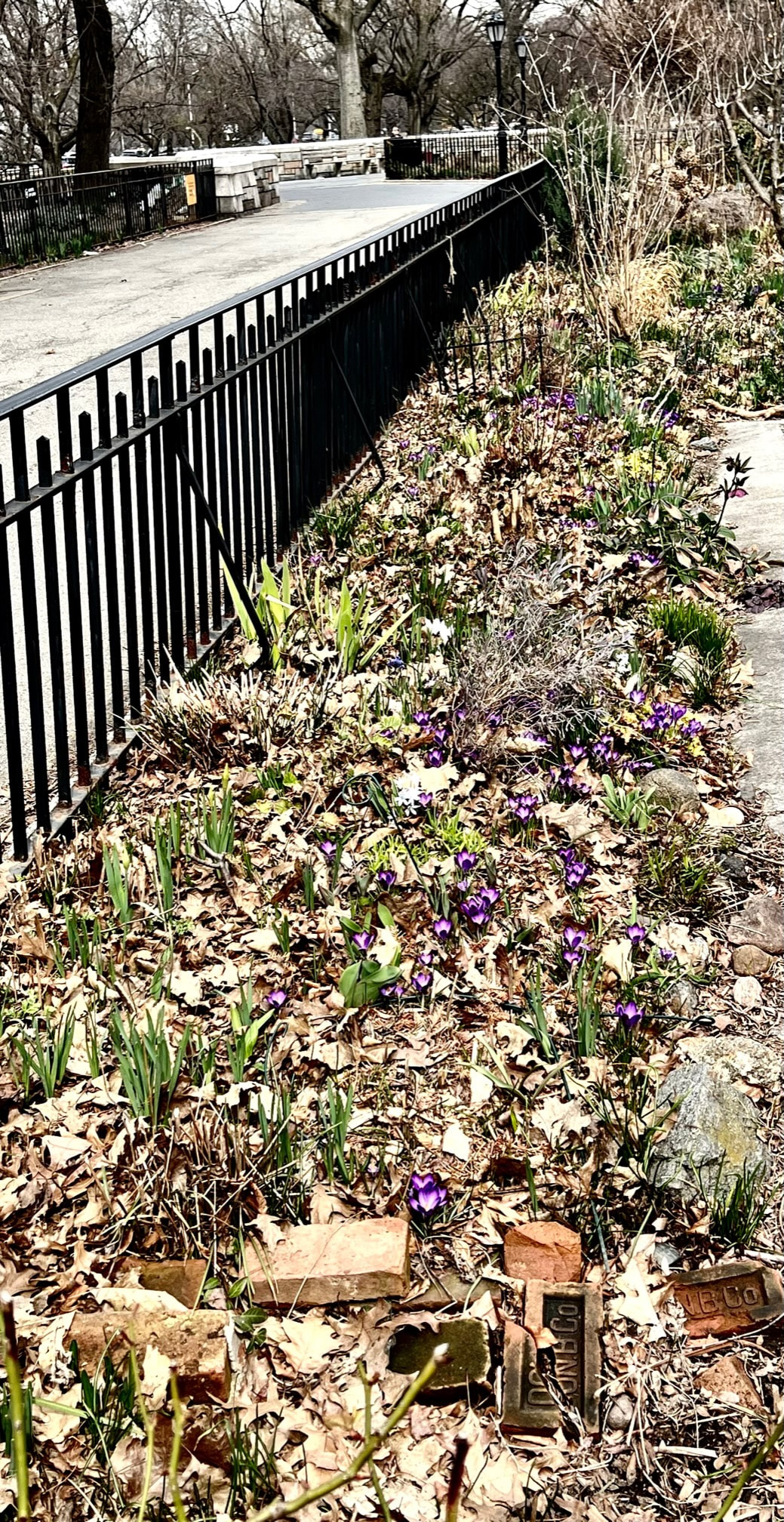
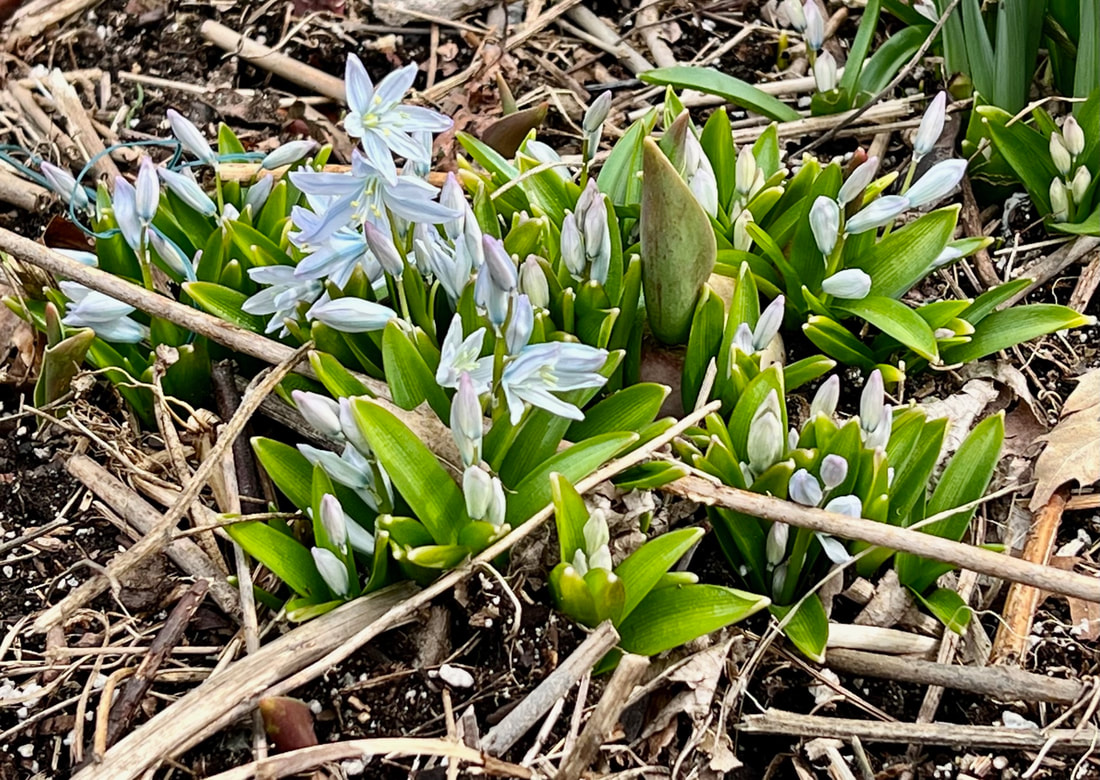
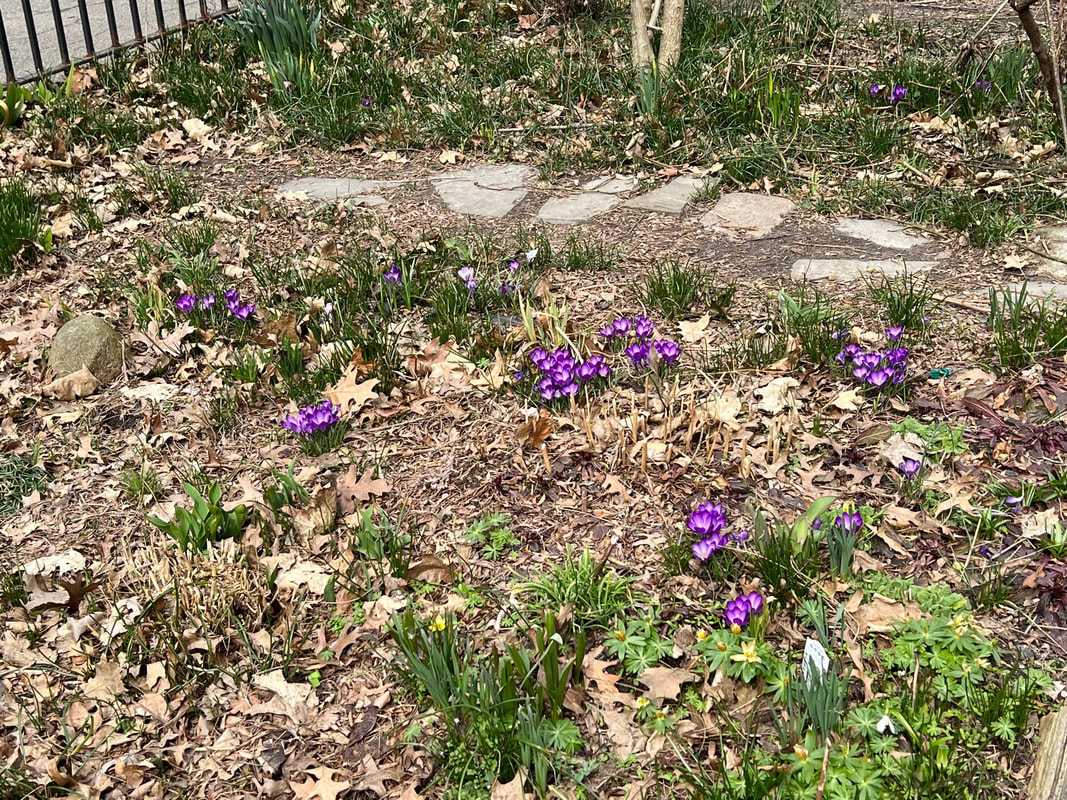
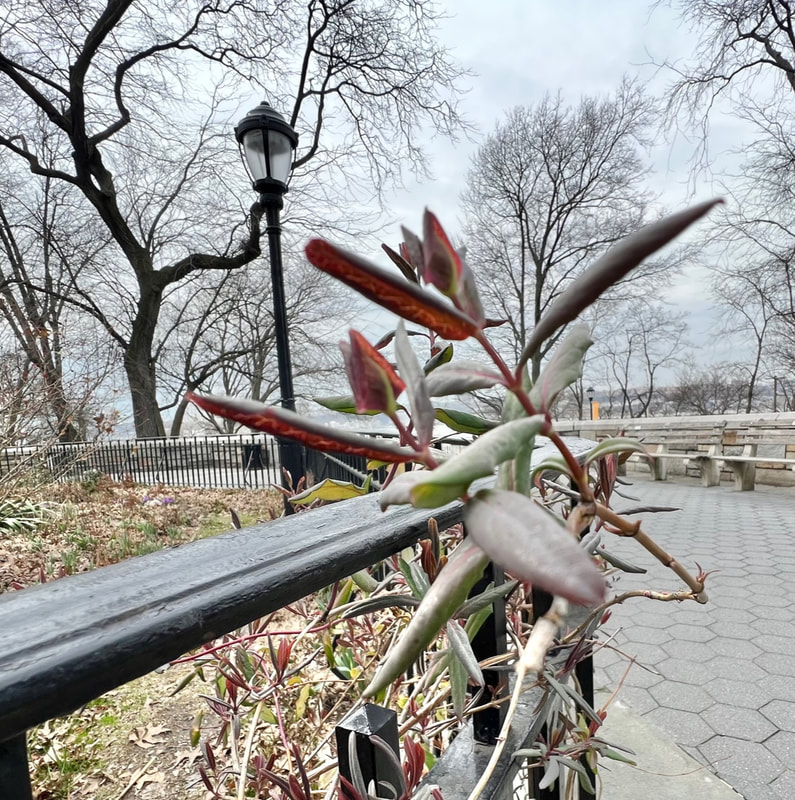
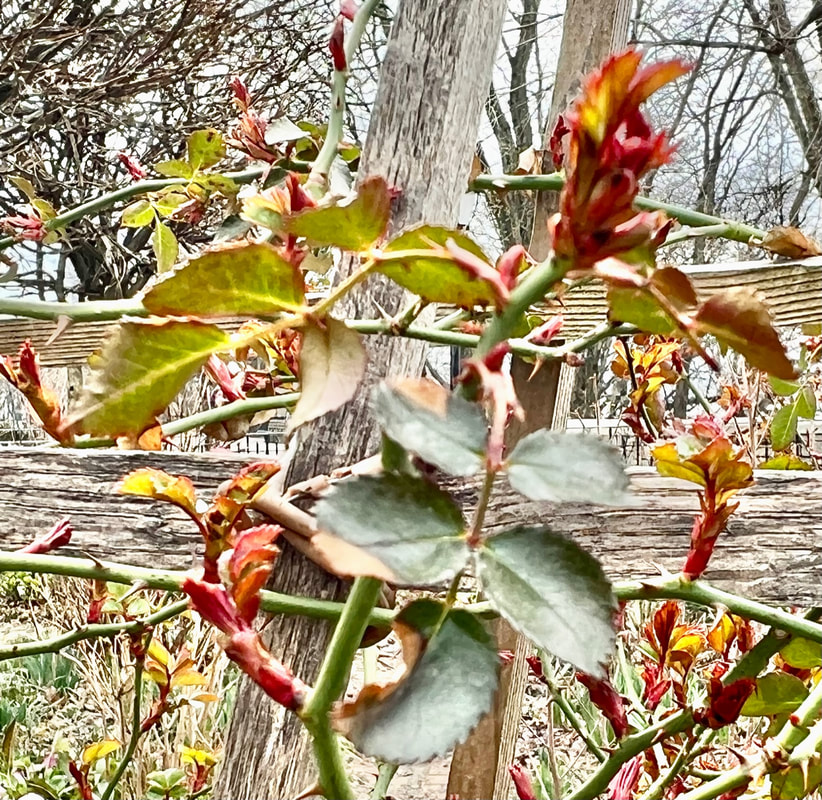
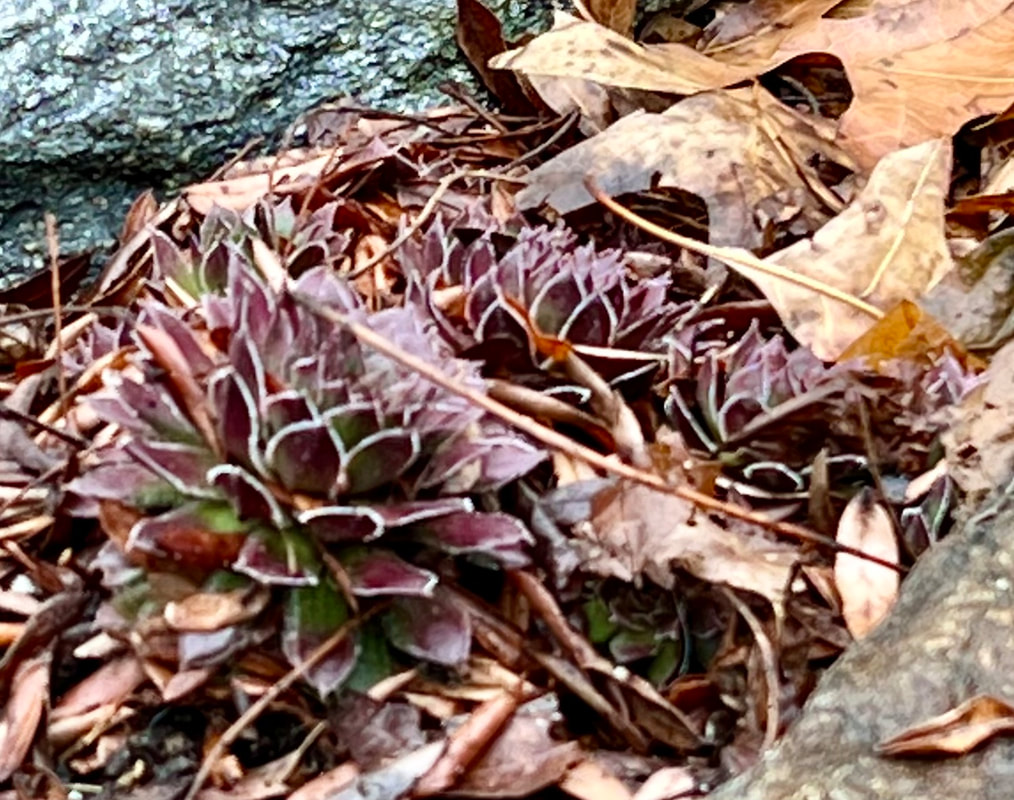
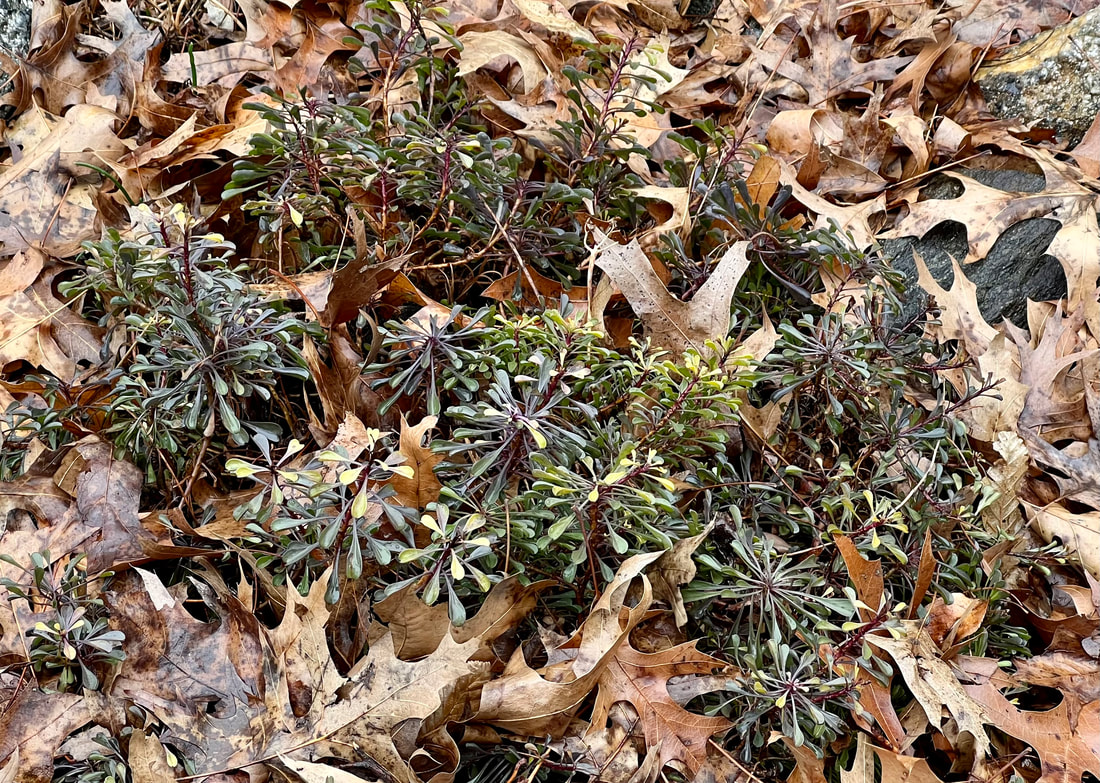
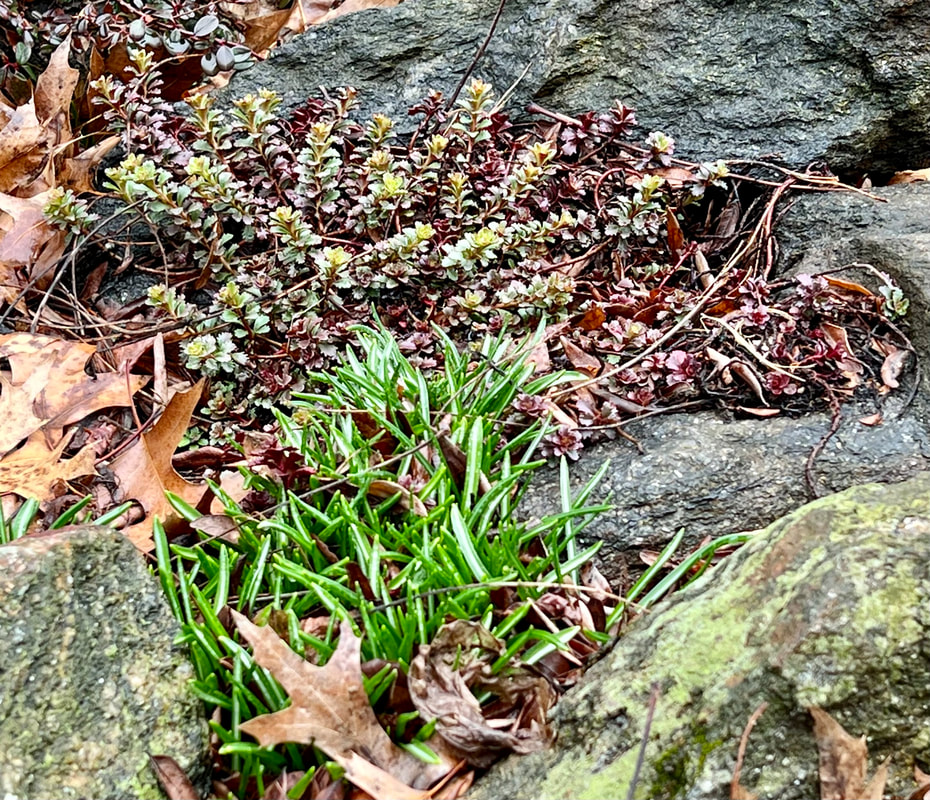
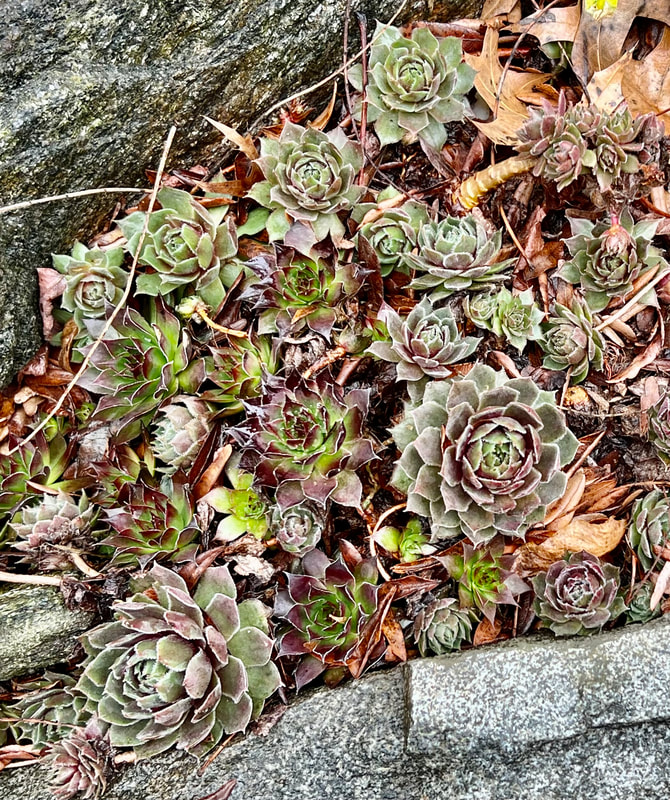
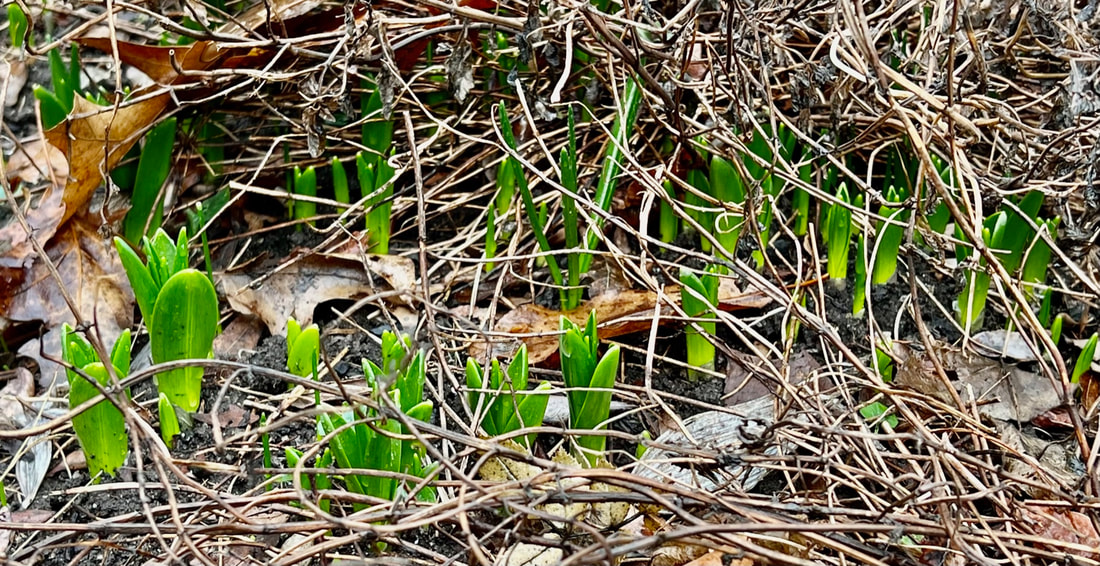
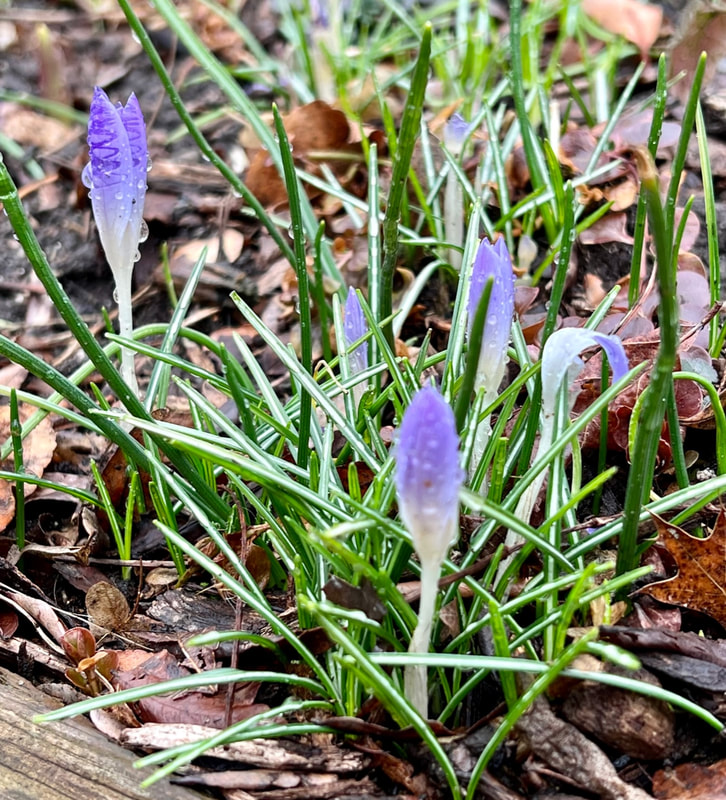
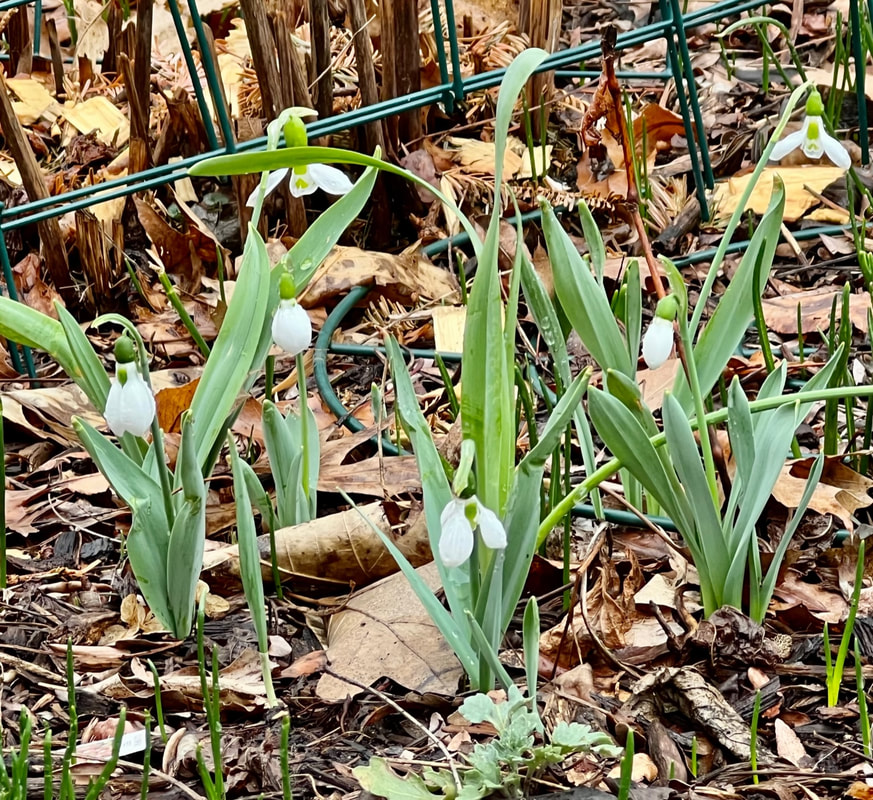
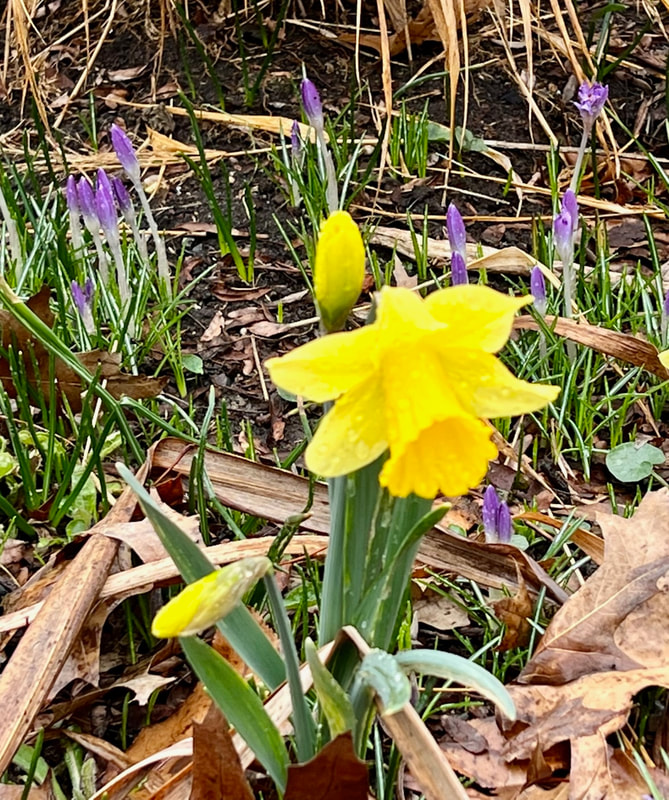
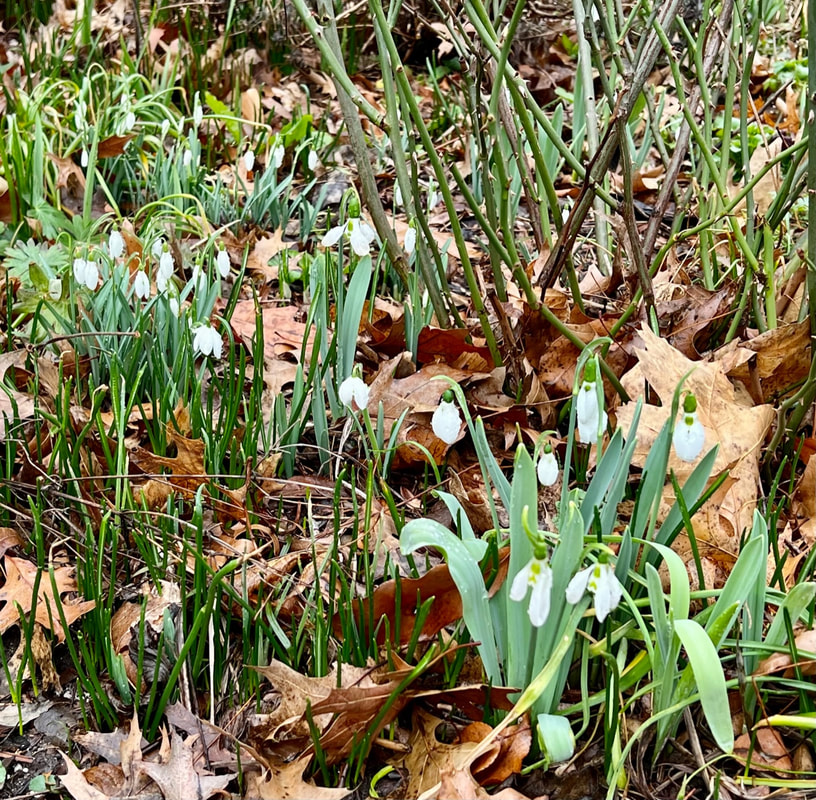
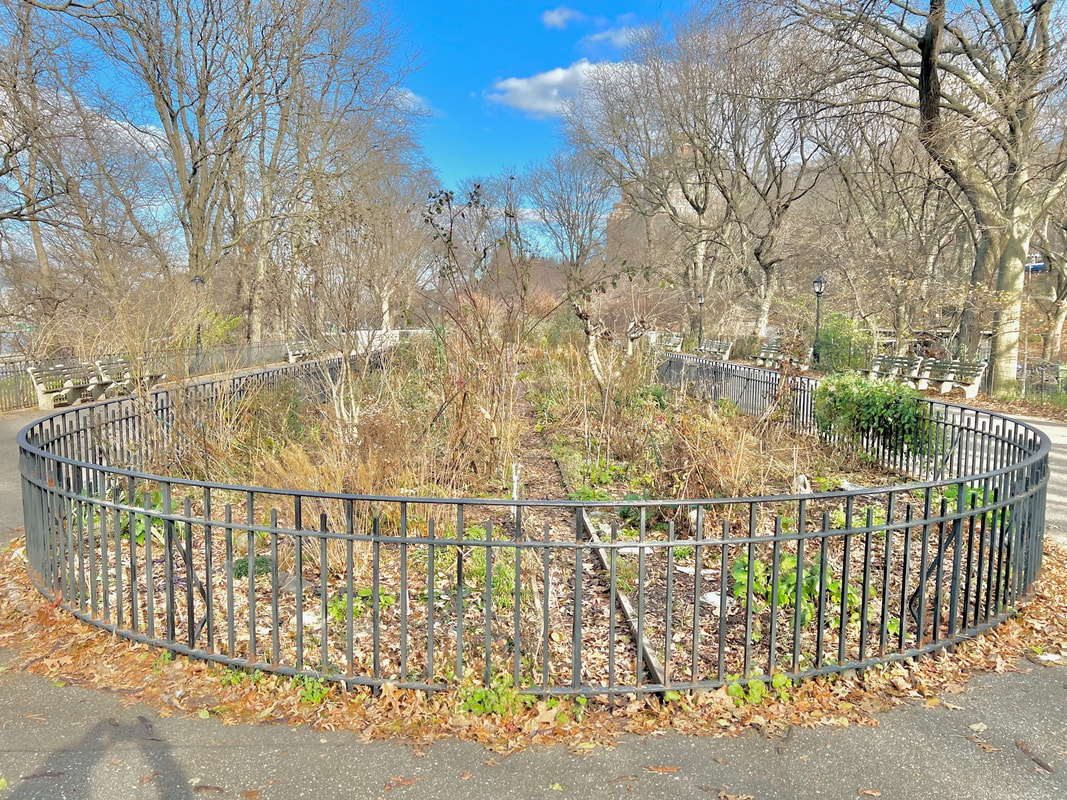
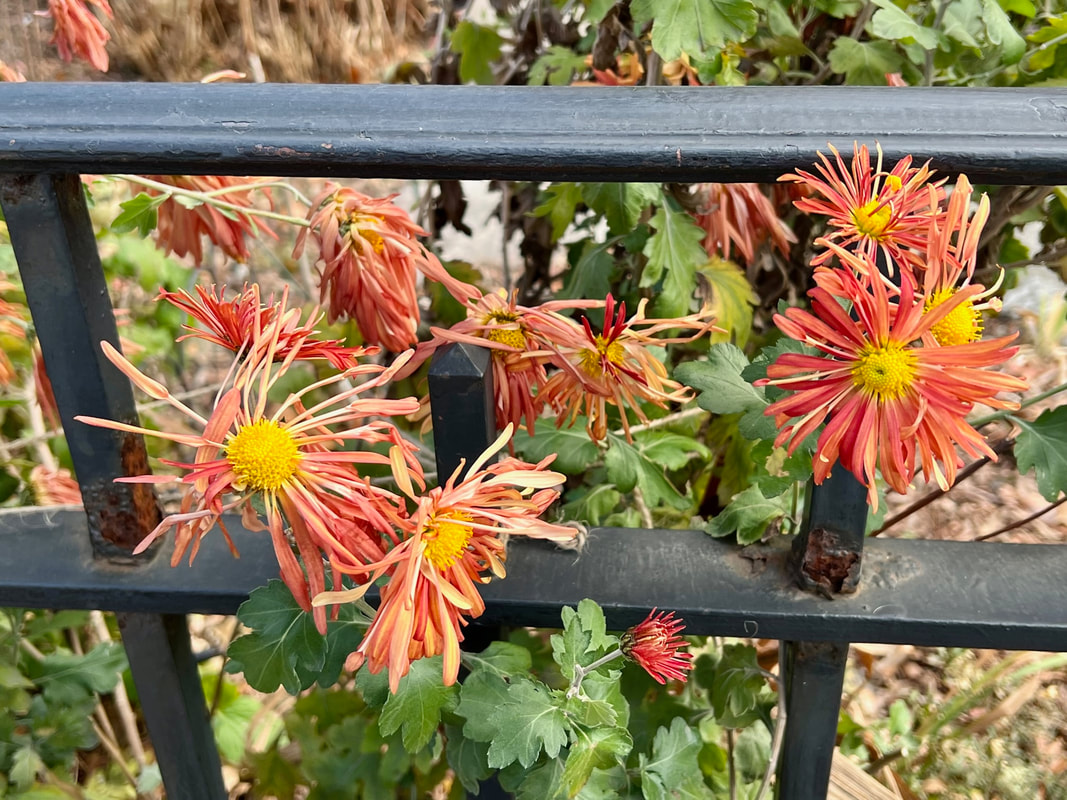
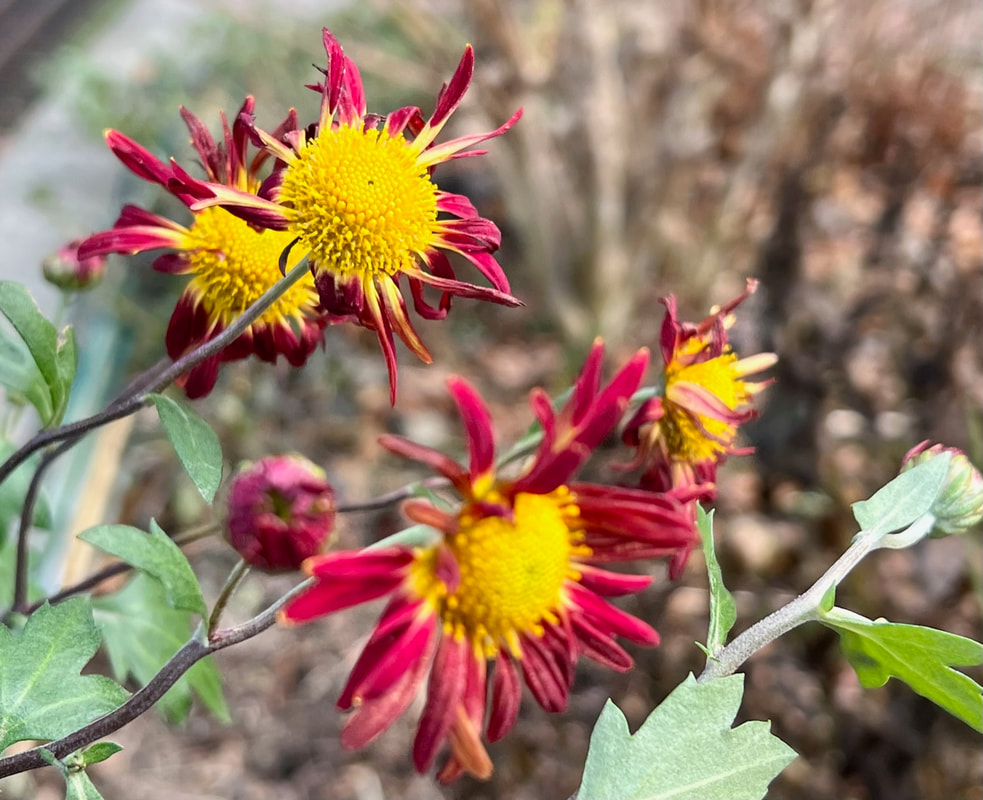
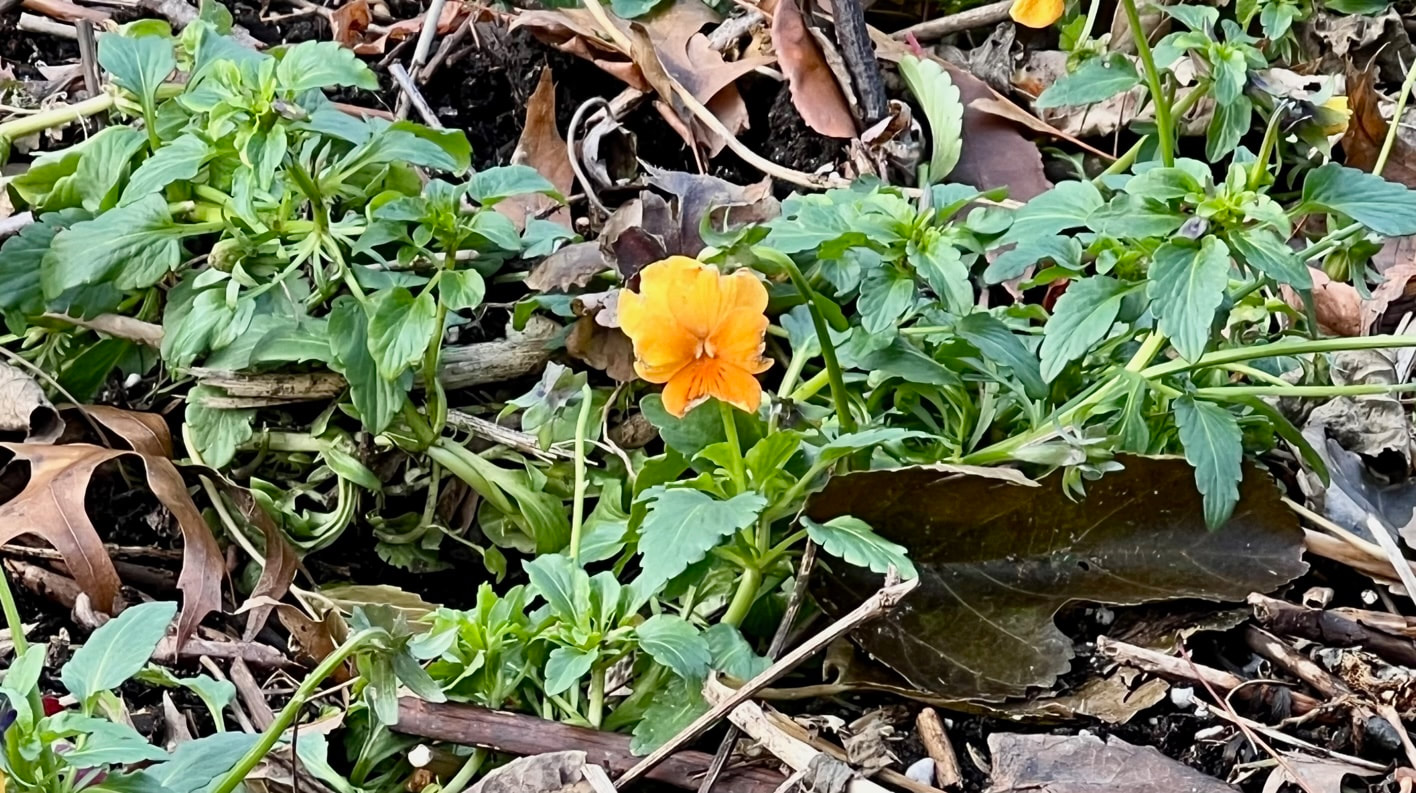
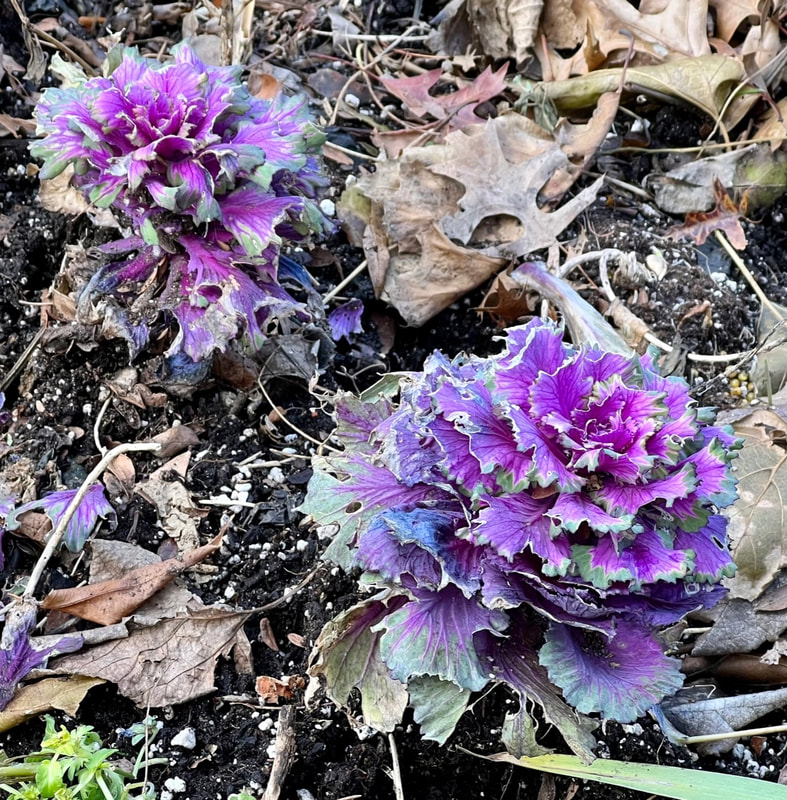
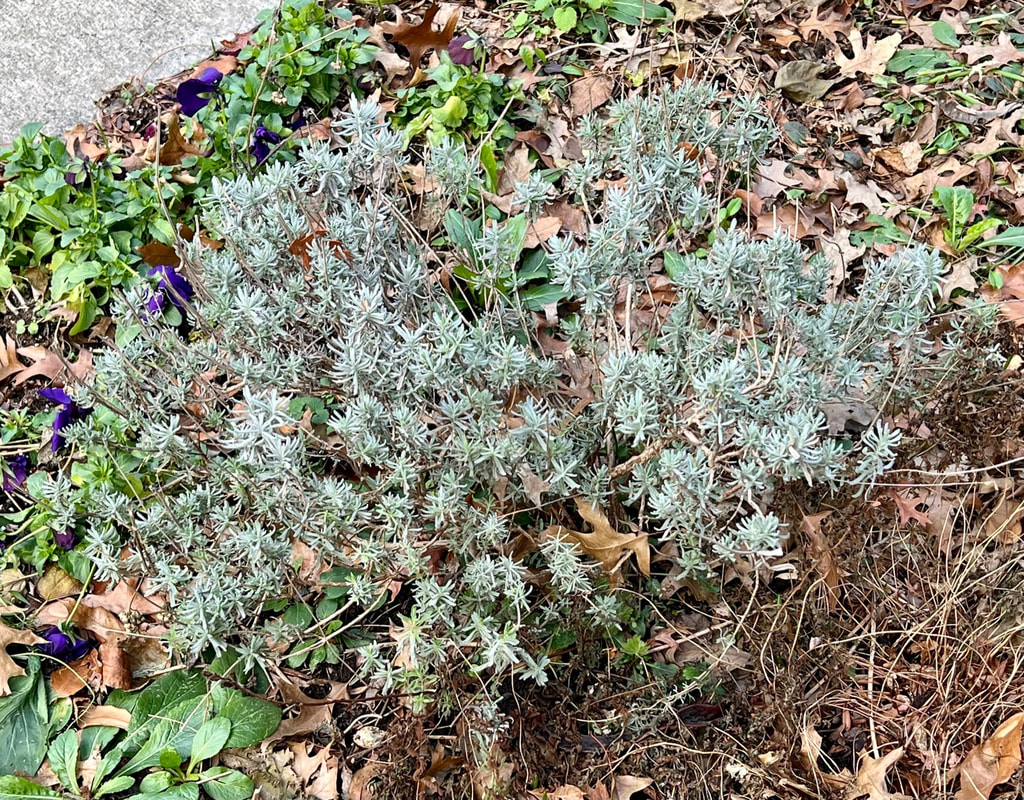
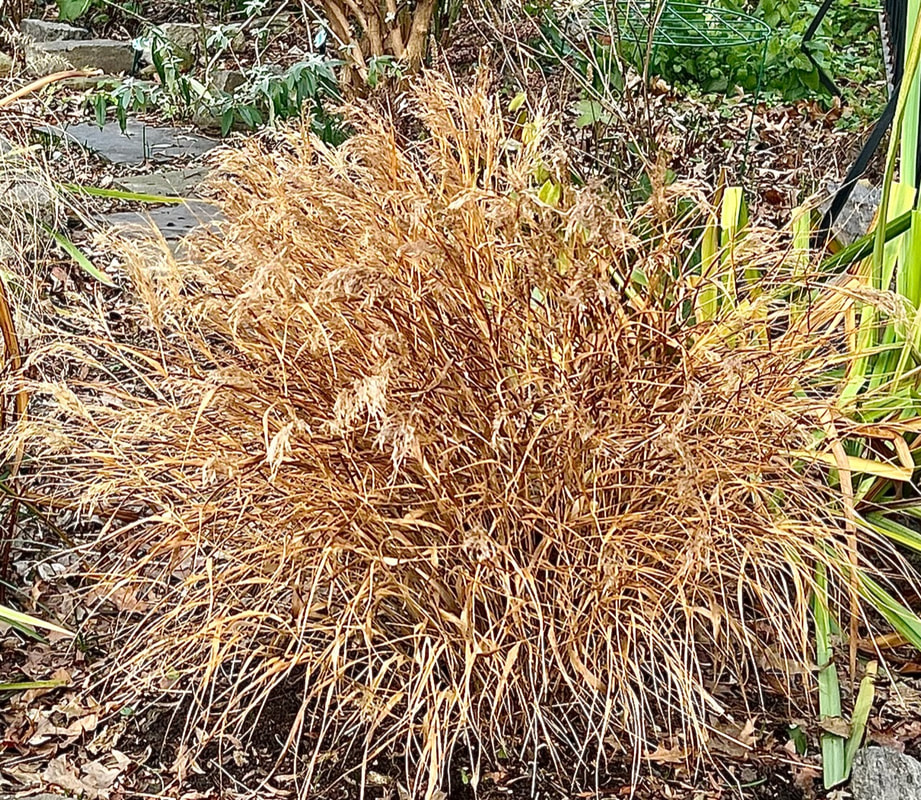
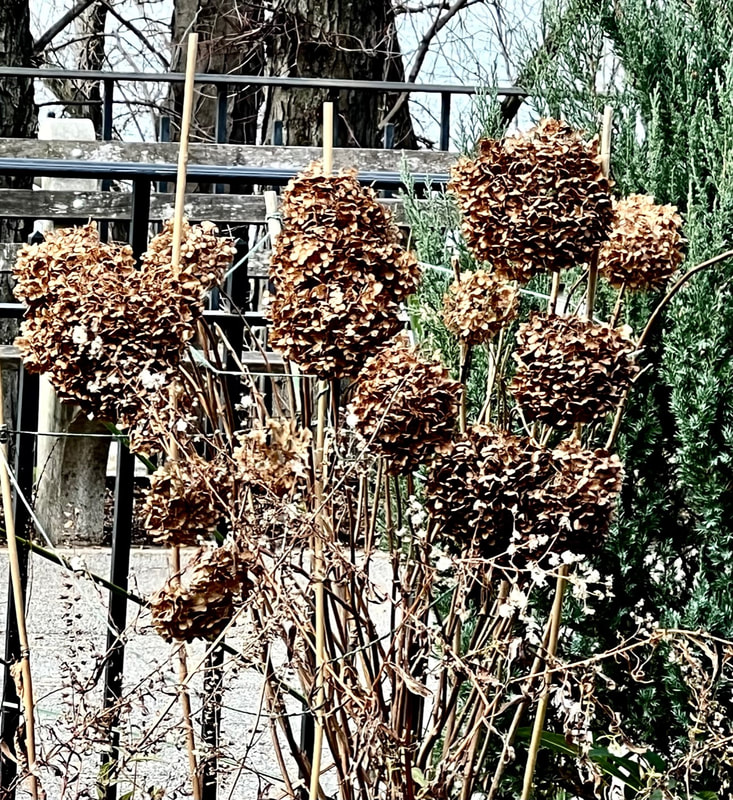
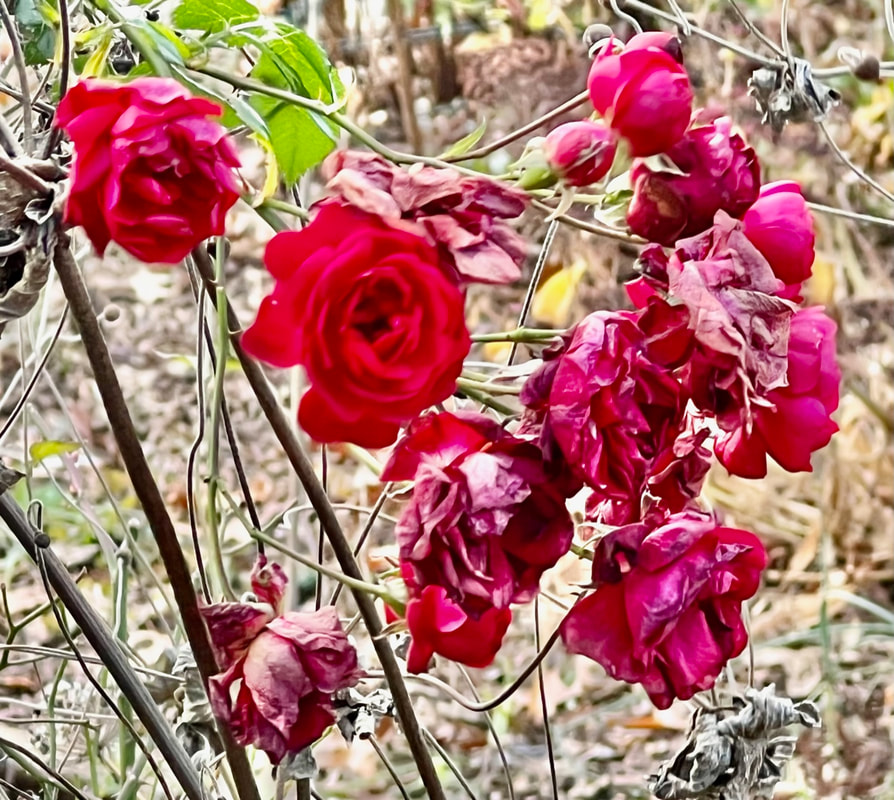
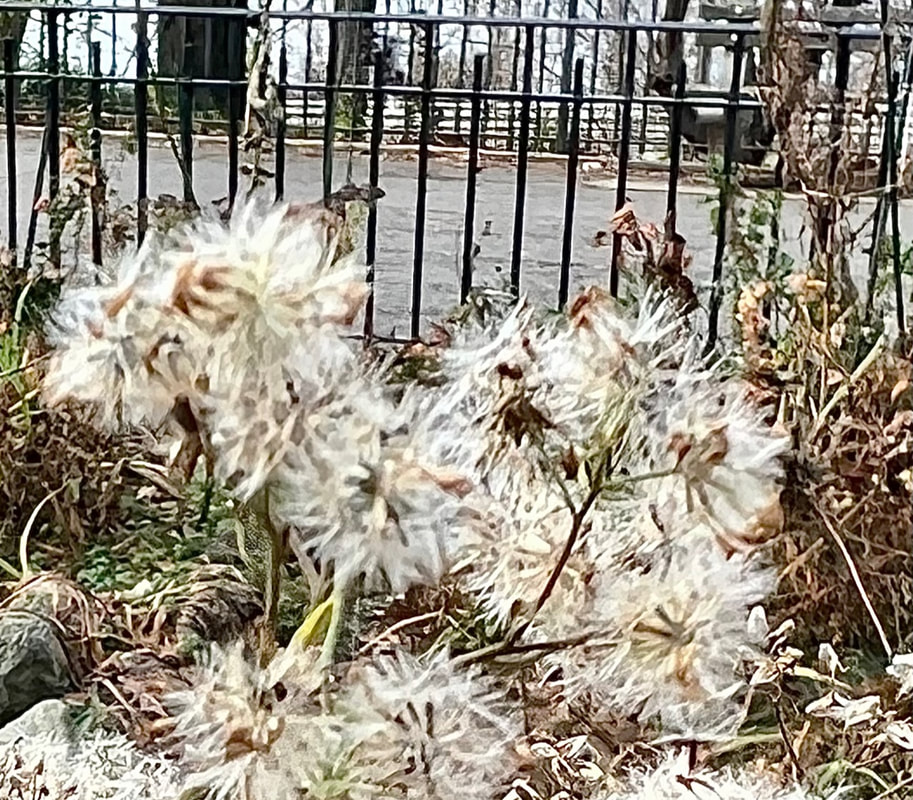
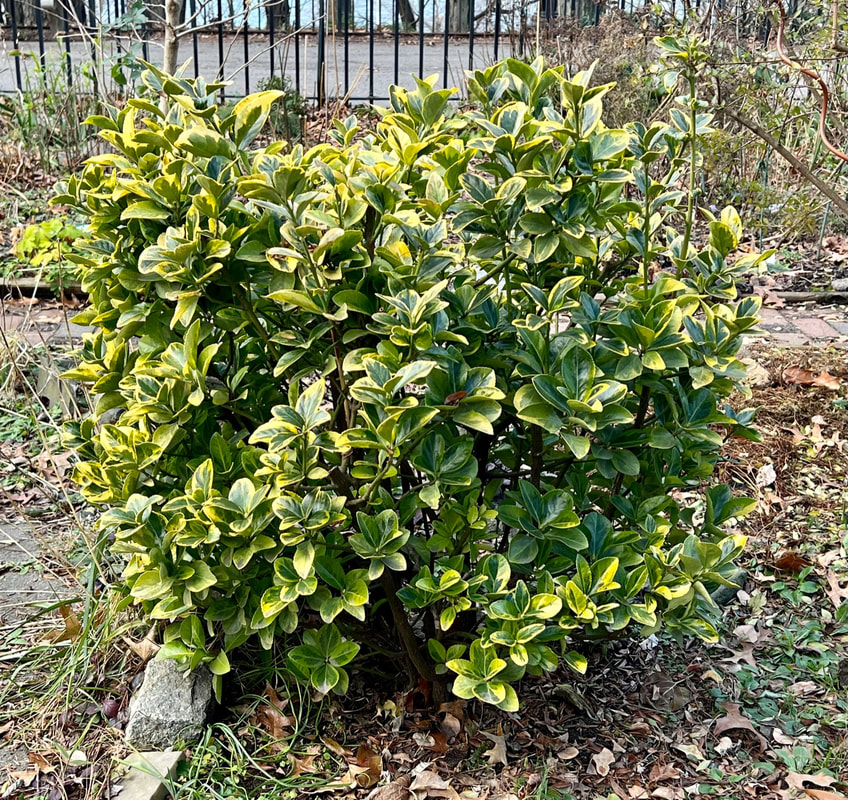
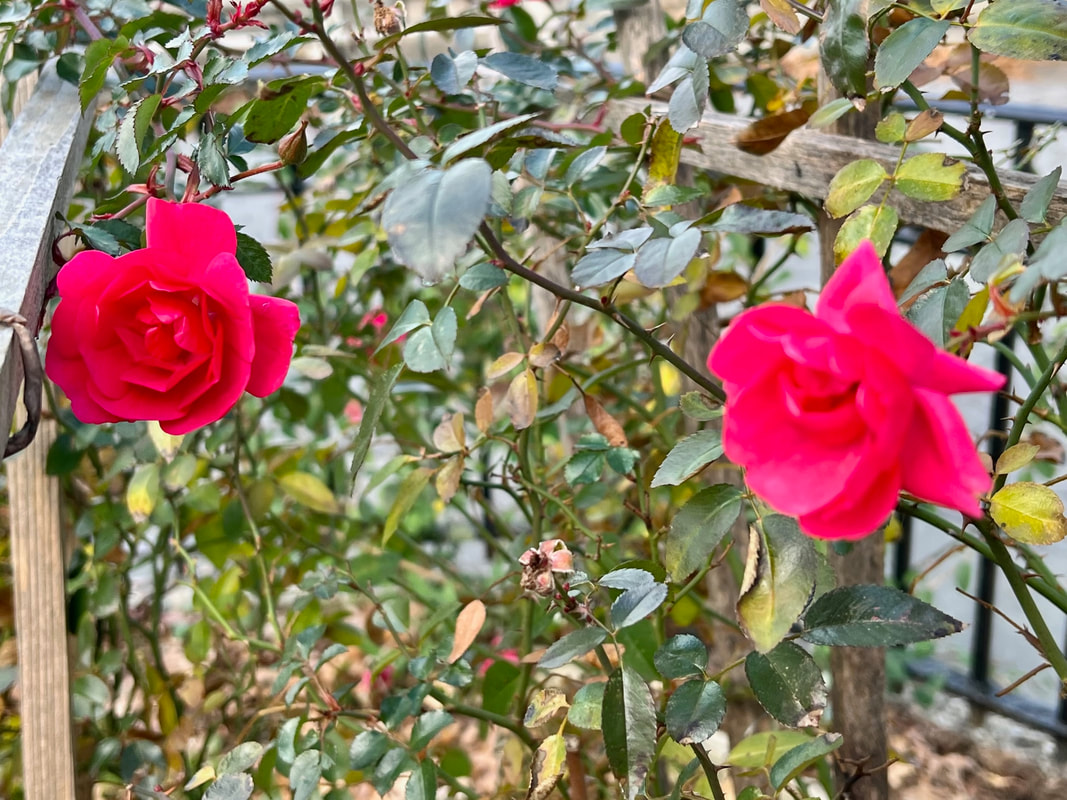
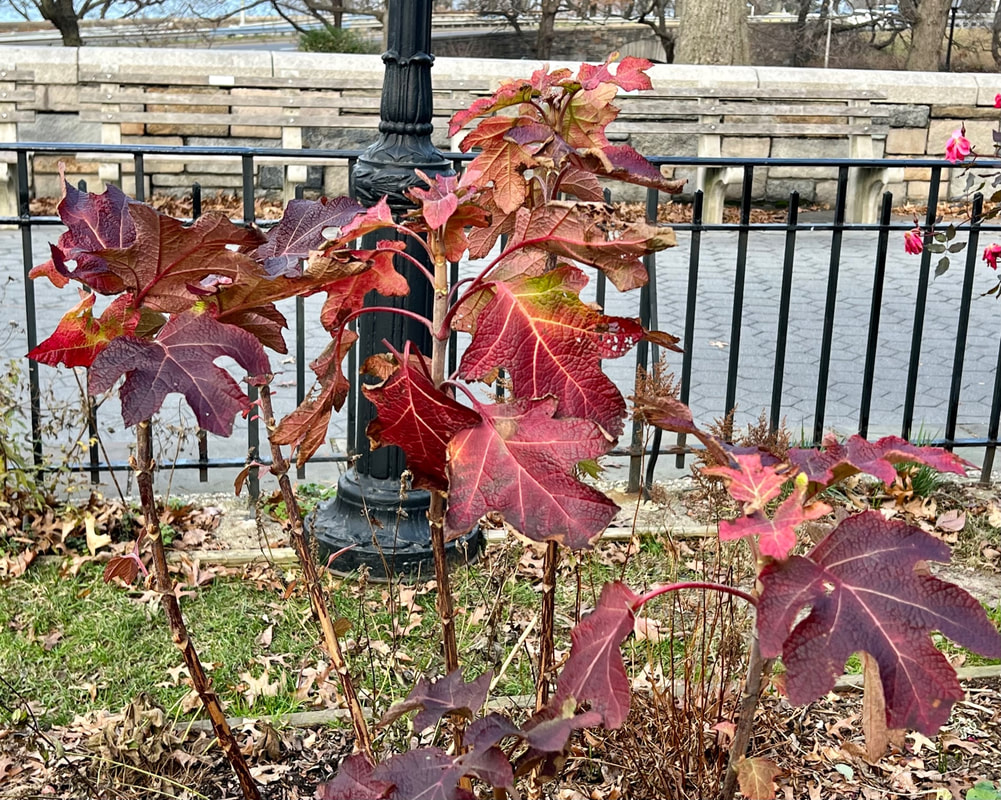
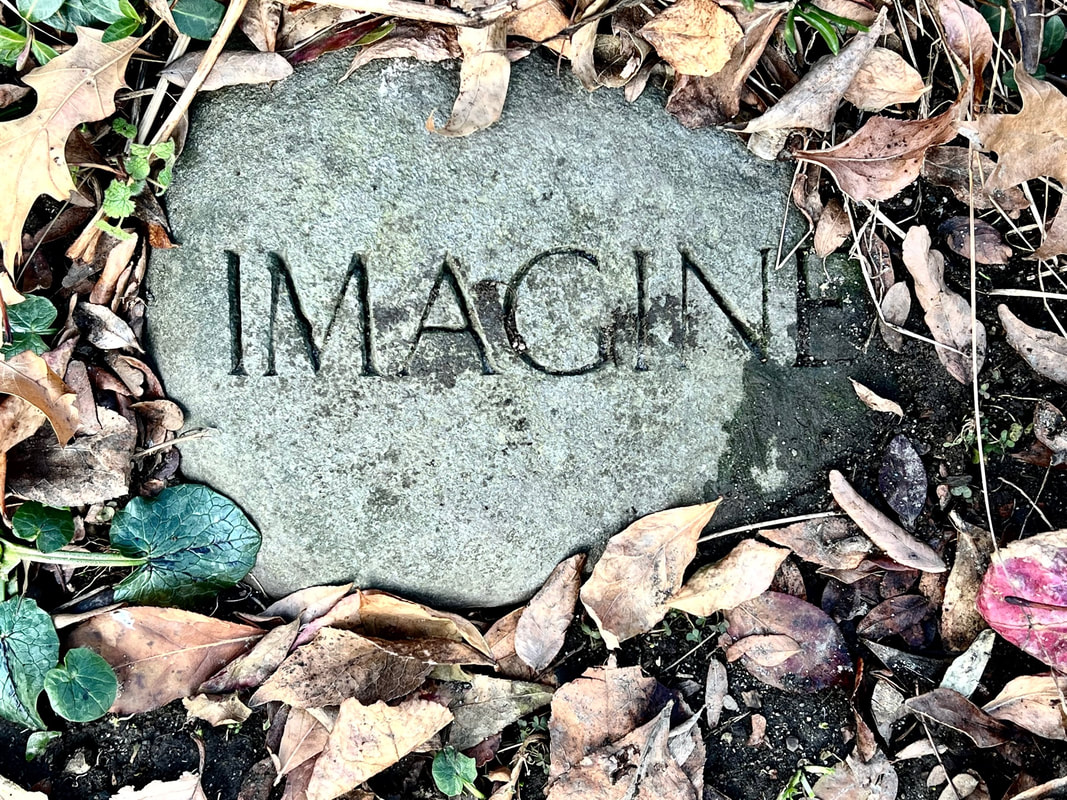
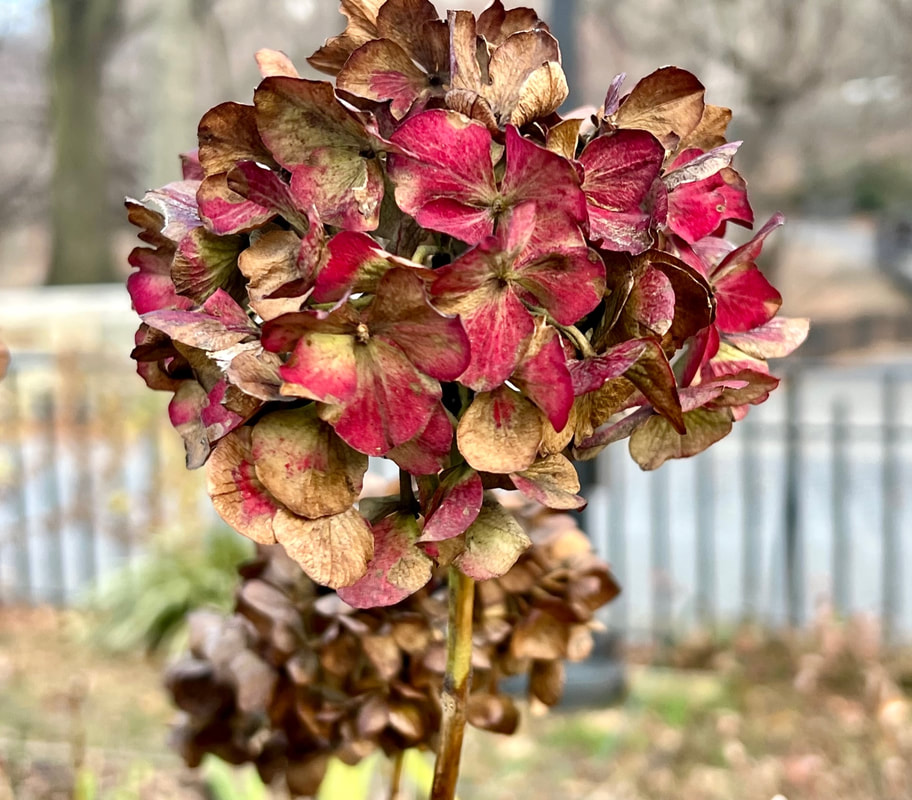
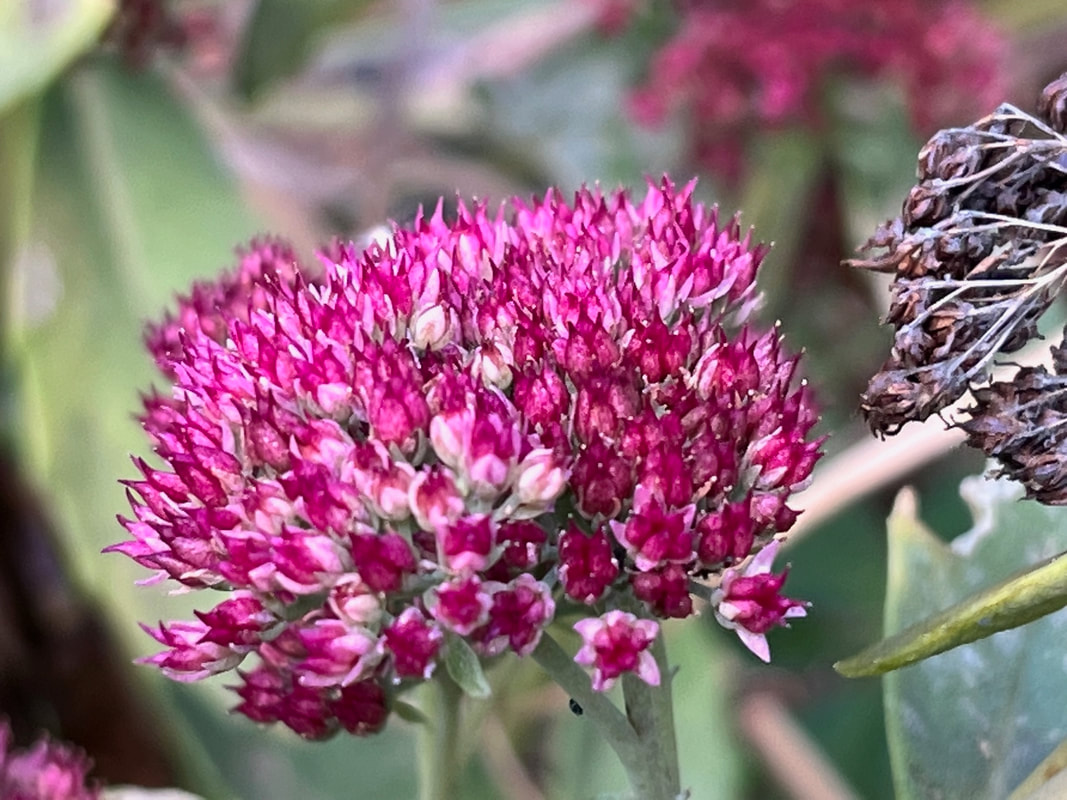
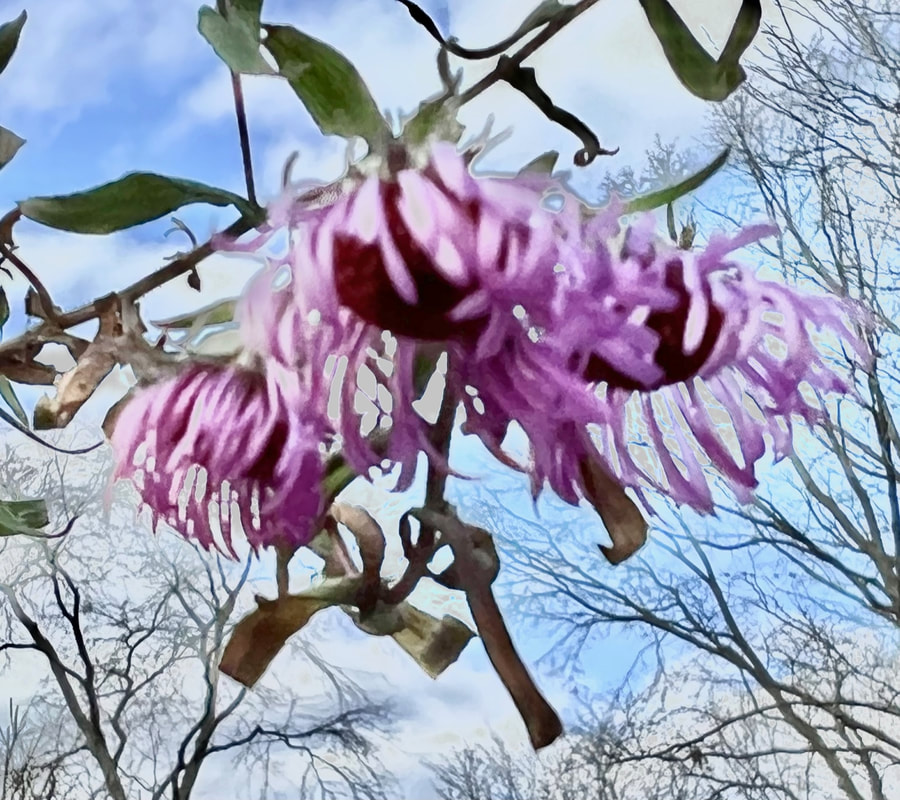
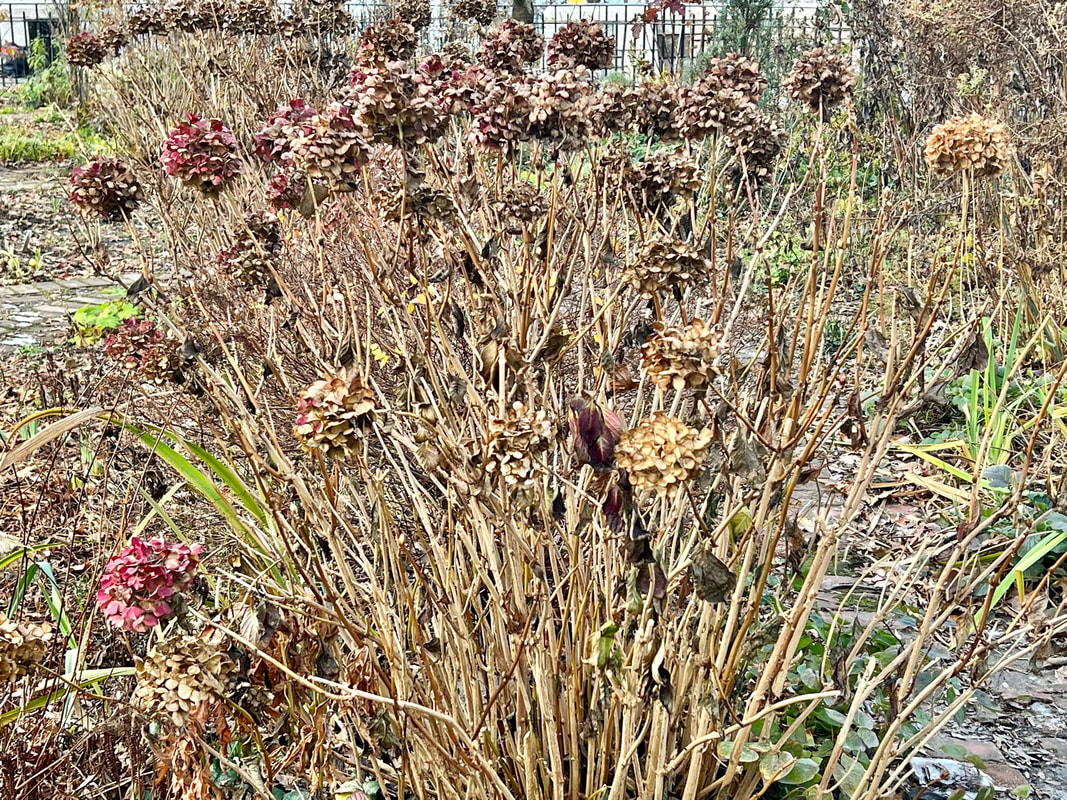
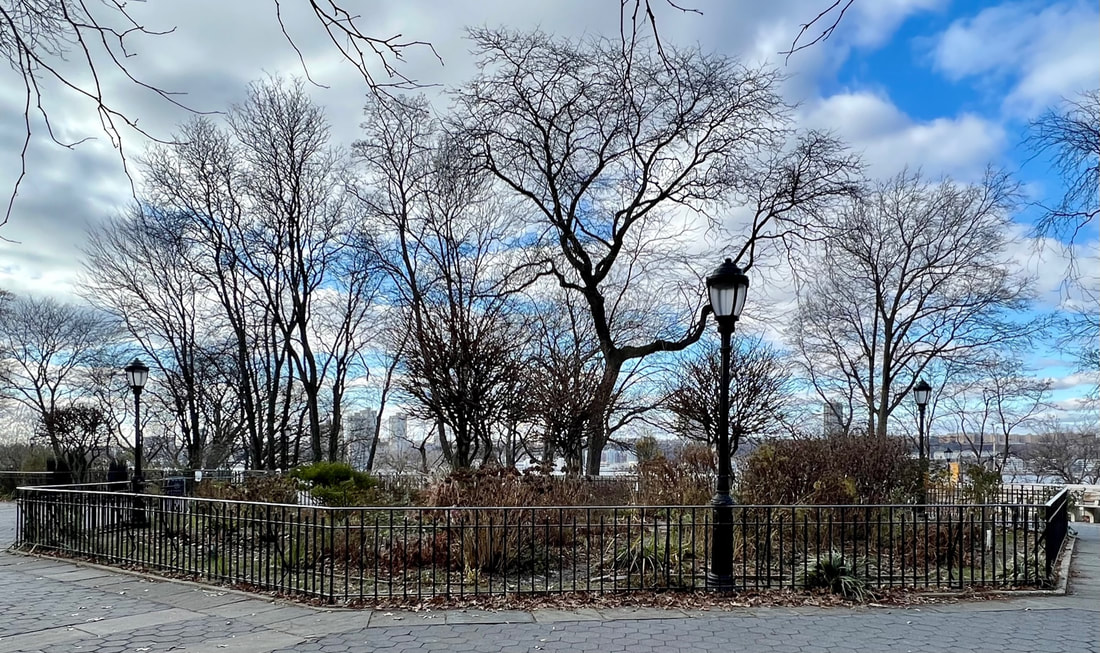
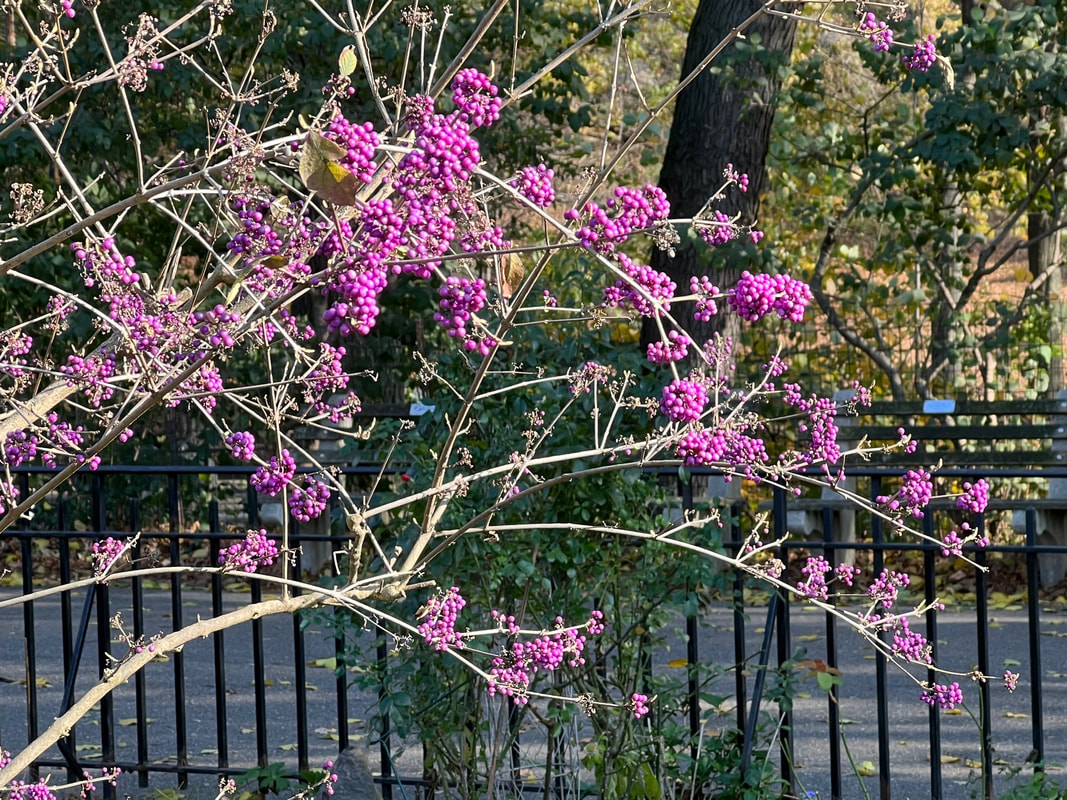
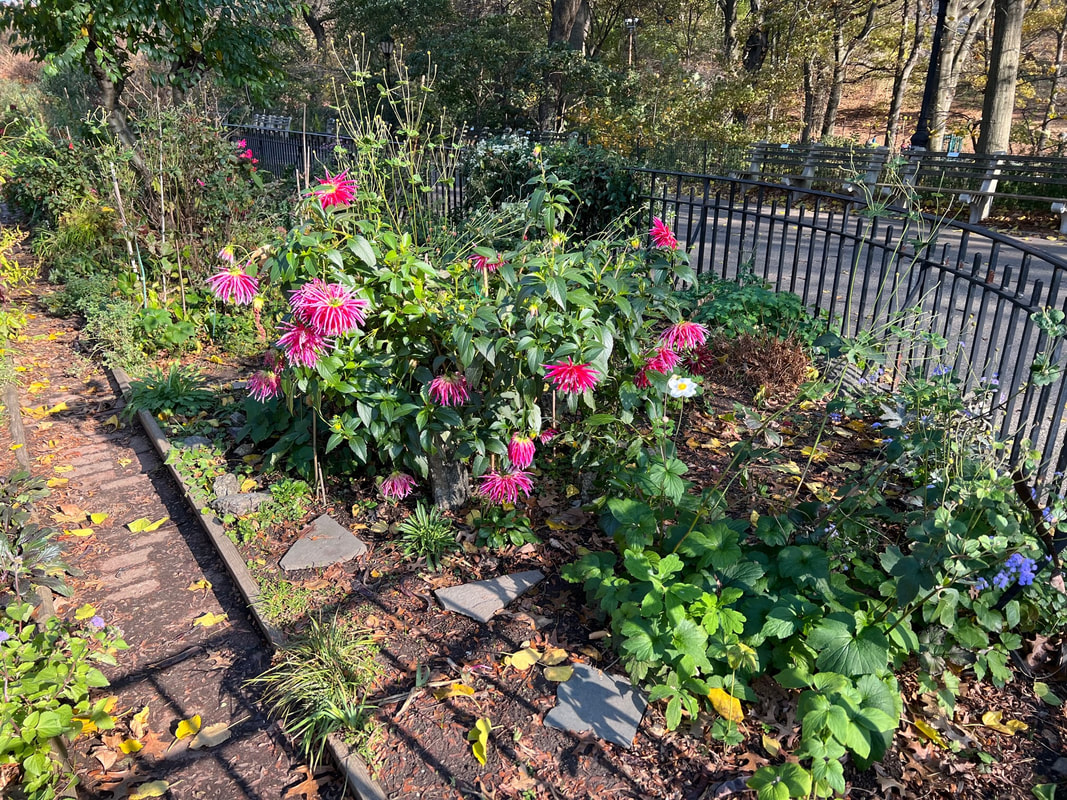
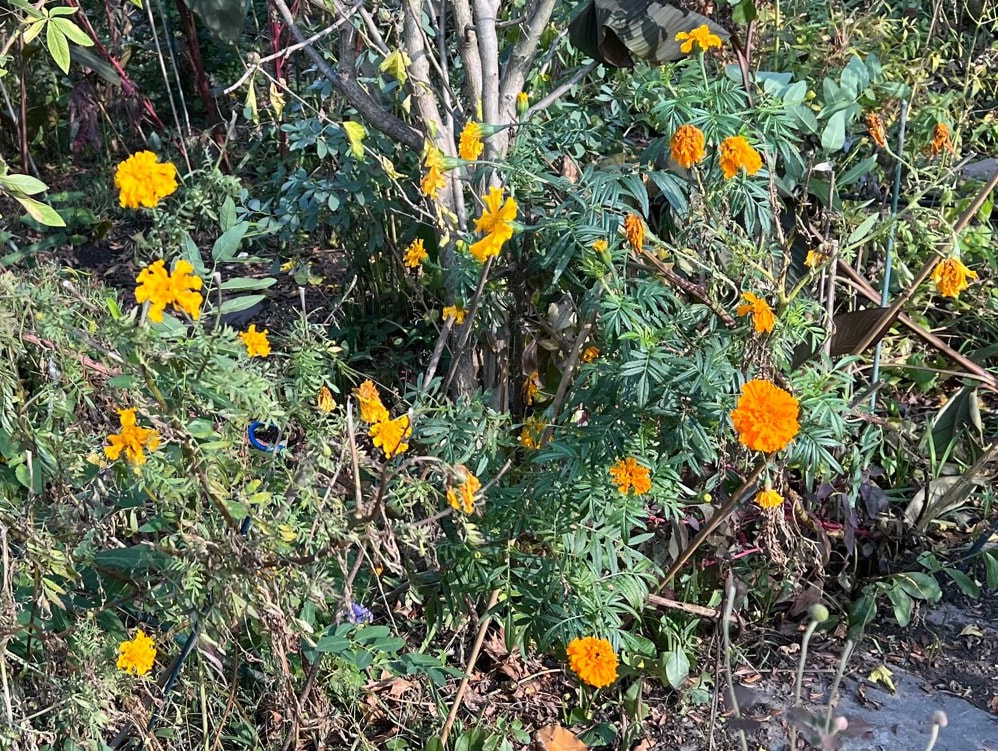
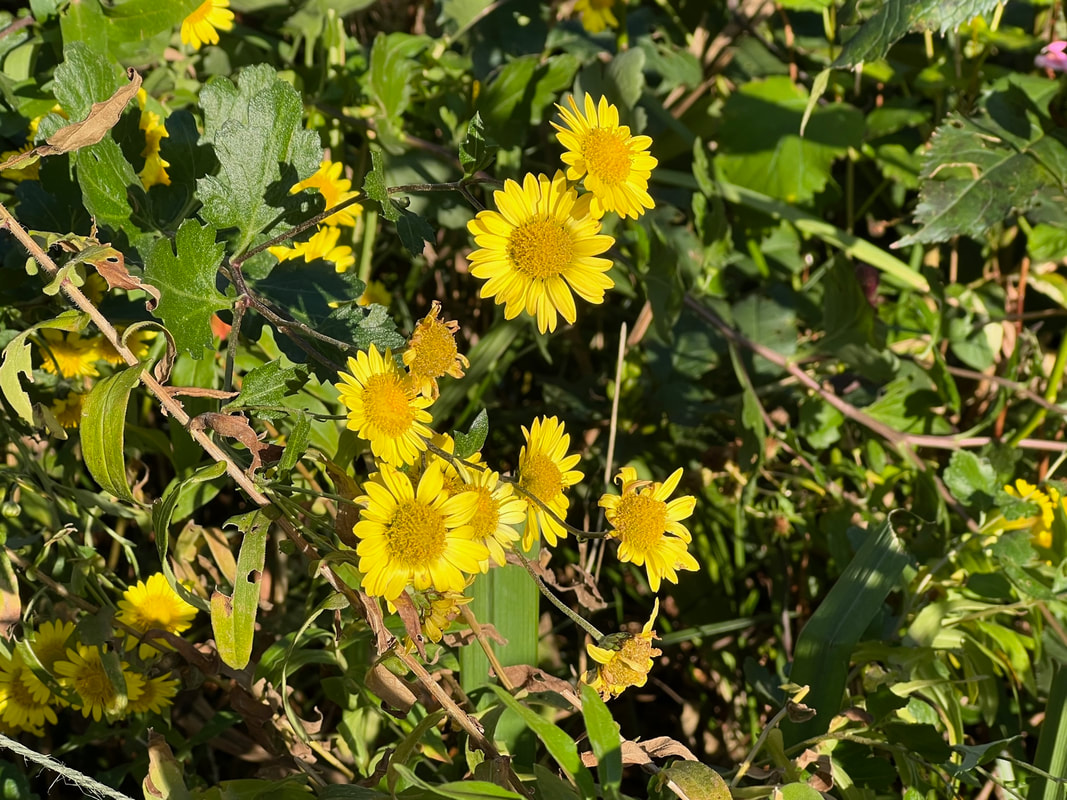
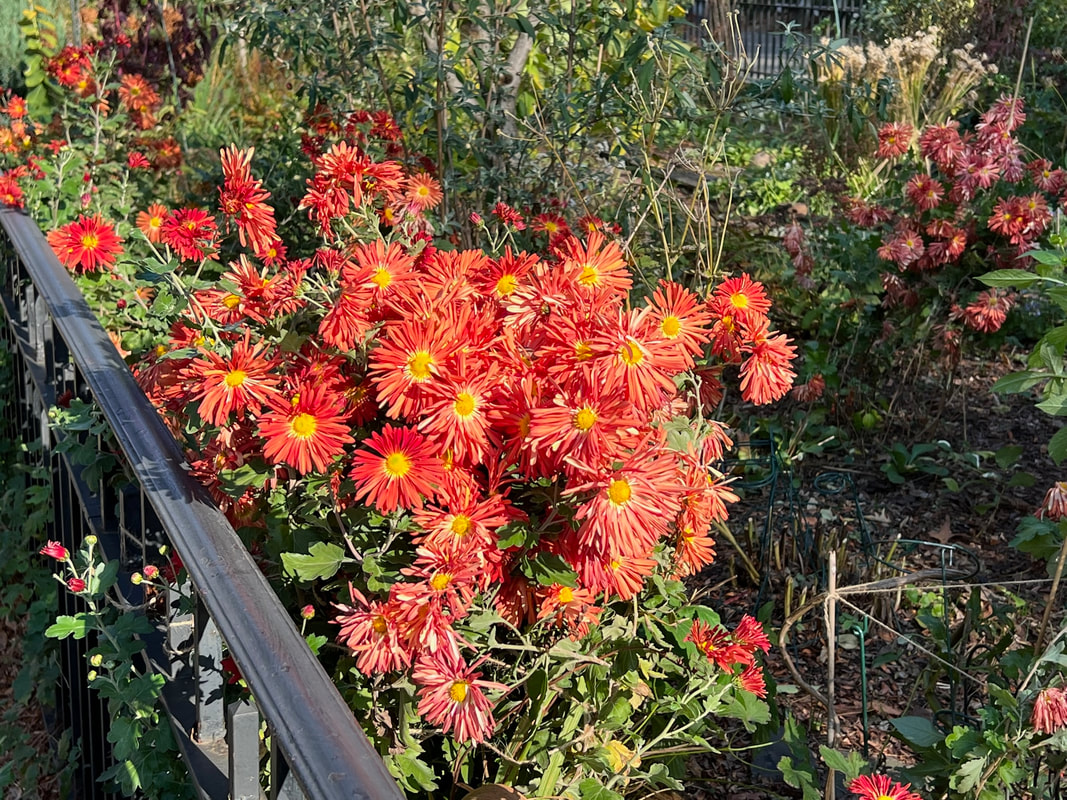
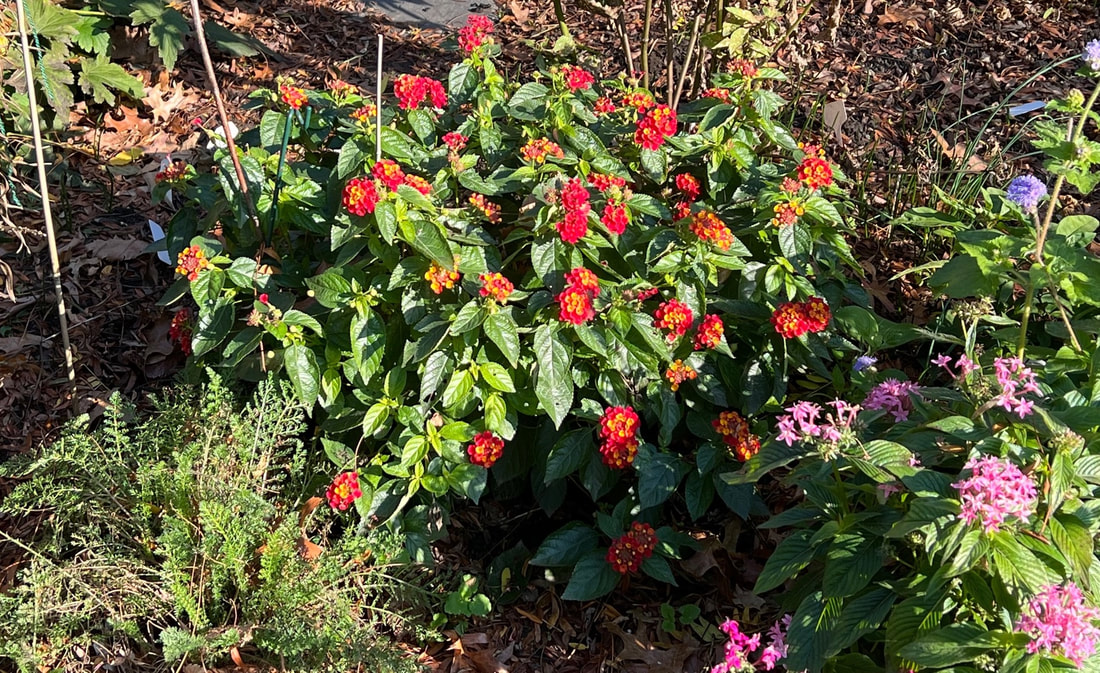
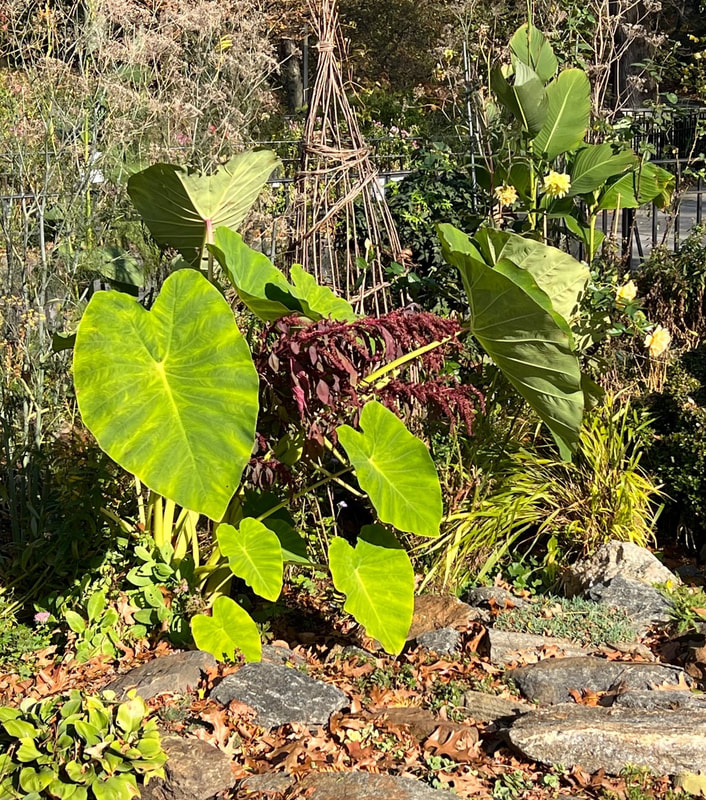
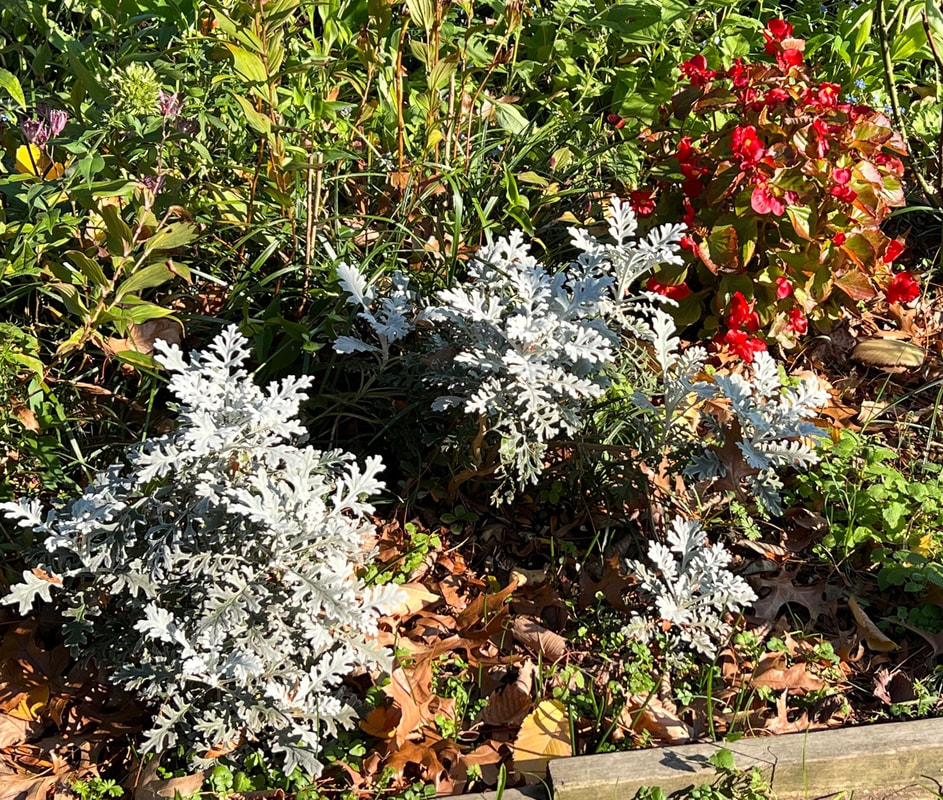
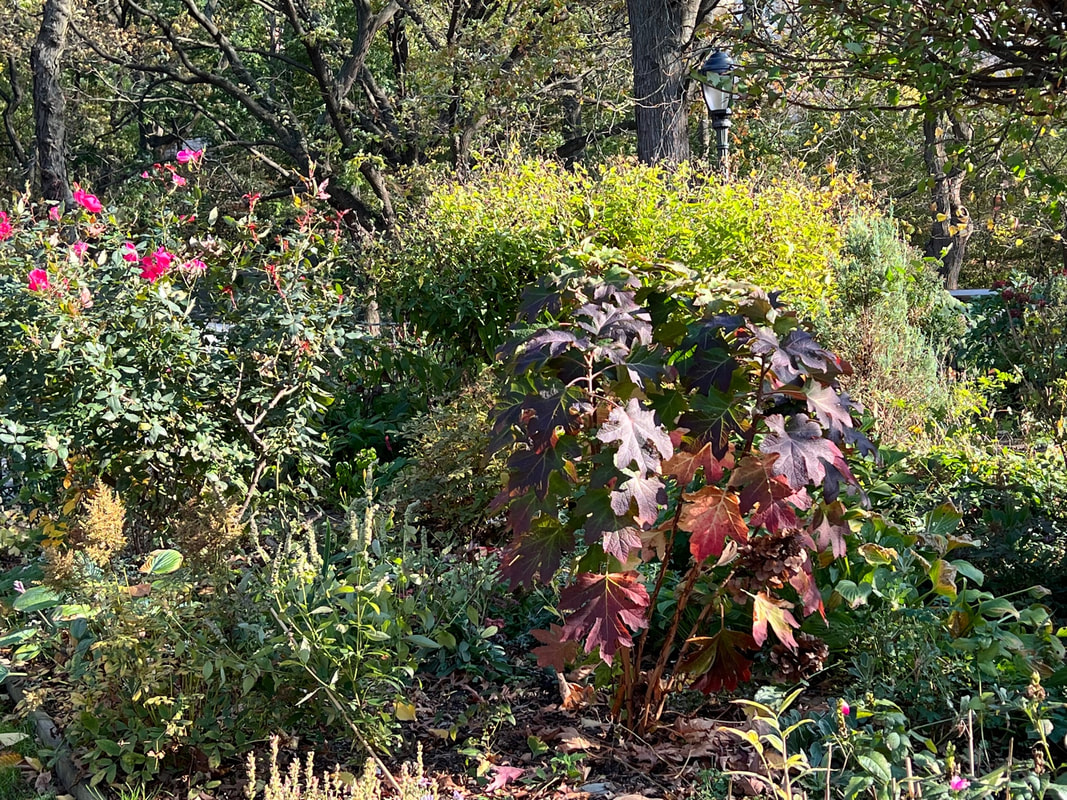
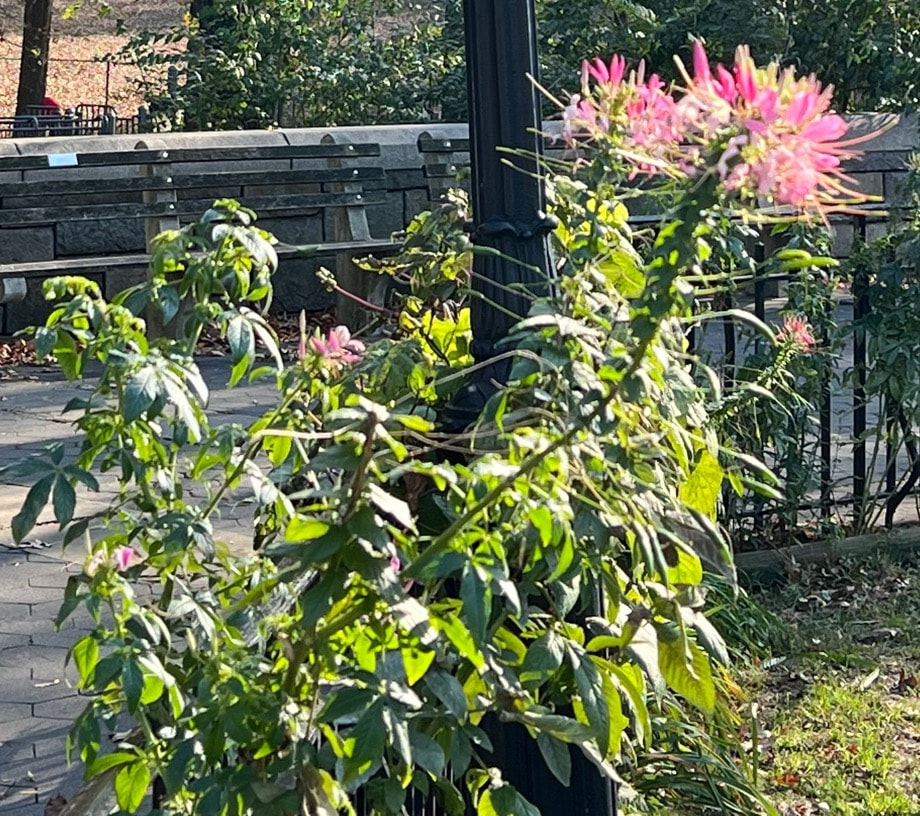
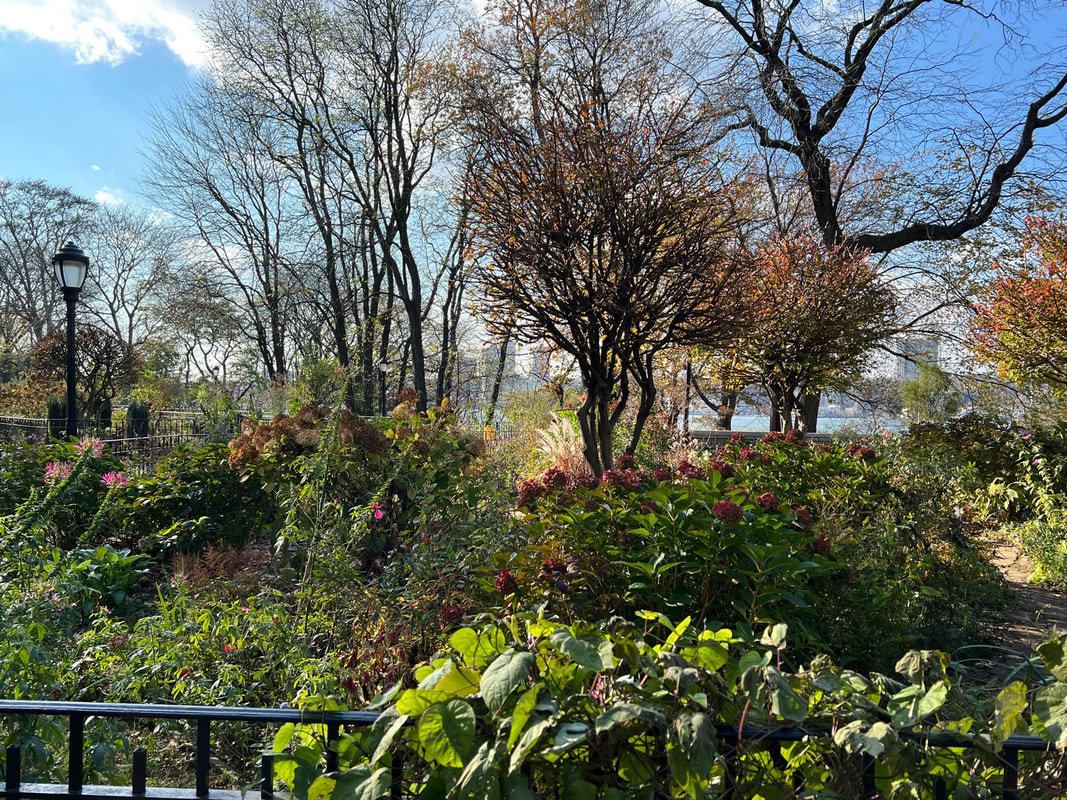
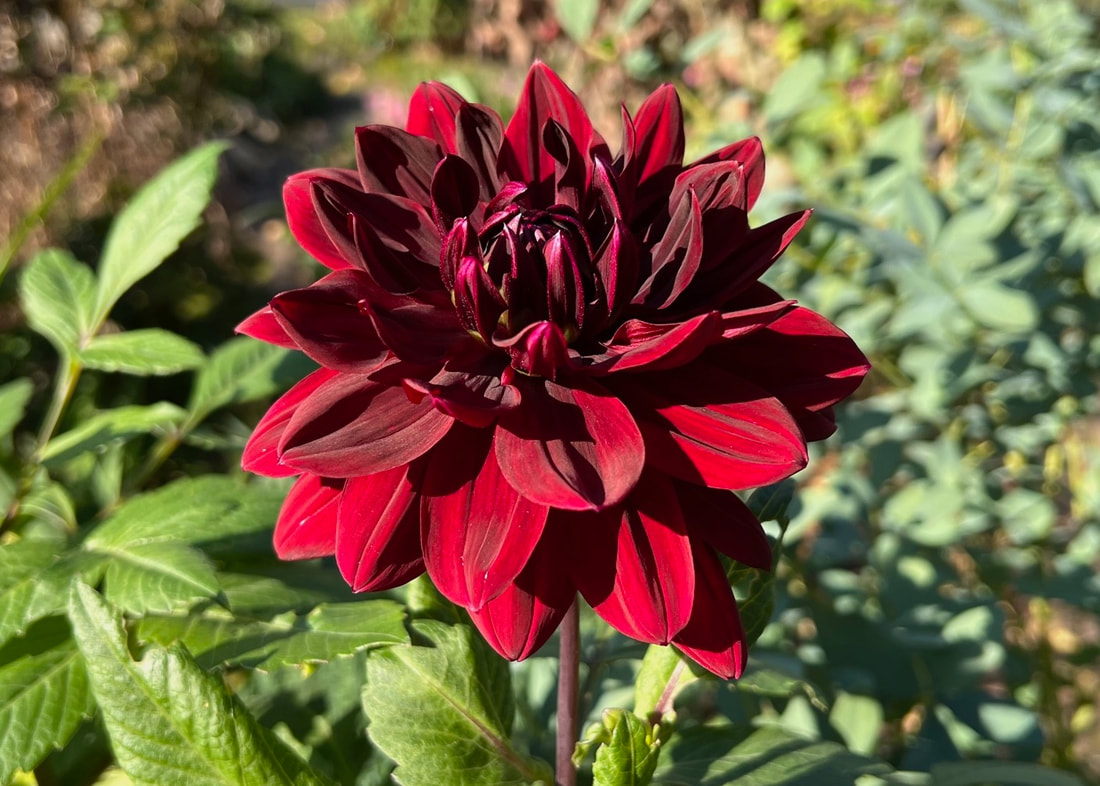
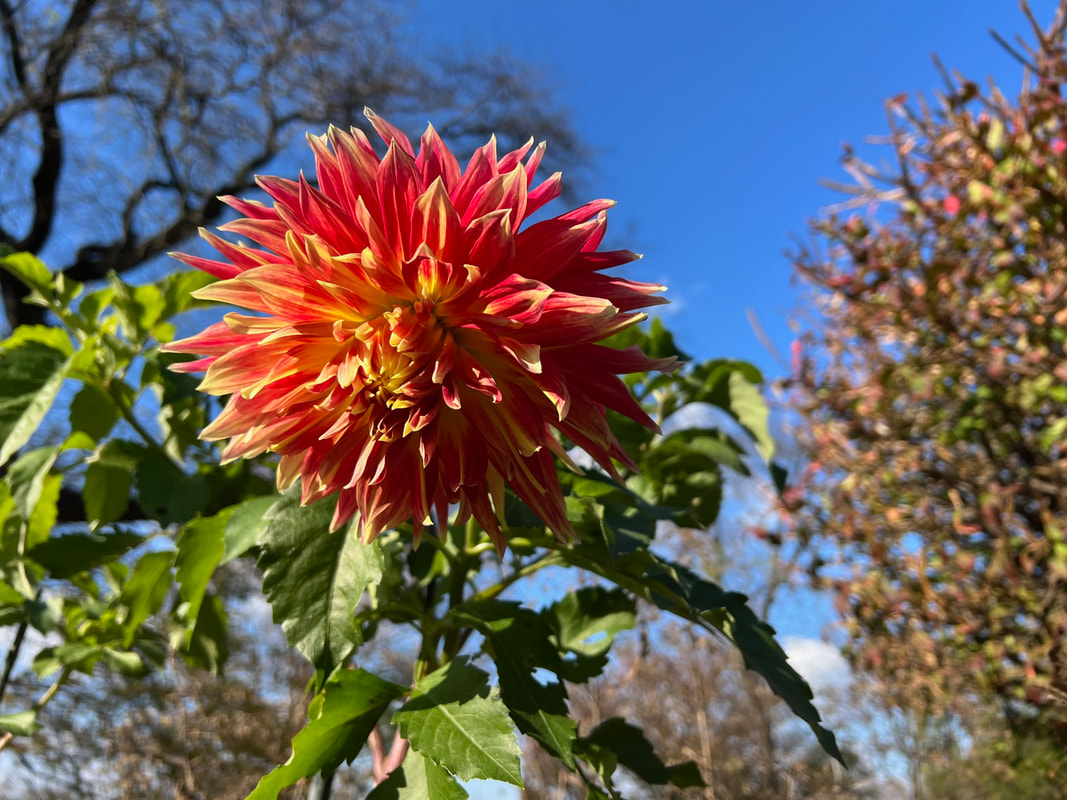
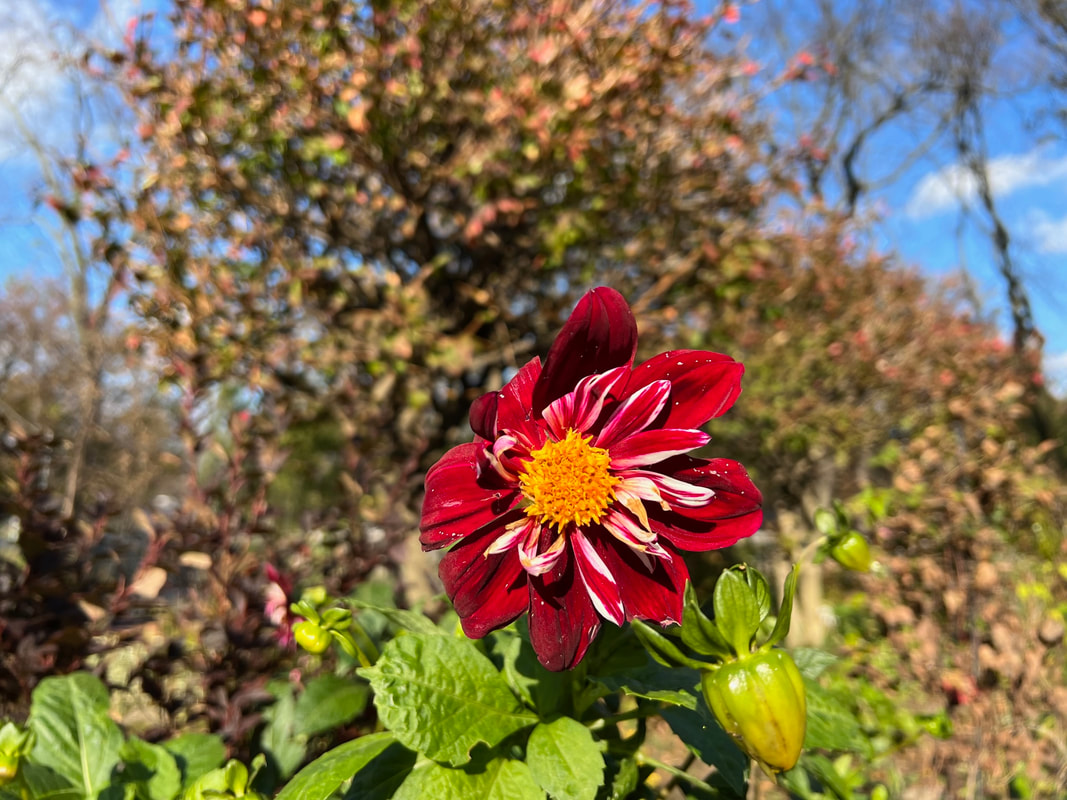
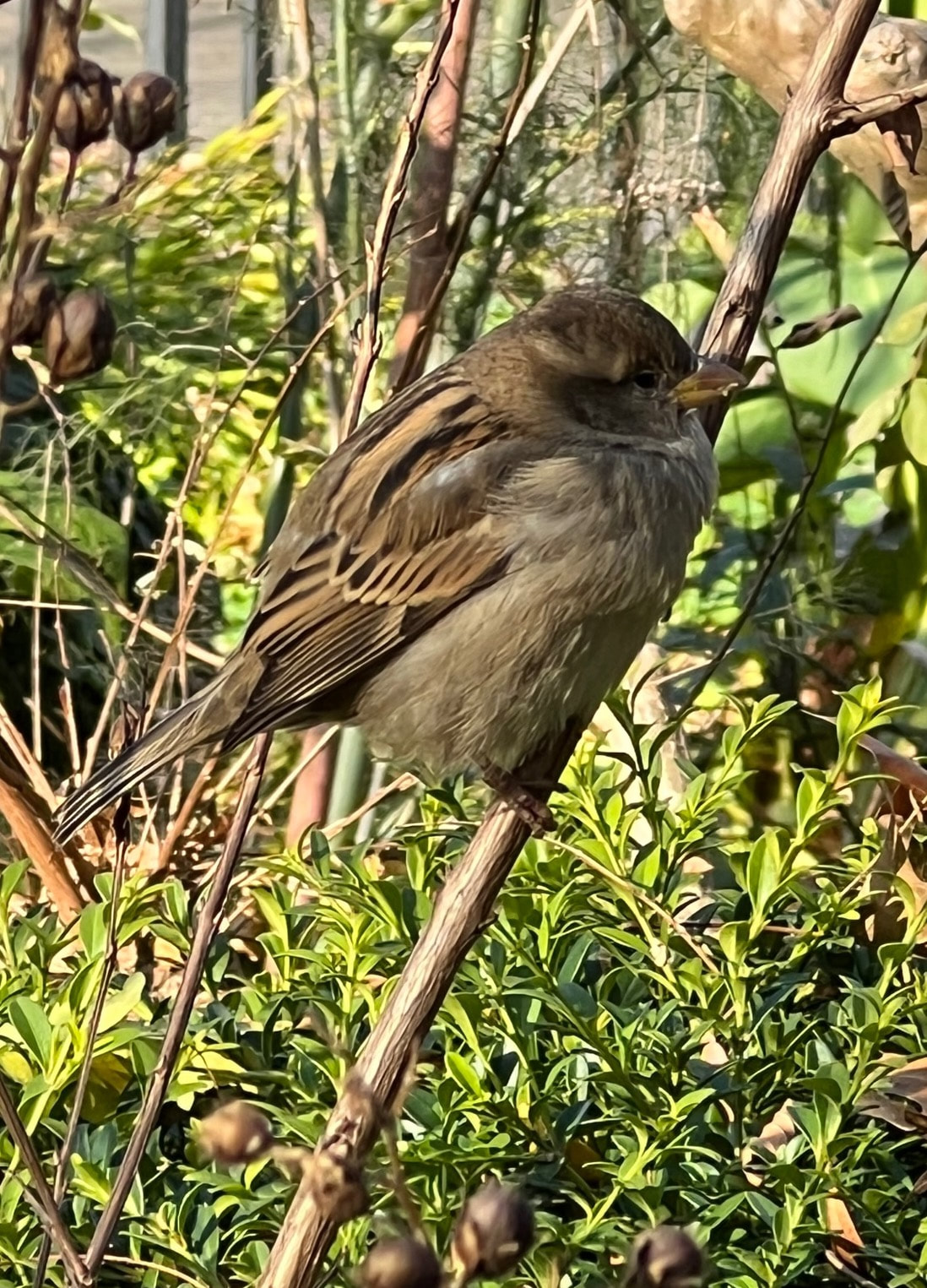
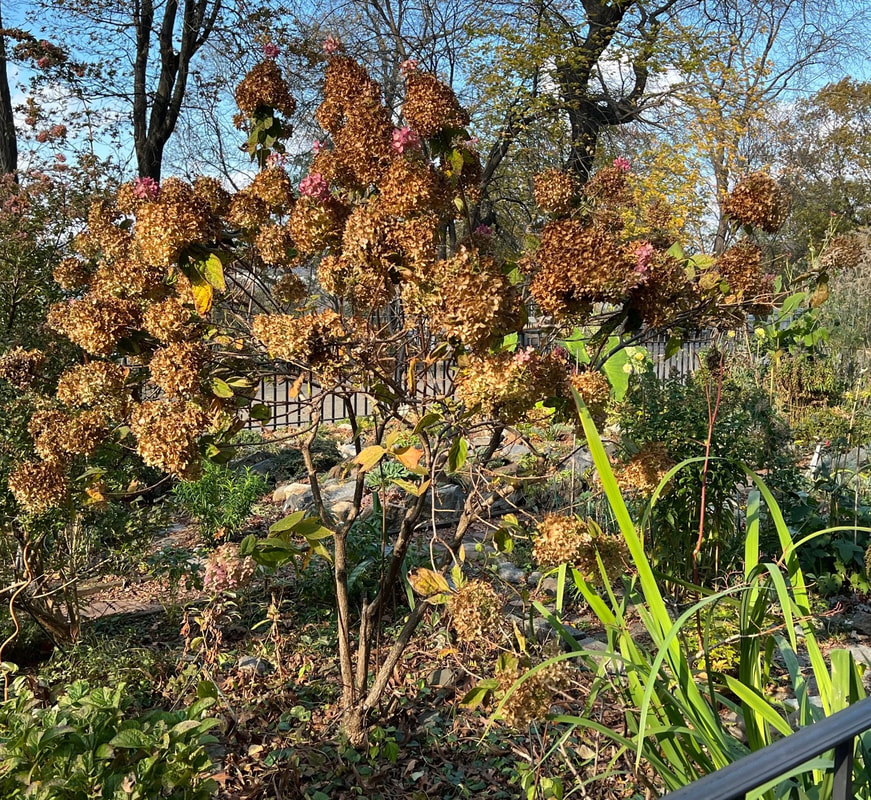
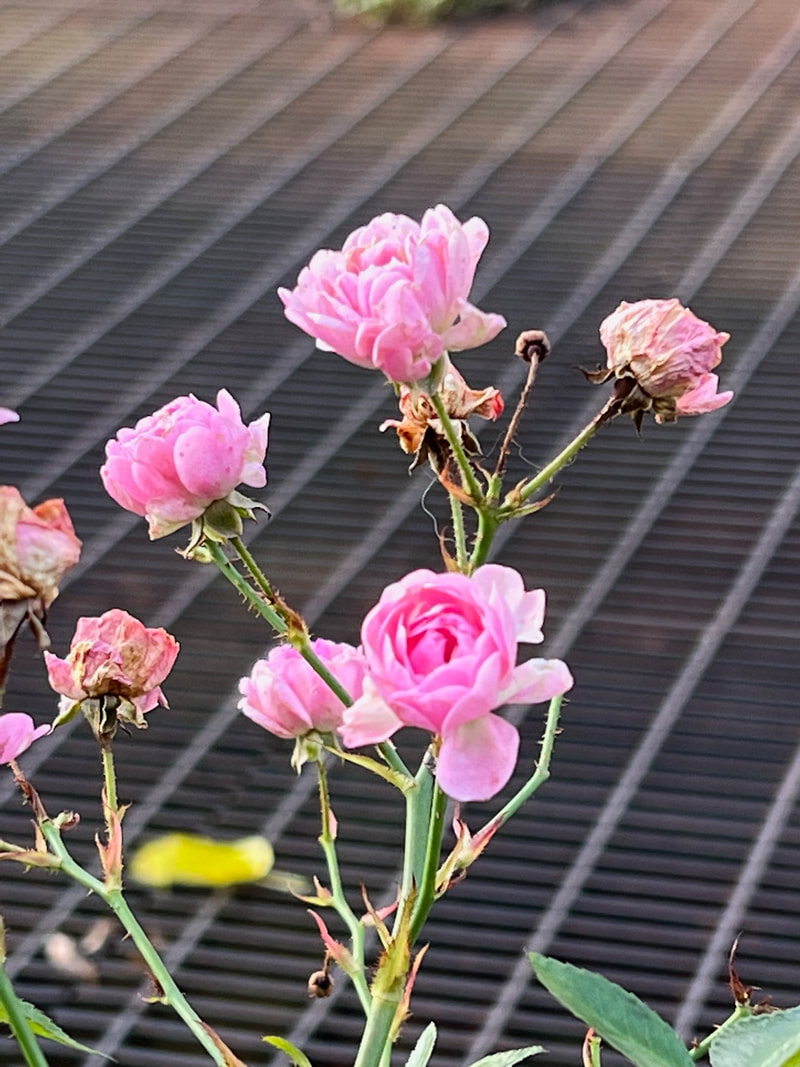
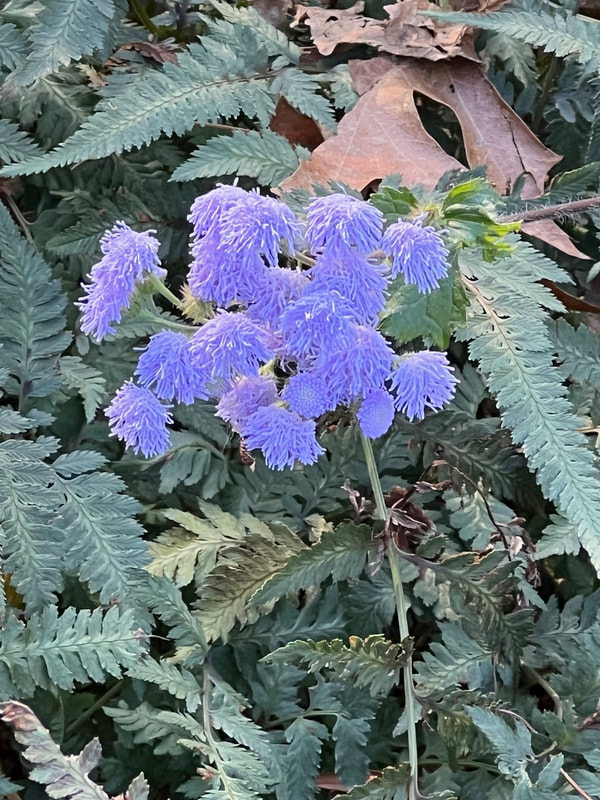
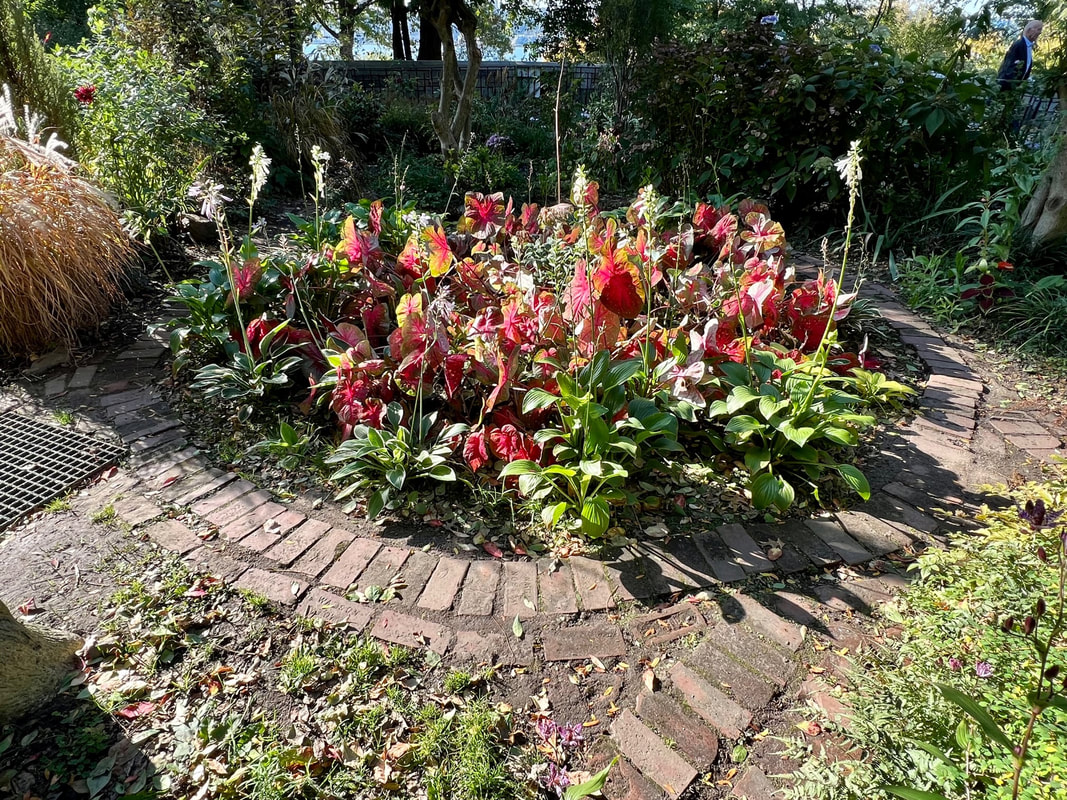
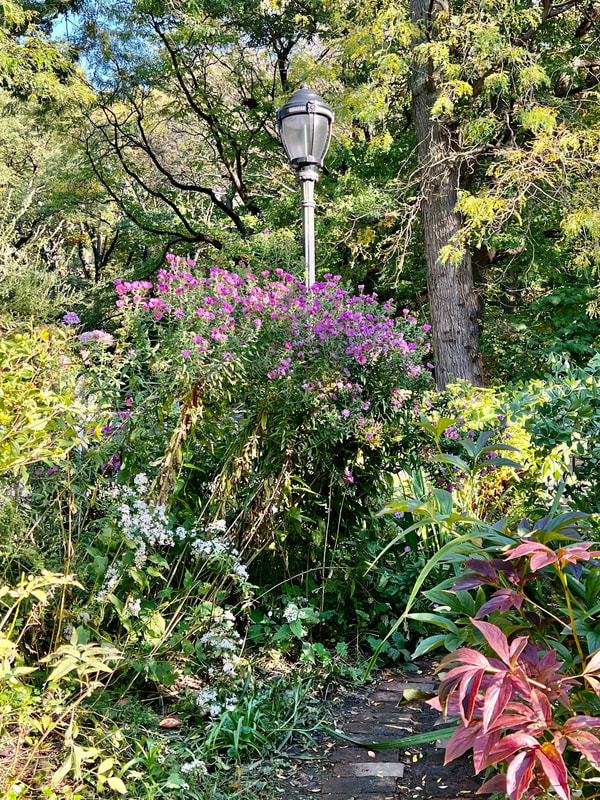
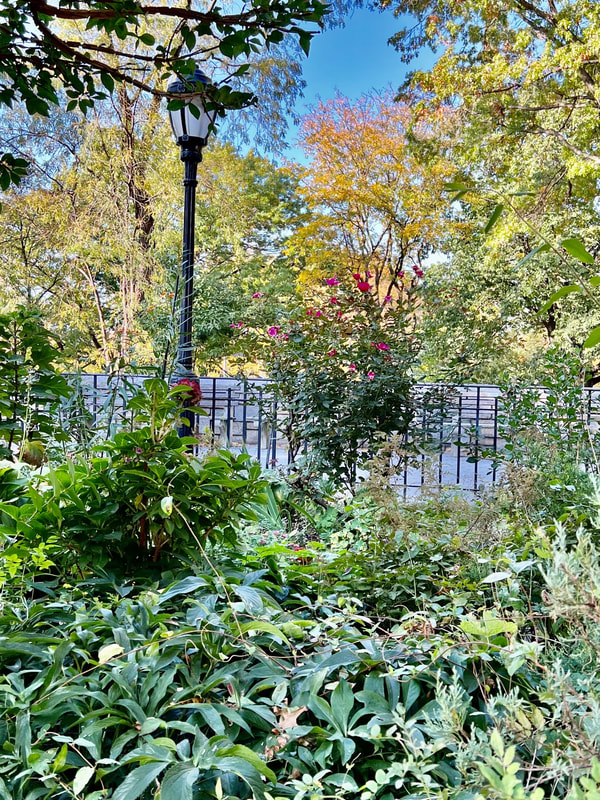
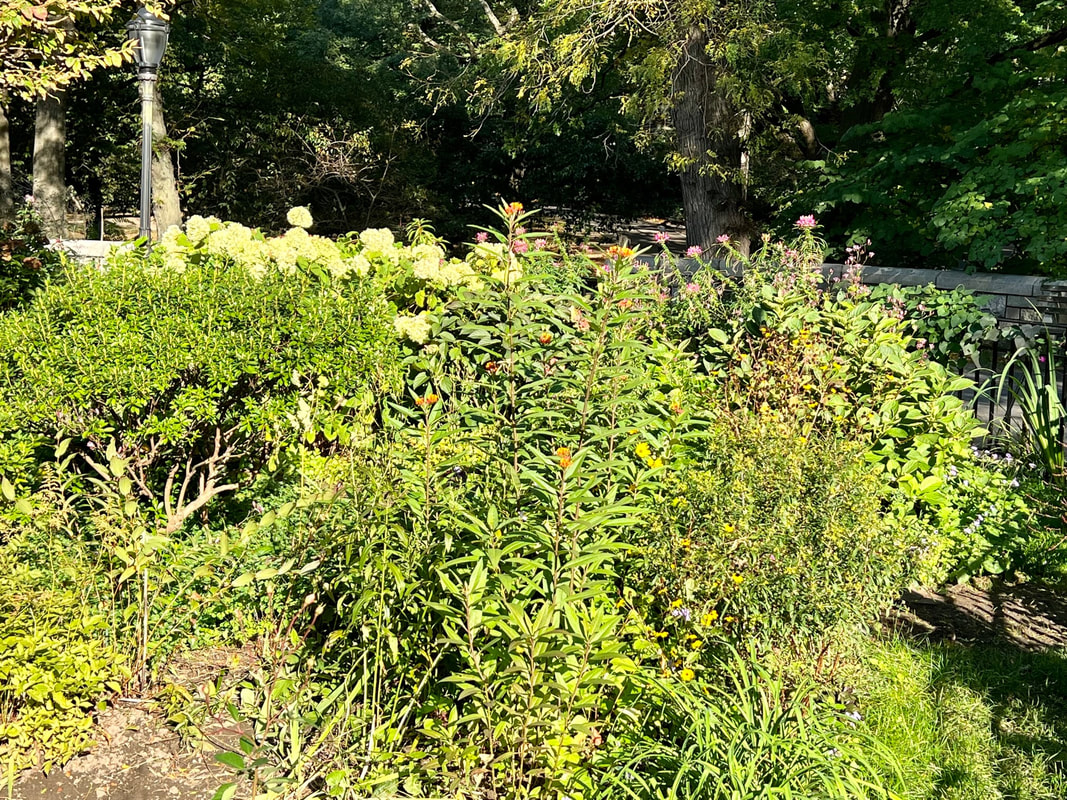
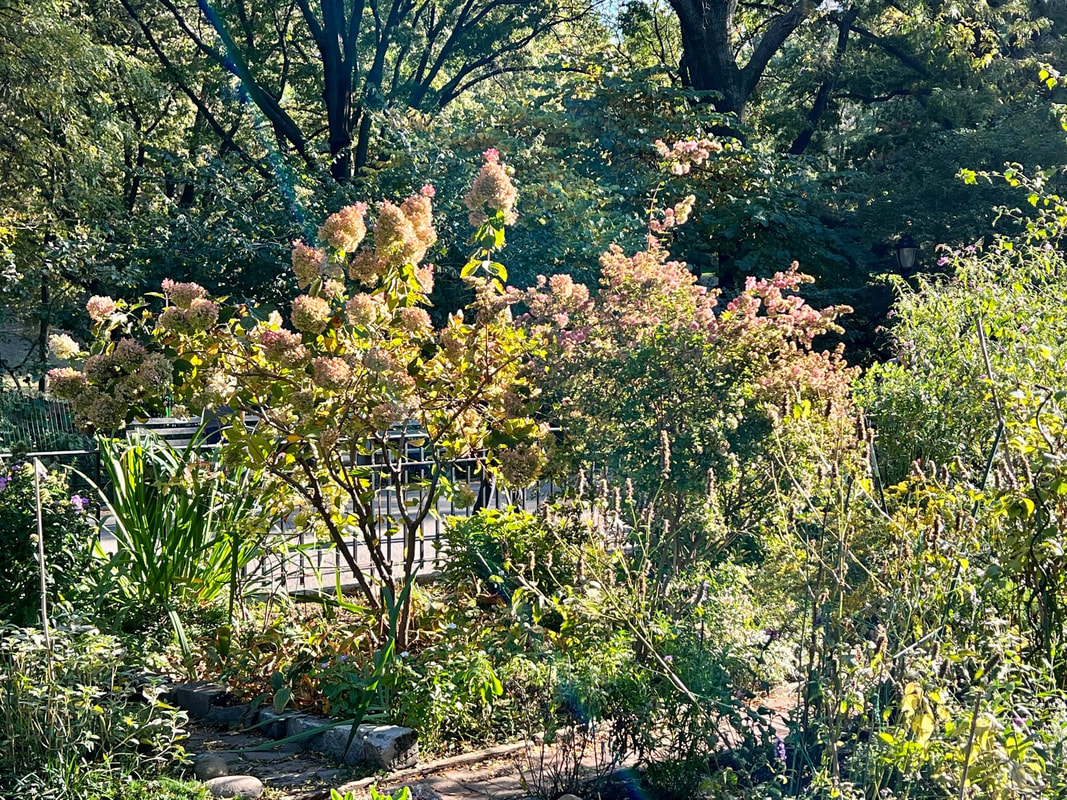
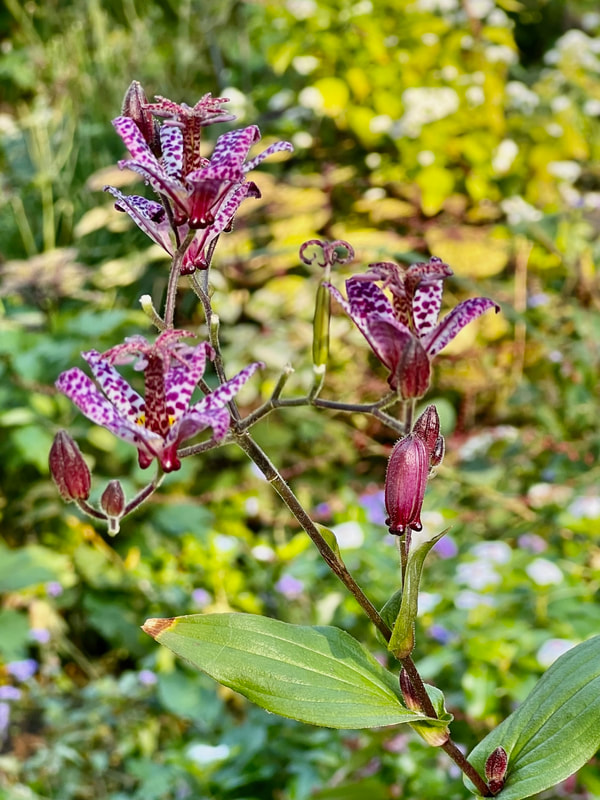
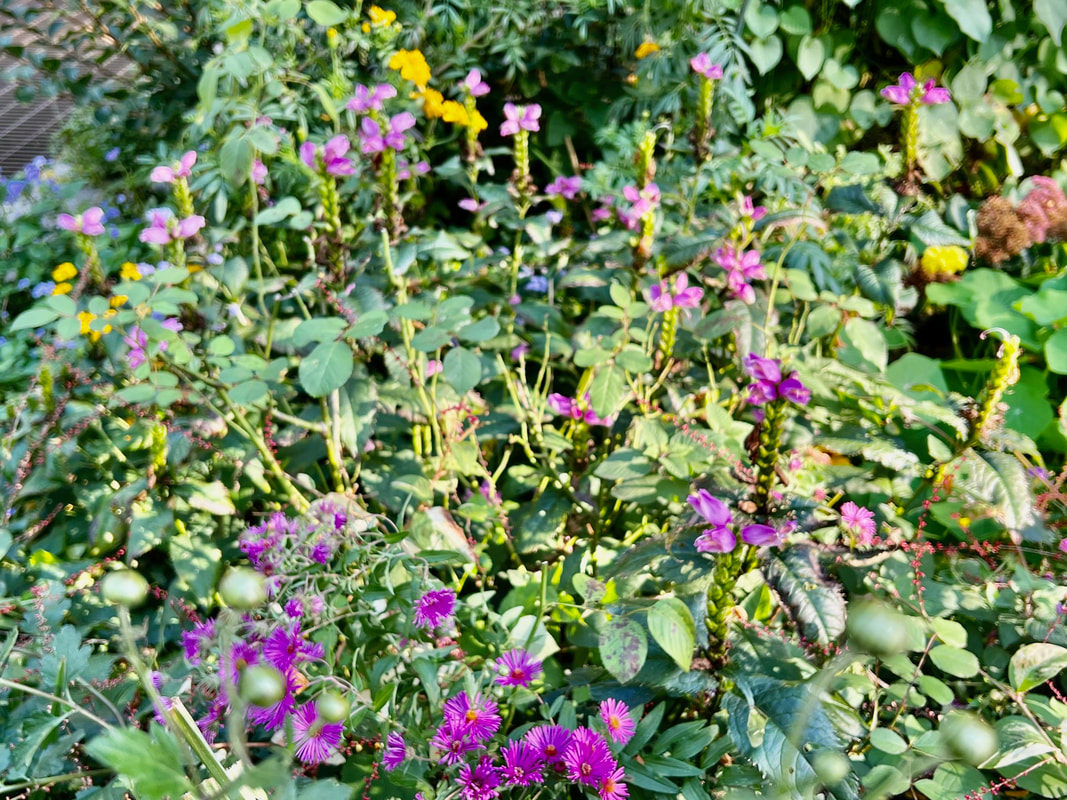
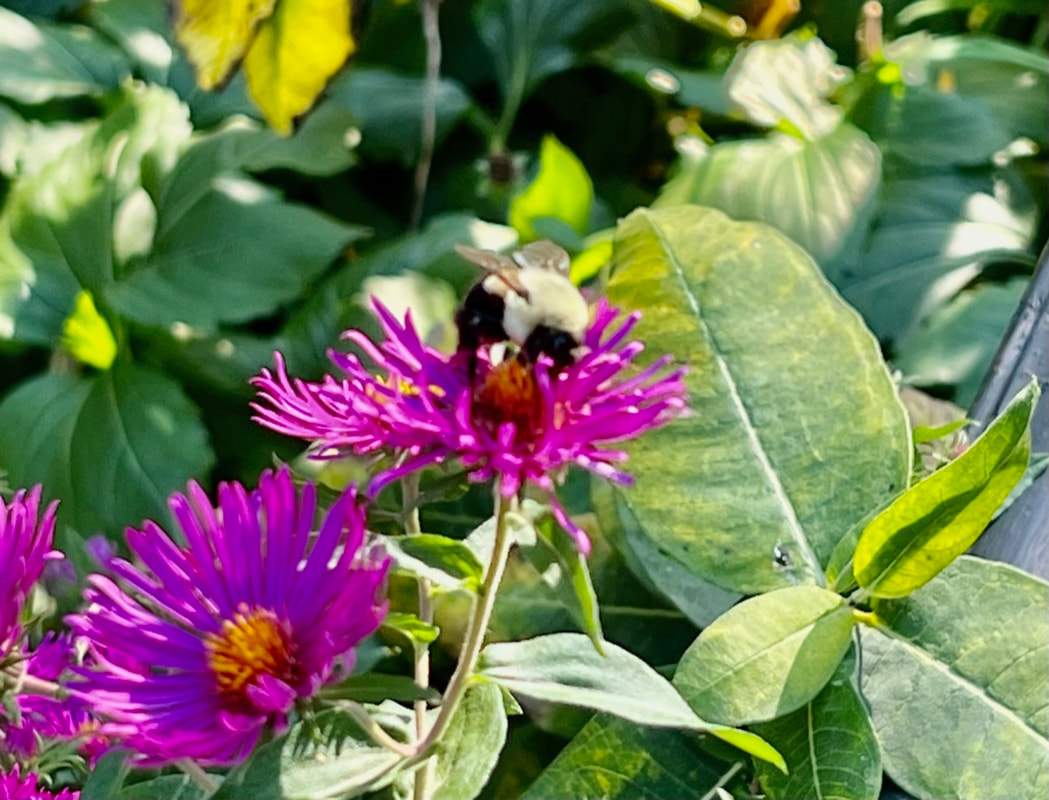
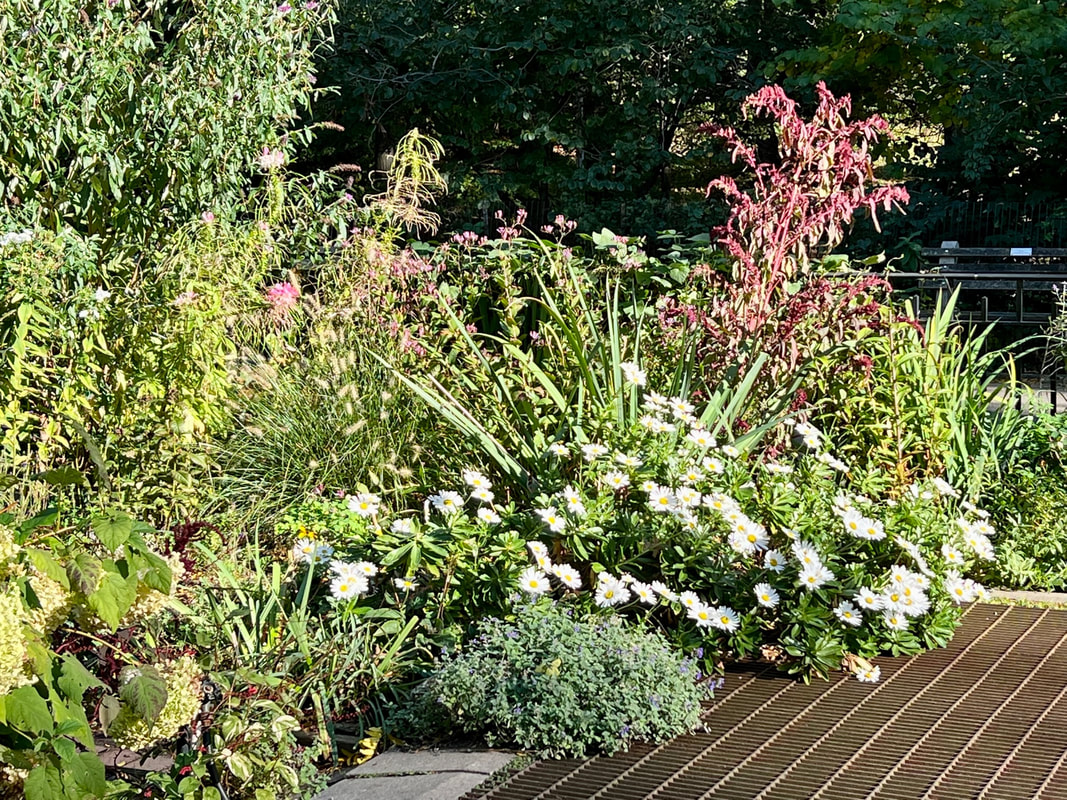
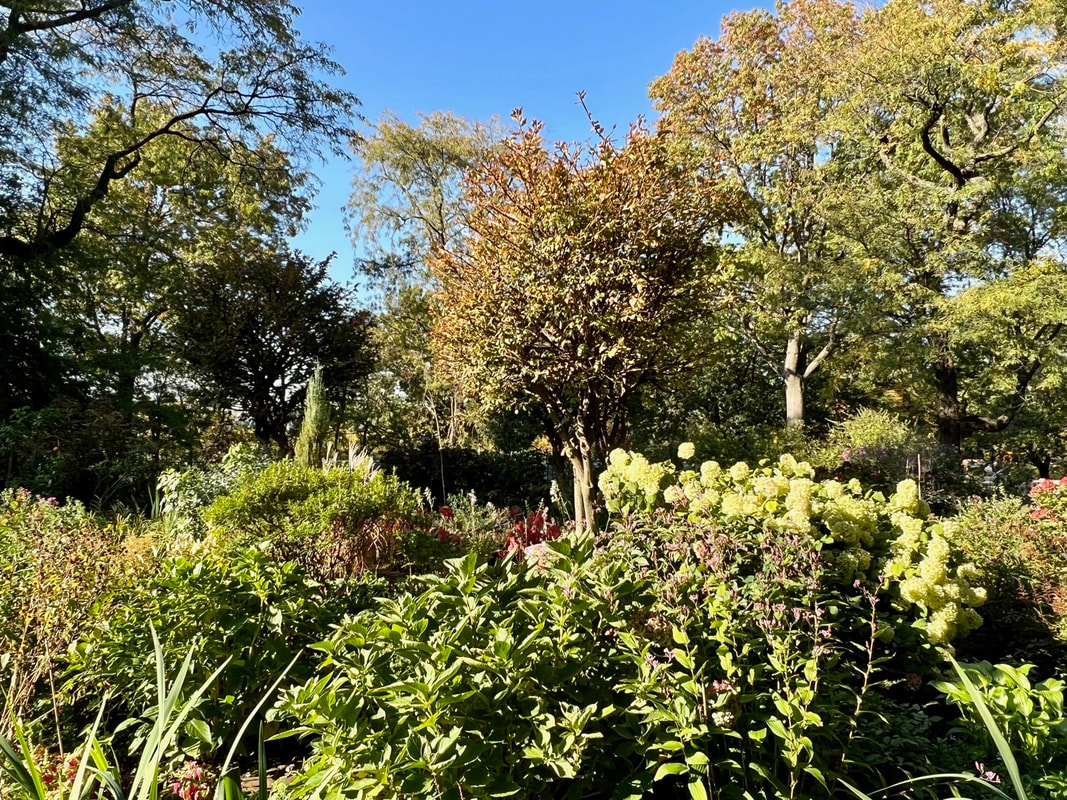
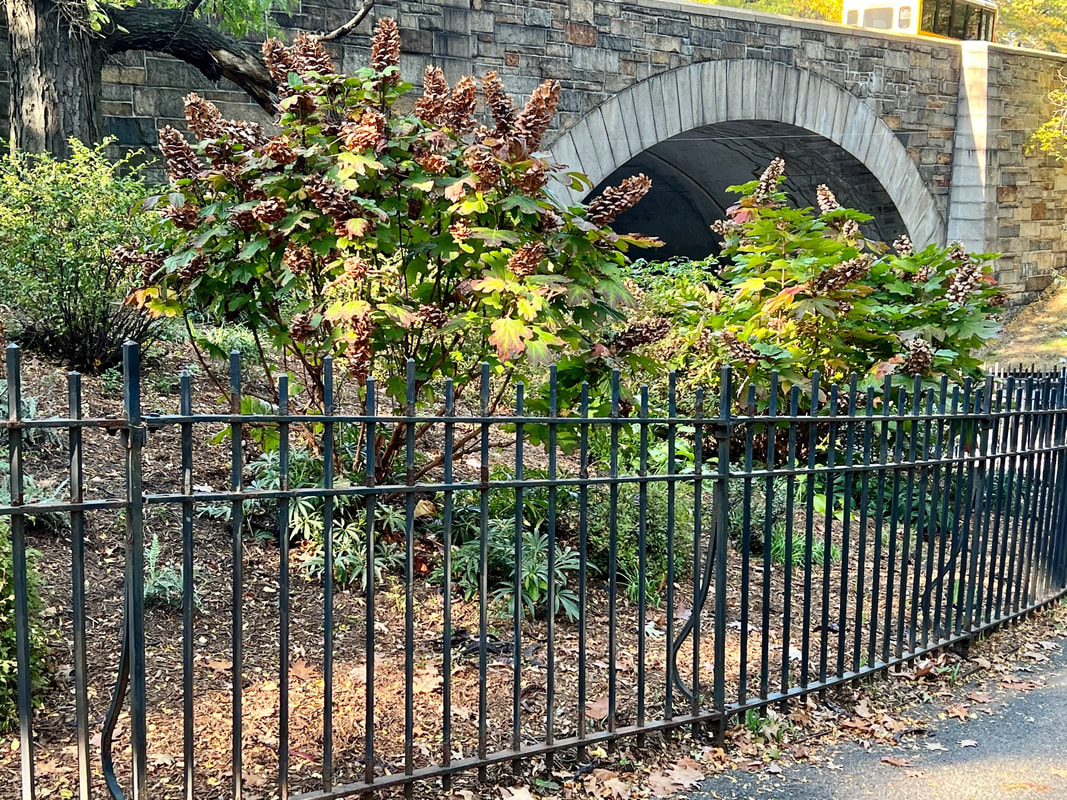
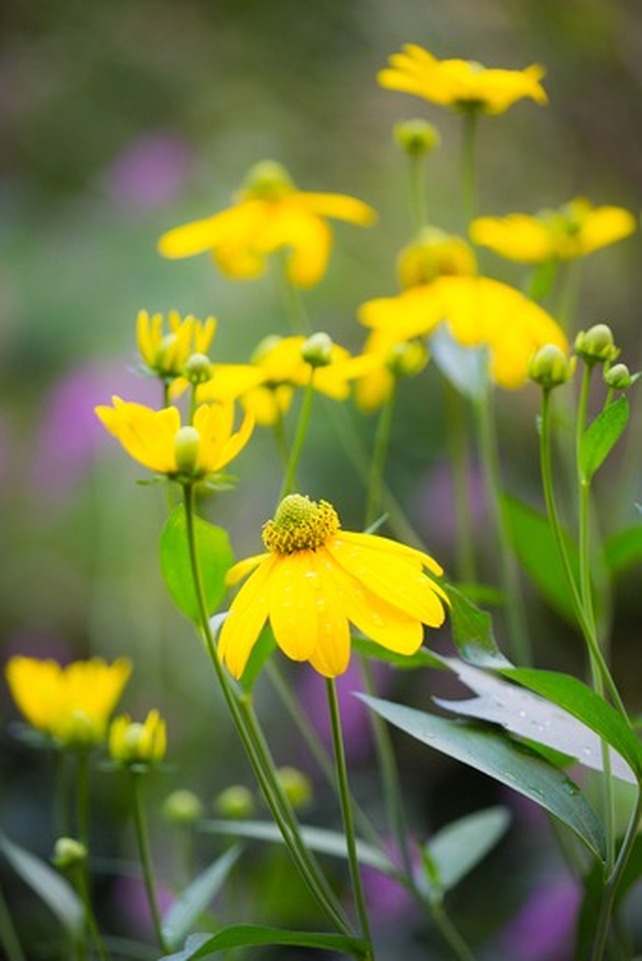
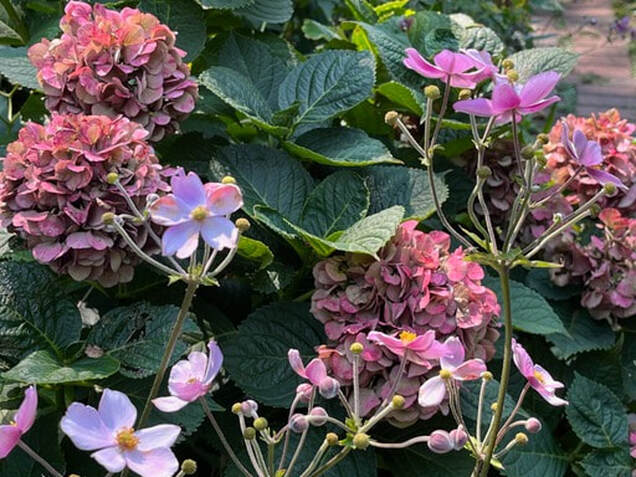
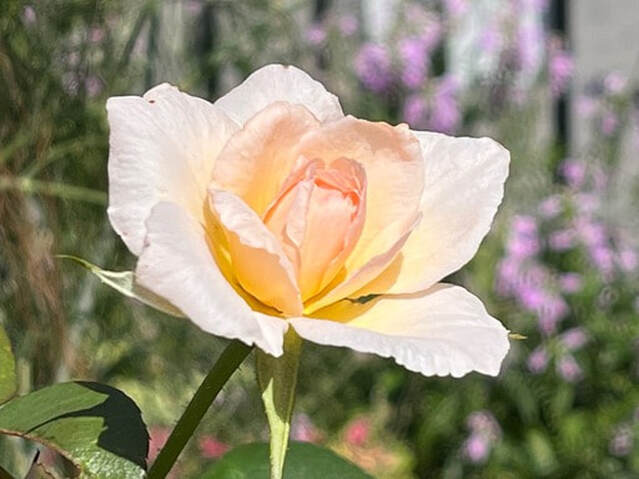
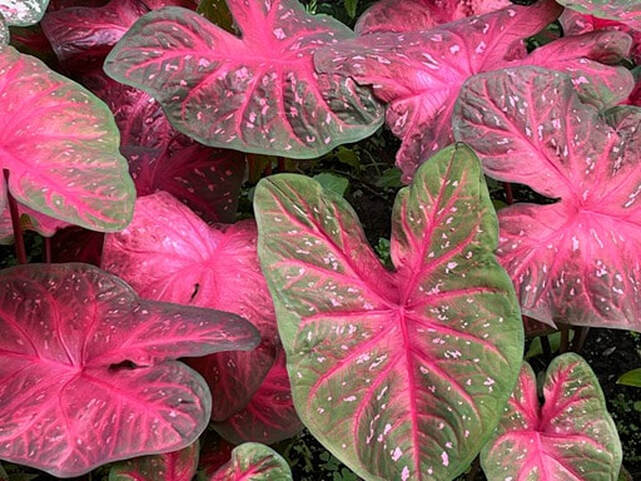
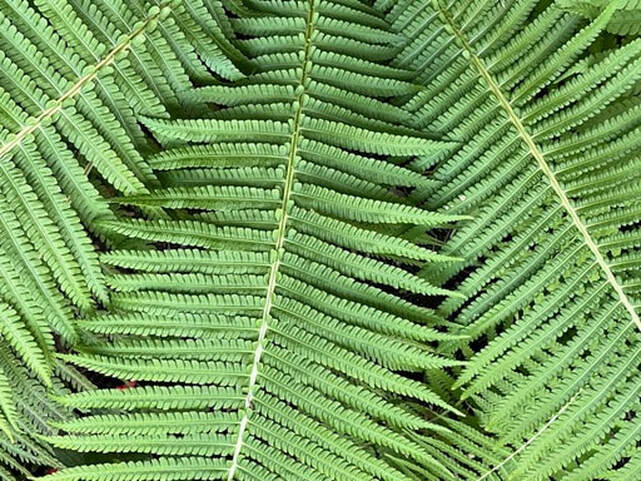
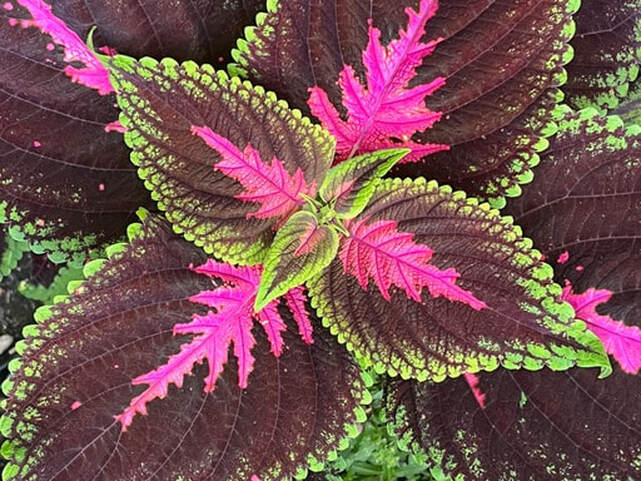
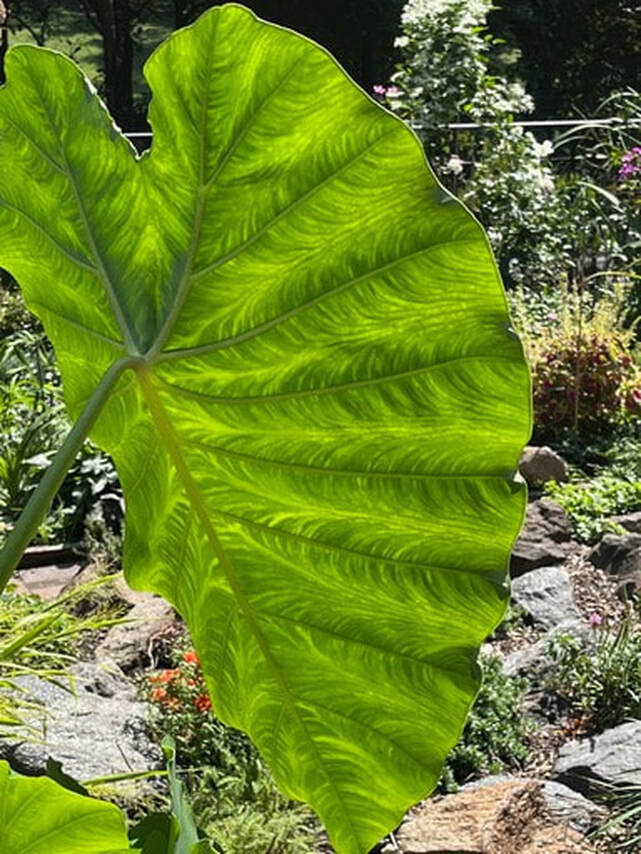
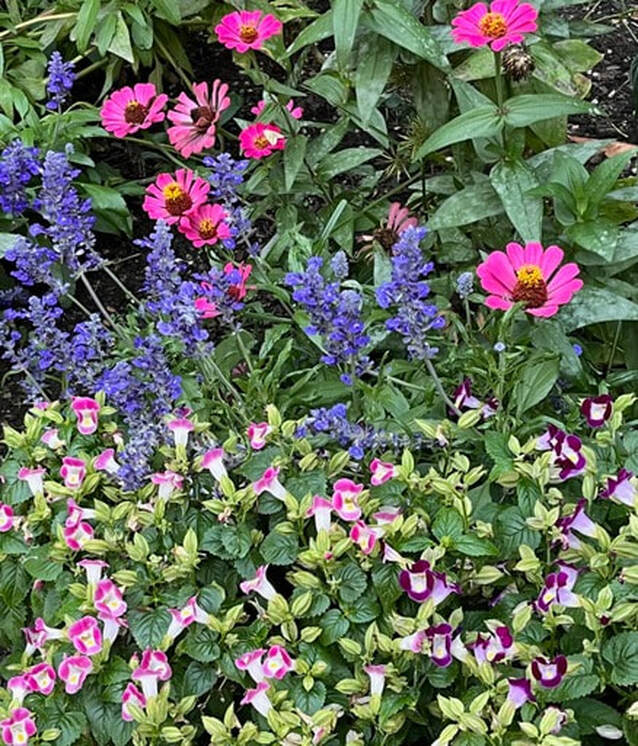
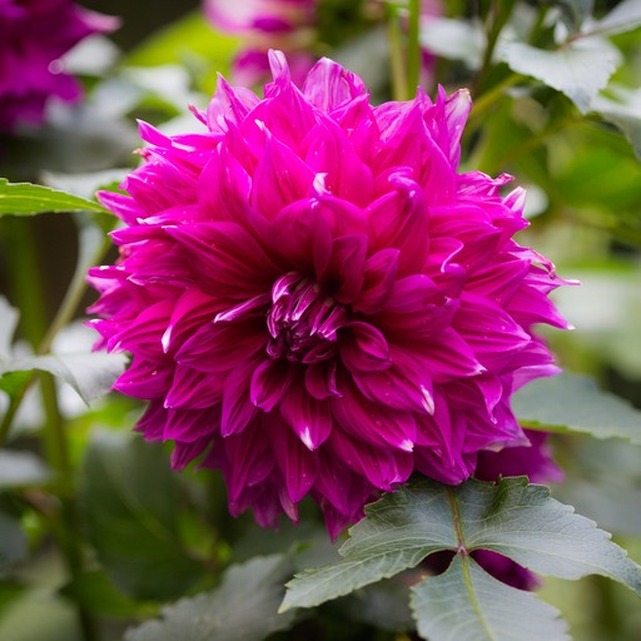
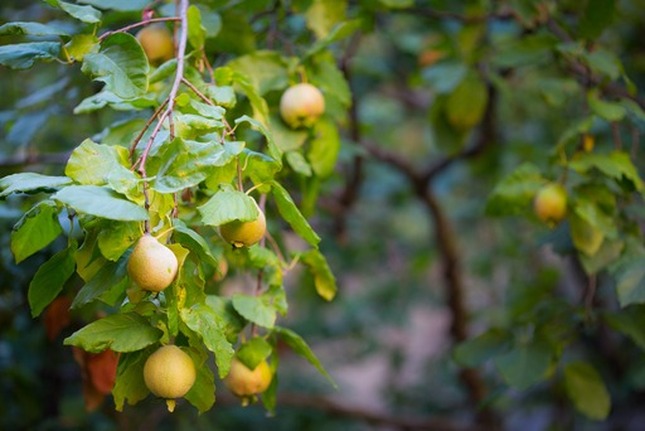
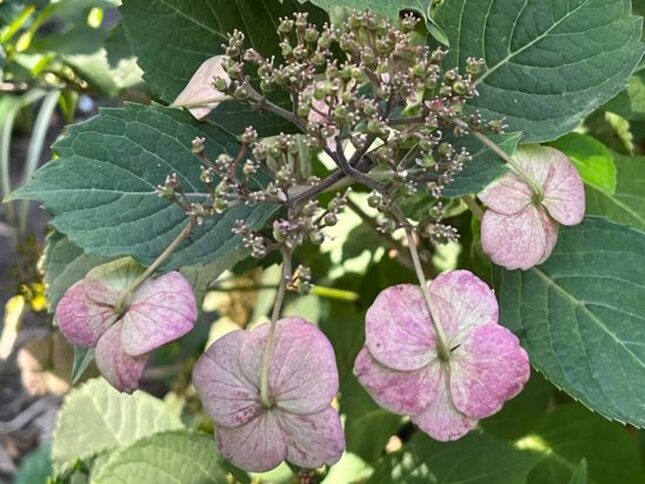
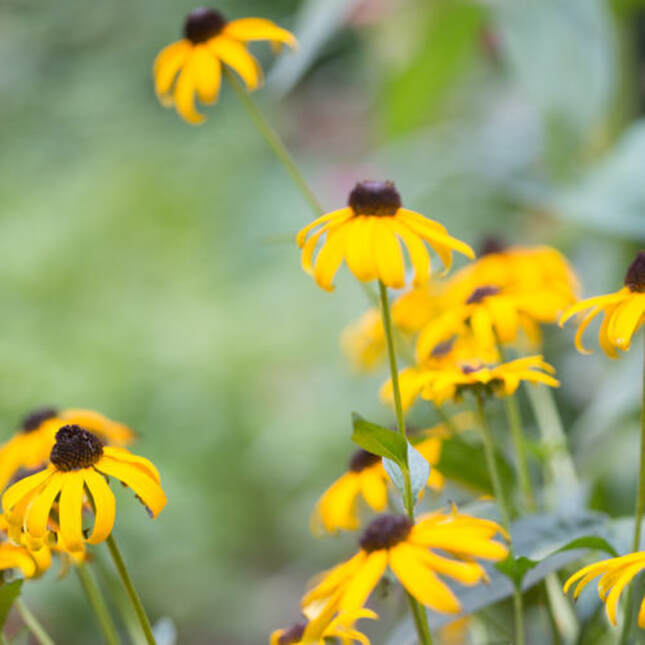
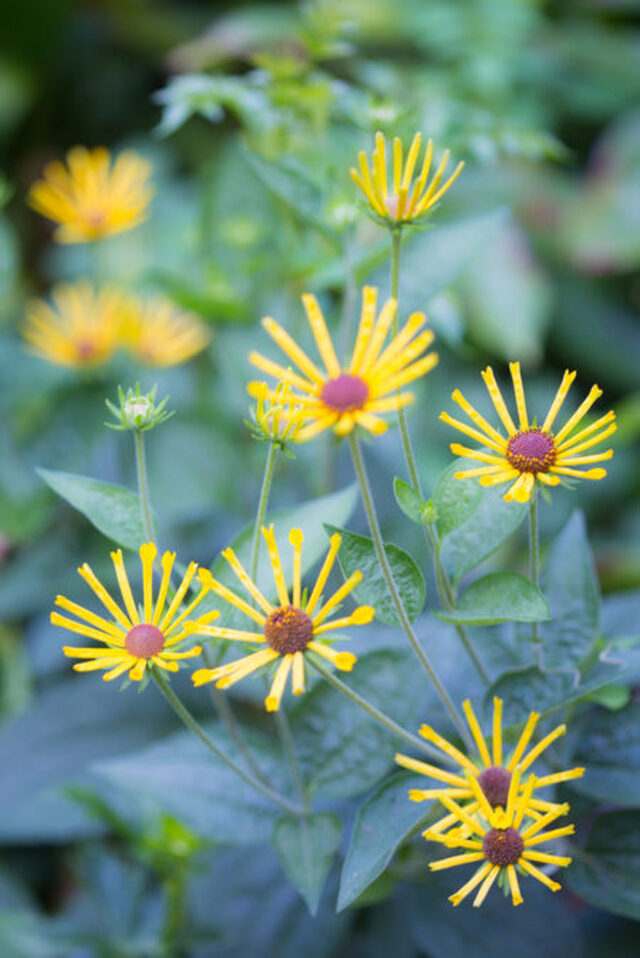
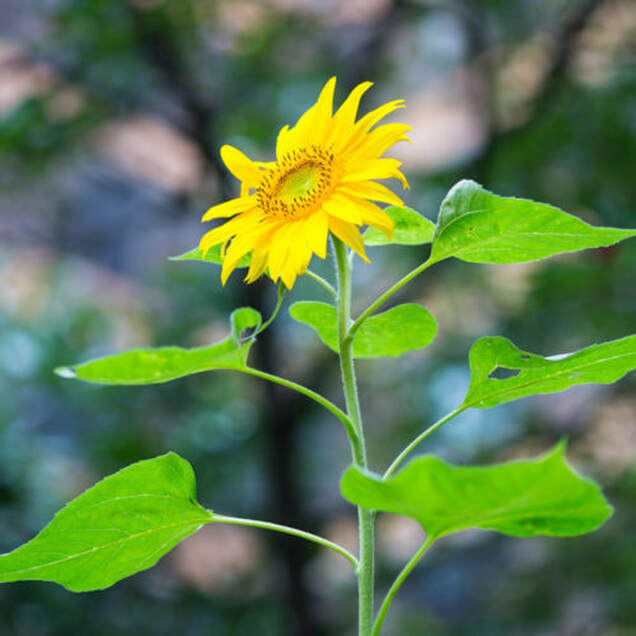
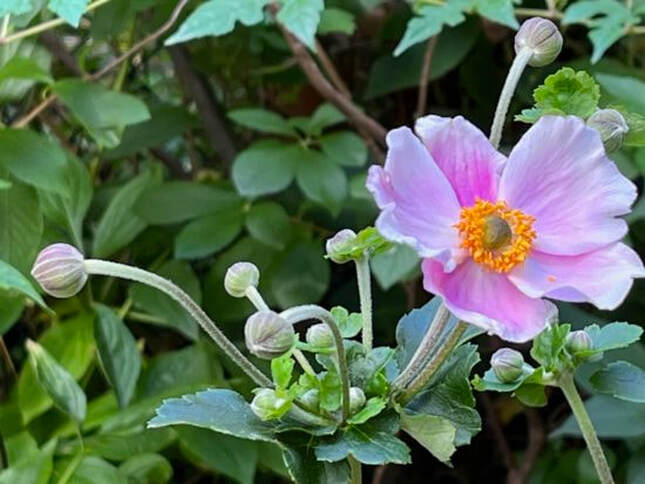
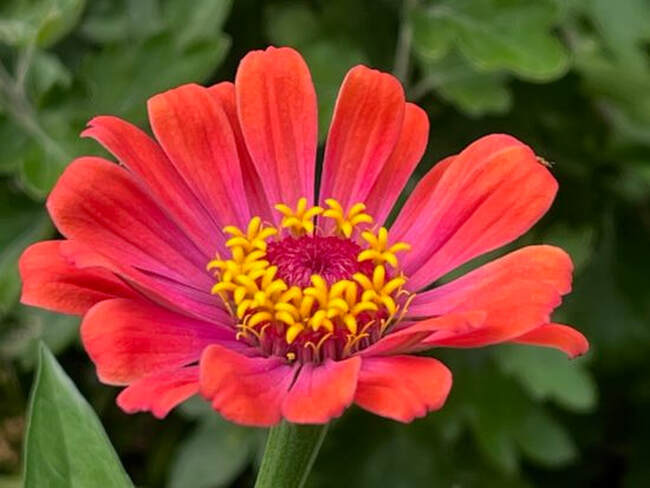
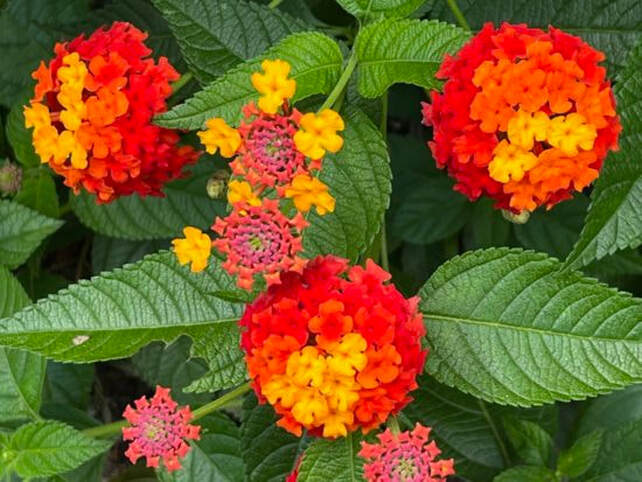
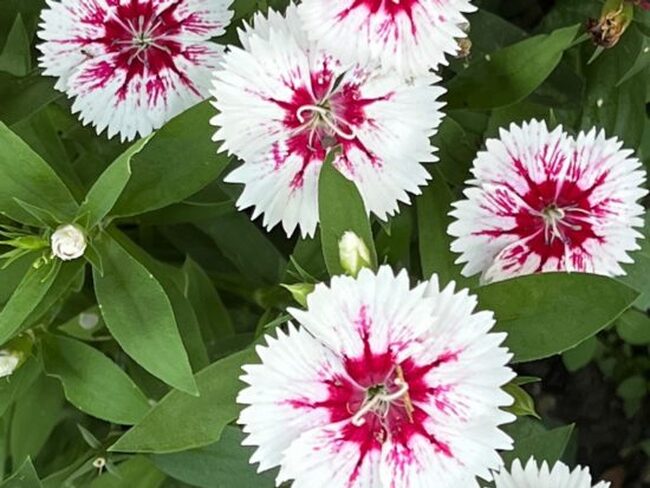
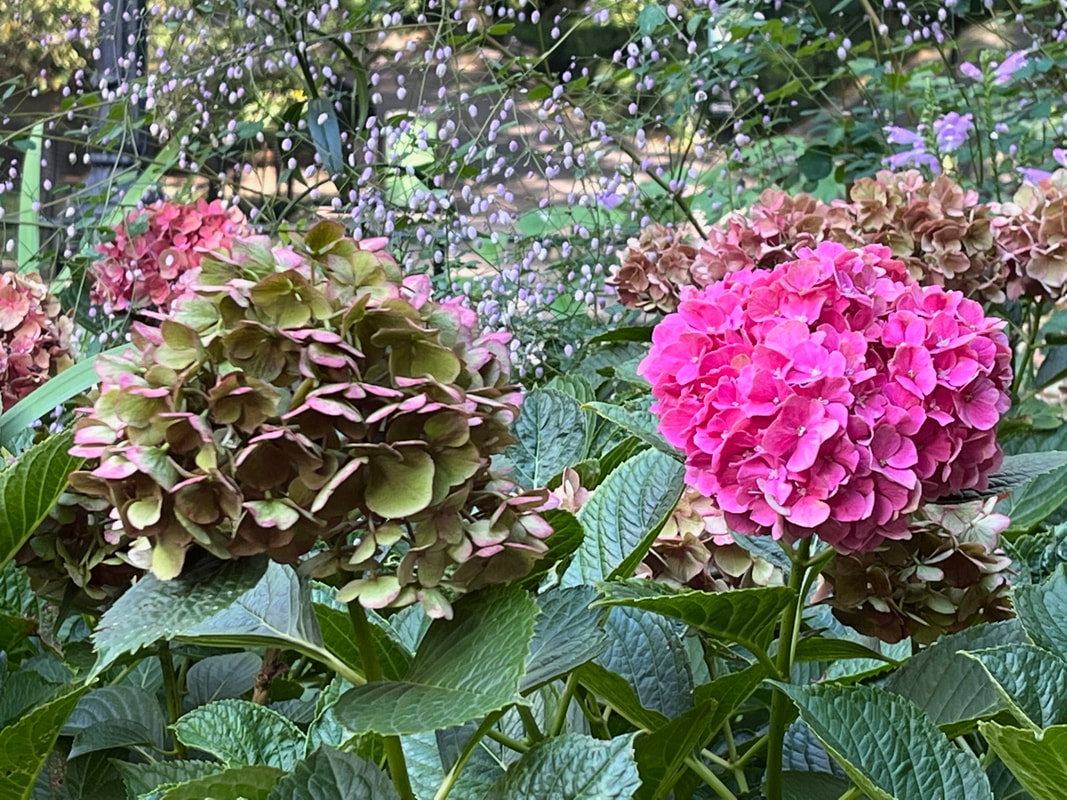
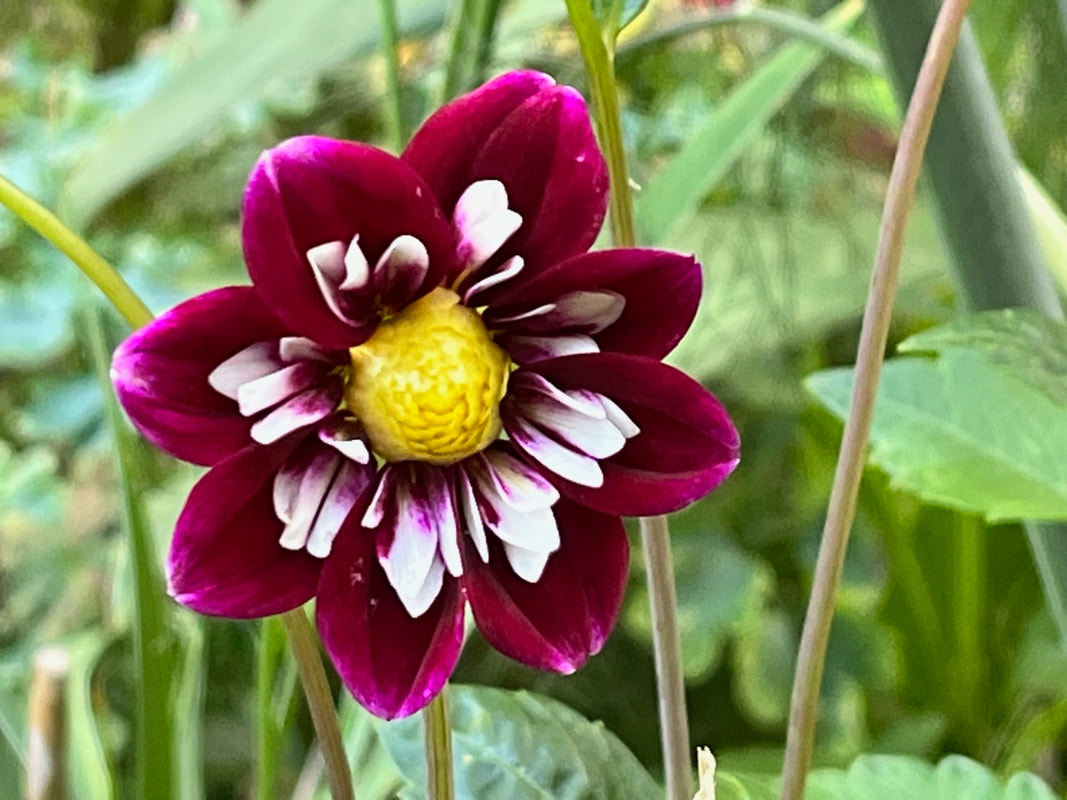
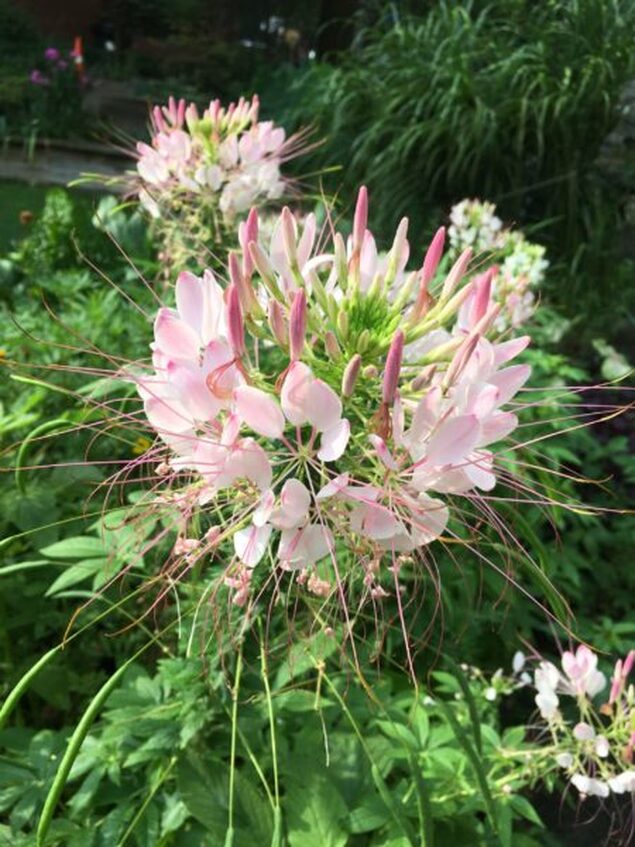
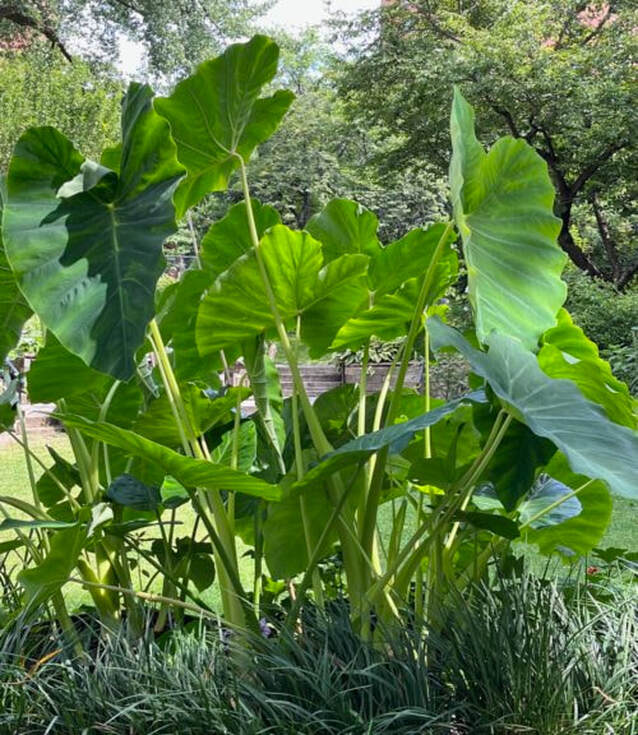
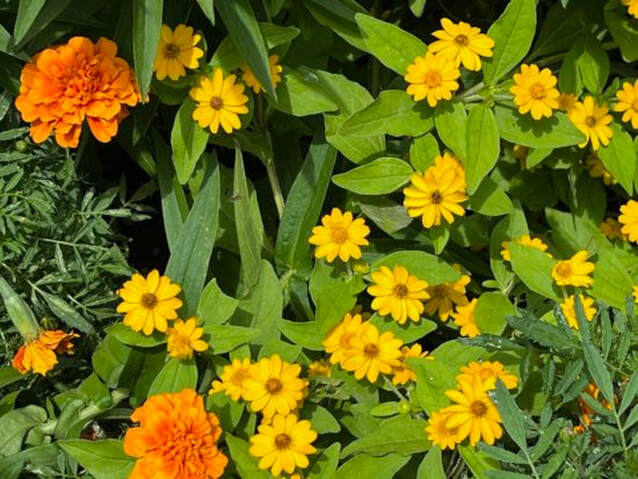
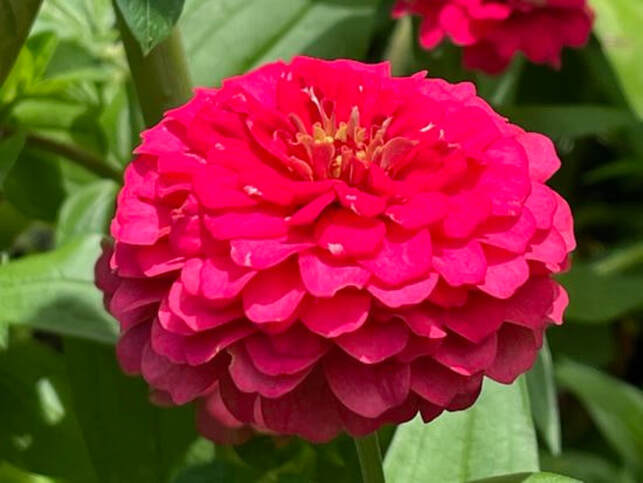
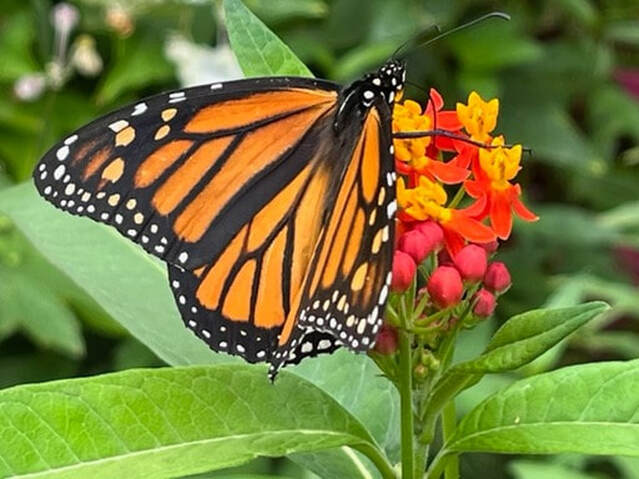
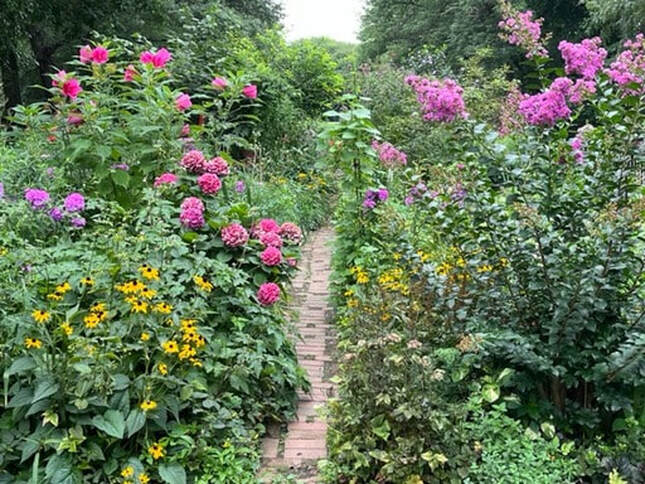
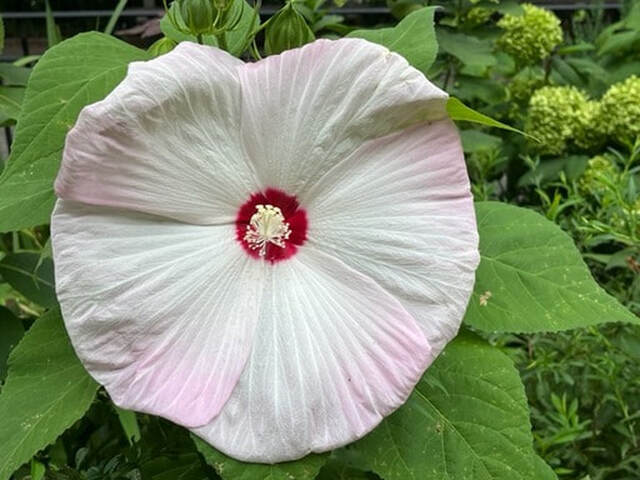
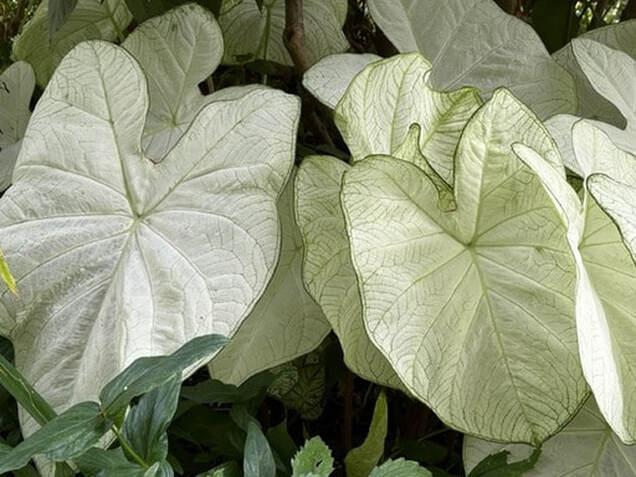
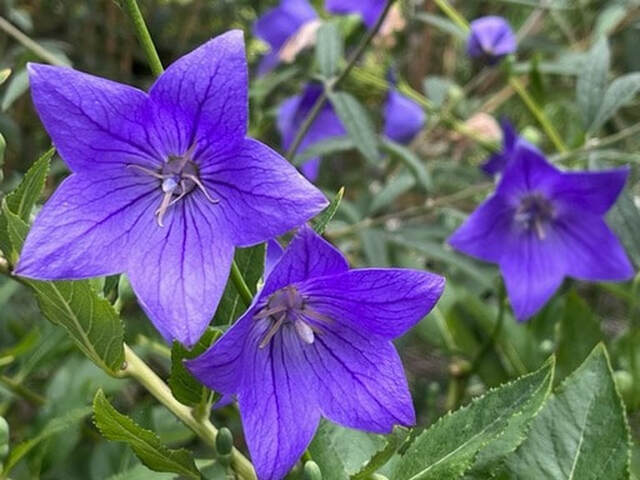
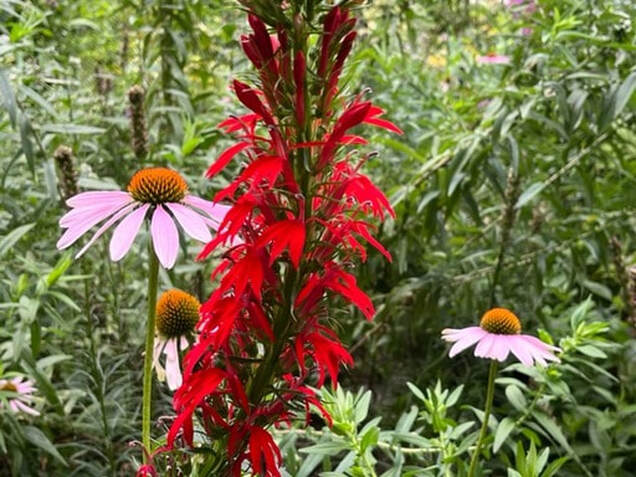
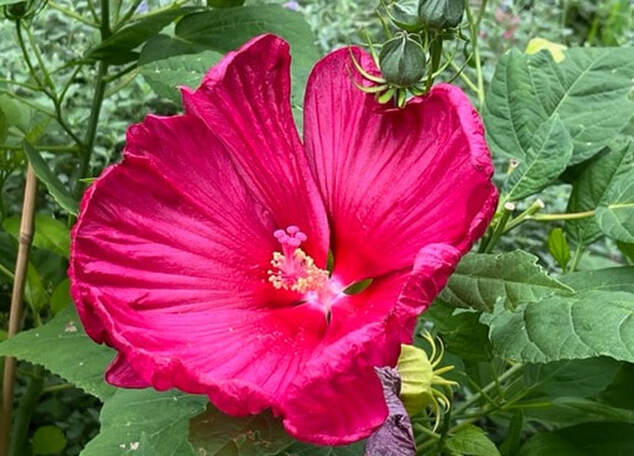
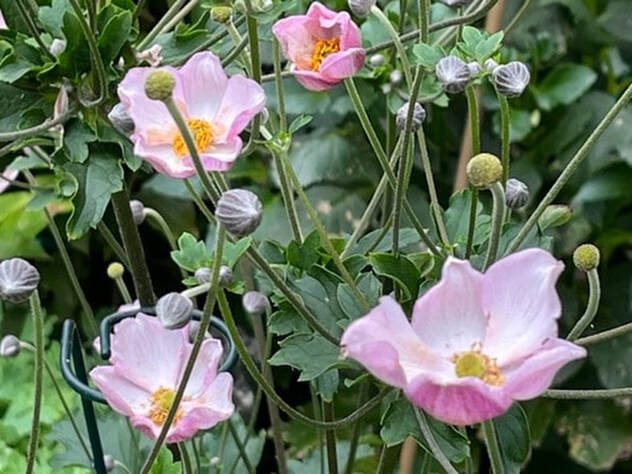
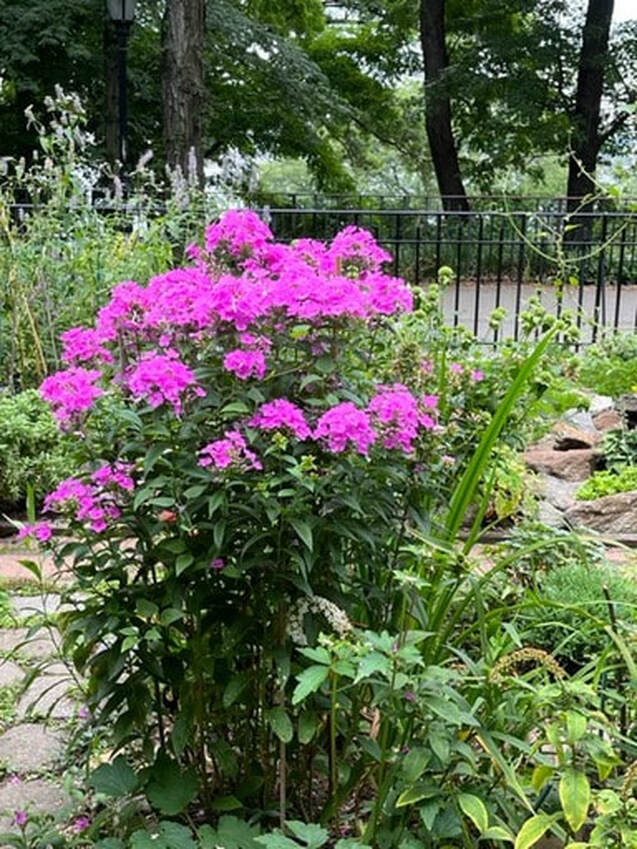
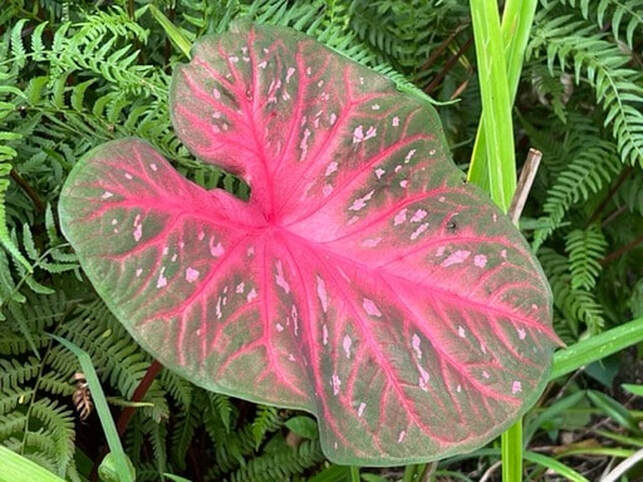
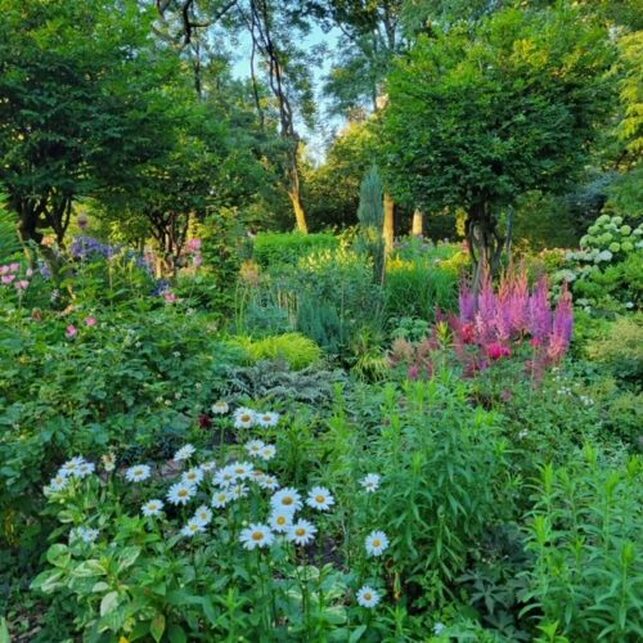
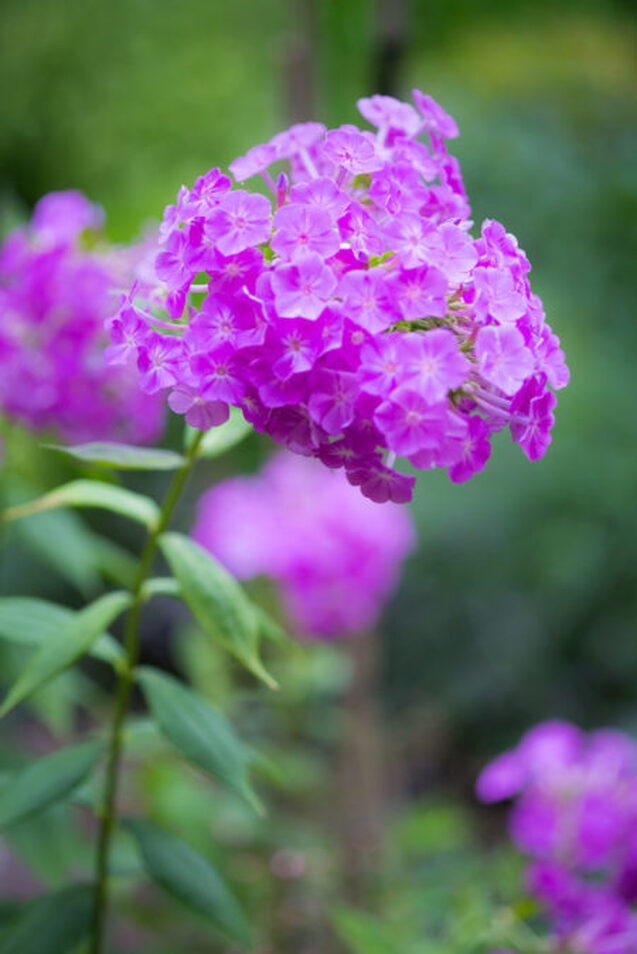
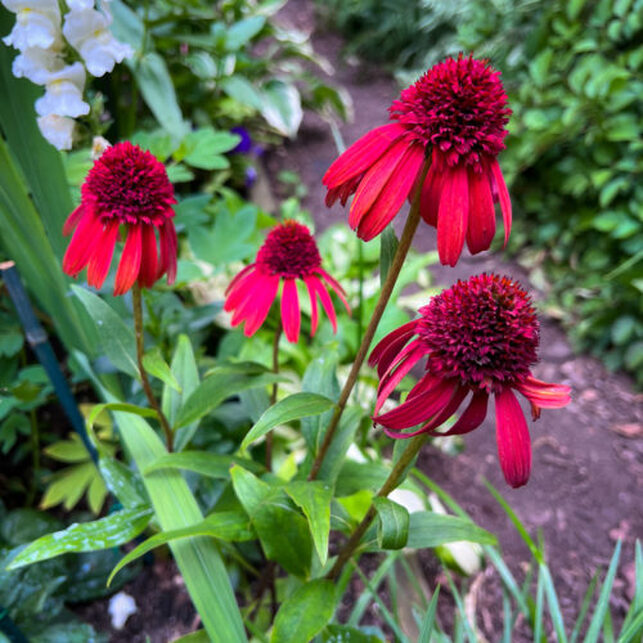
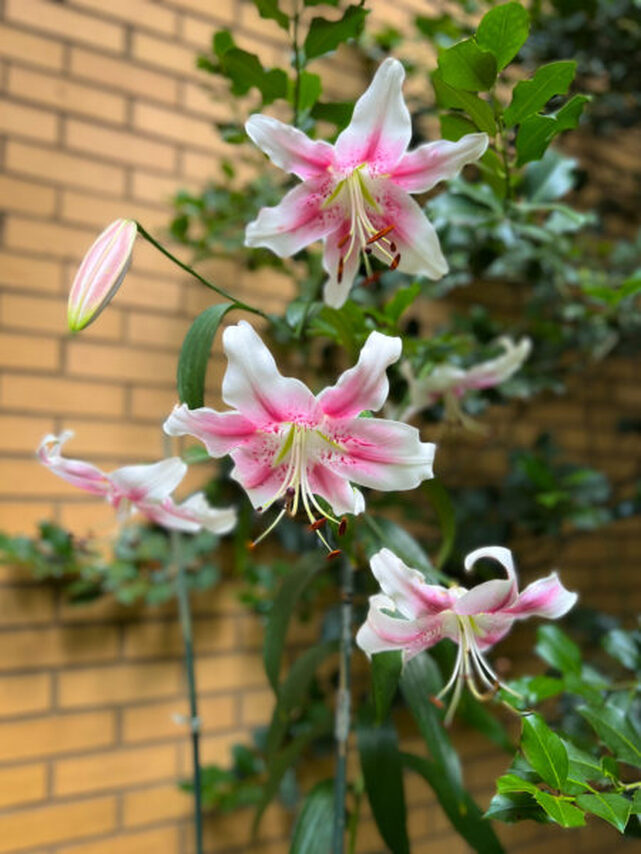
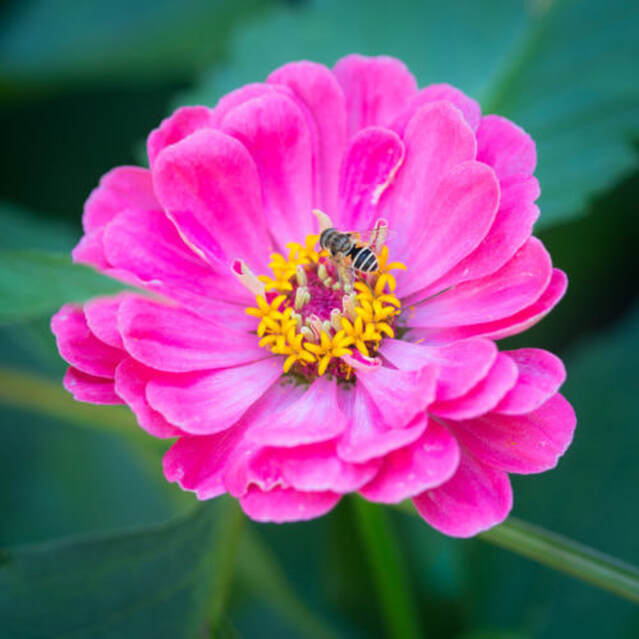
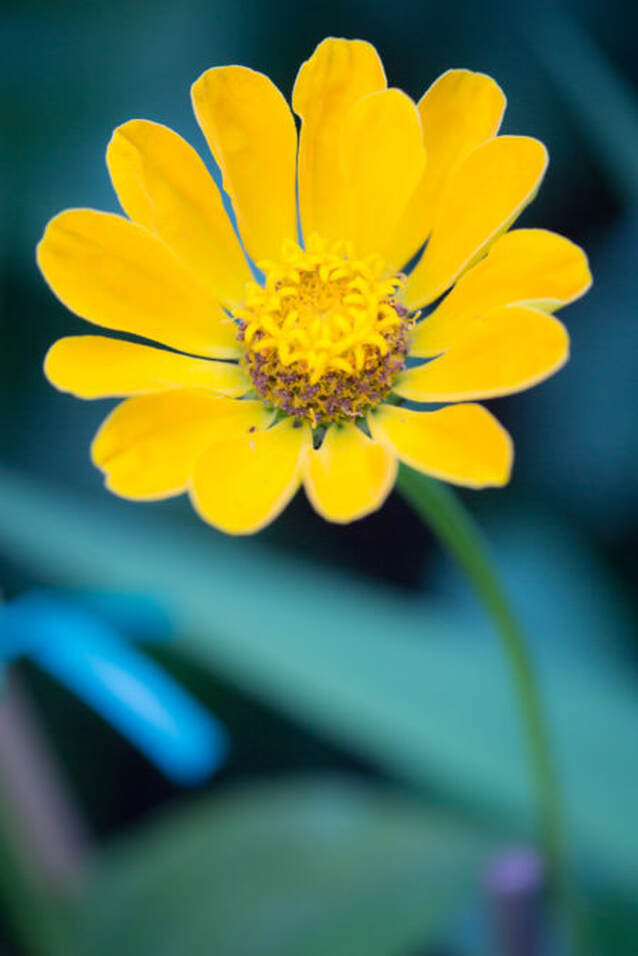
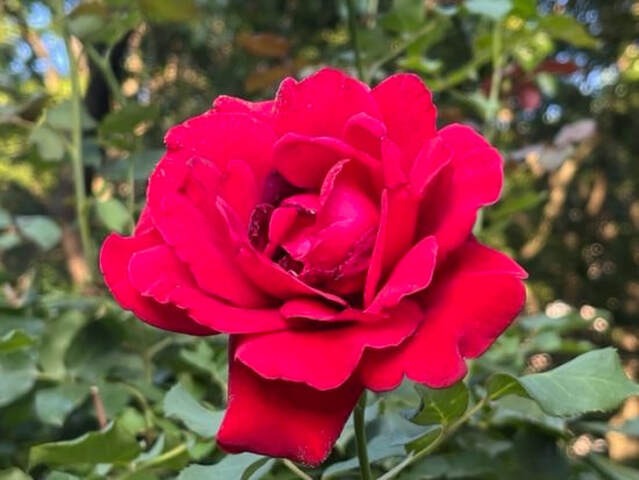
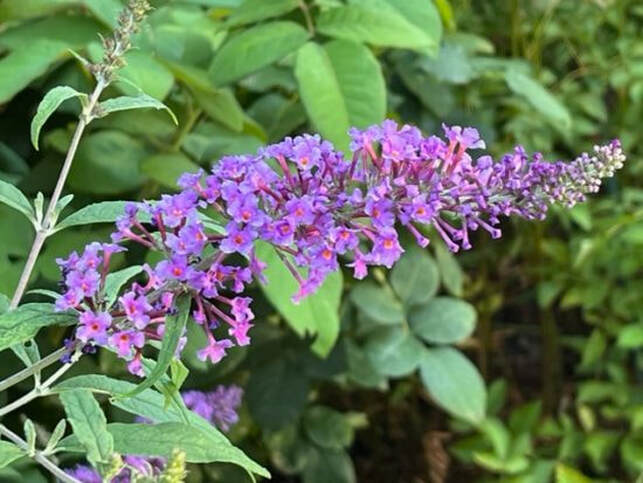
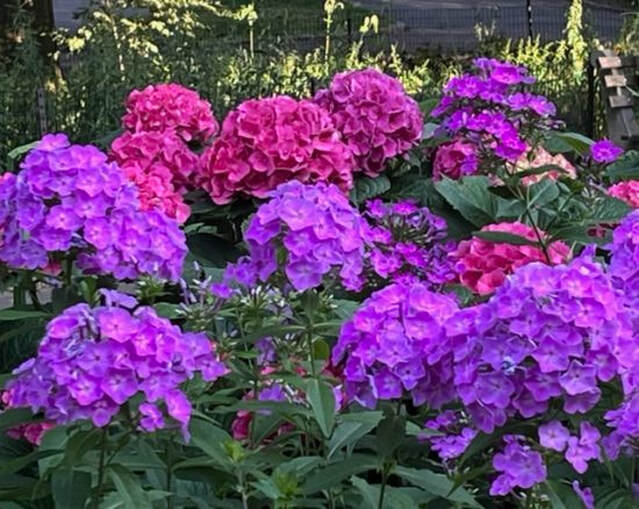
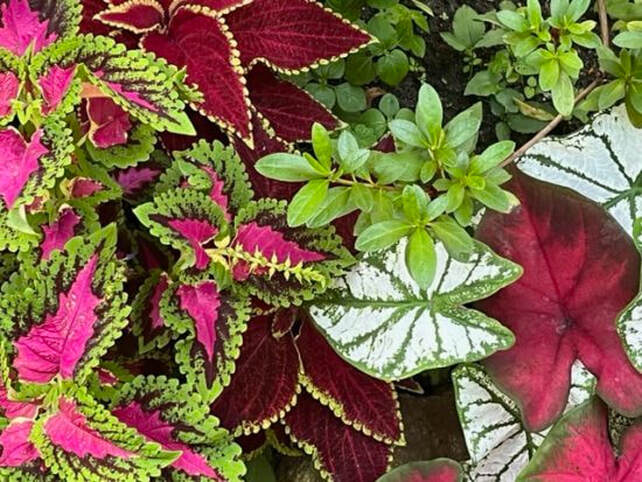
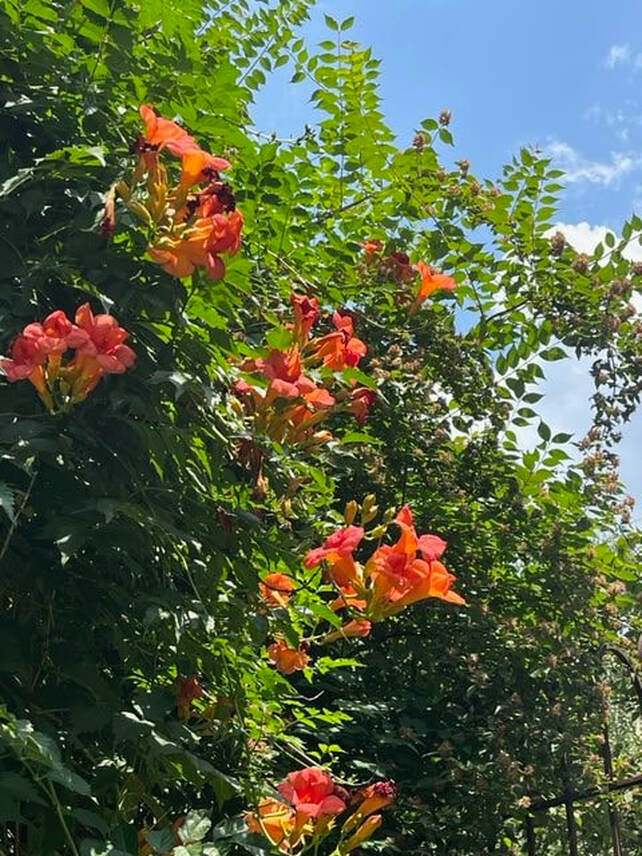
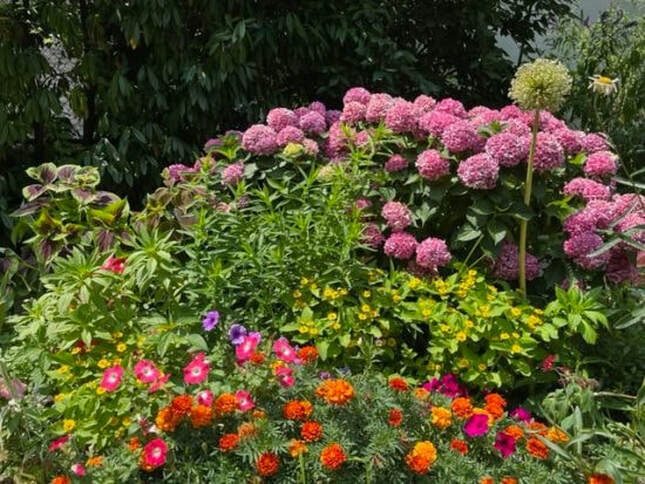
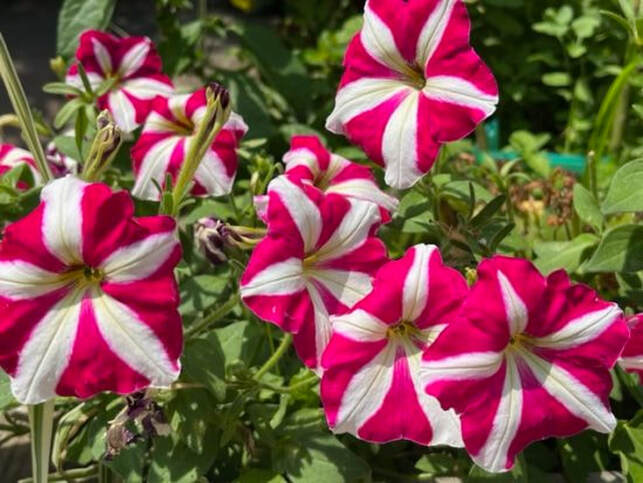
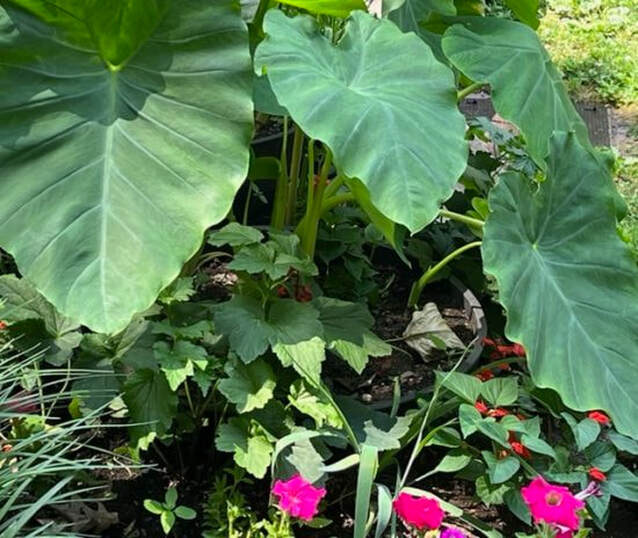

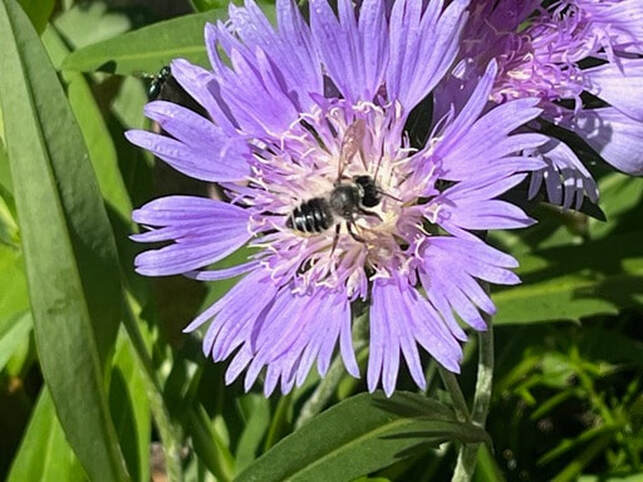
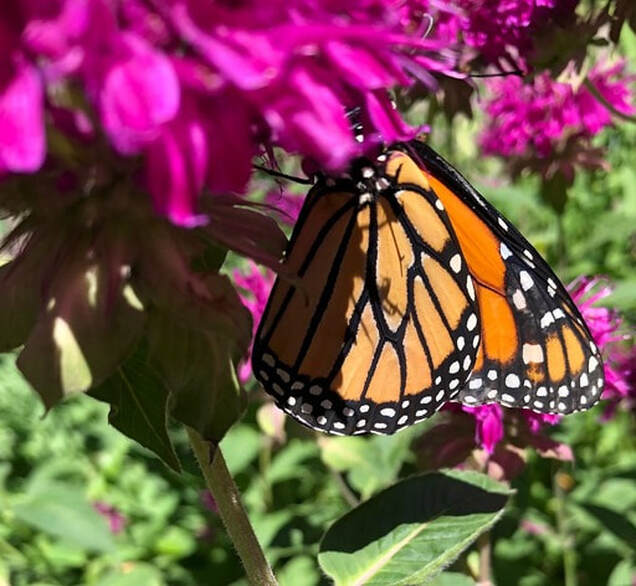
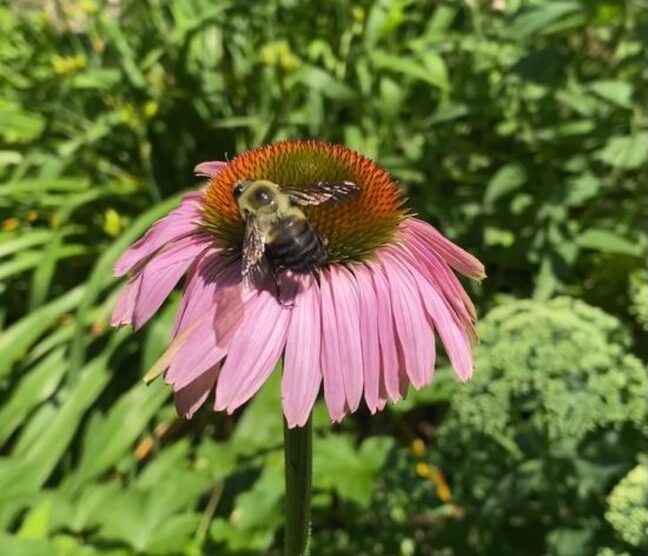
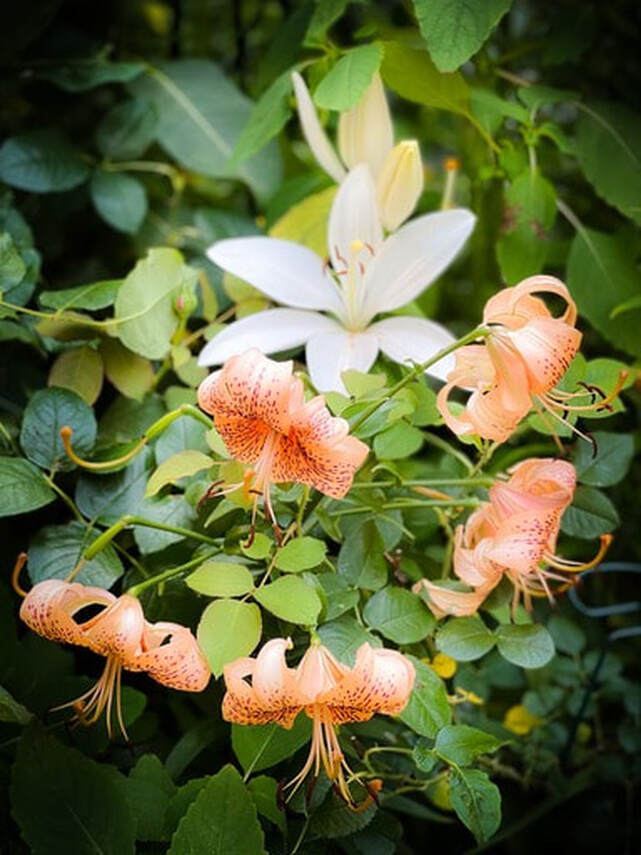
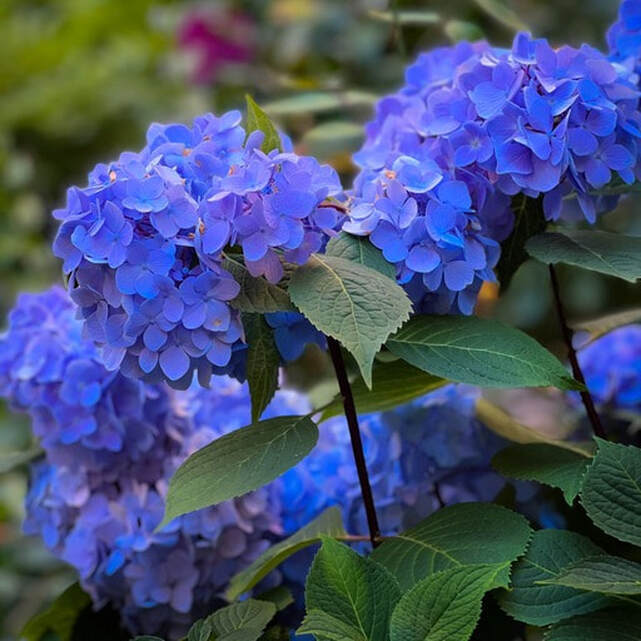
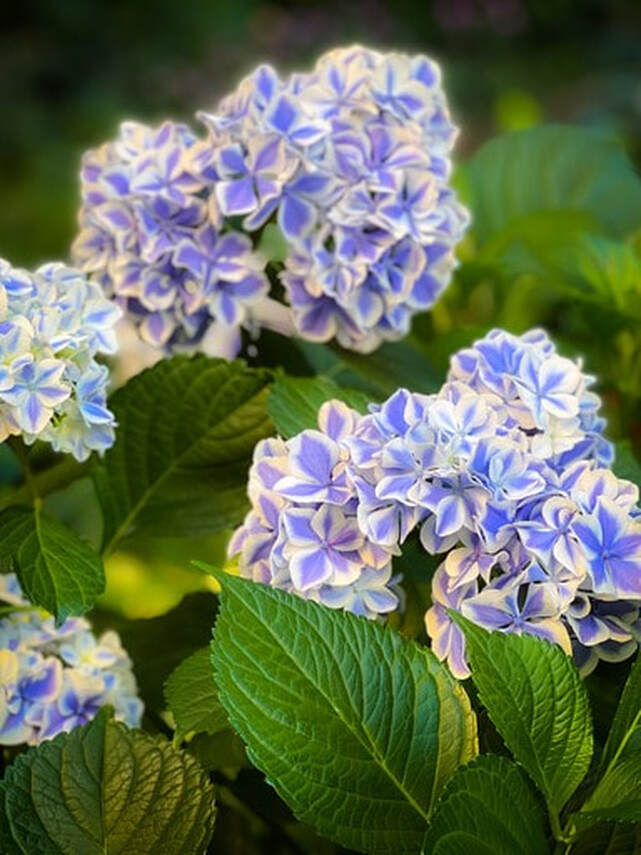
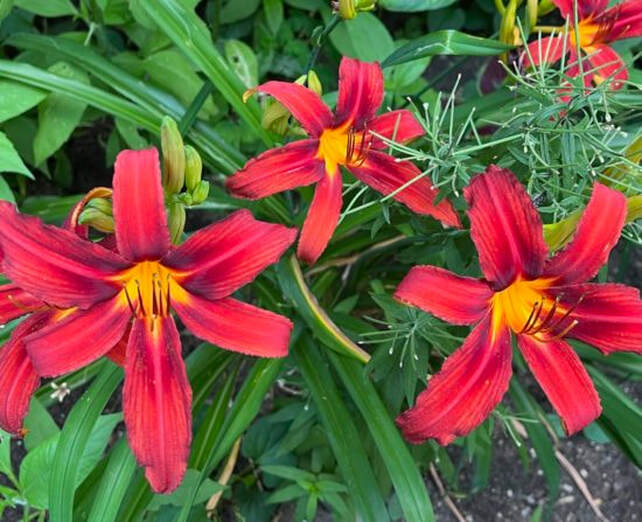
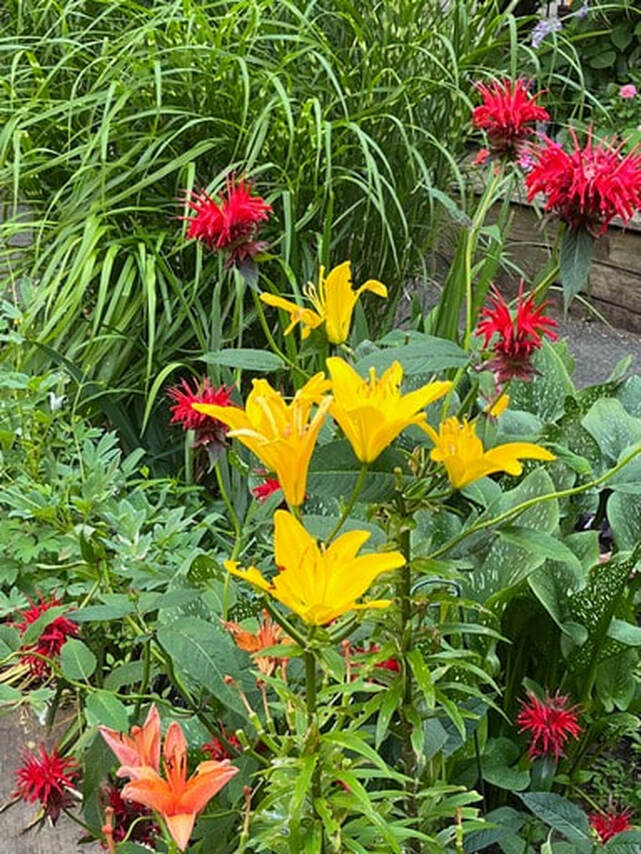
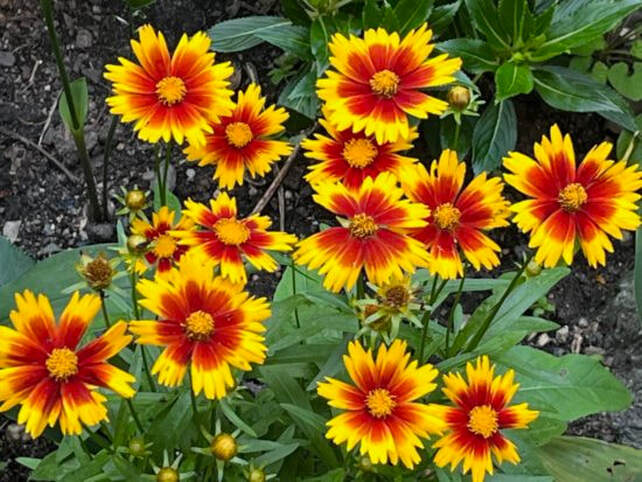
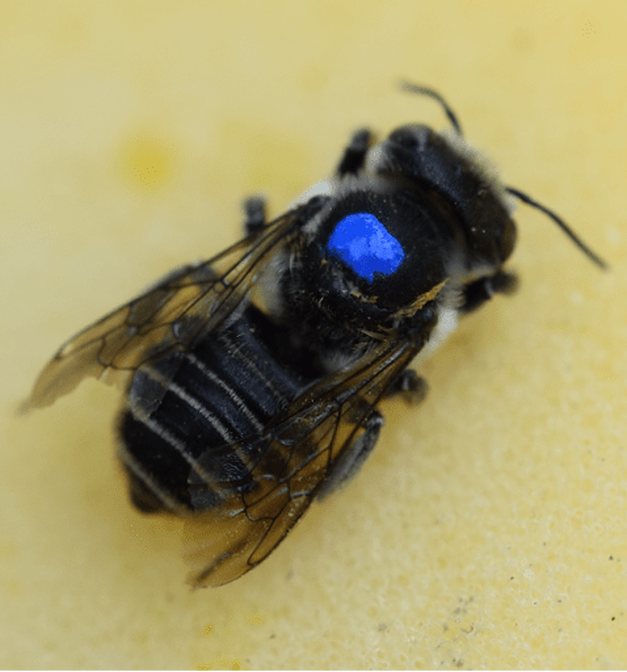
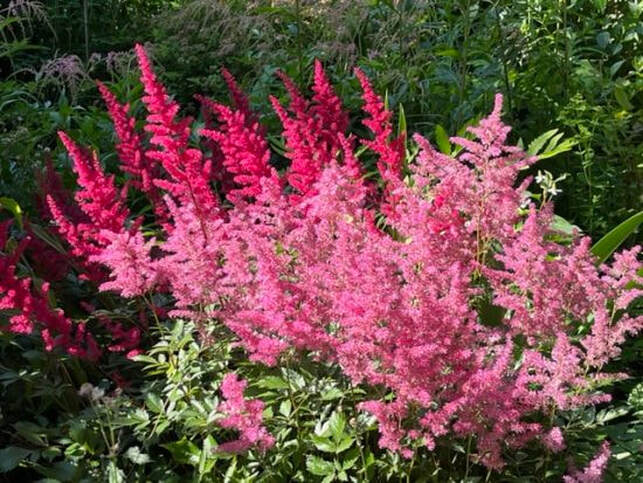
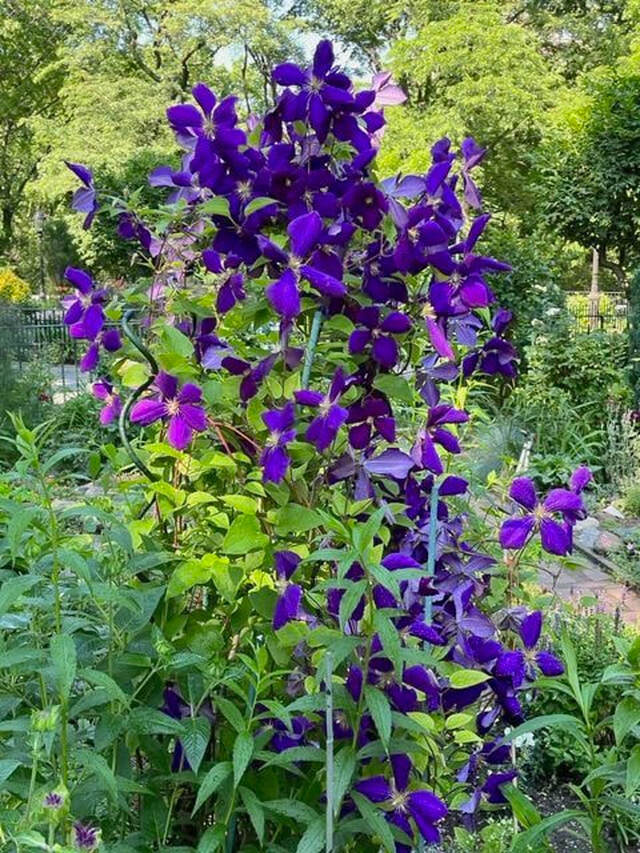
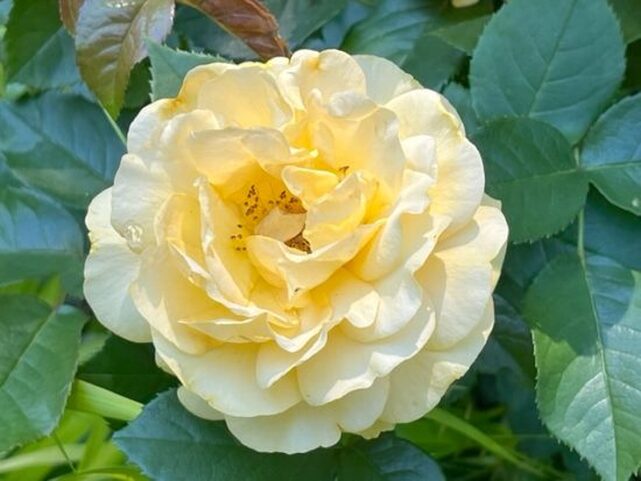
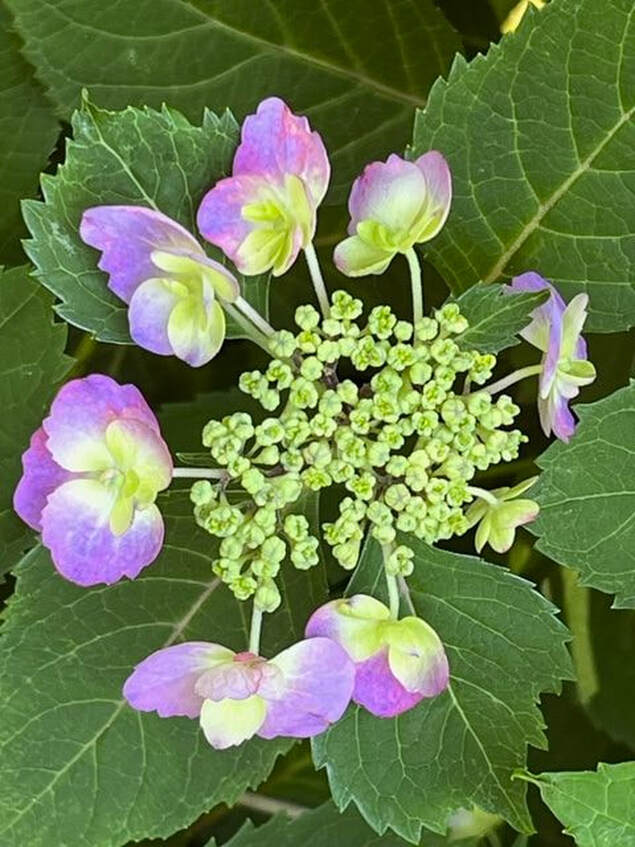
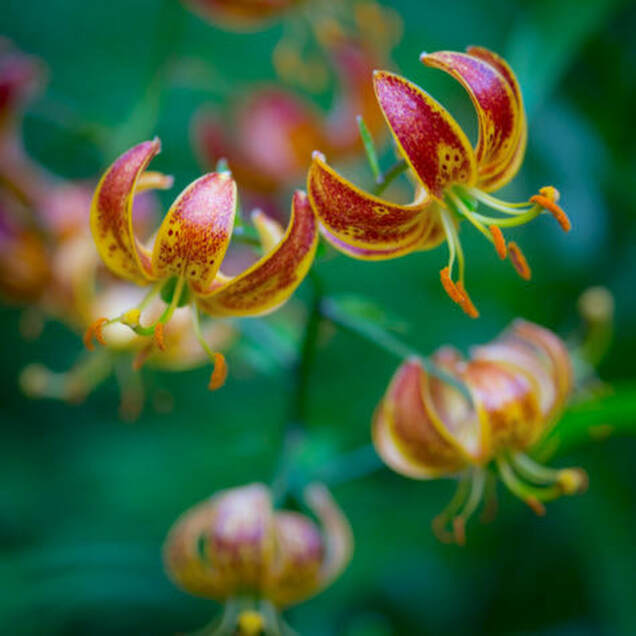
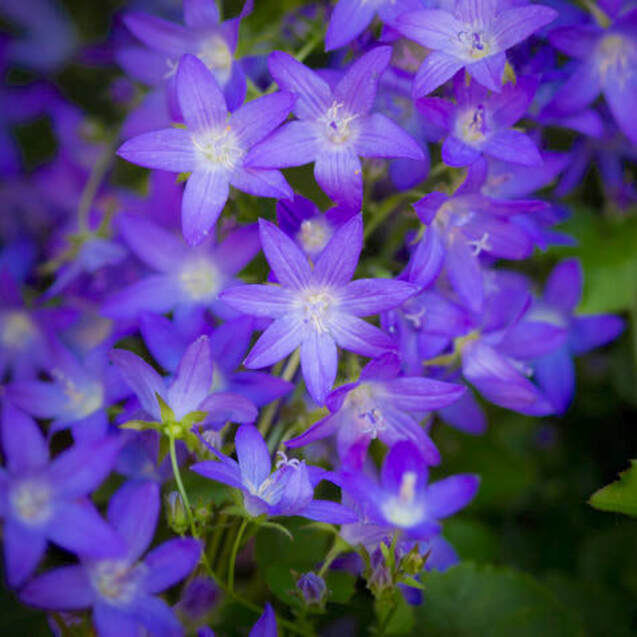
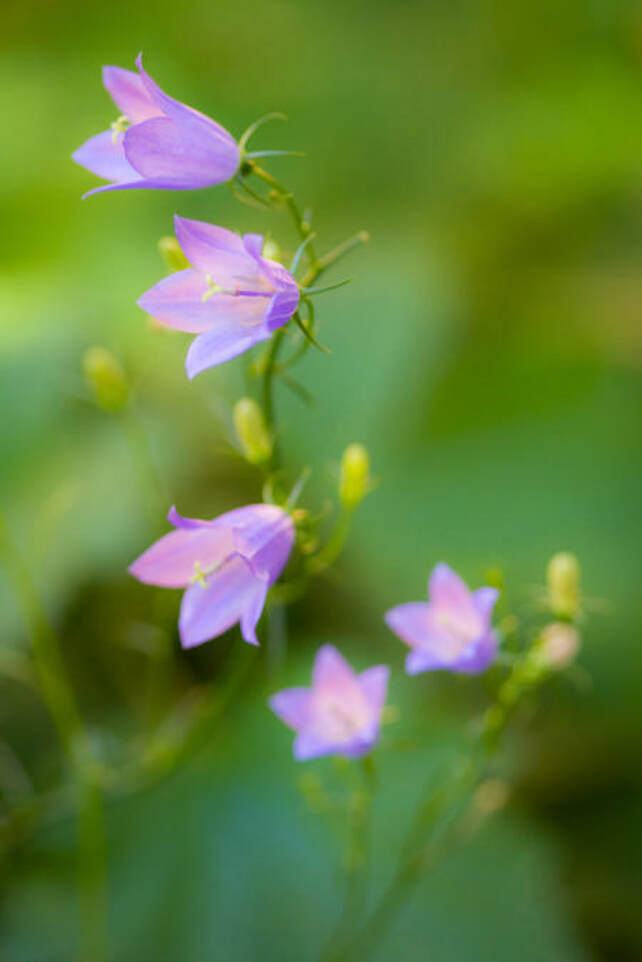
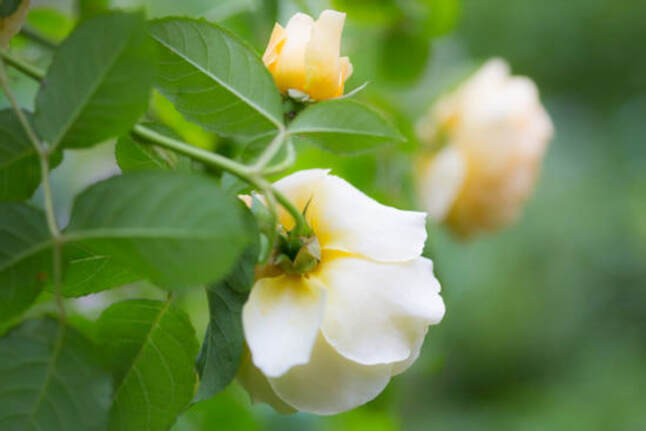
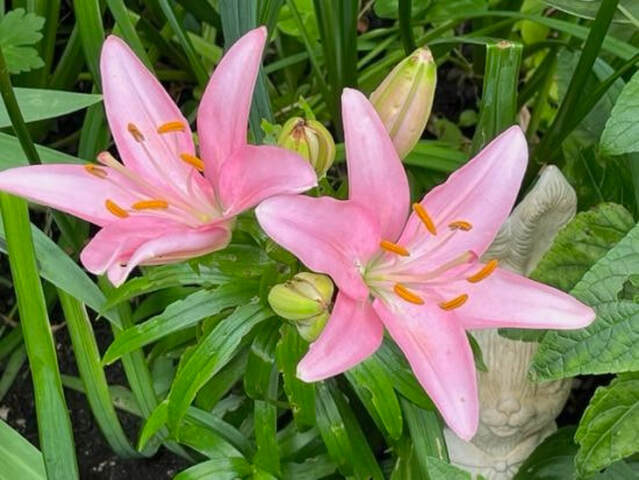
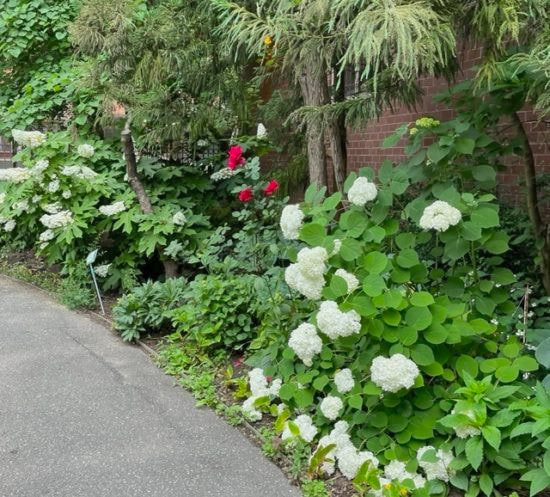
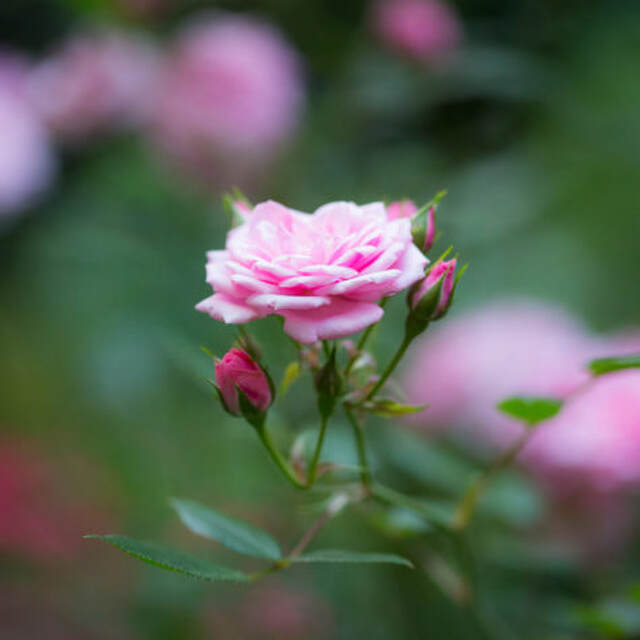
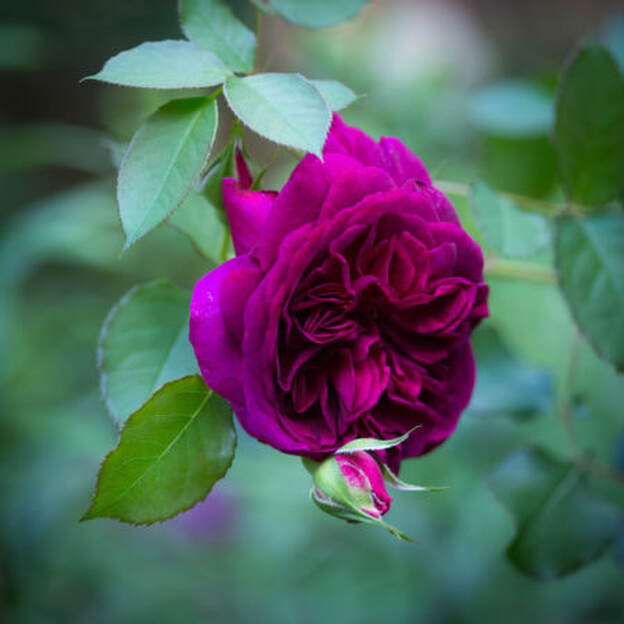
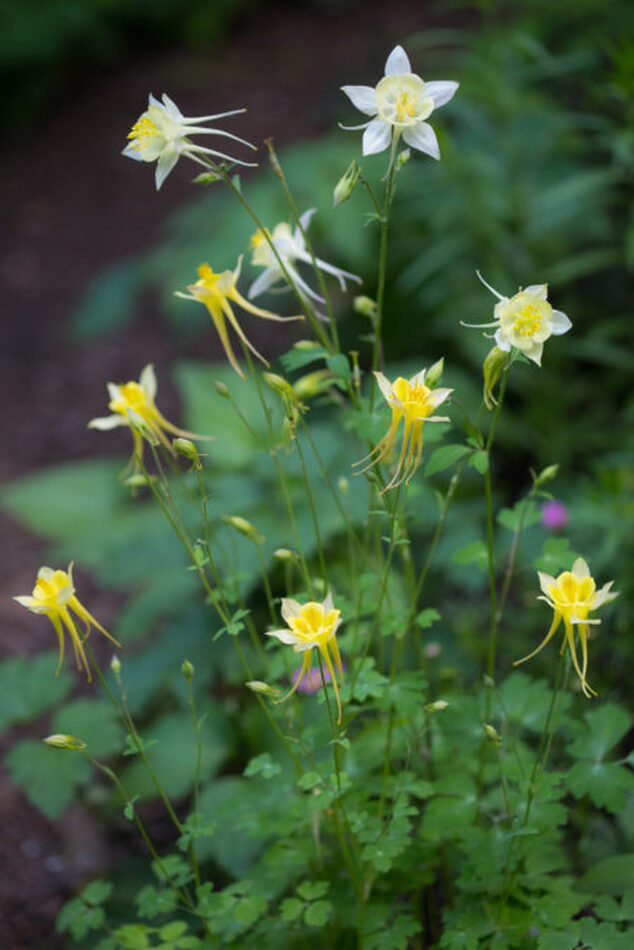
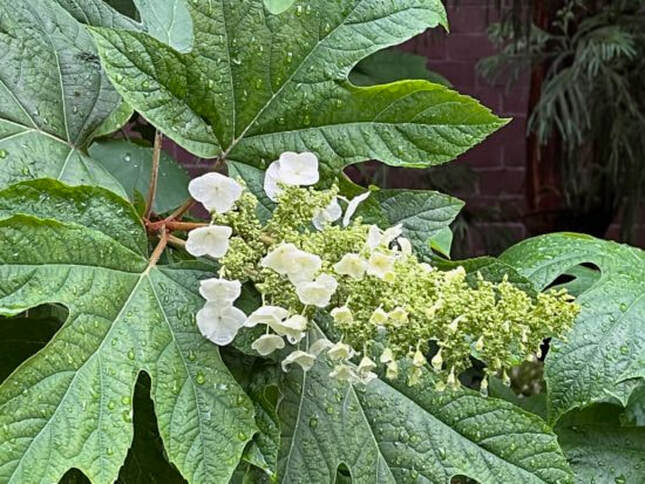
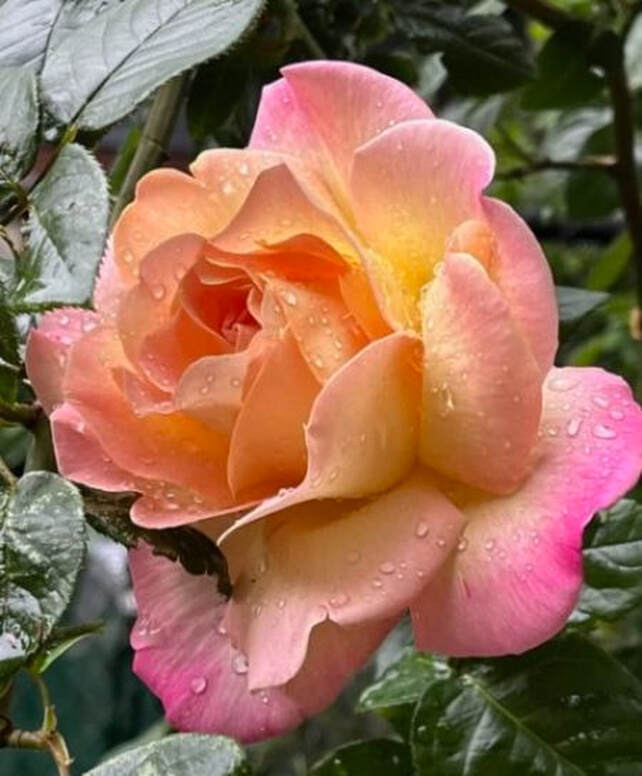


 RSS Feed
RSS Feed
